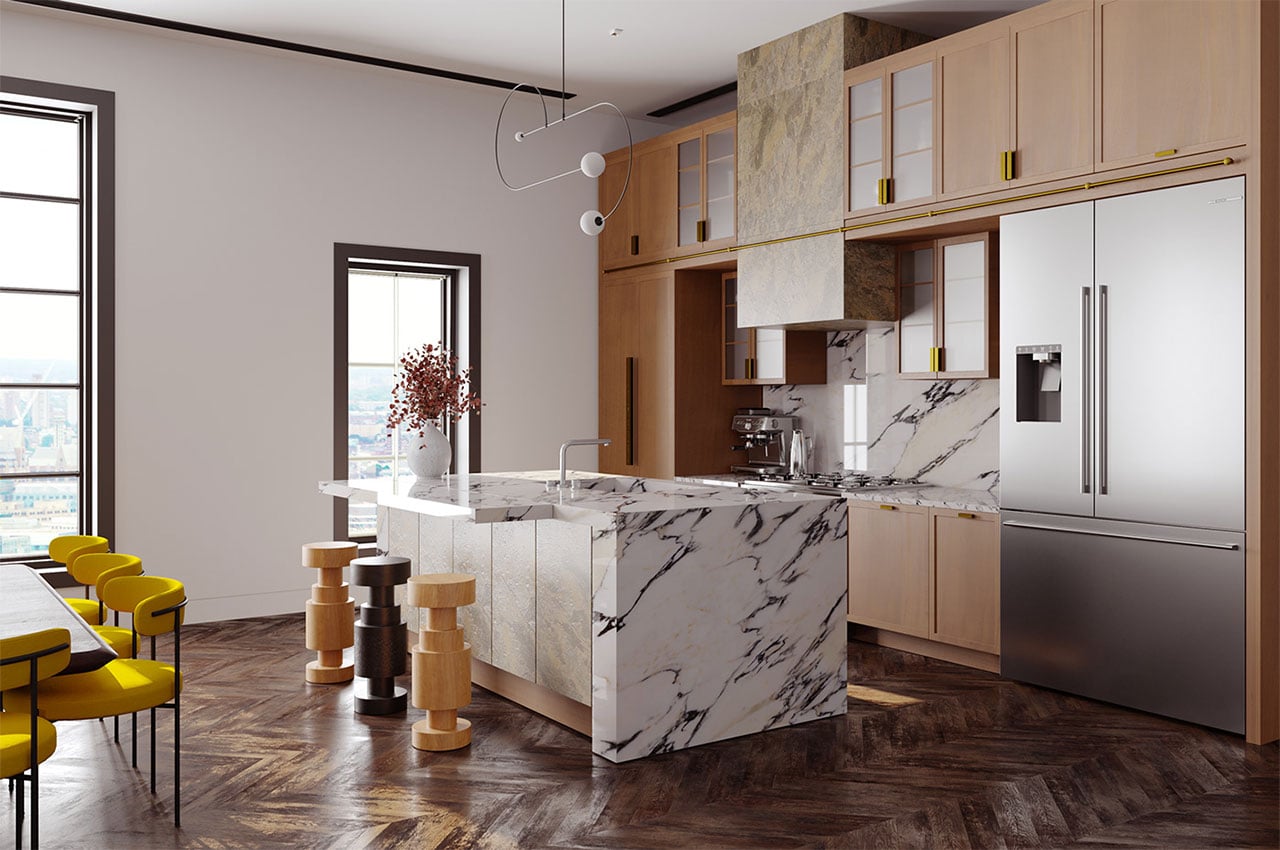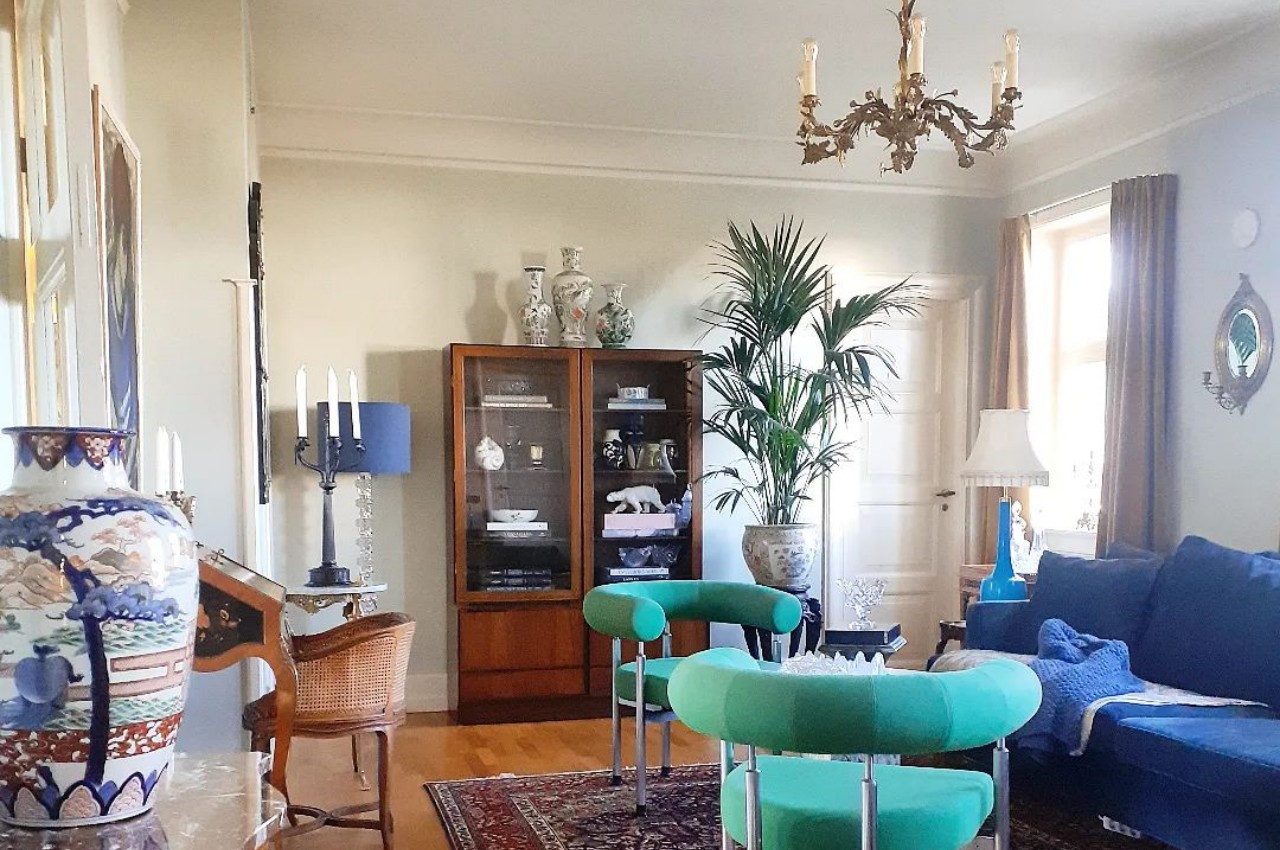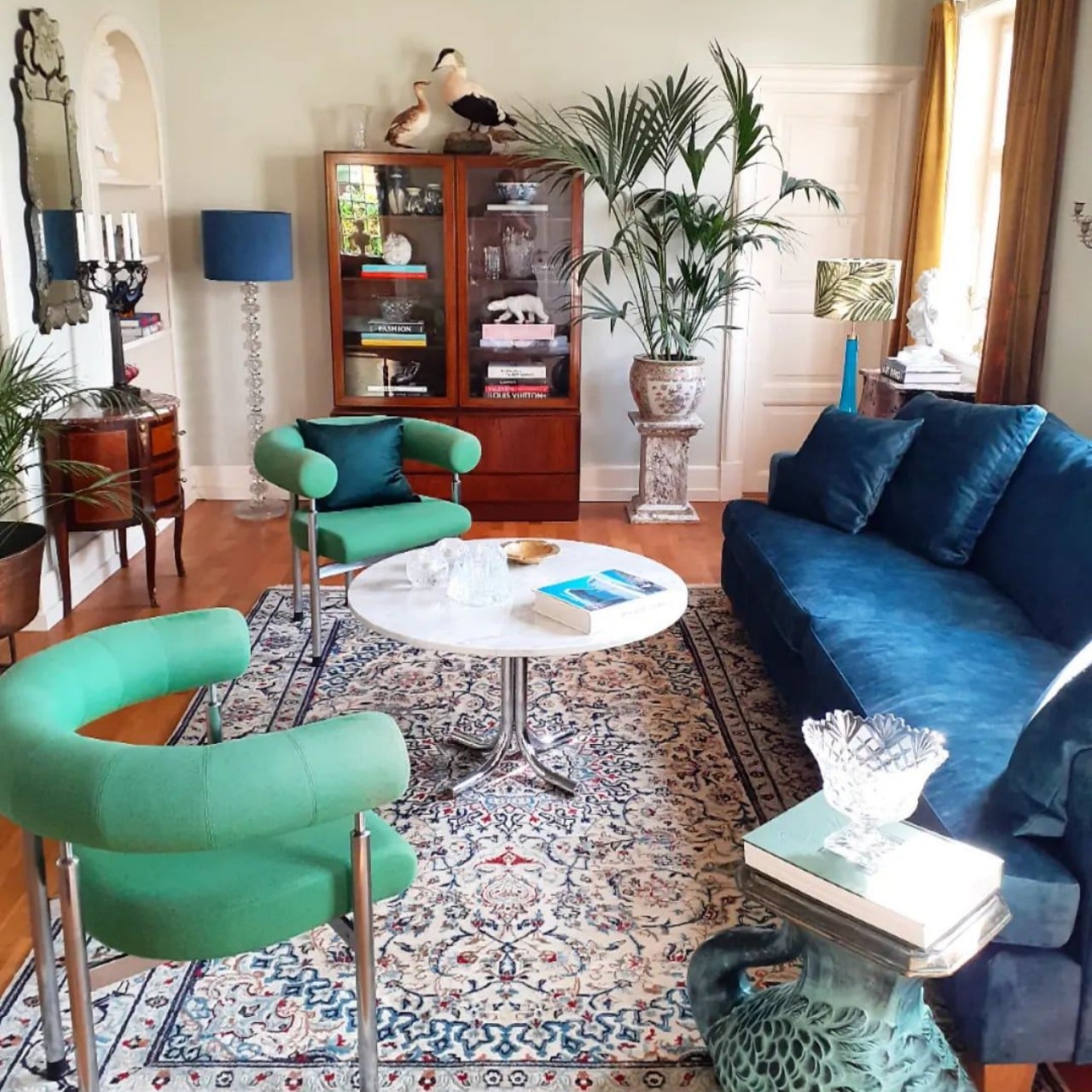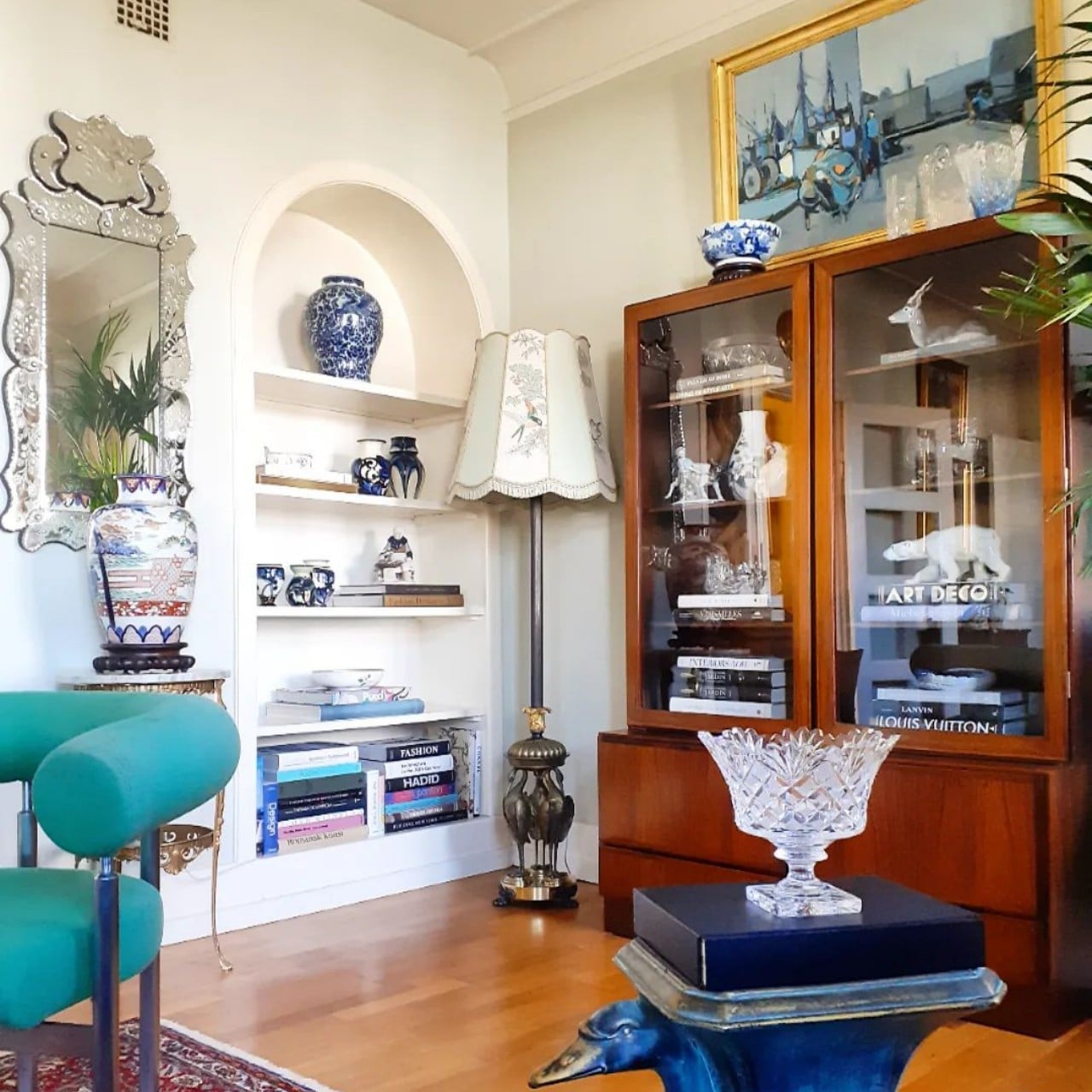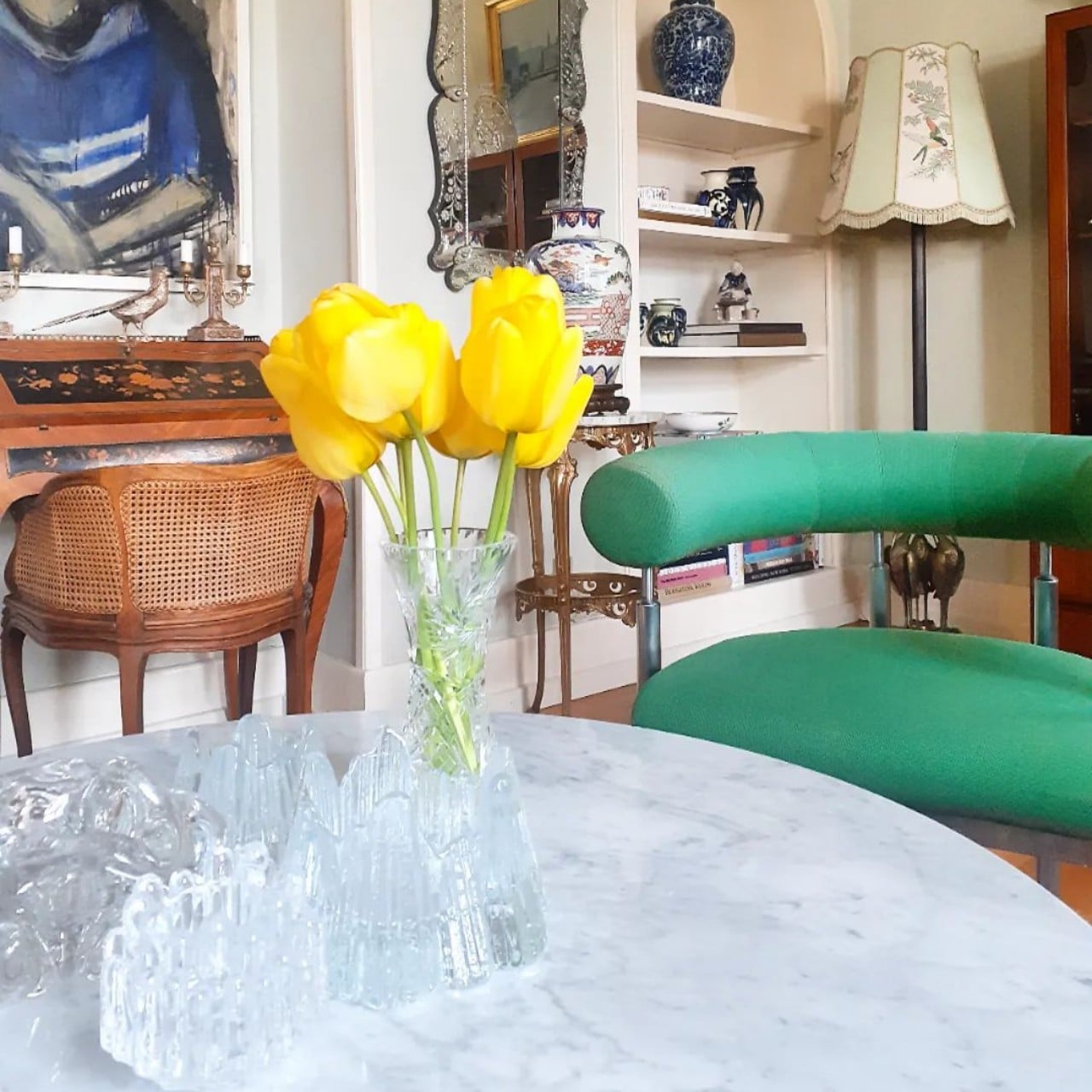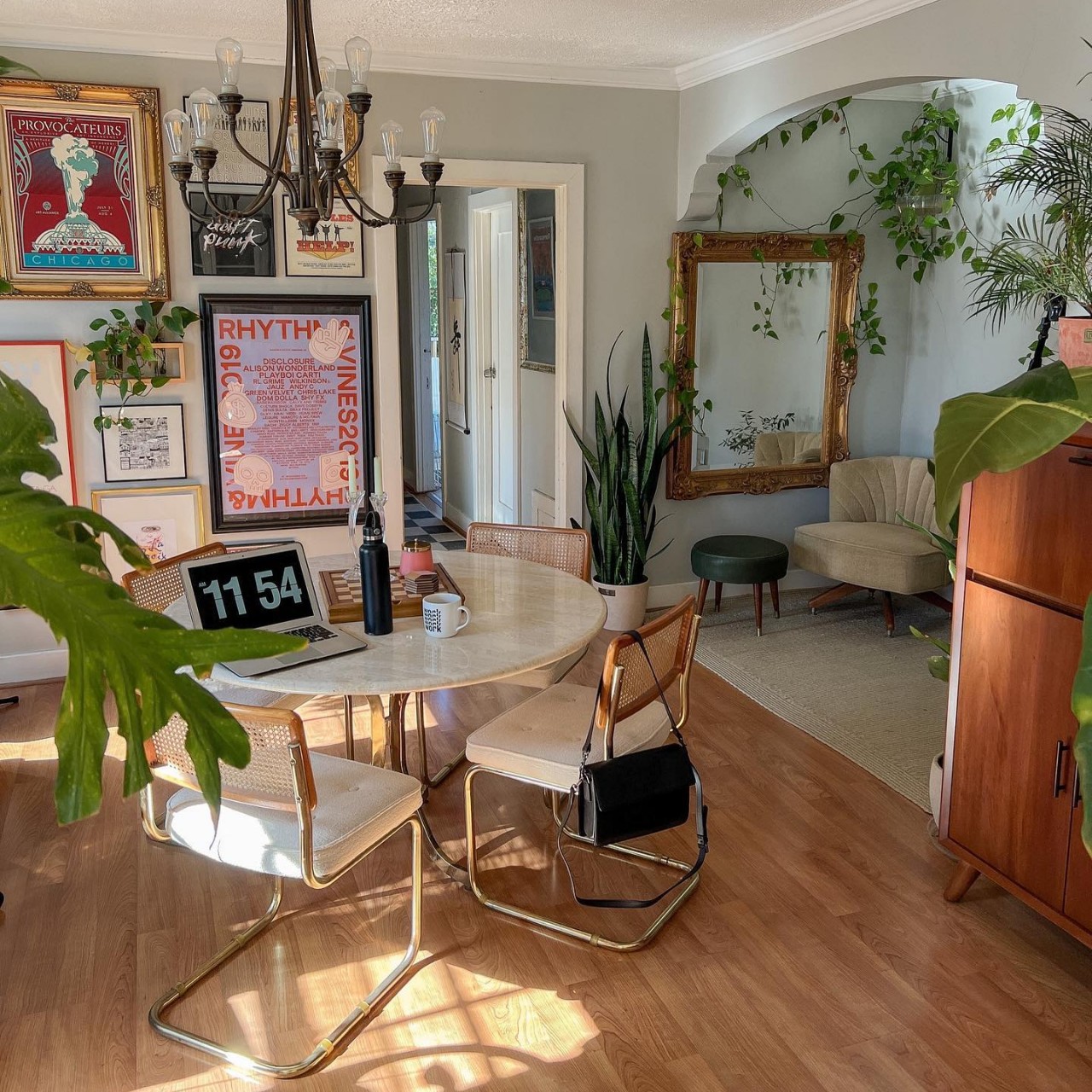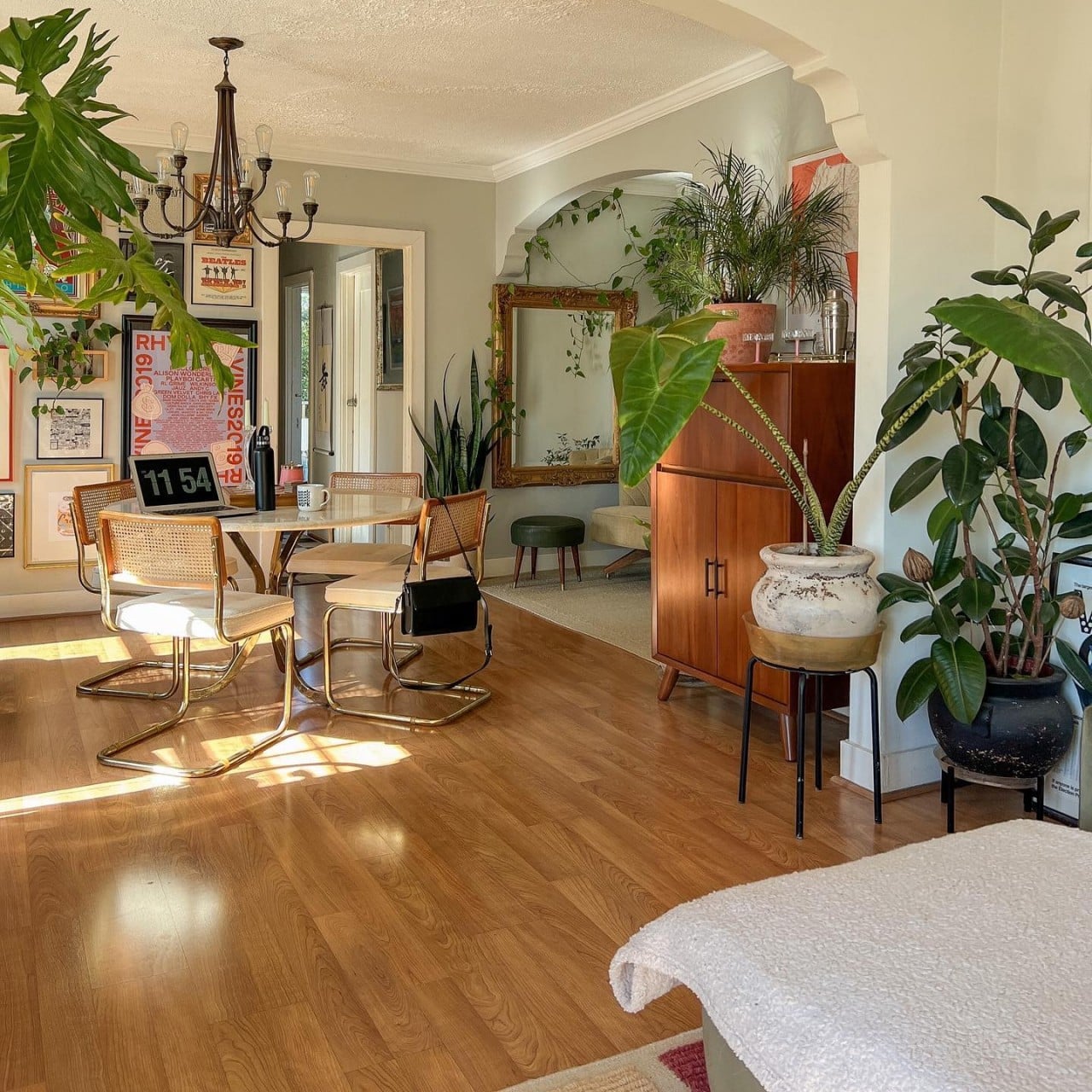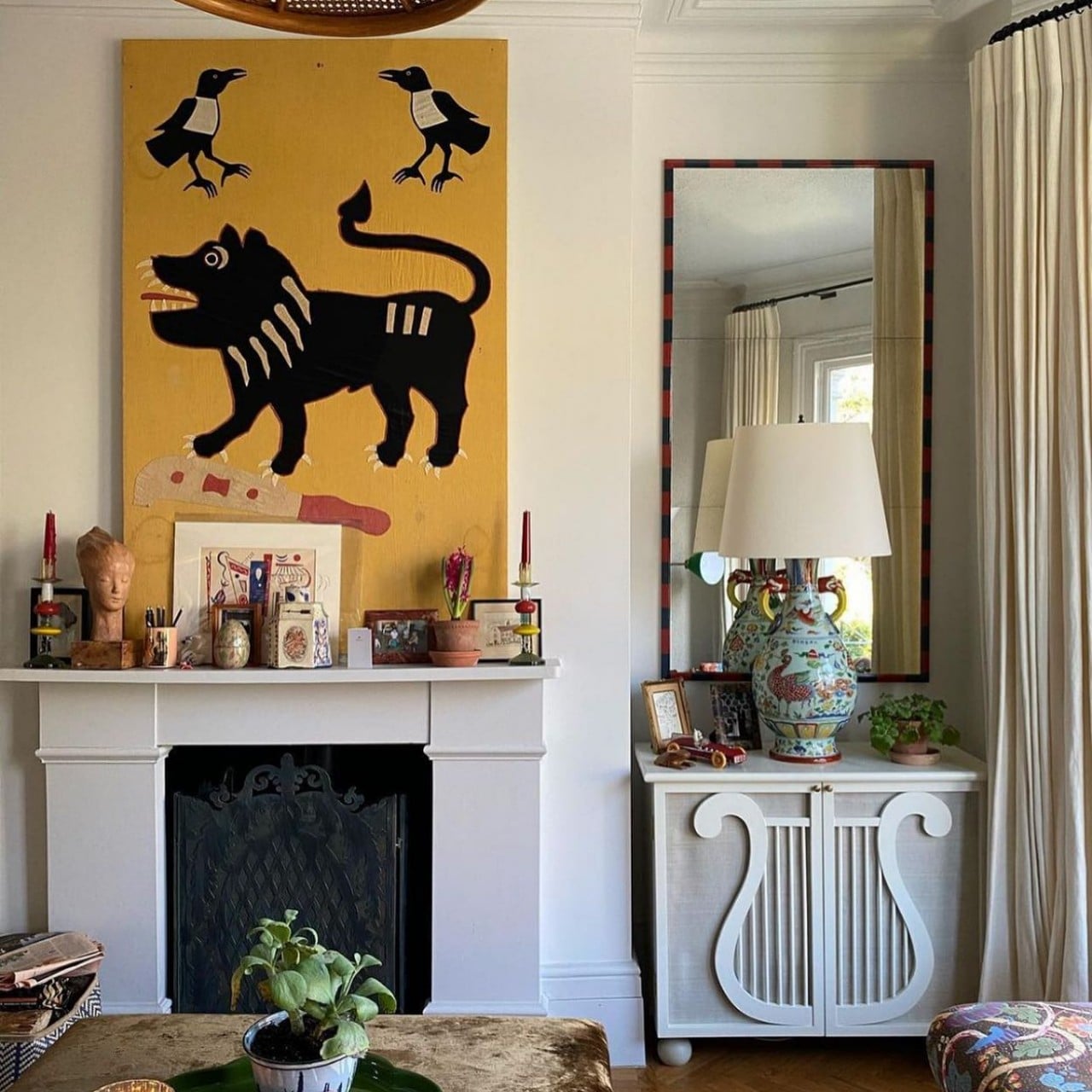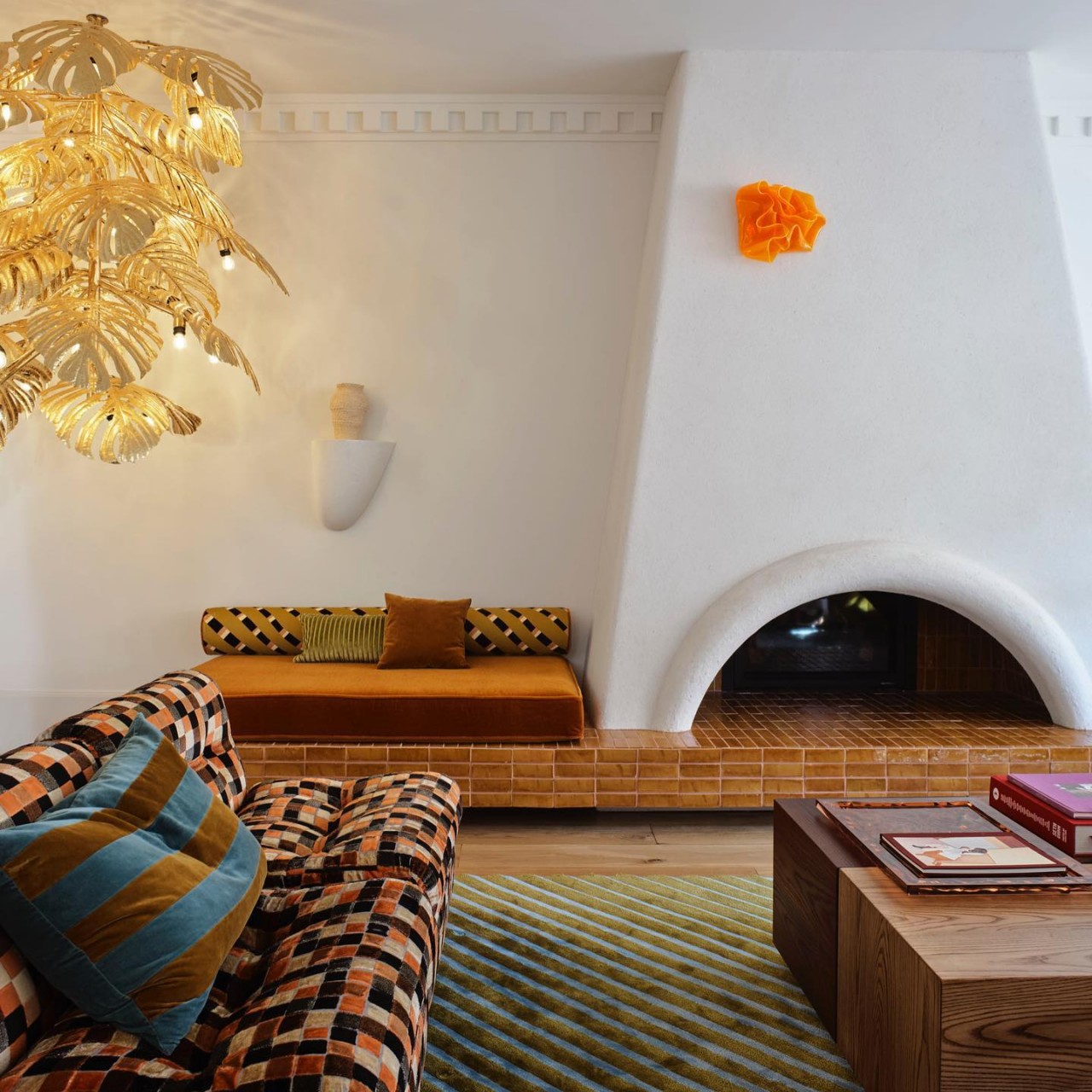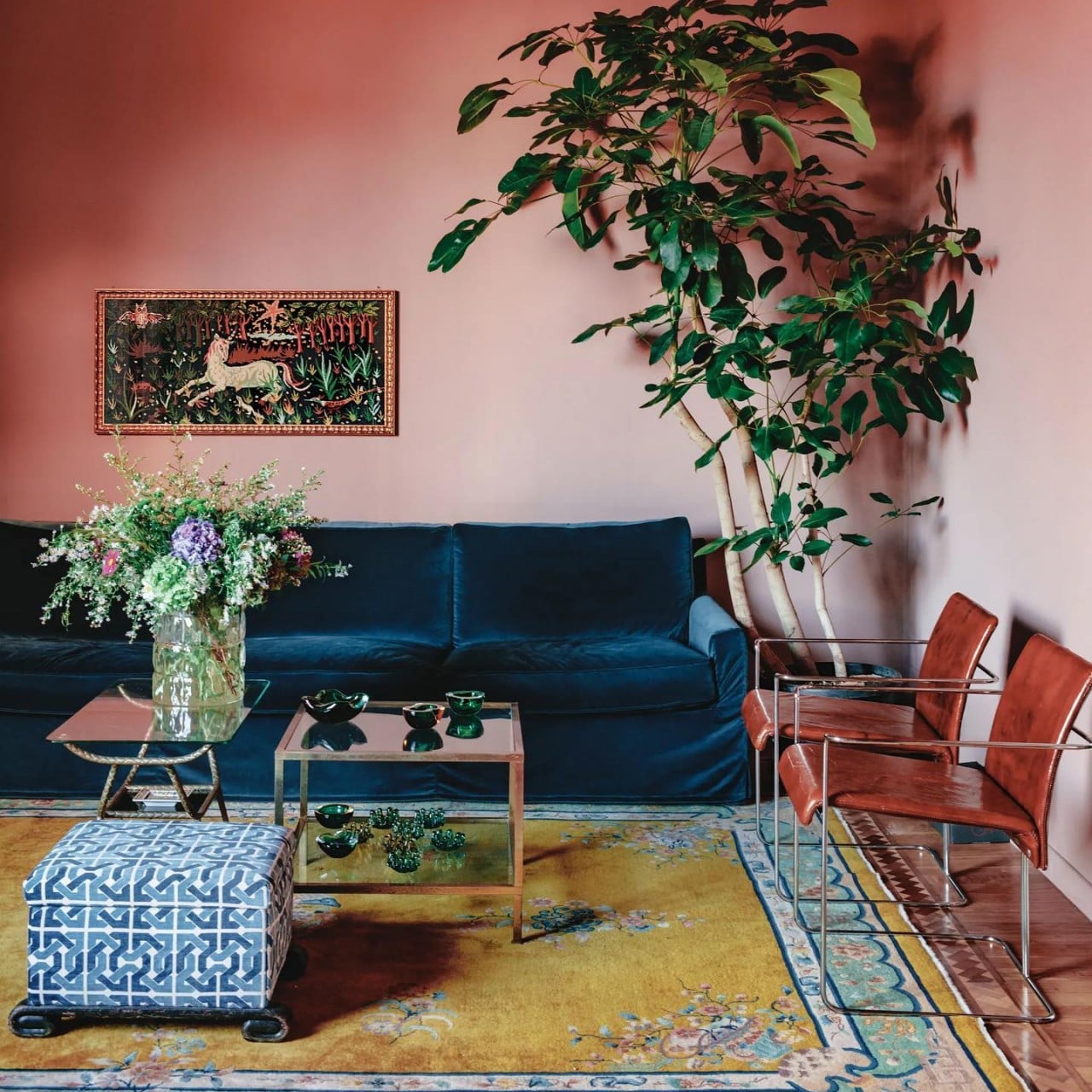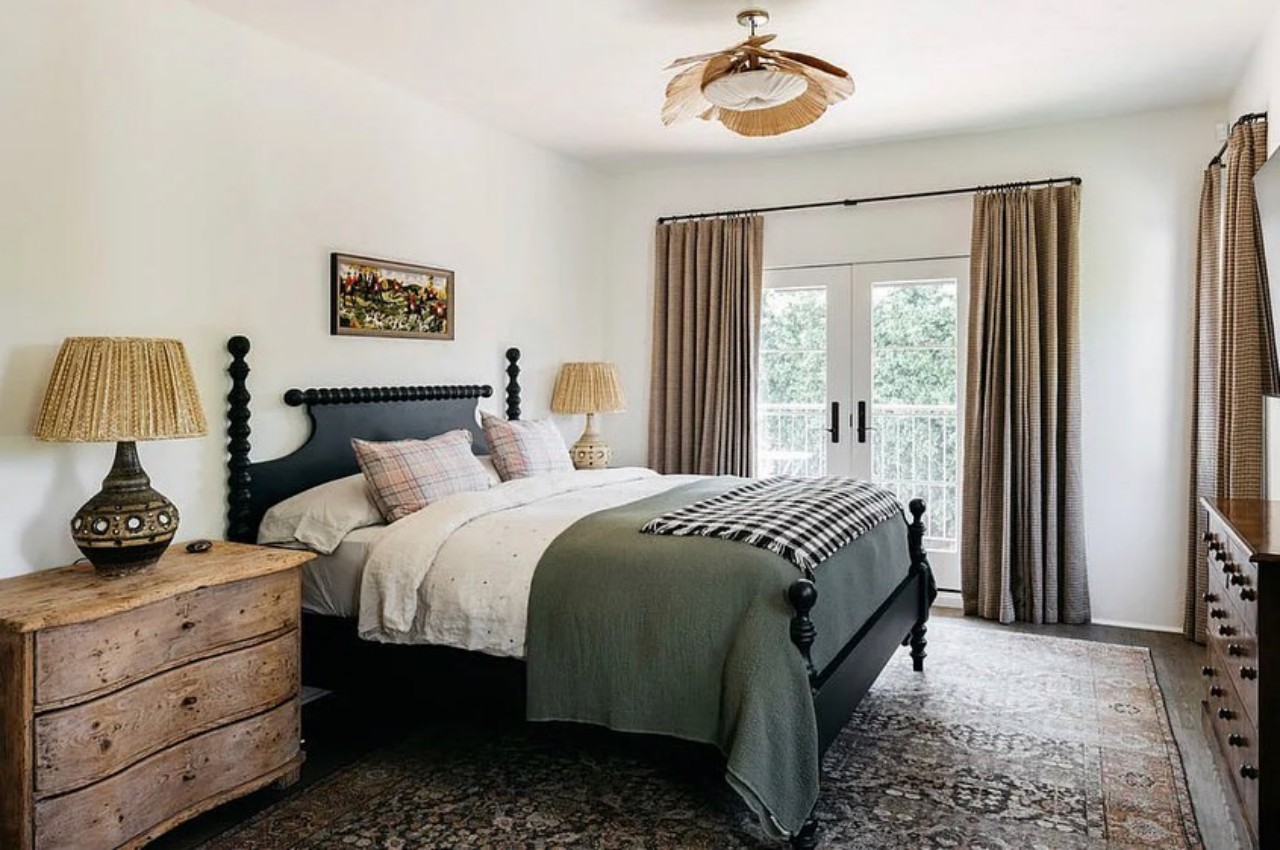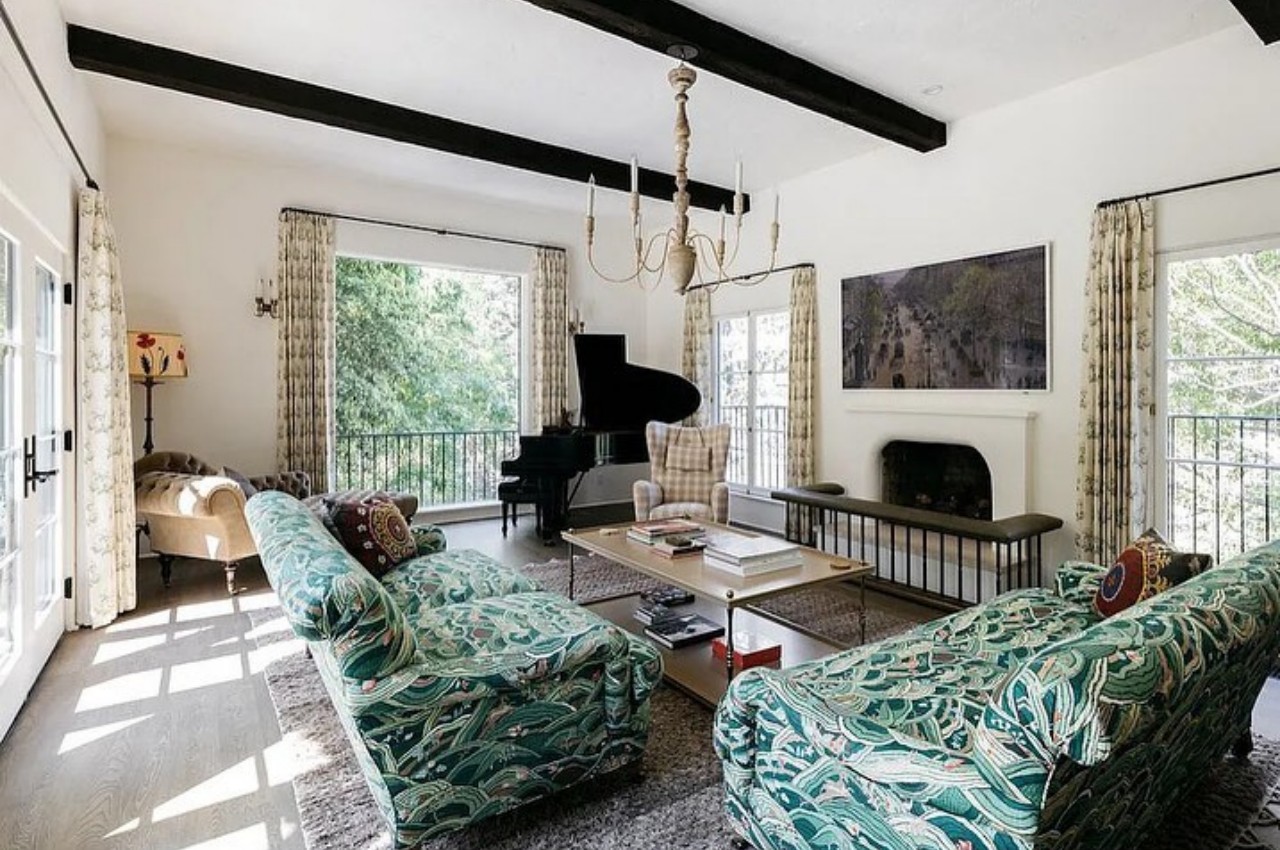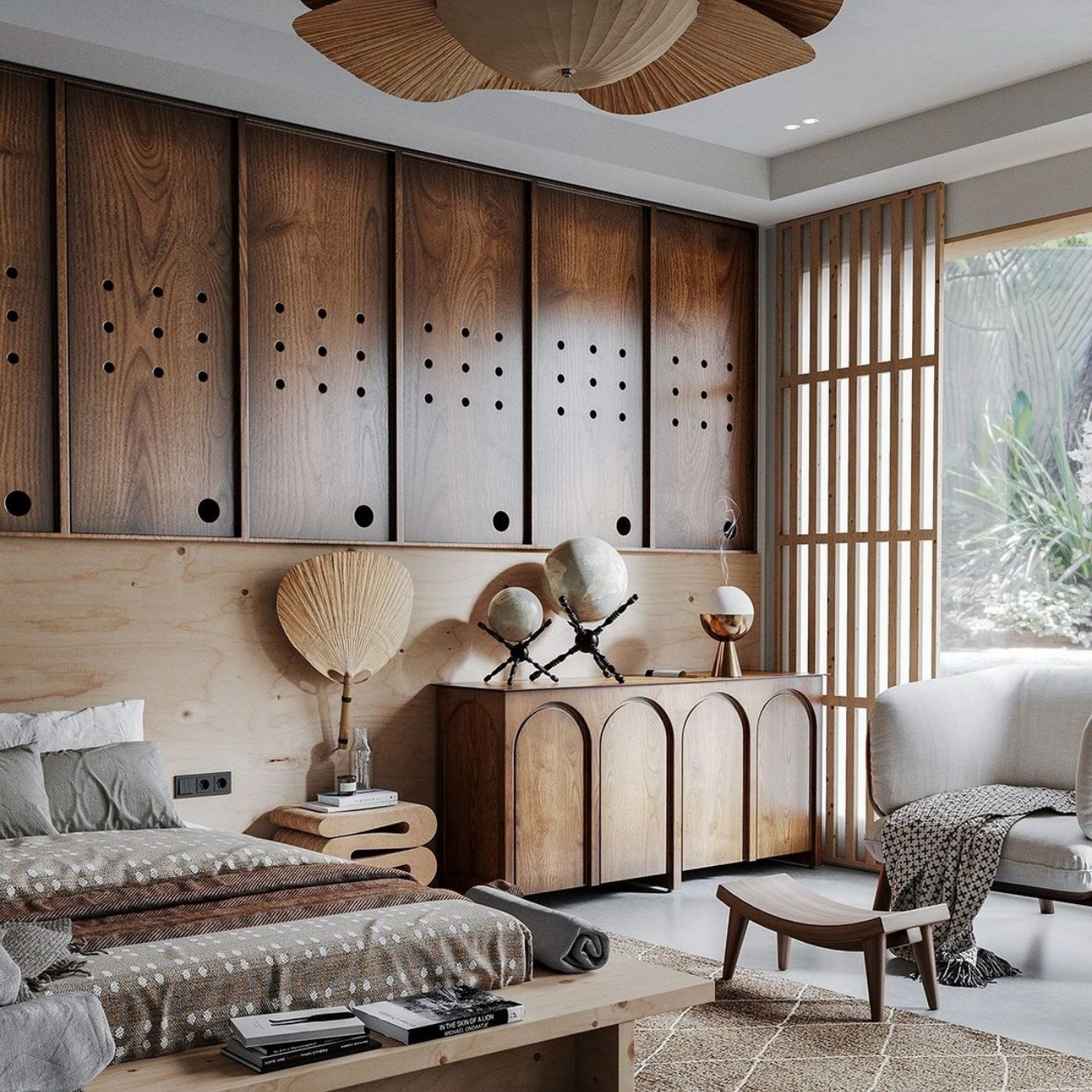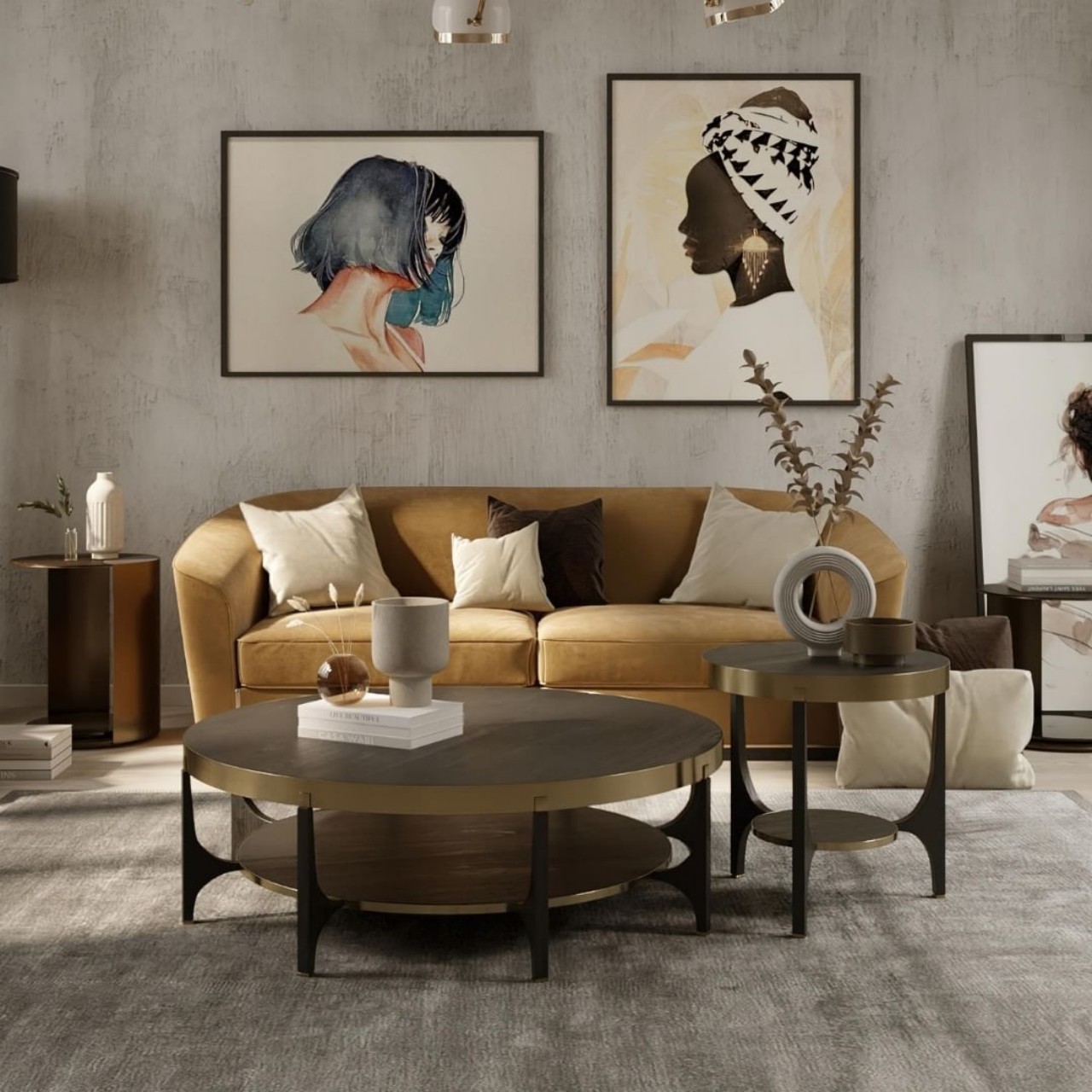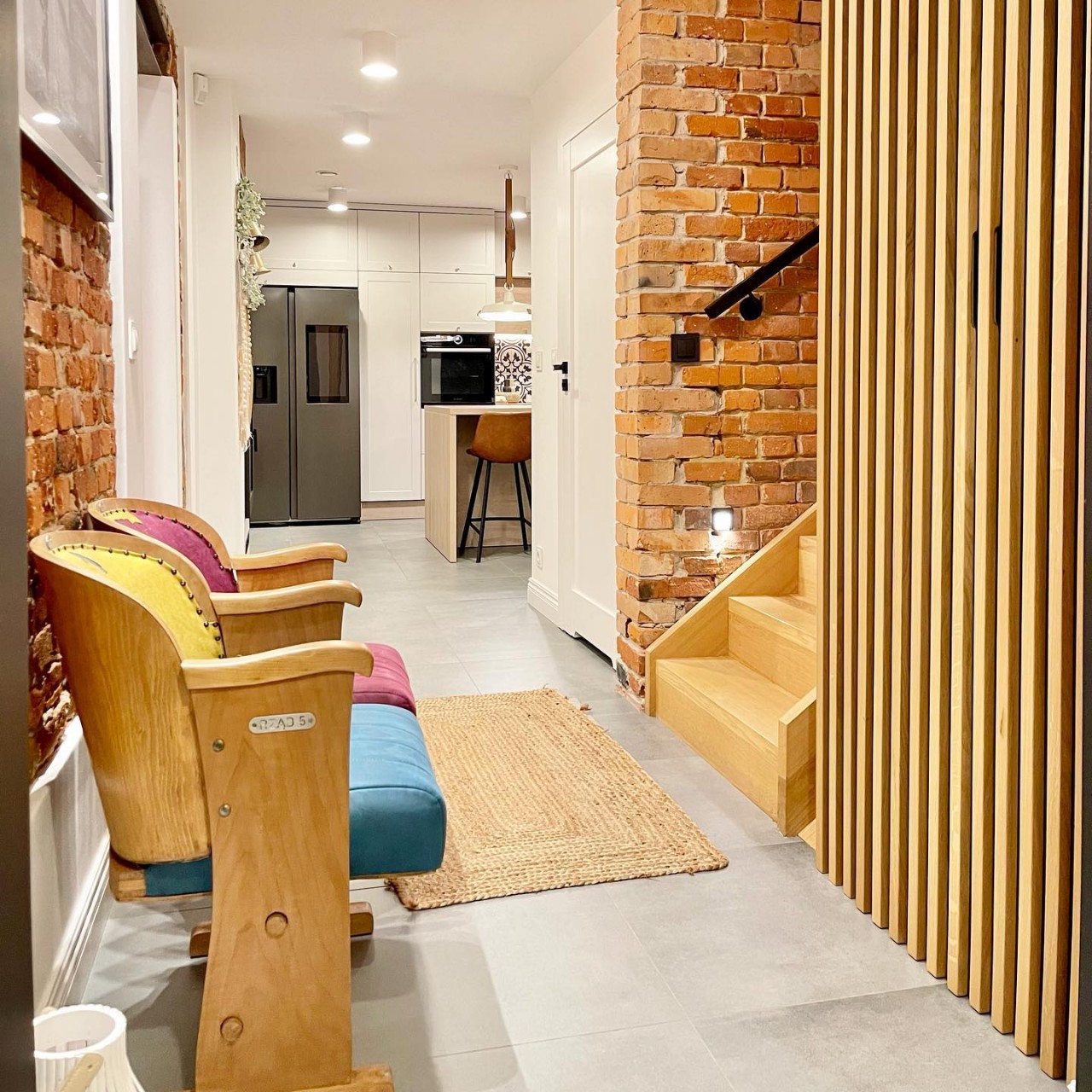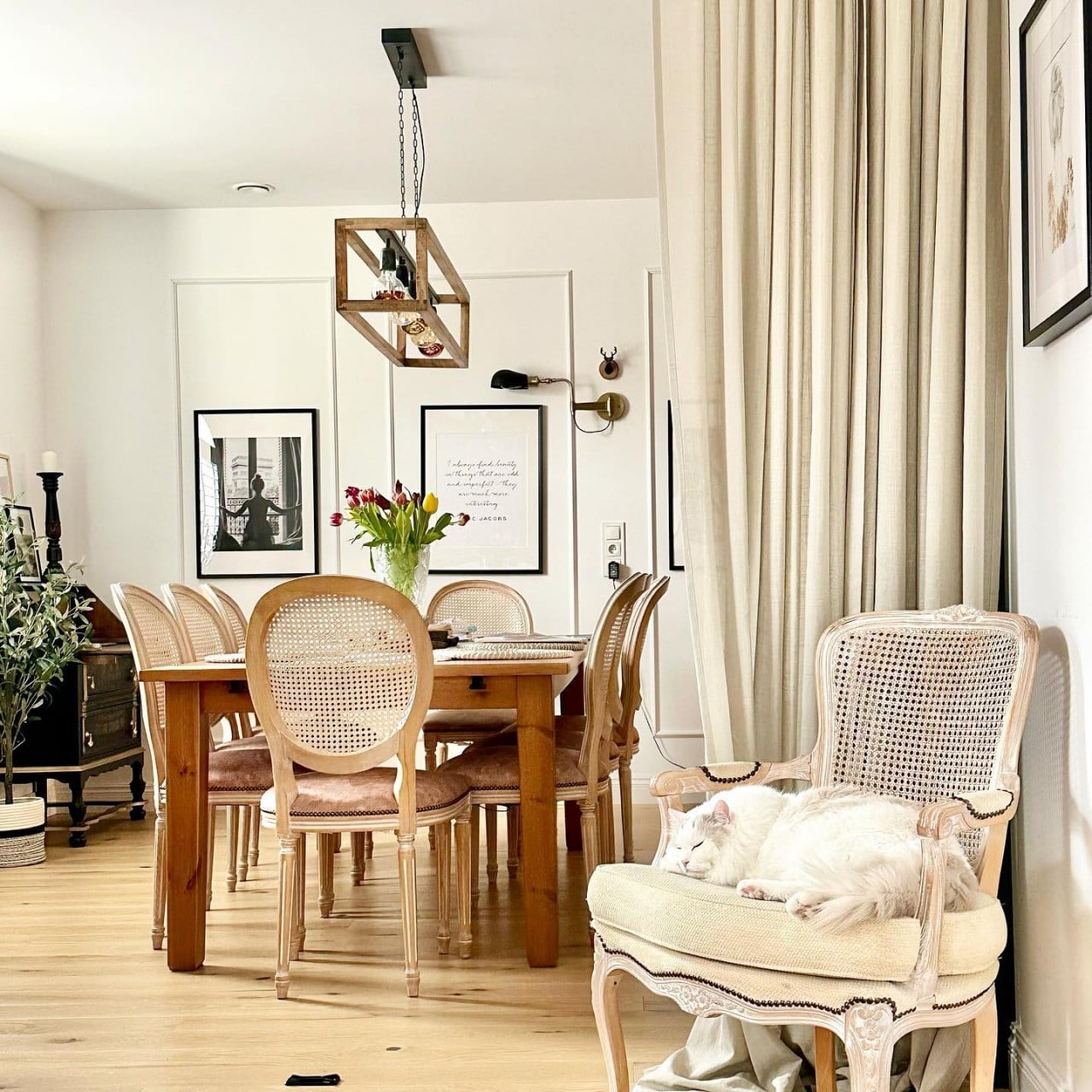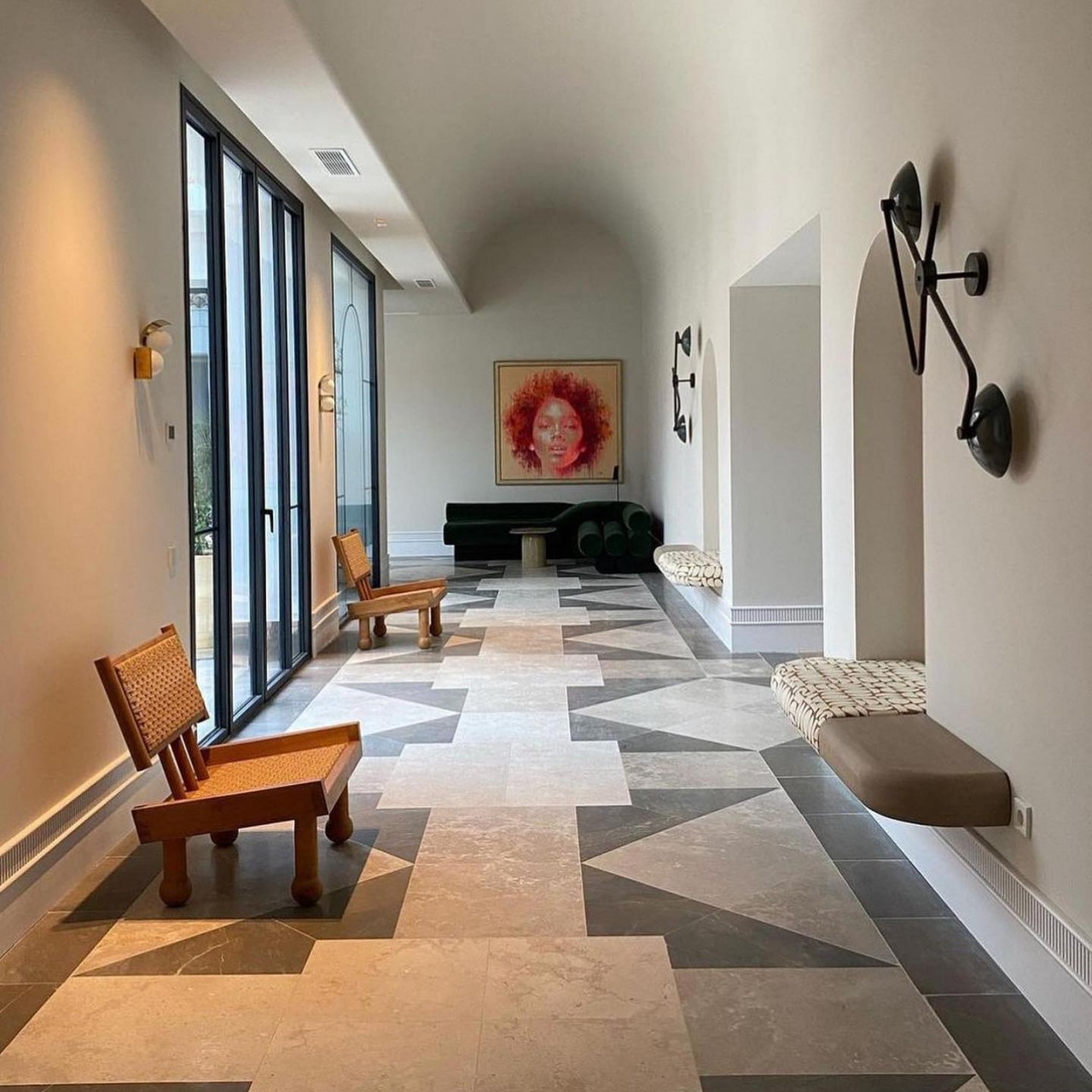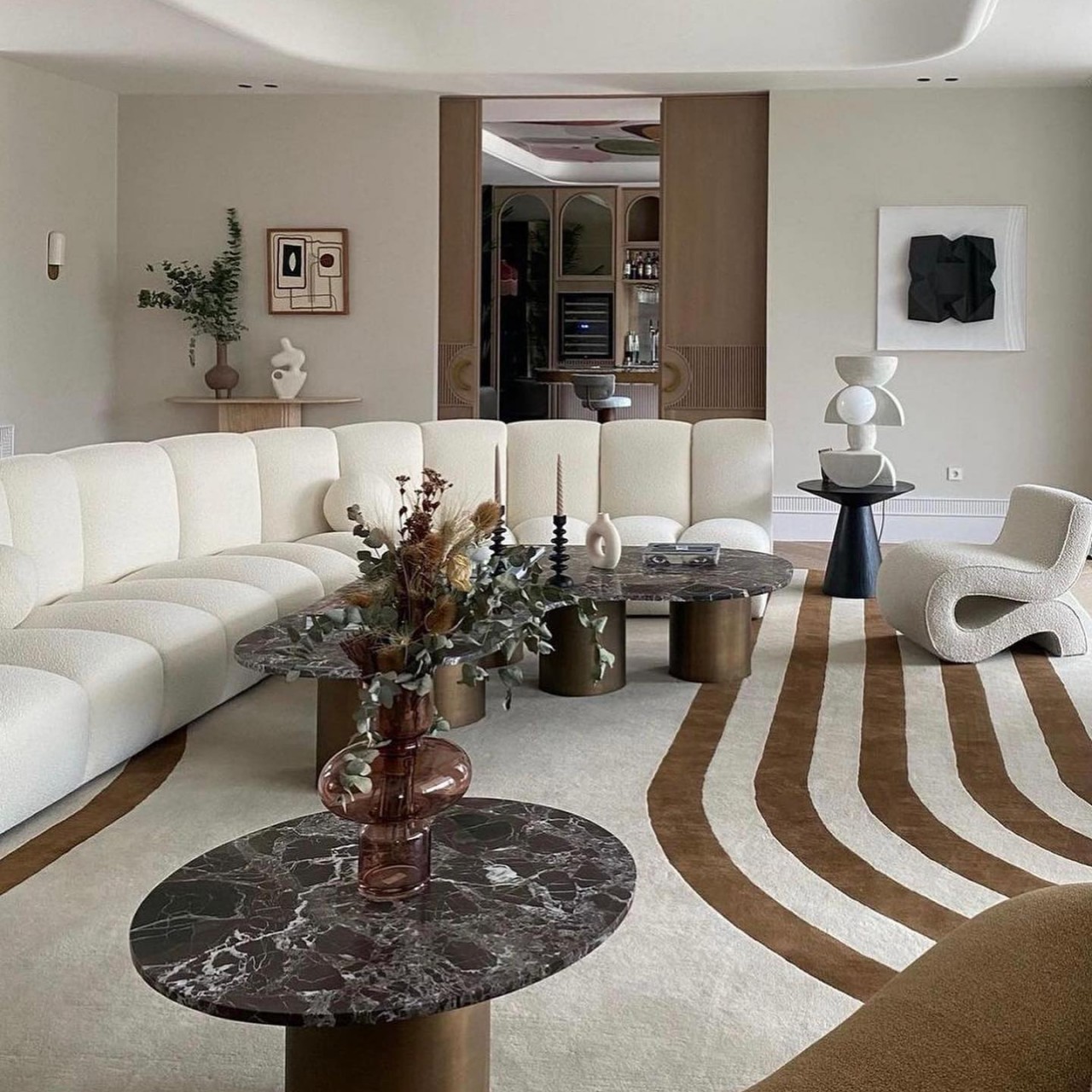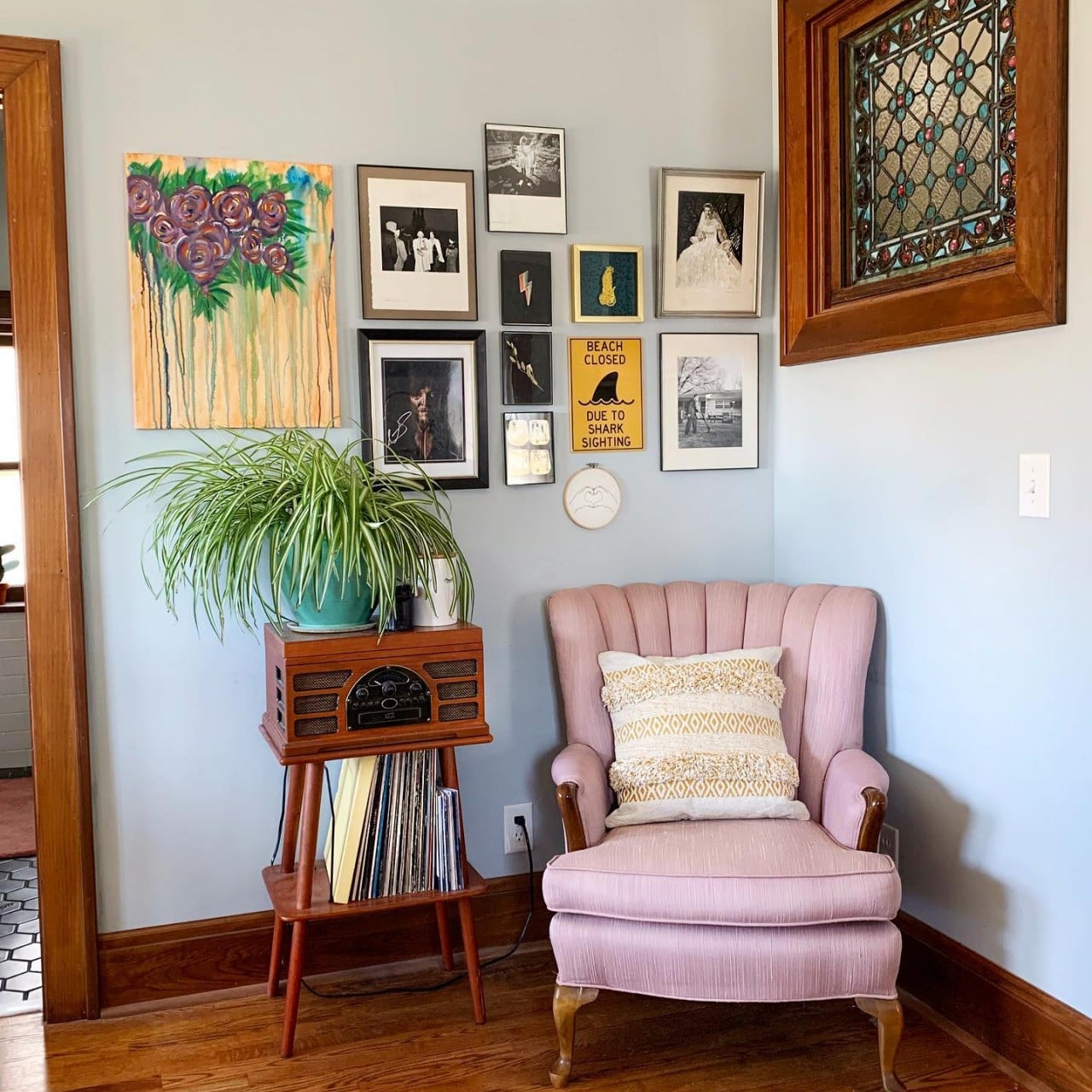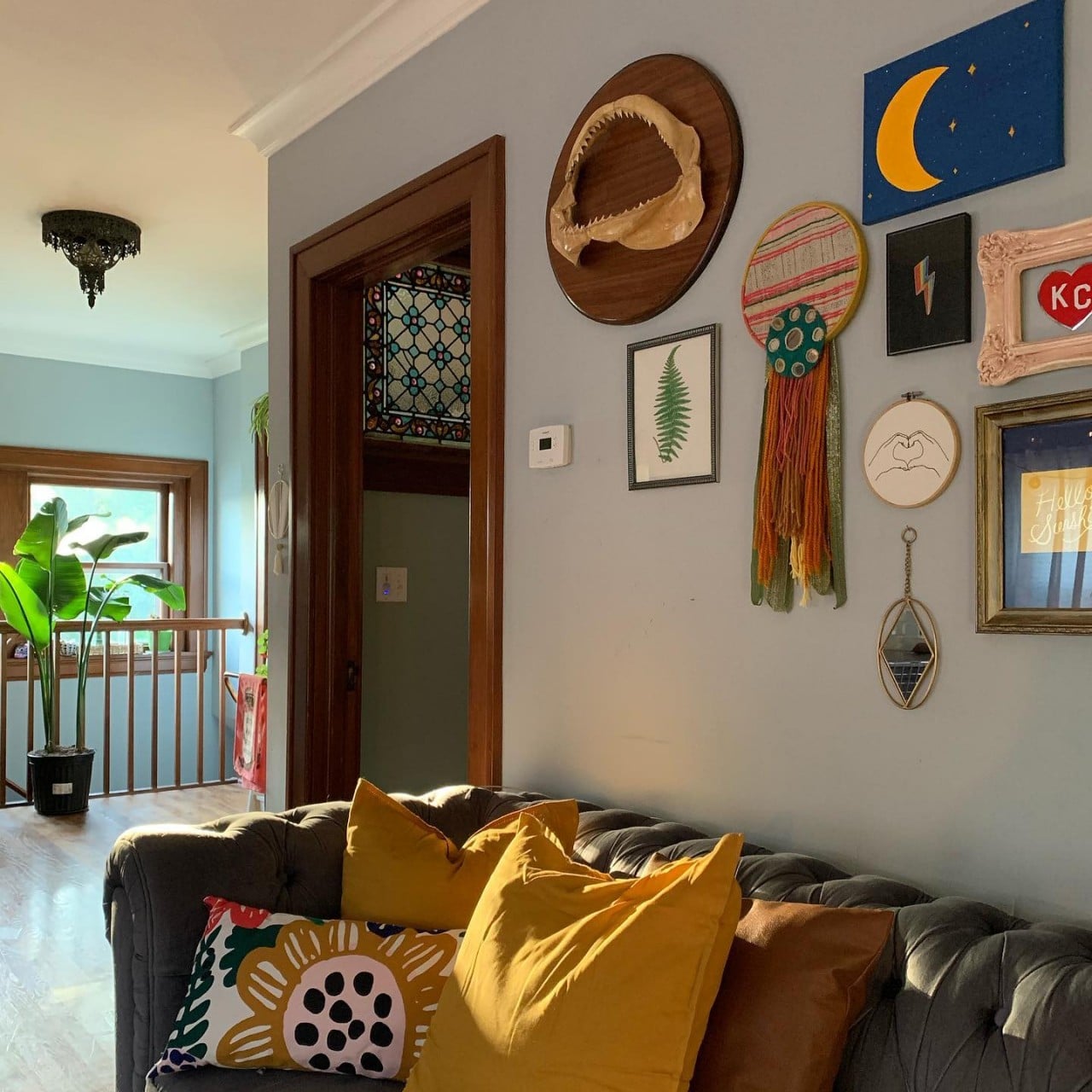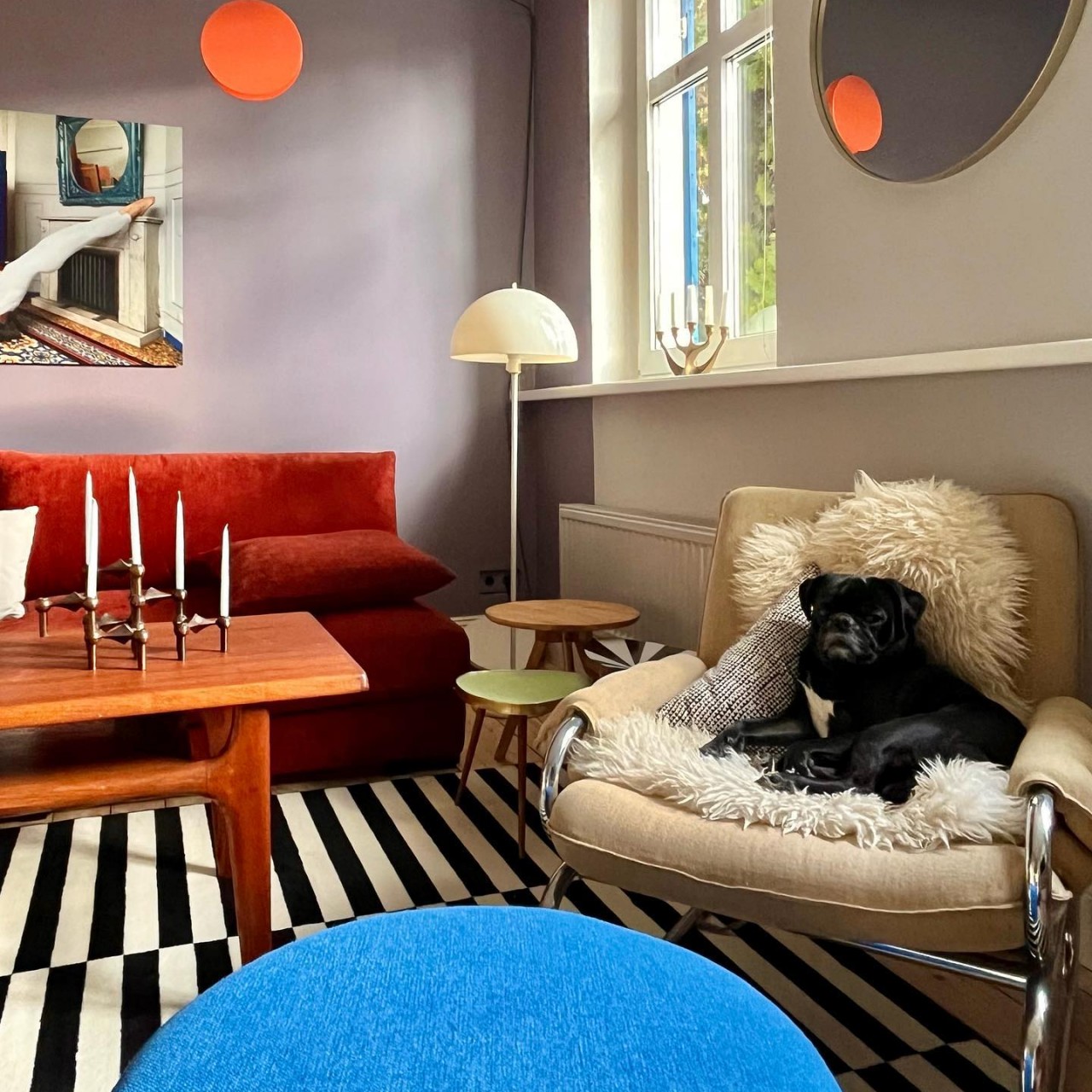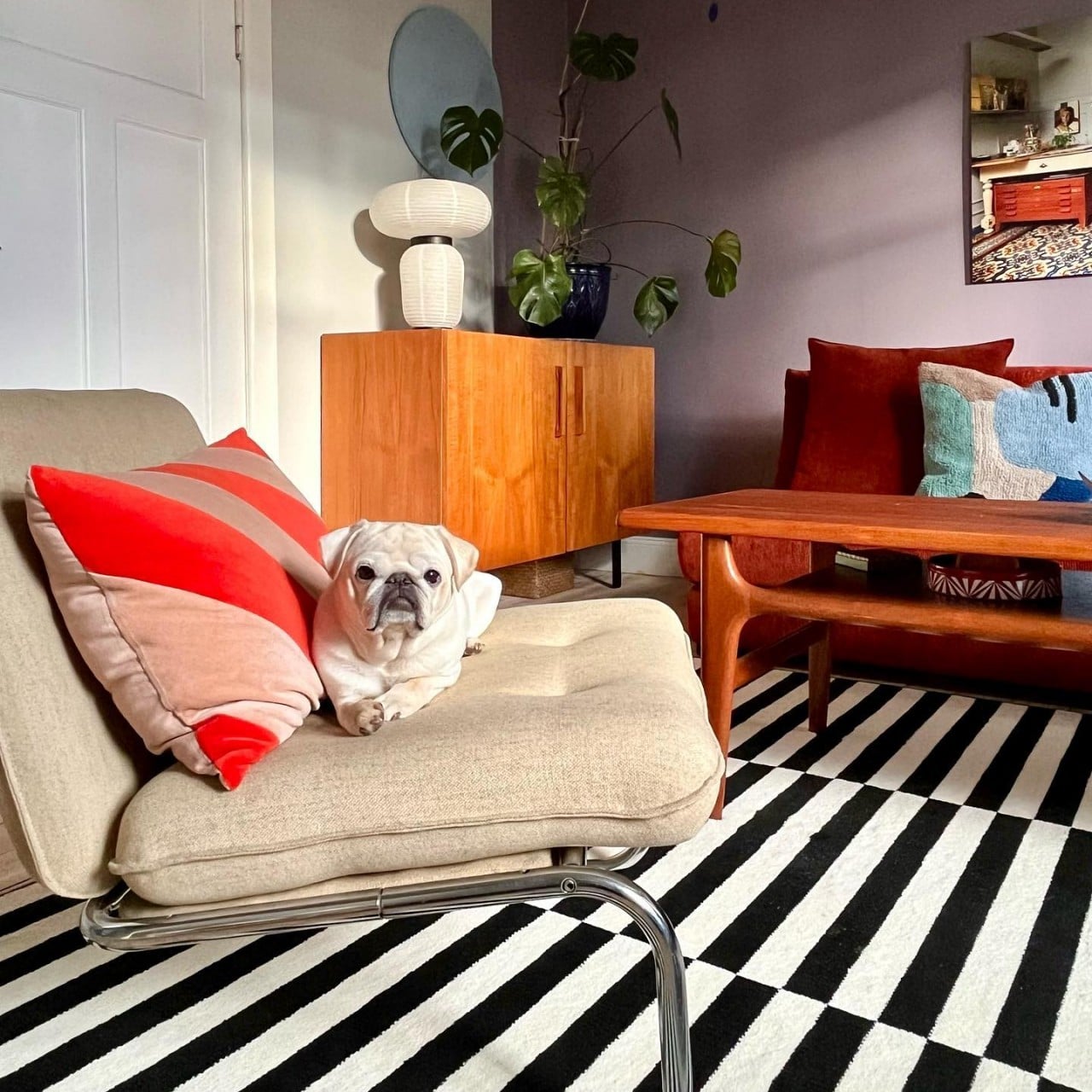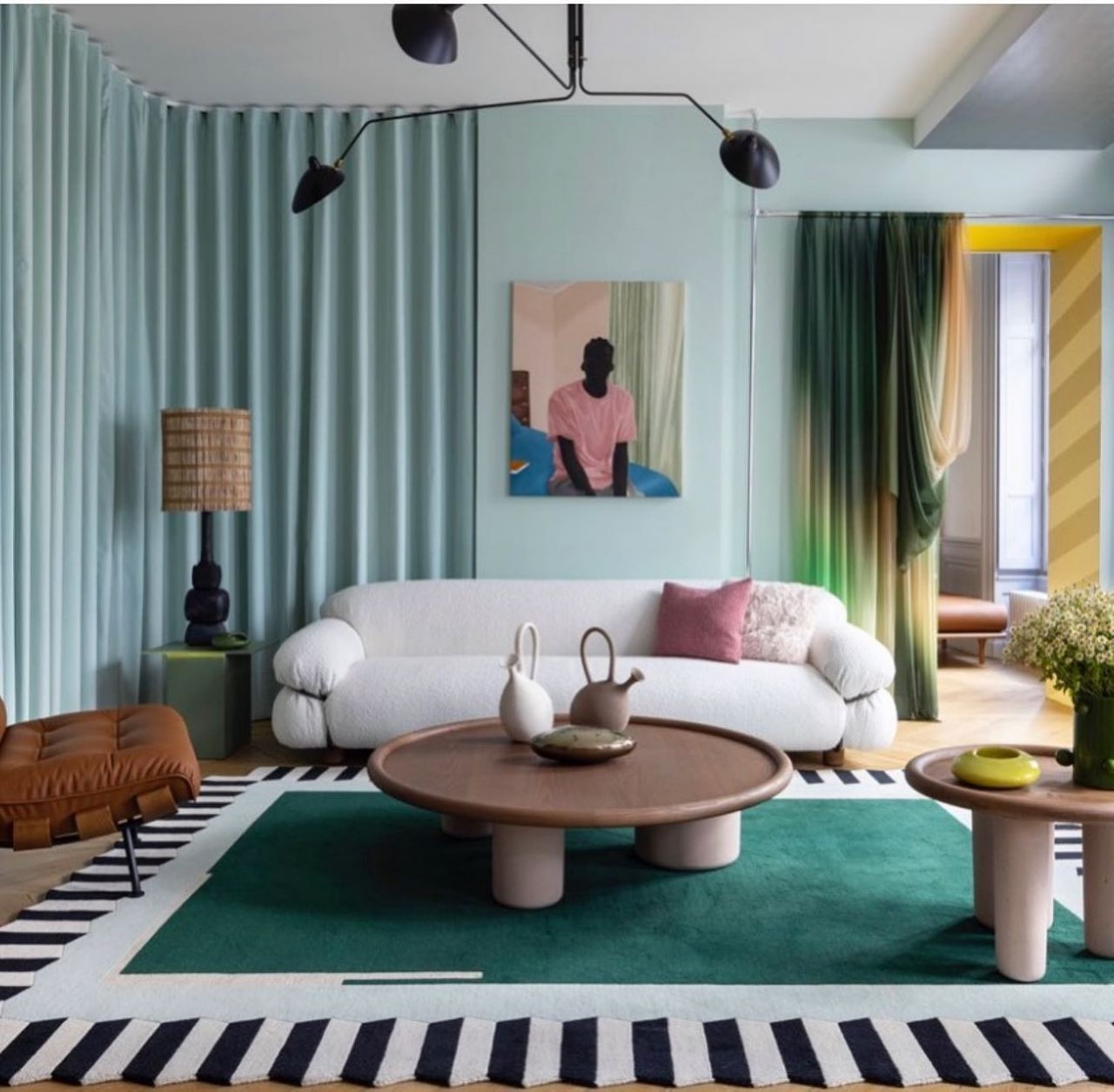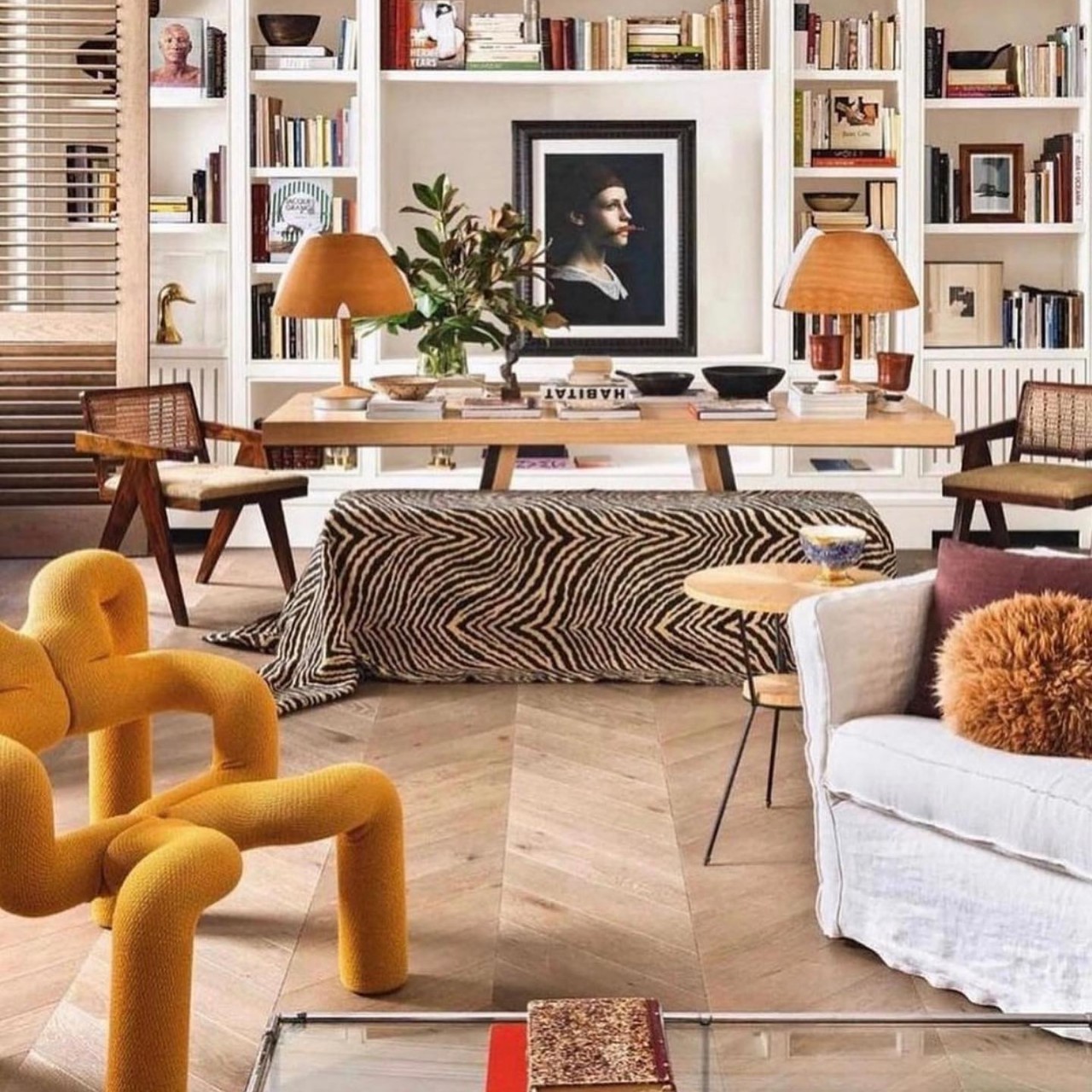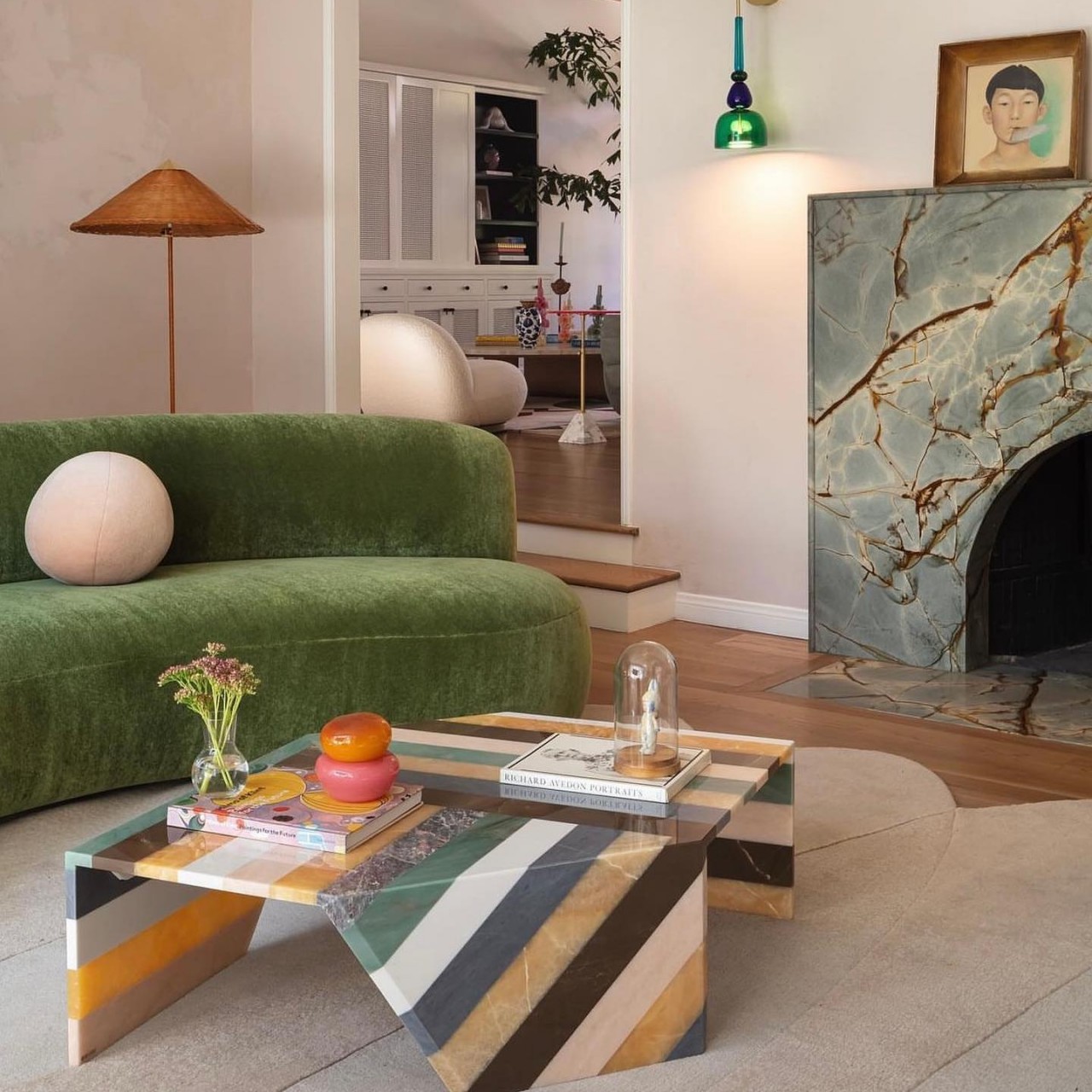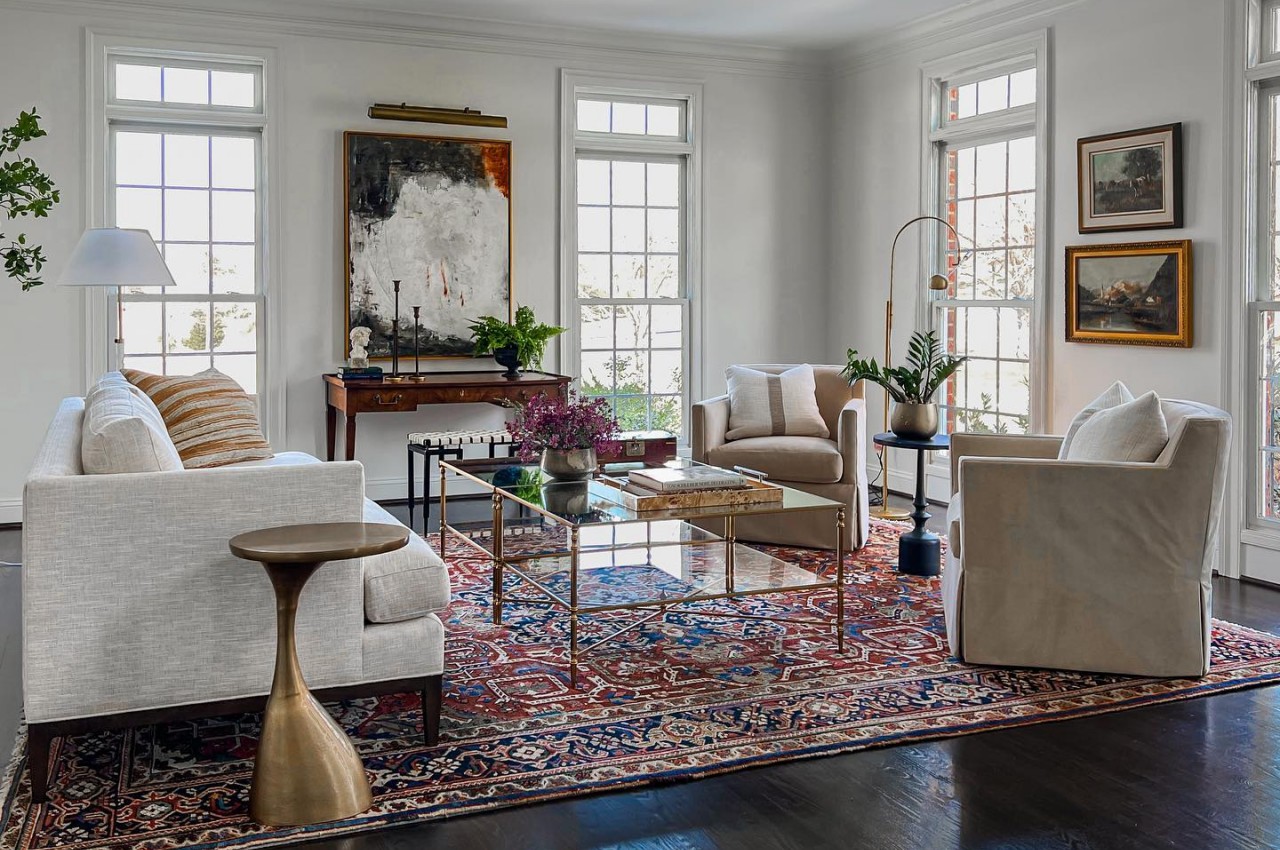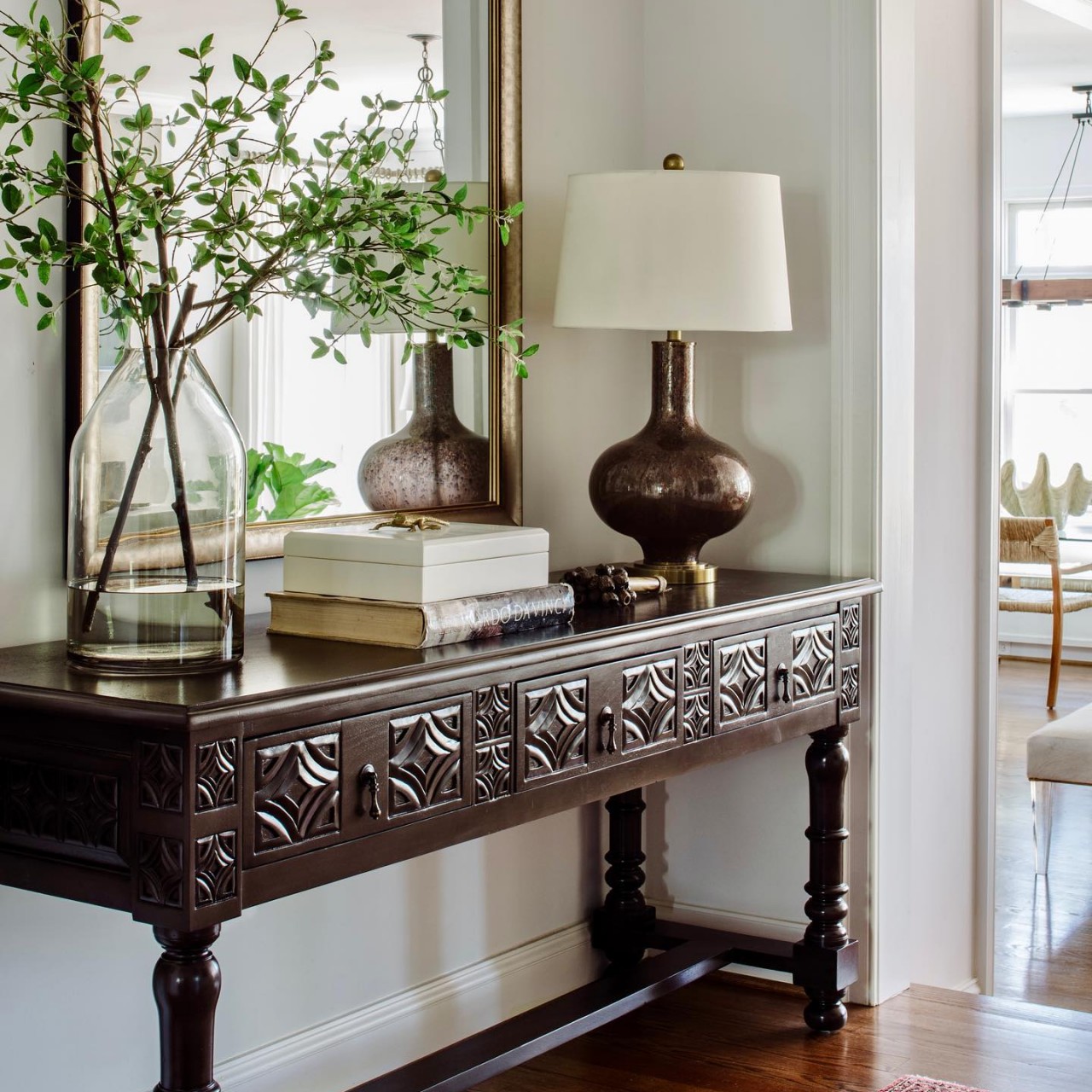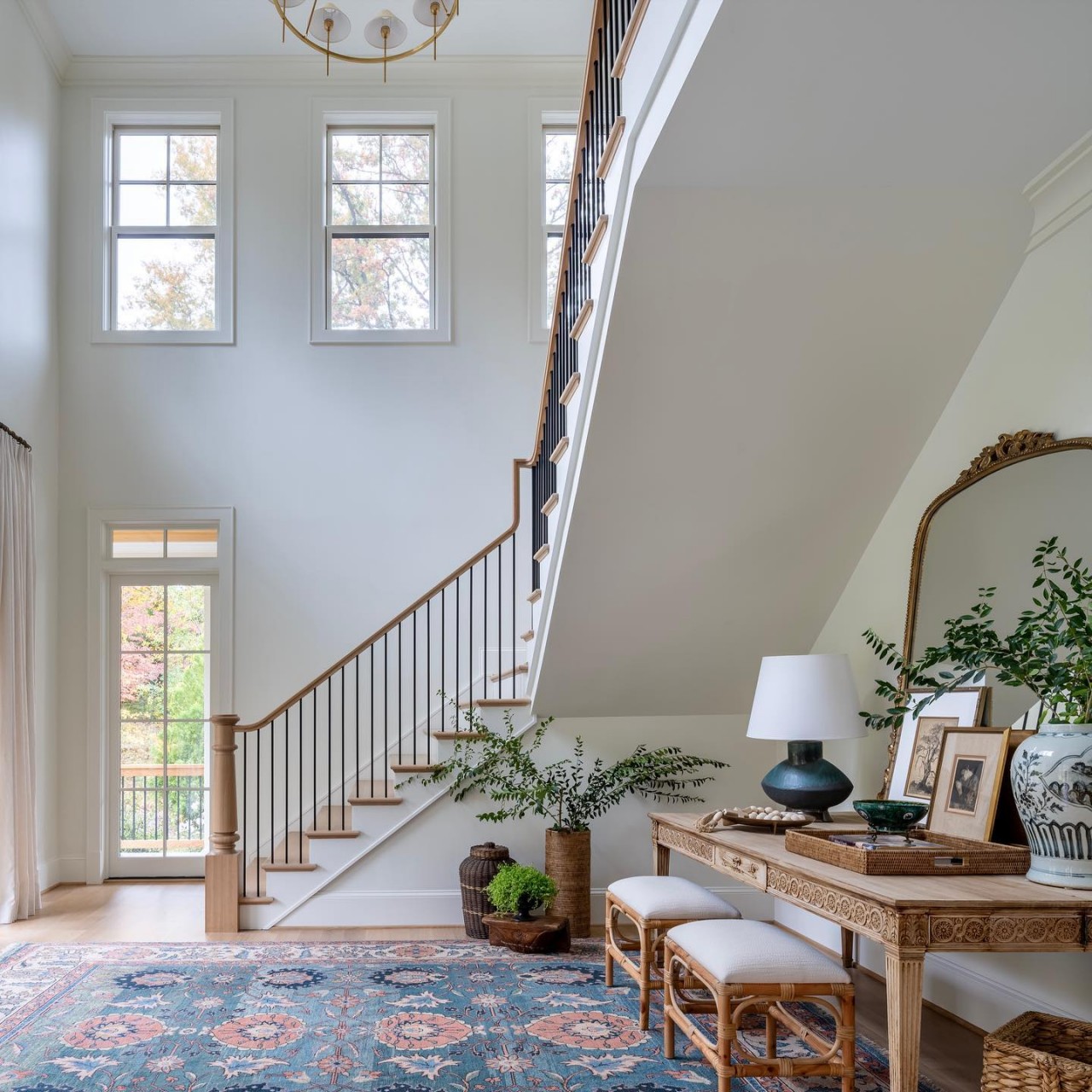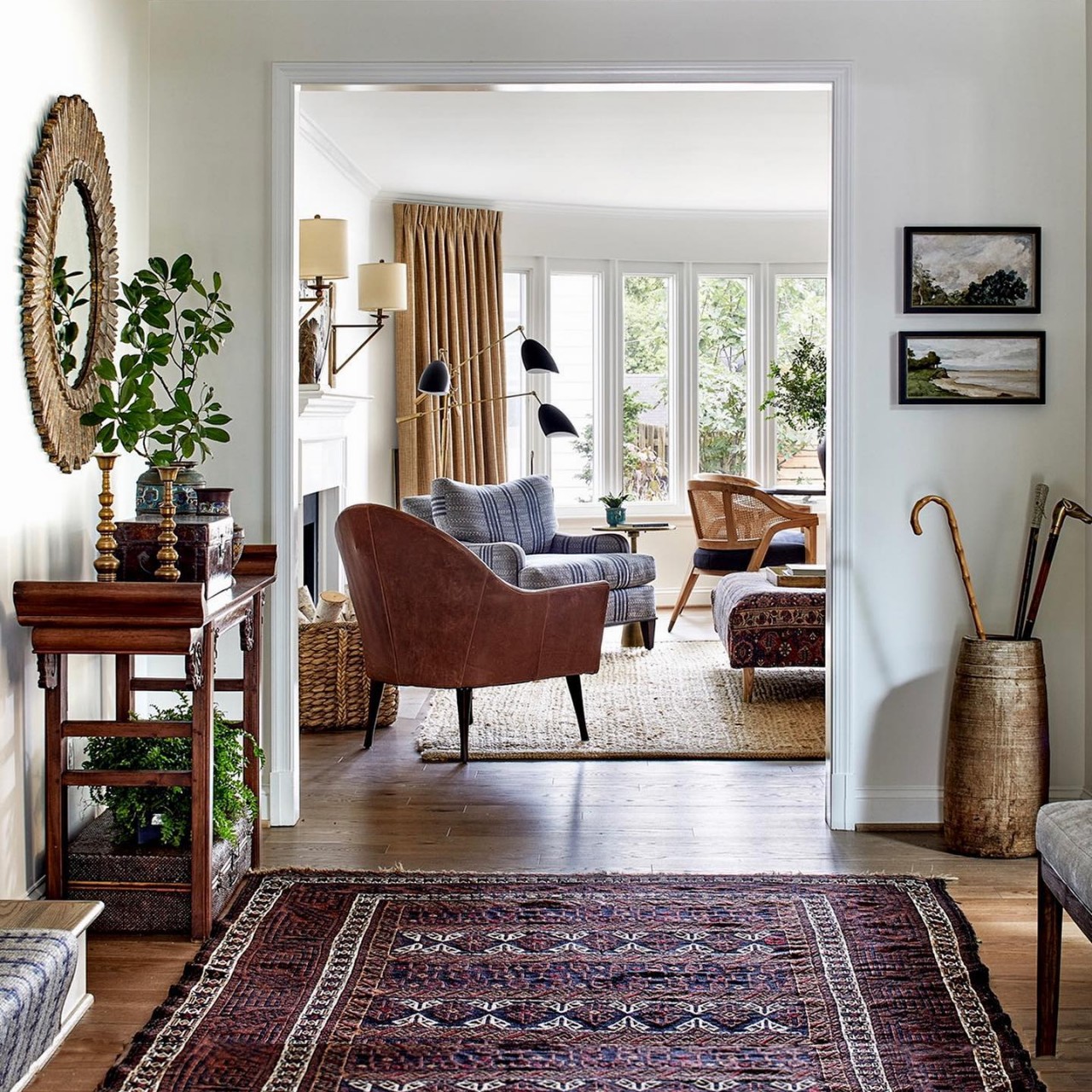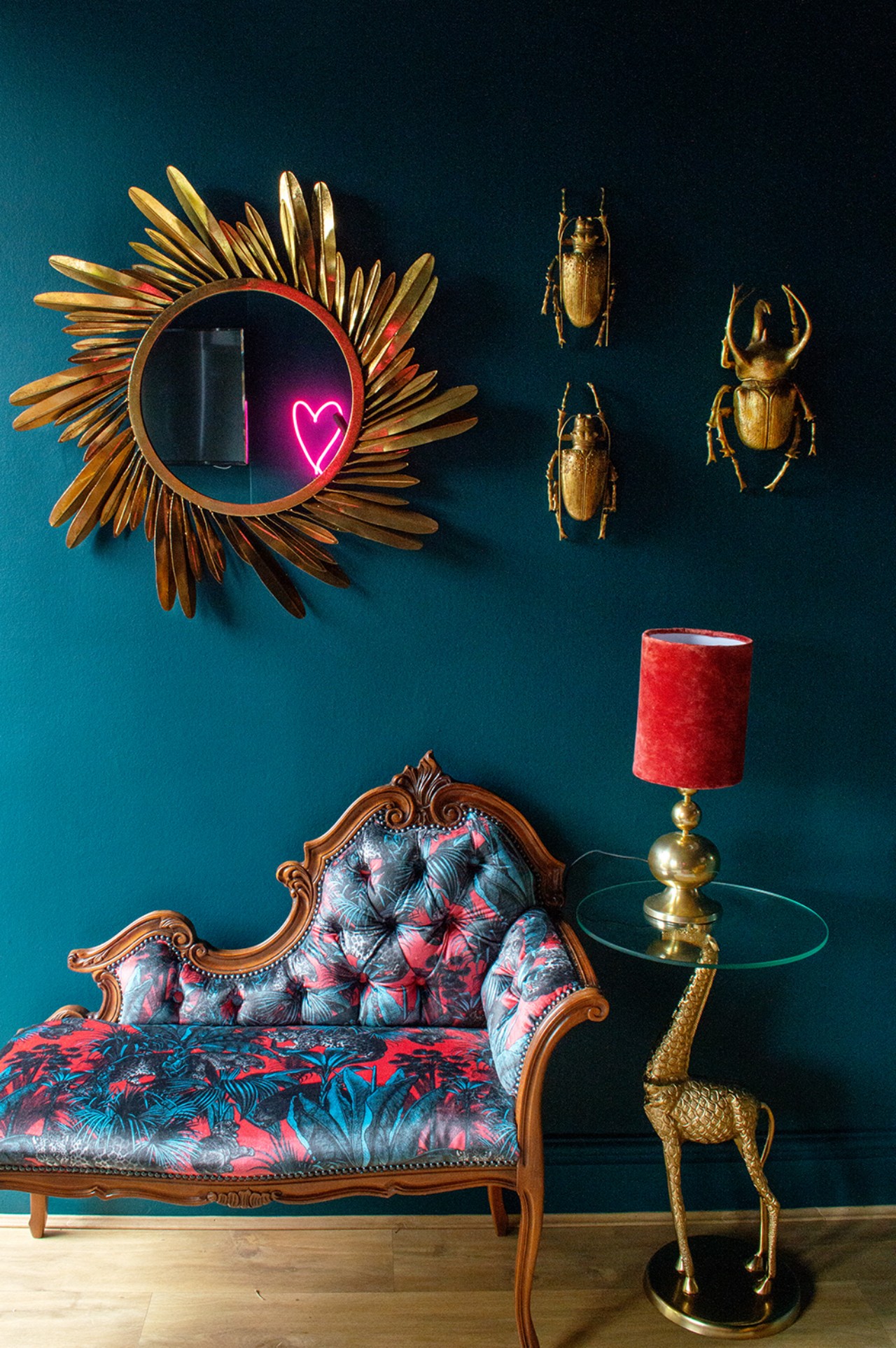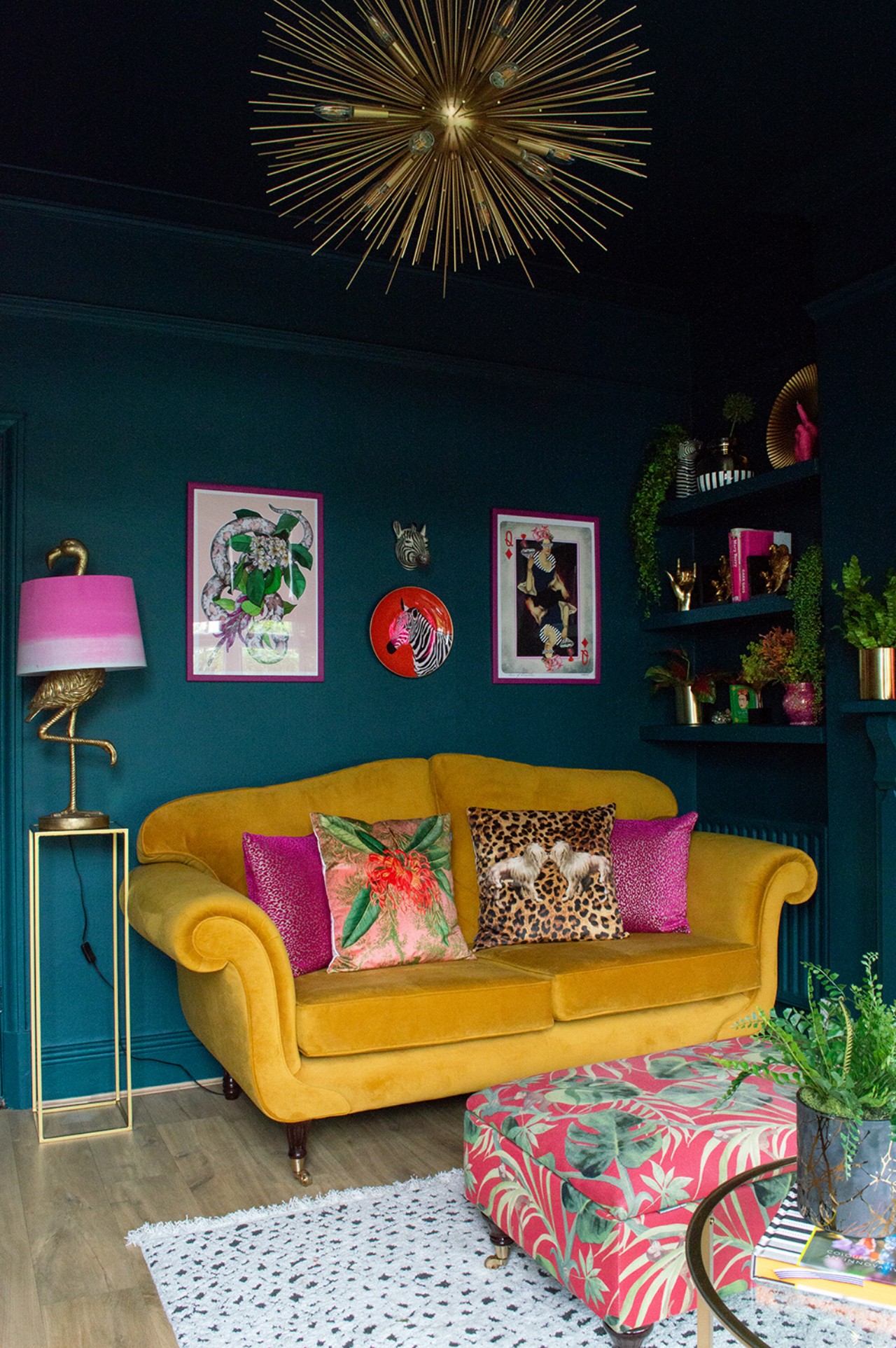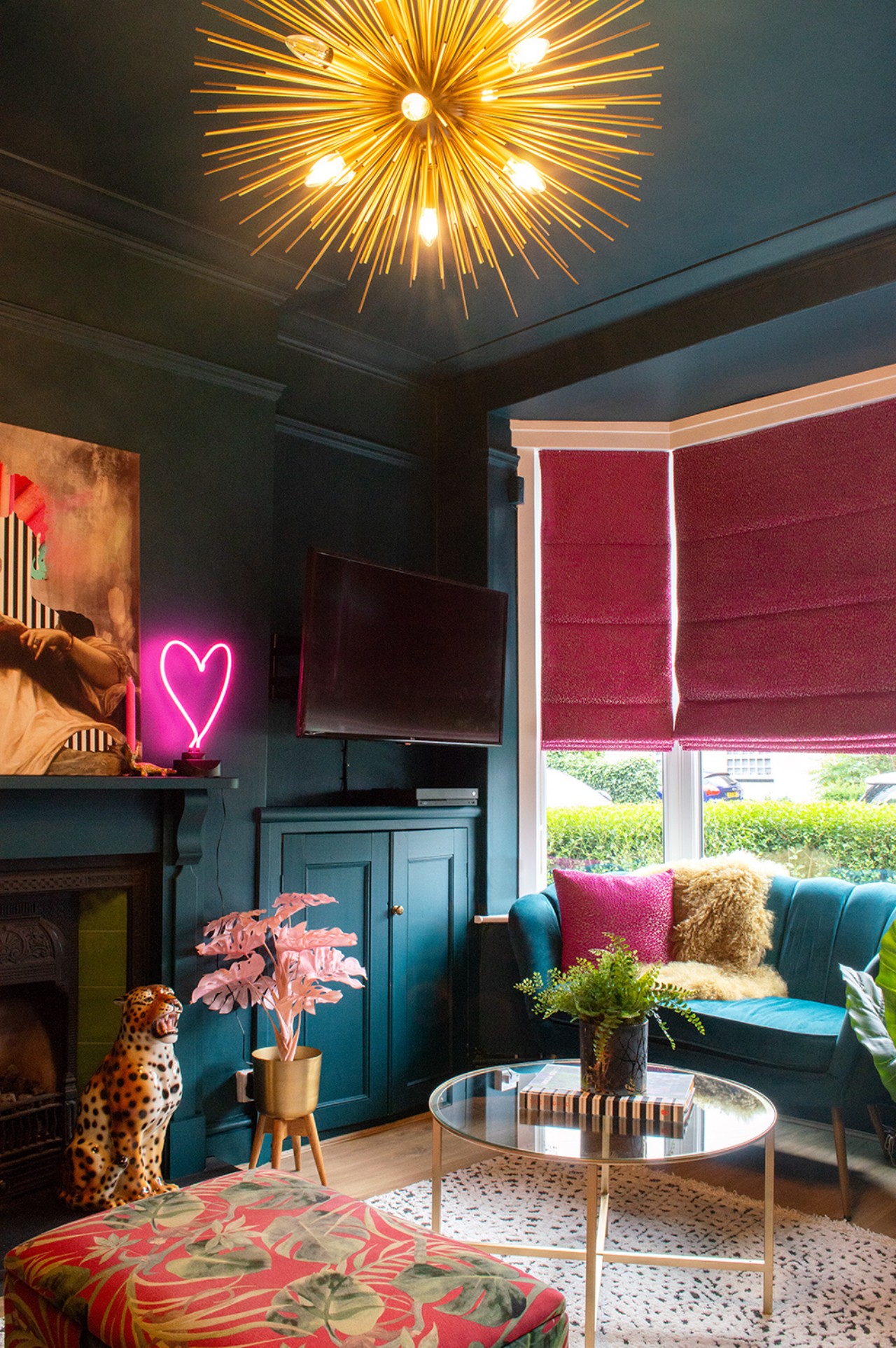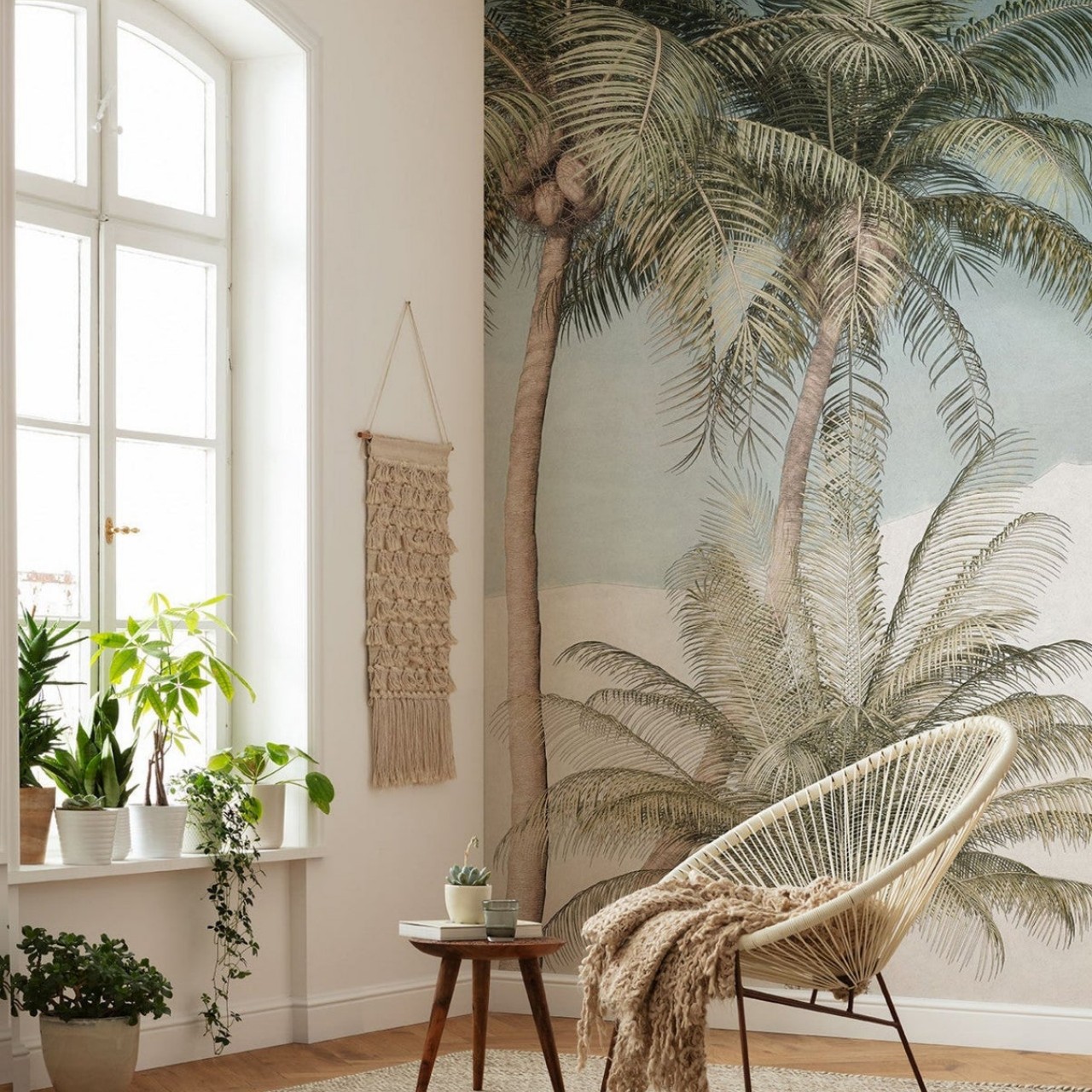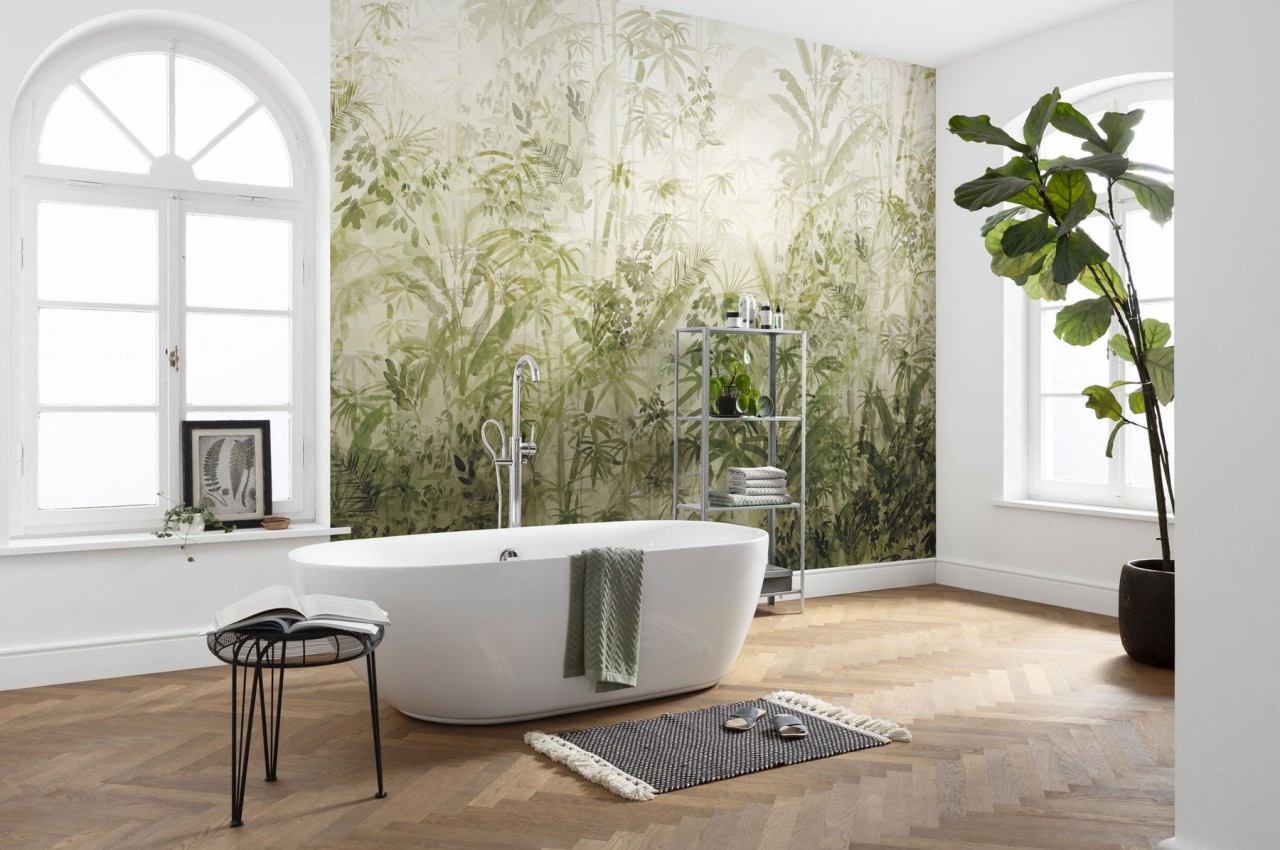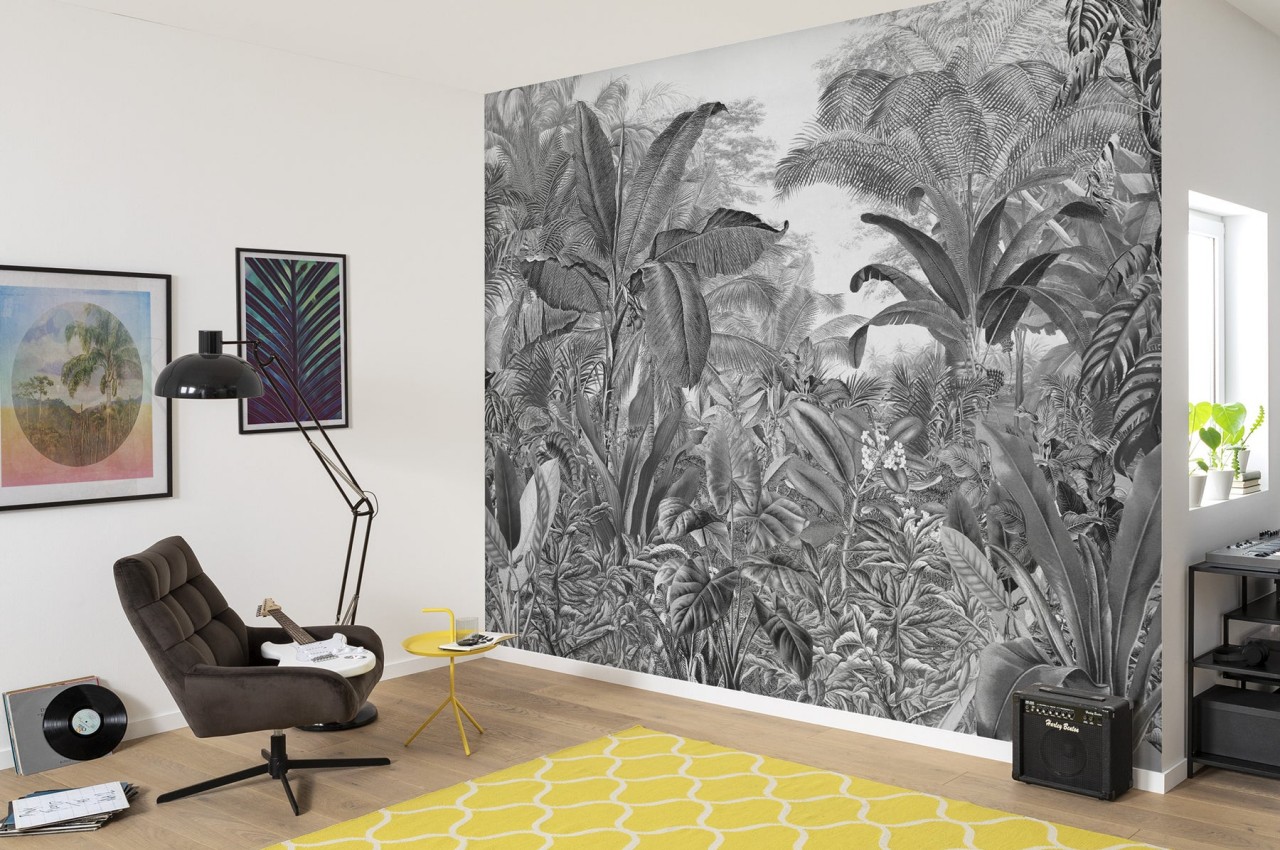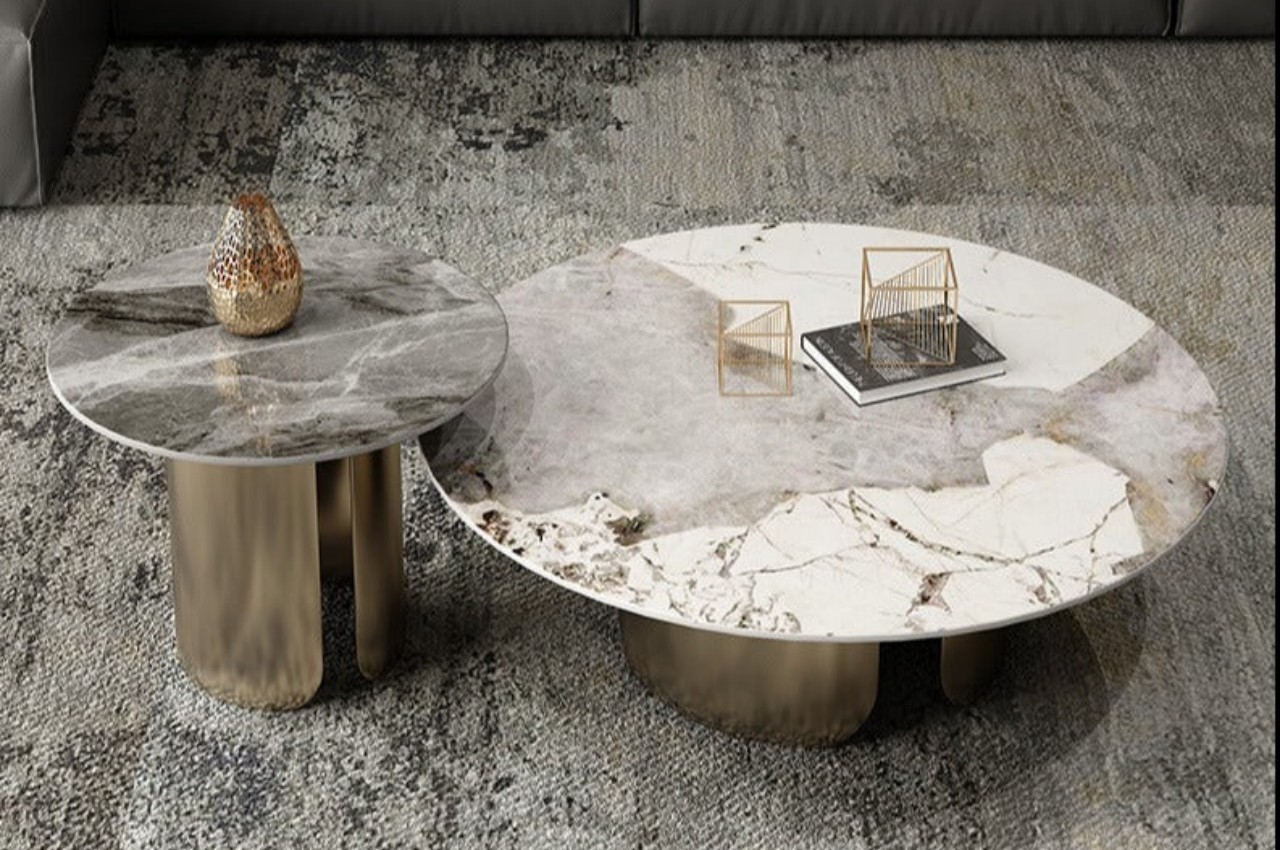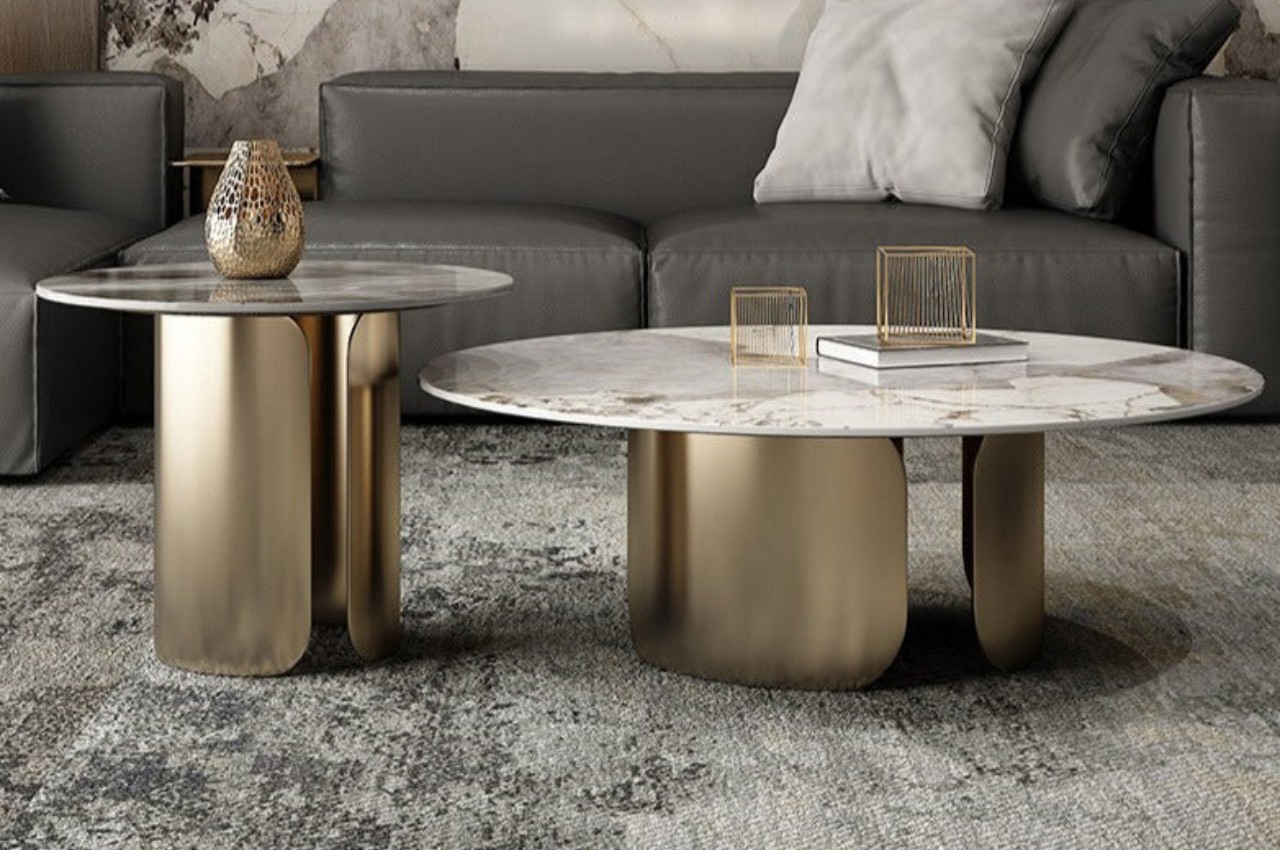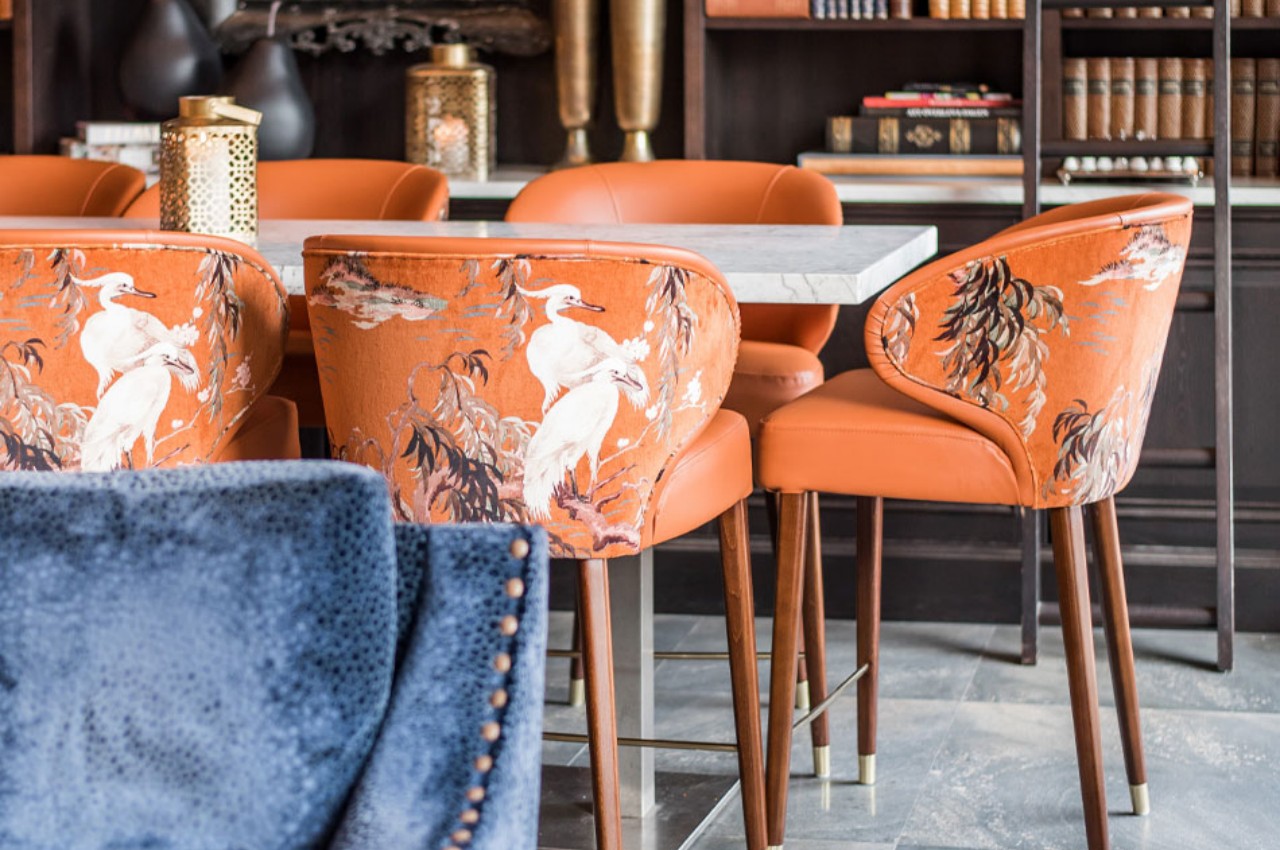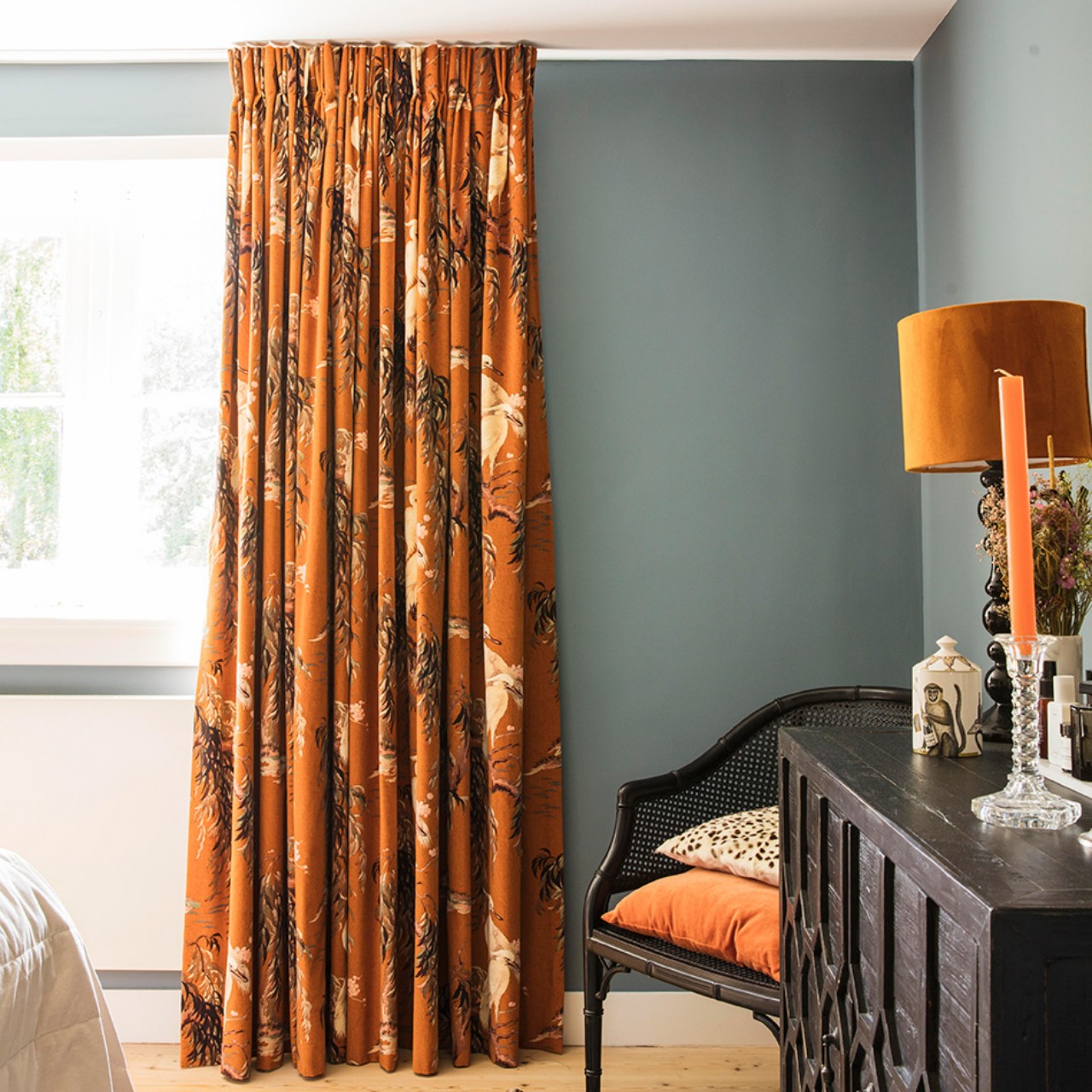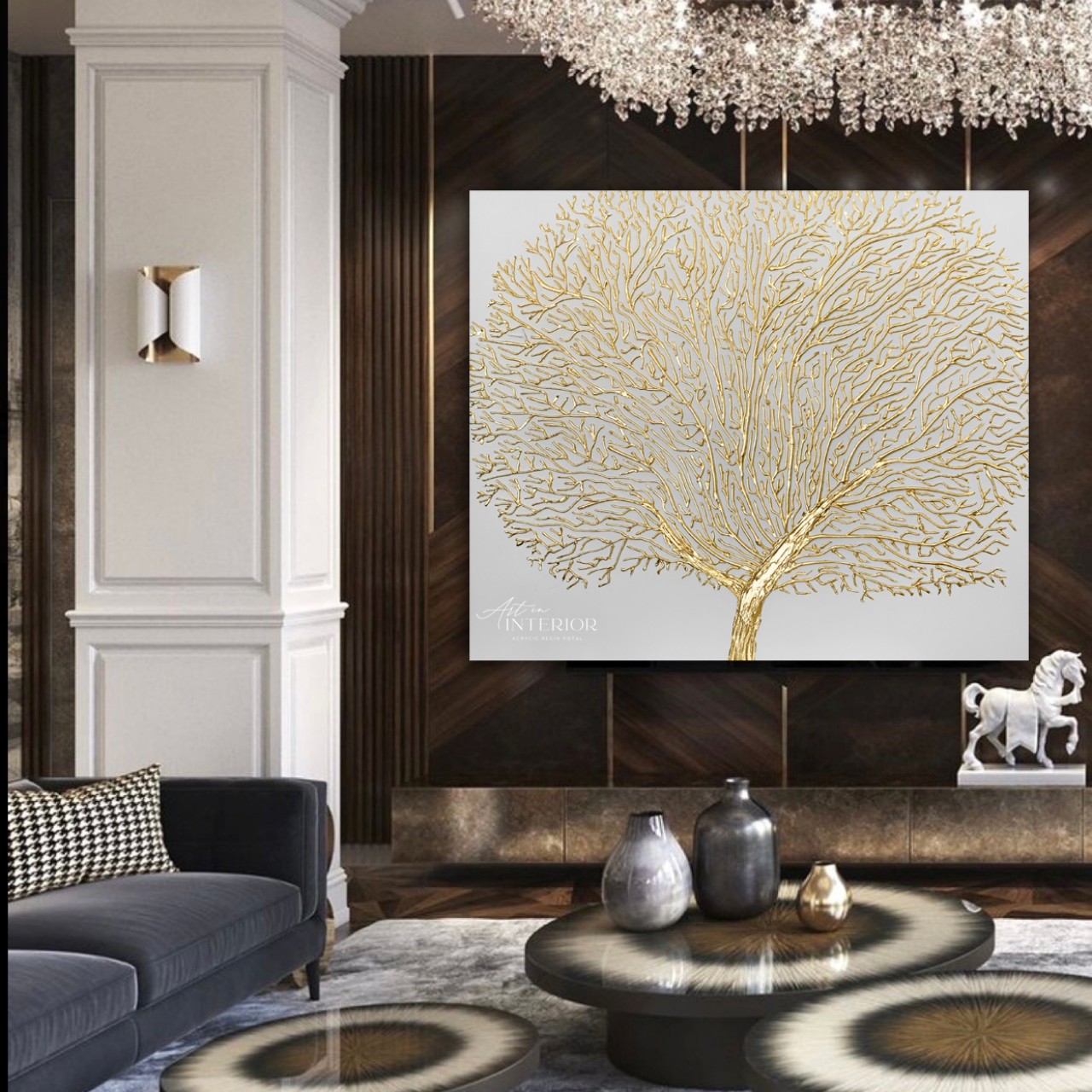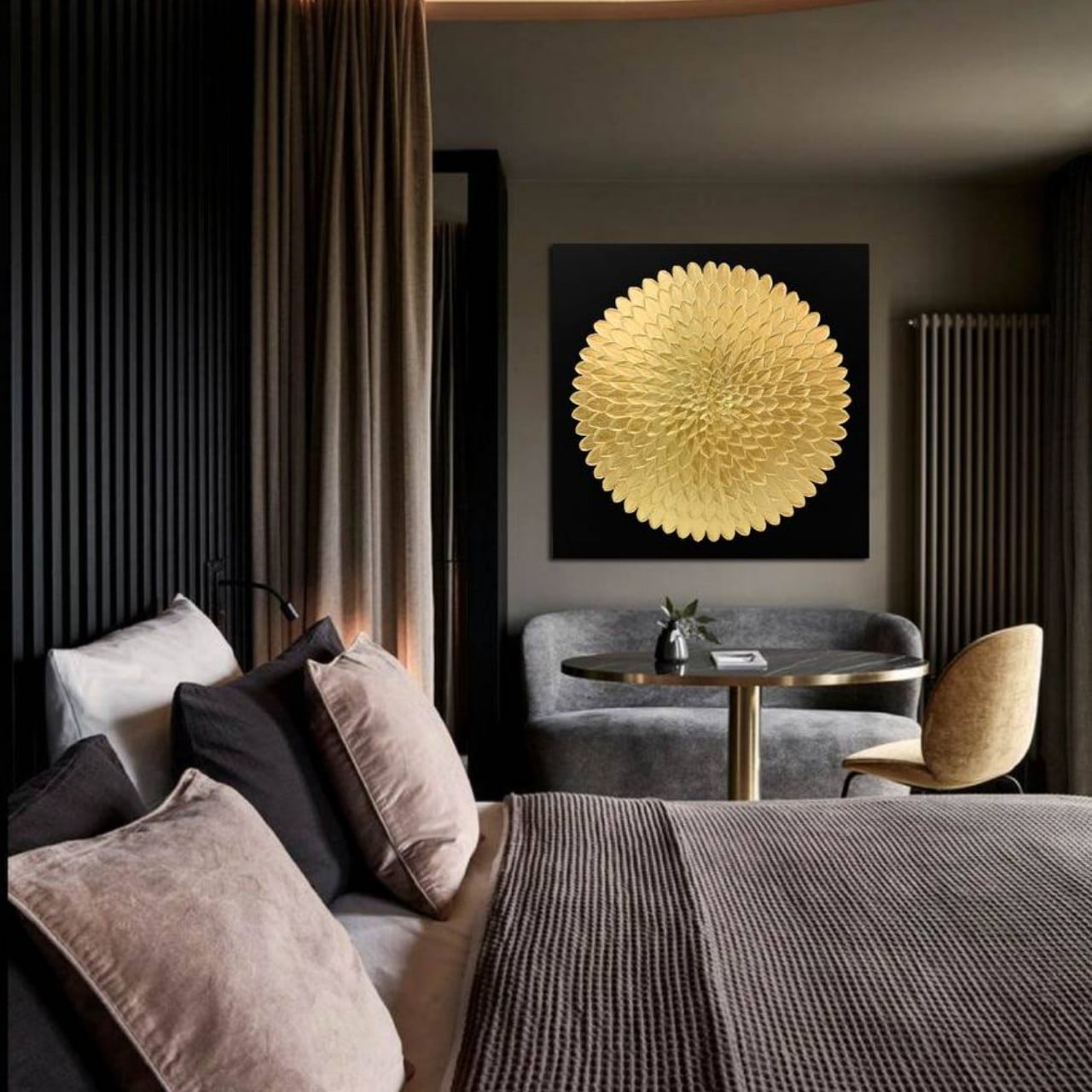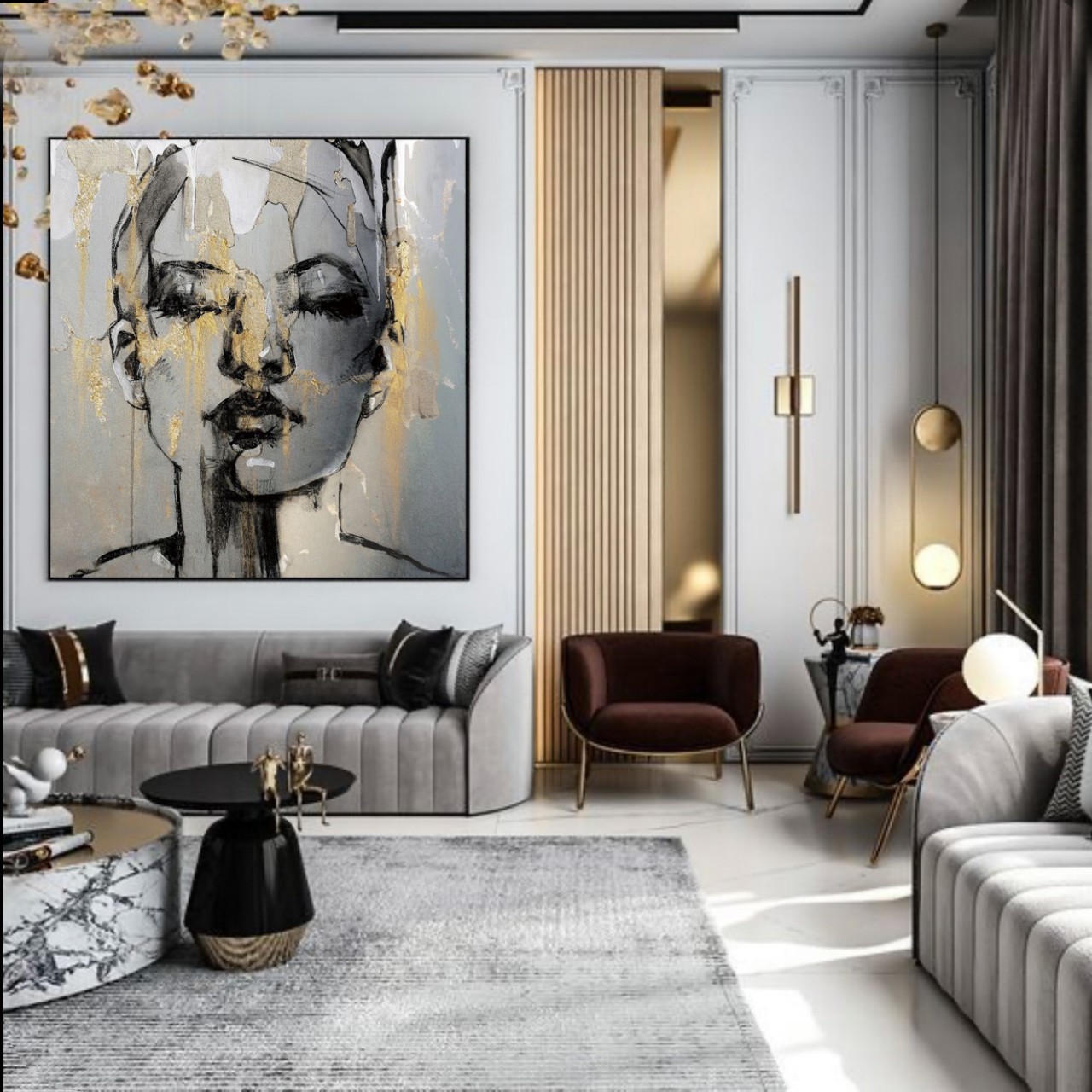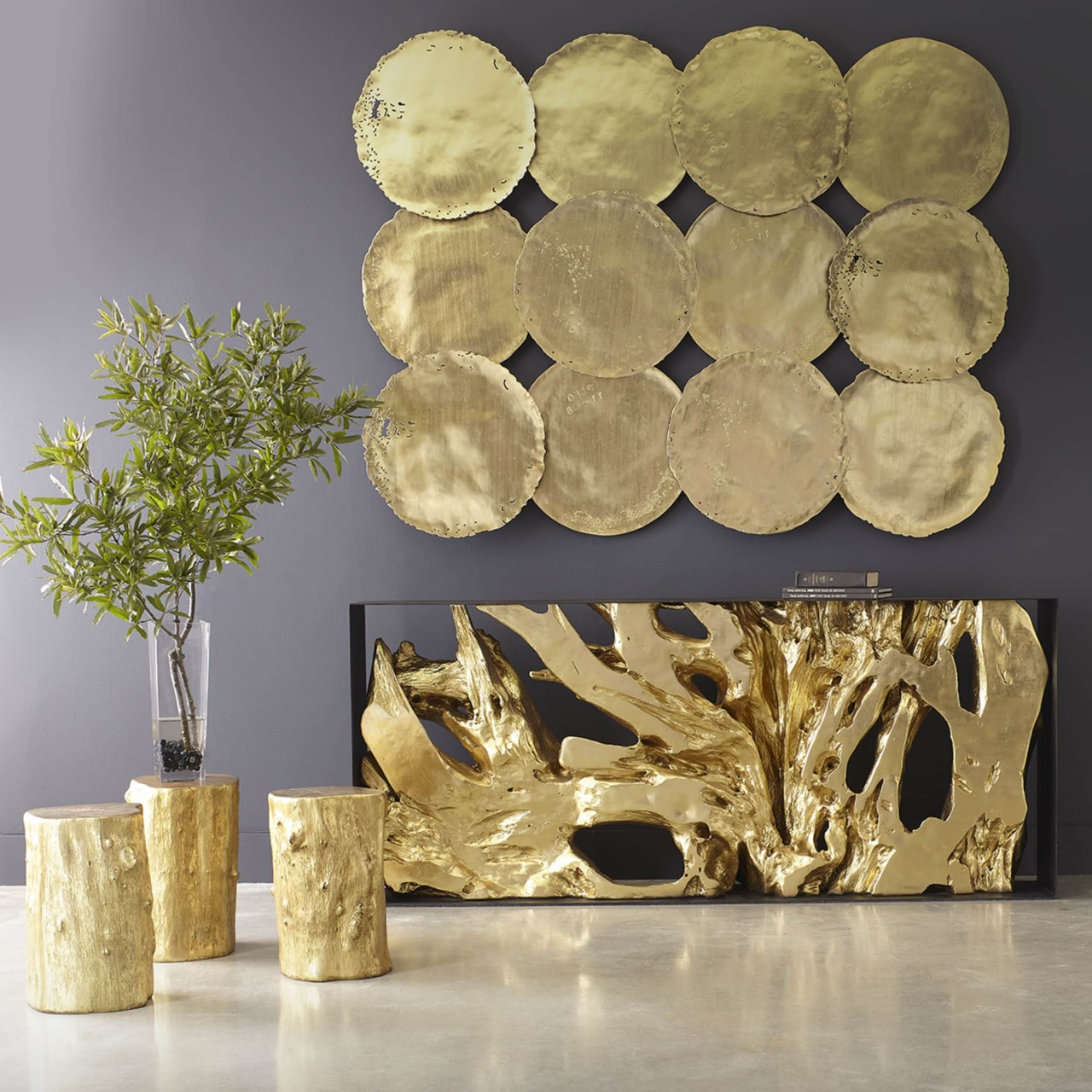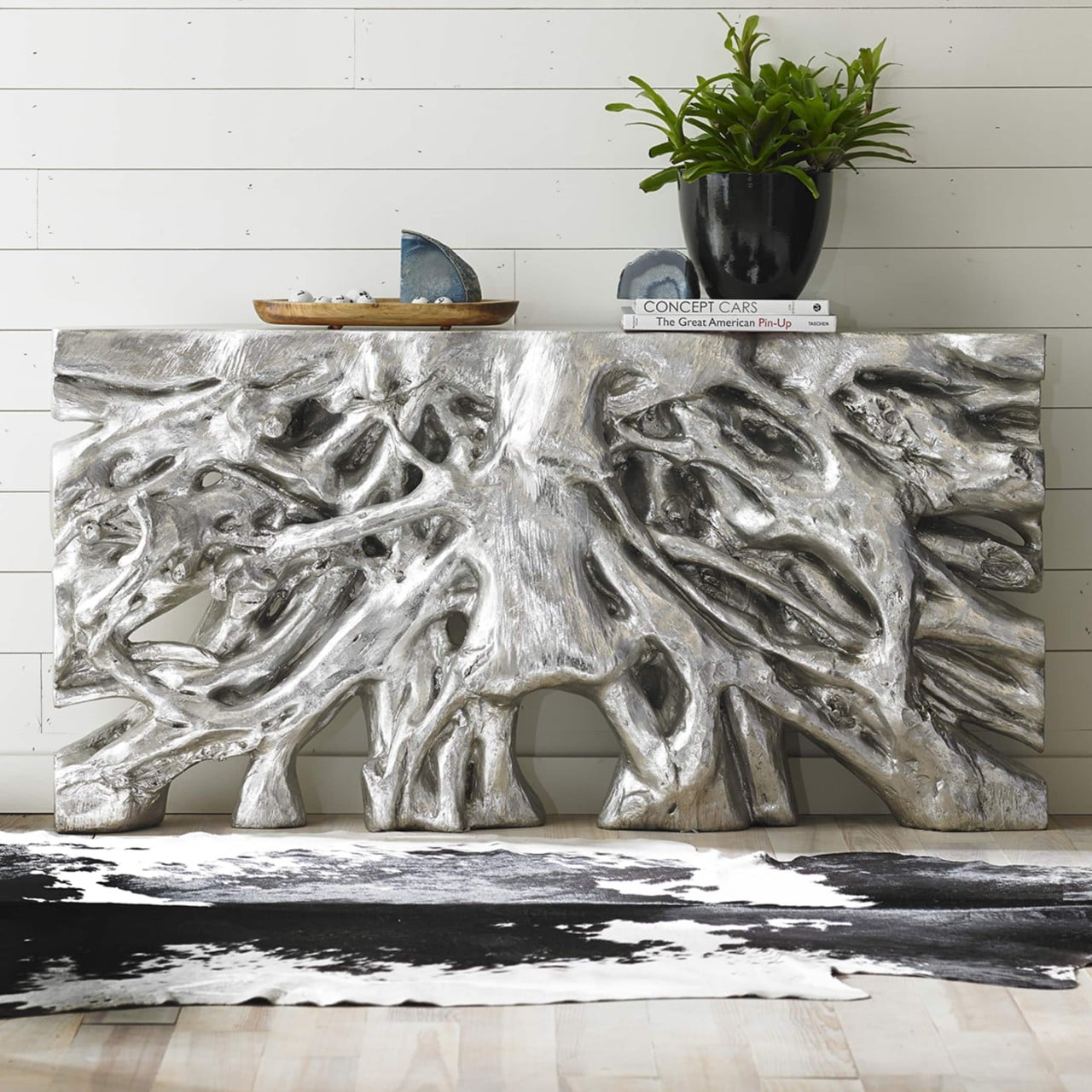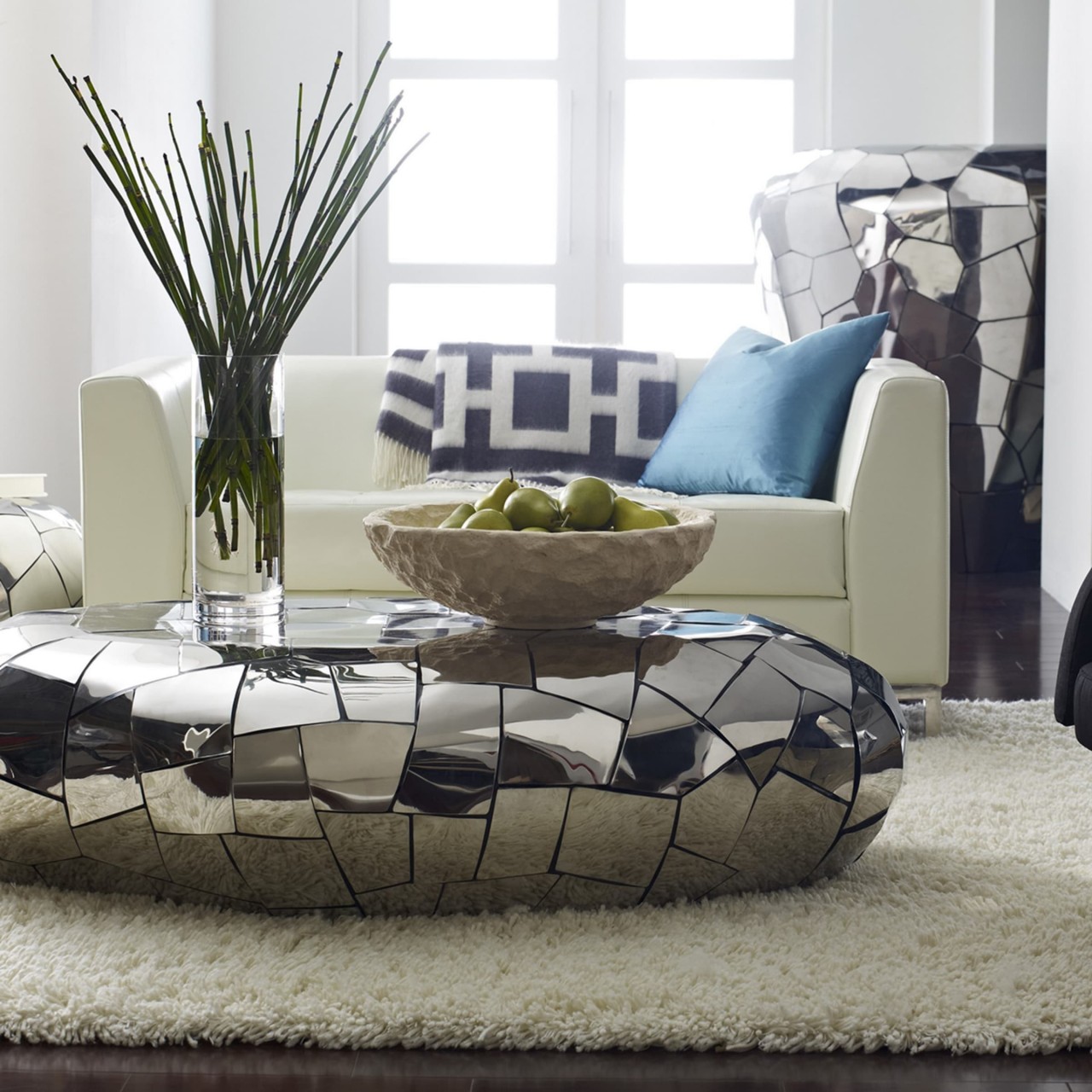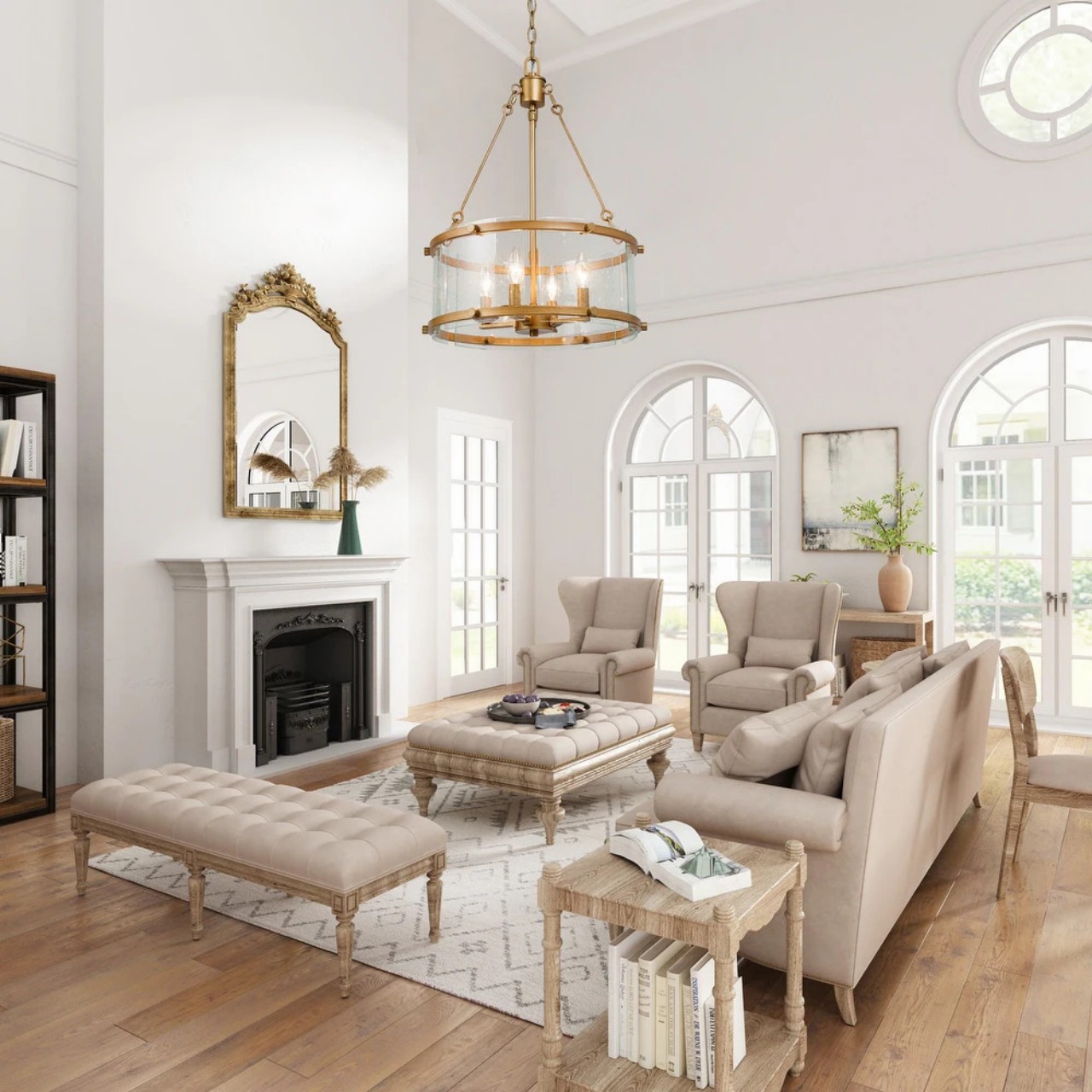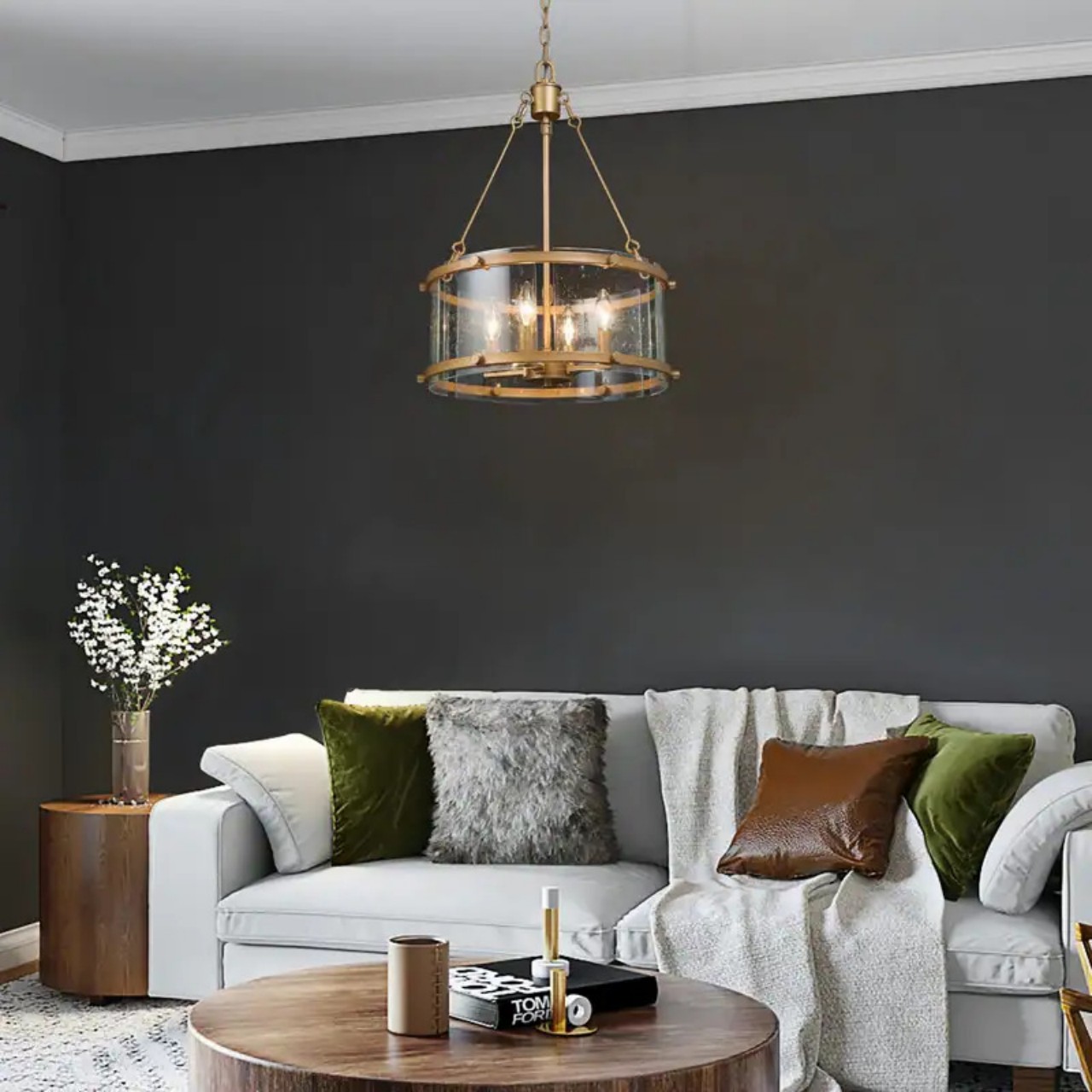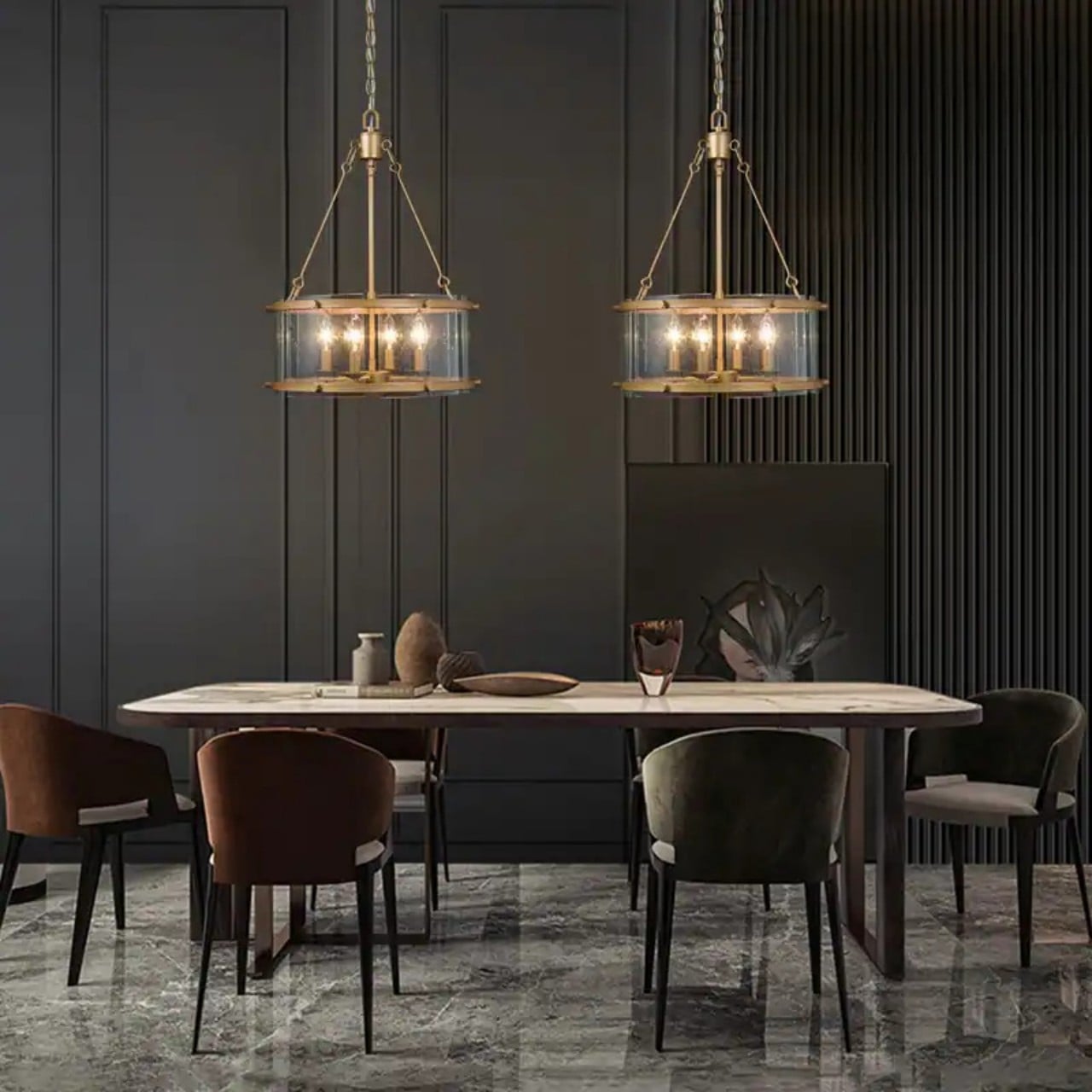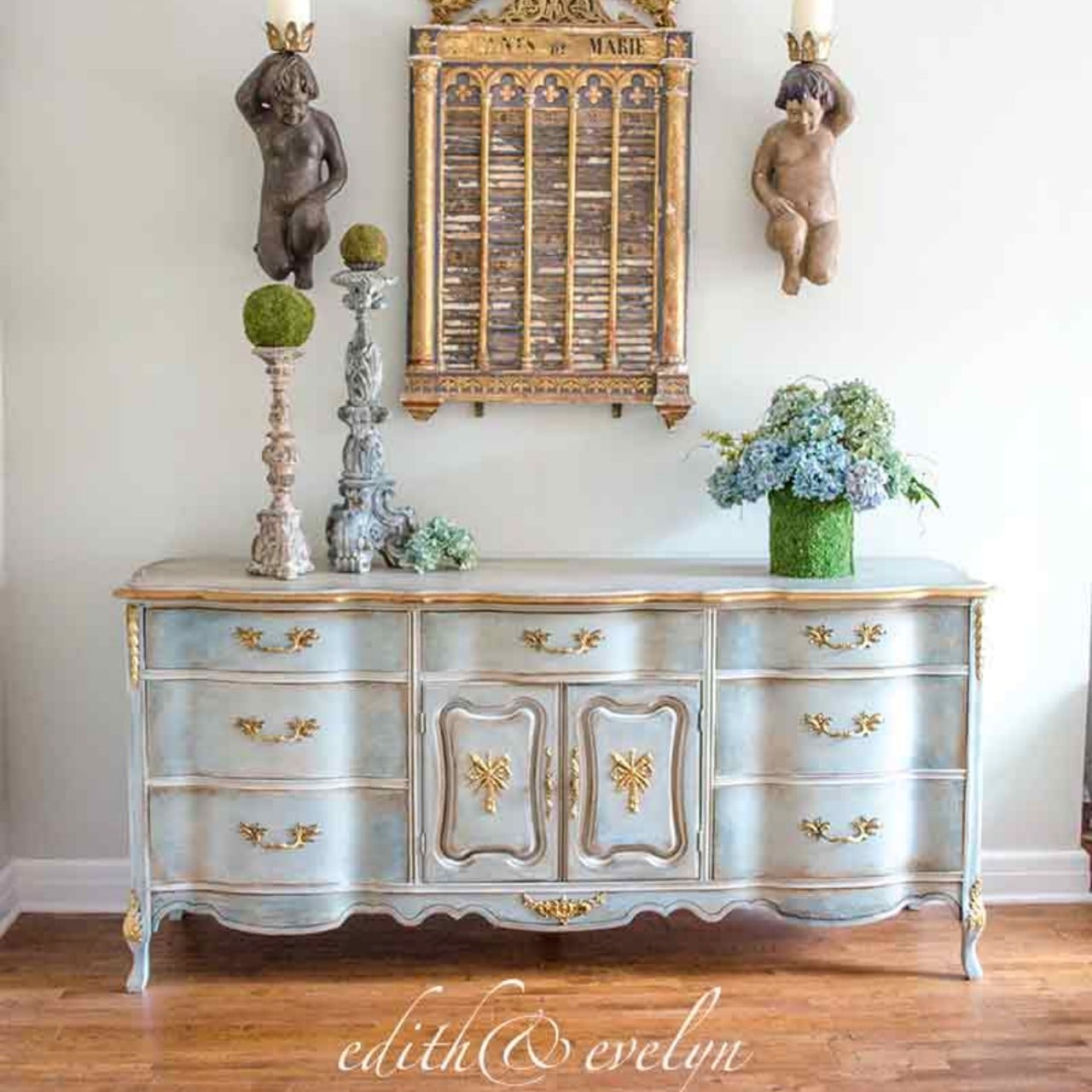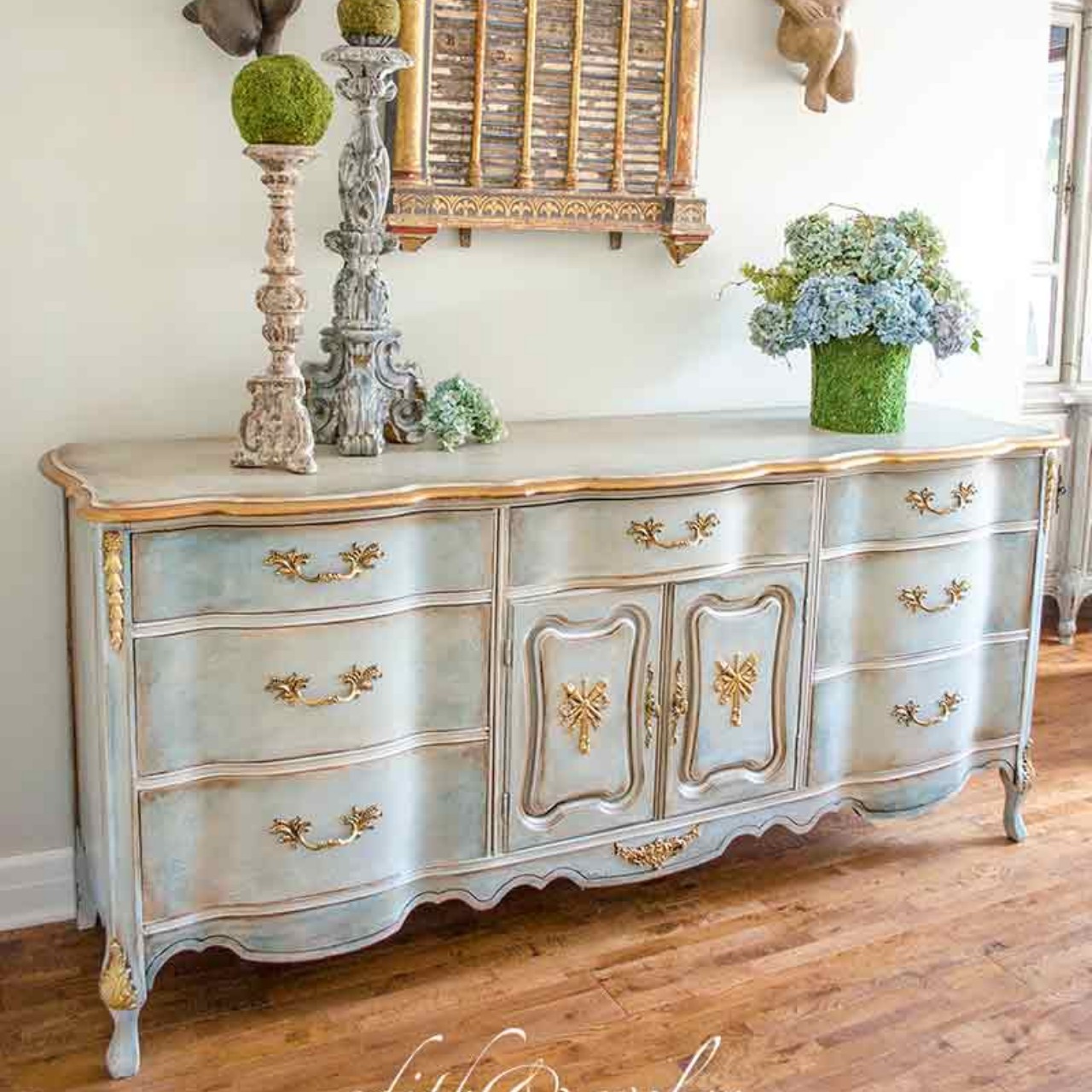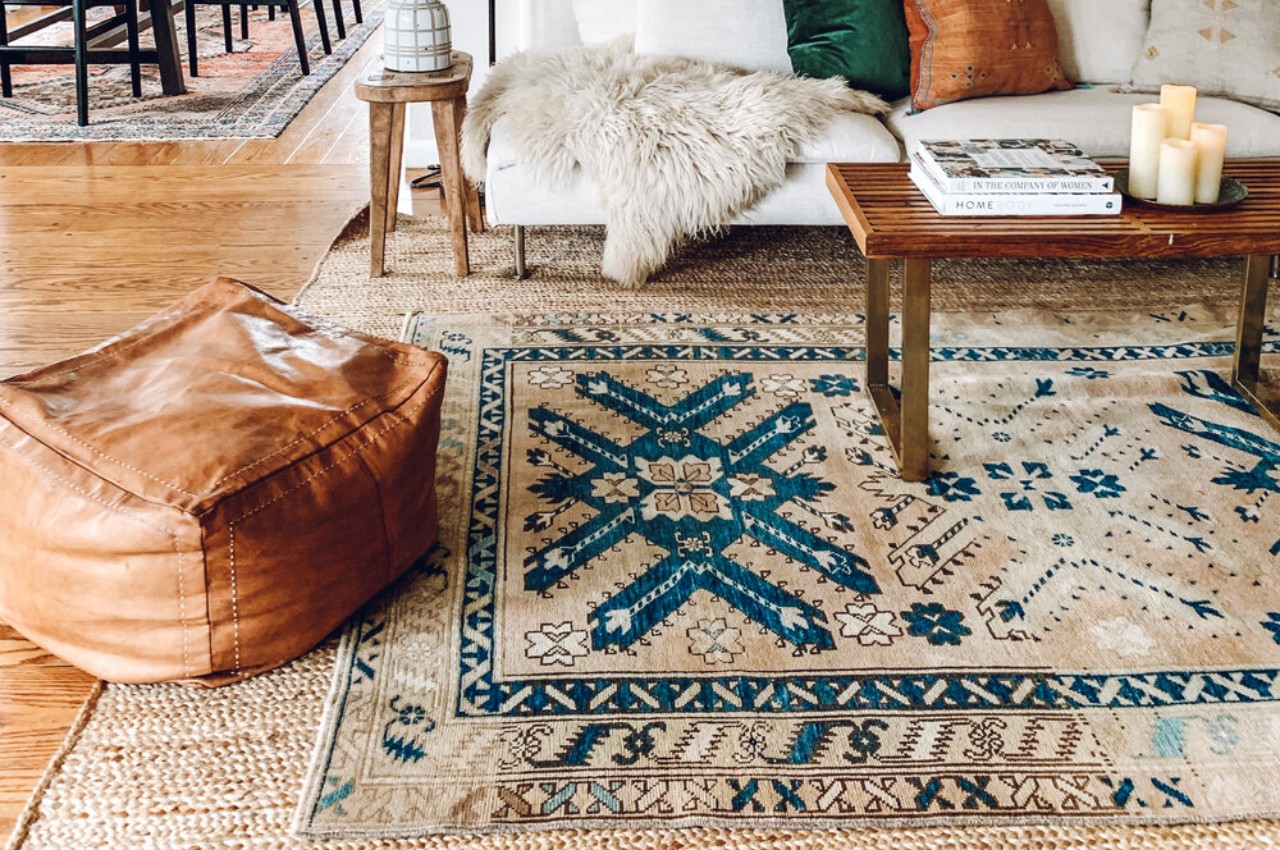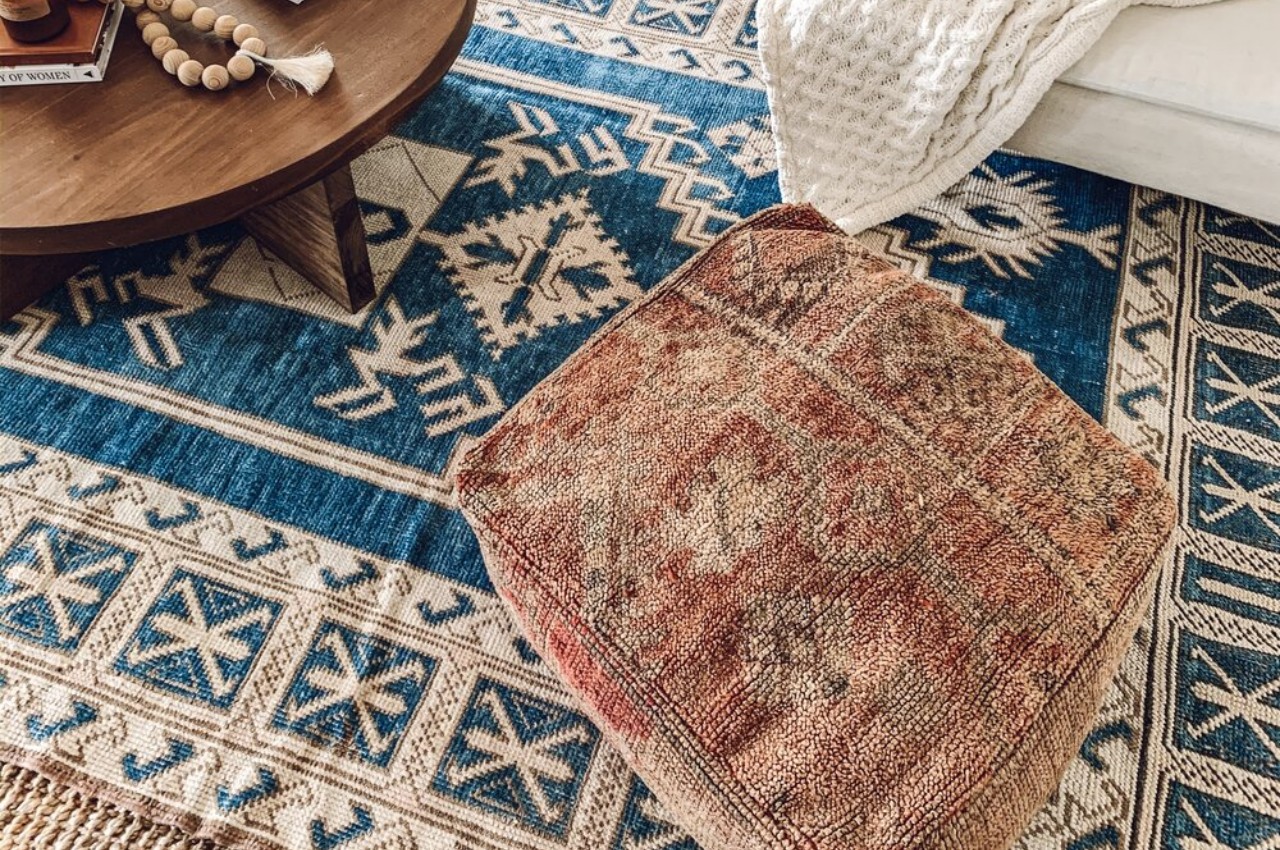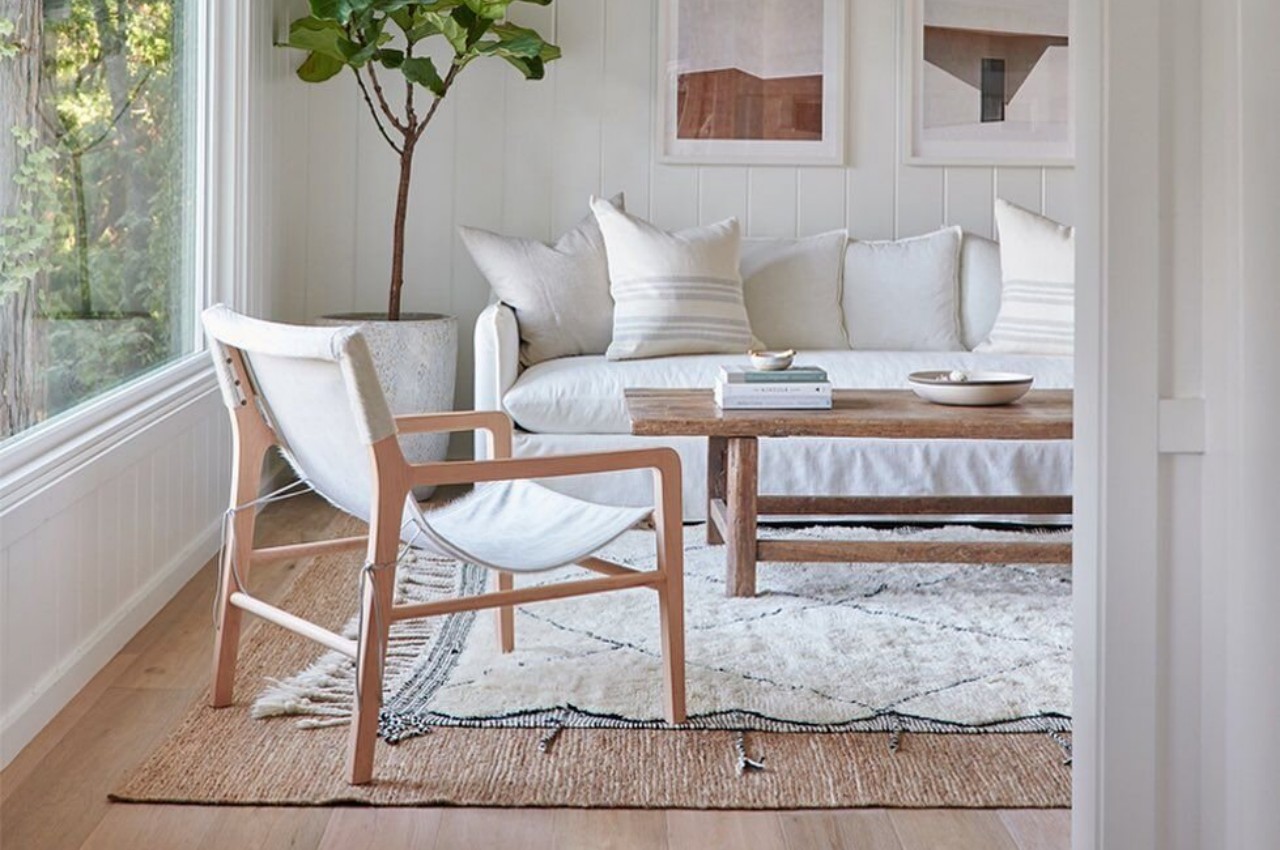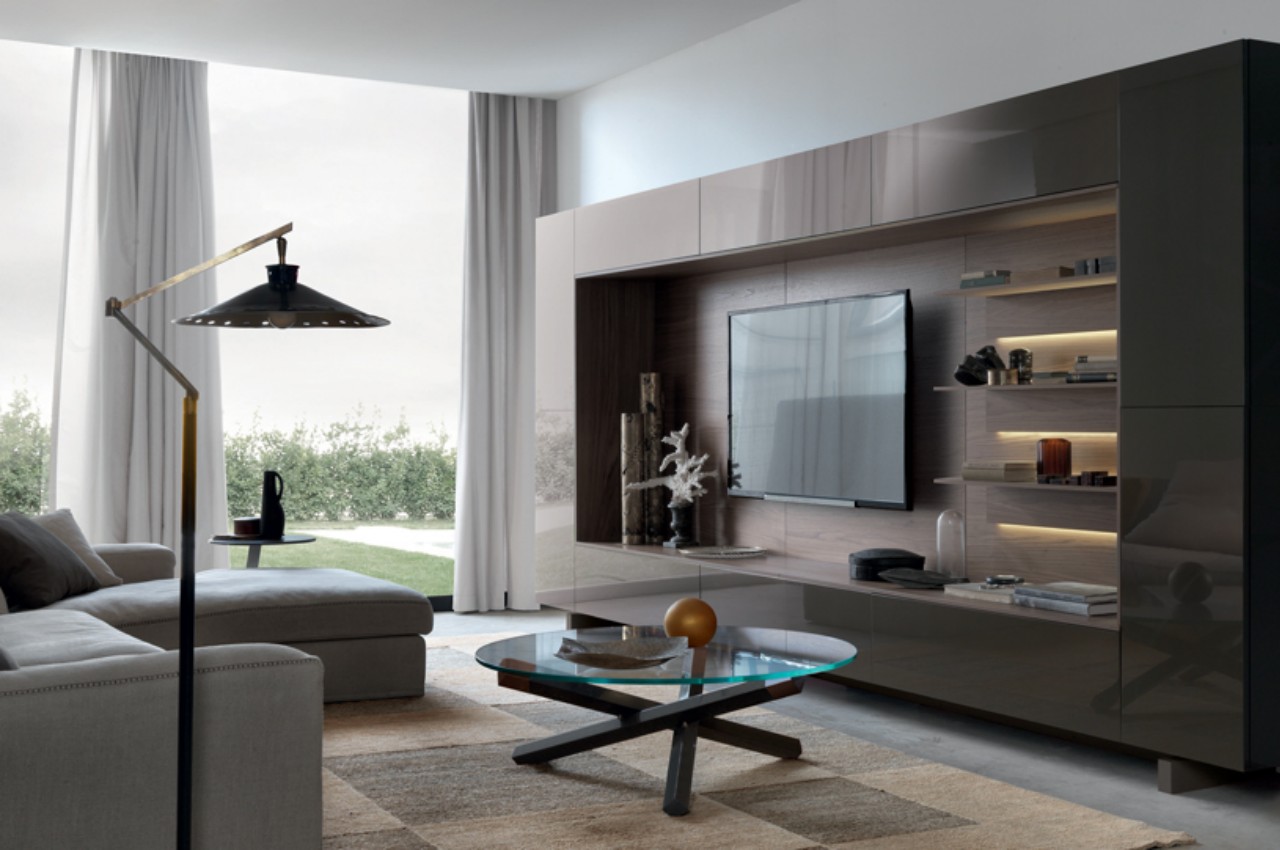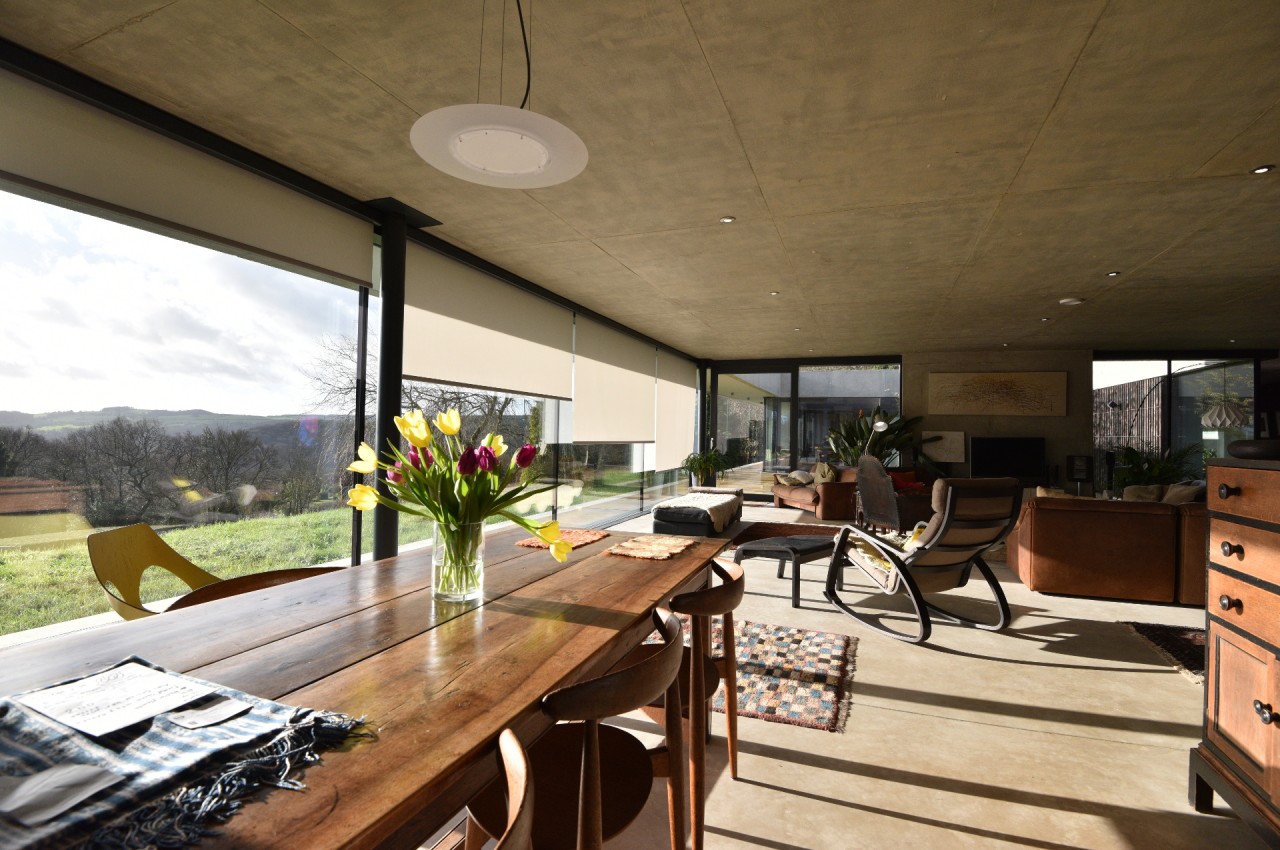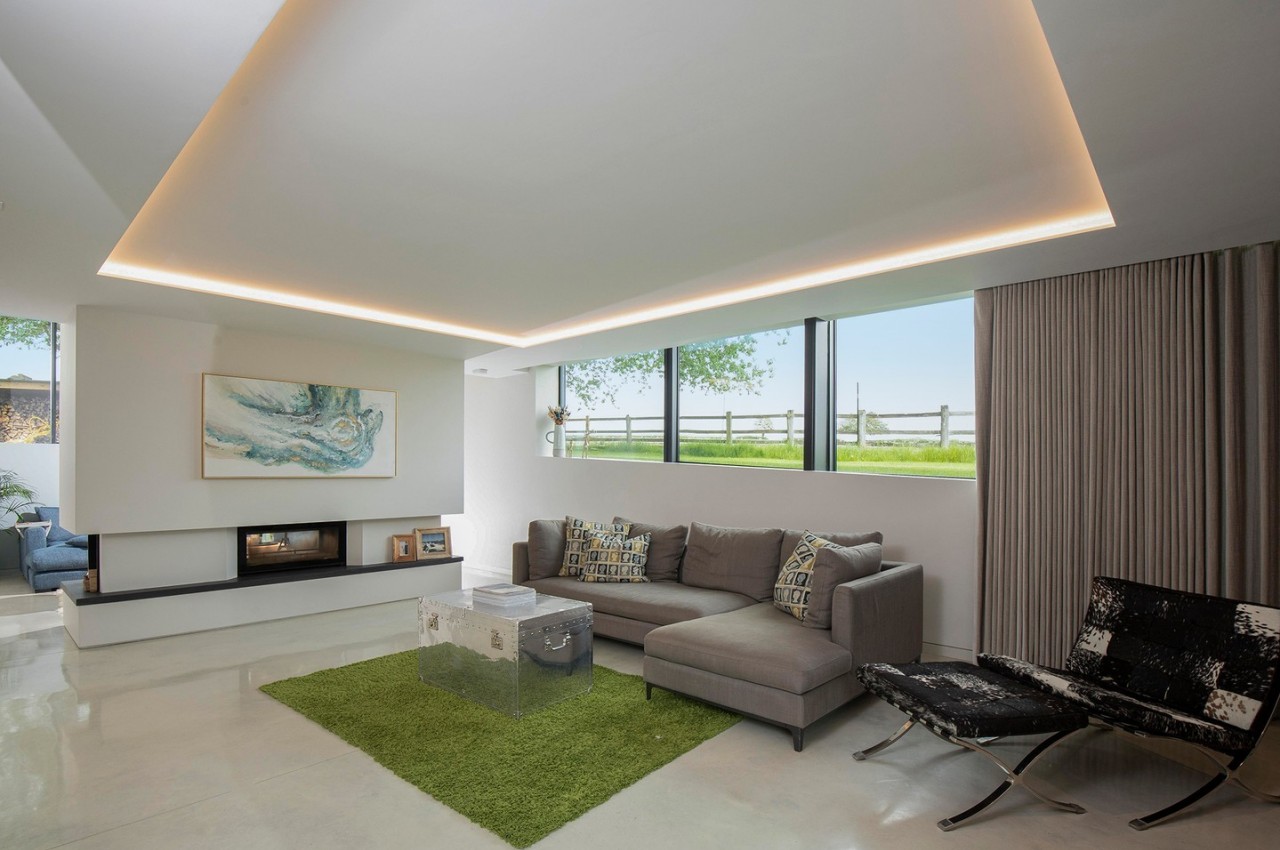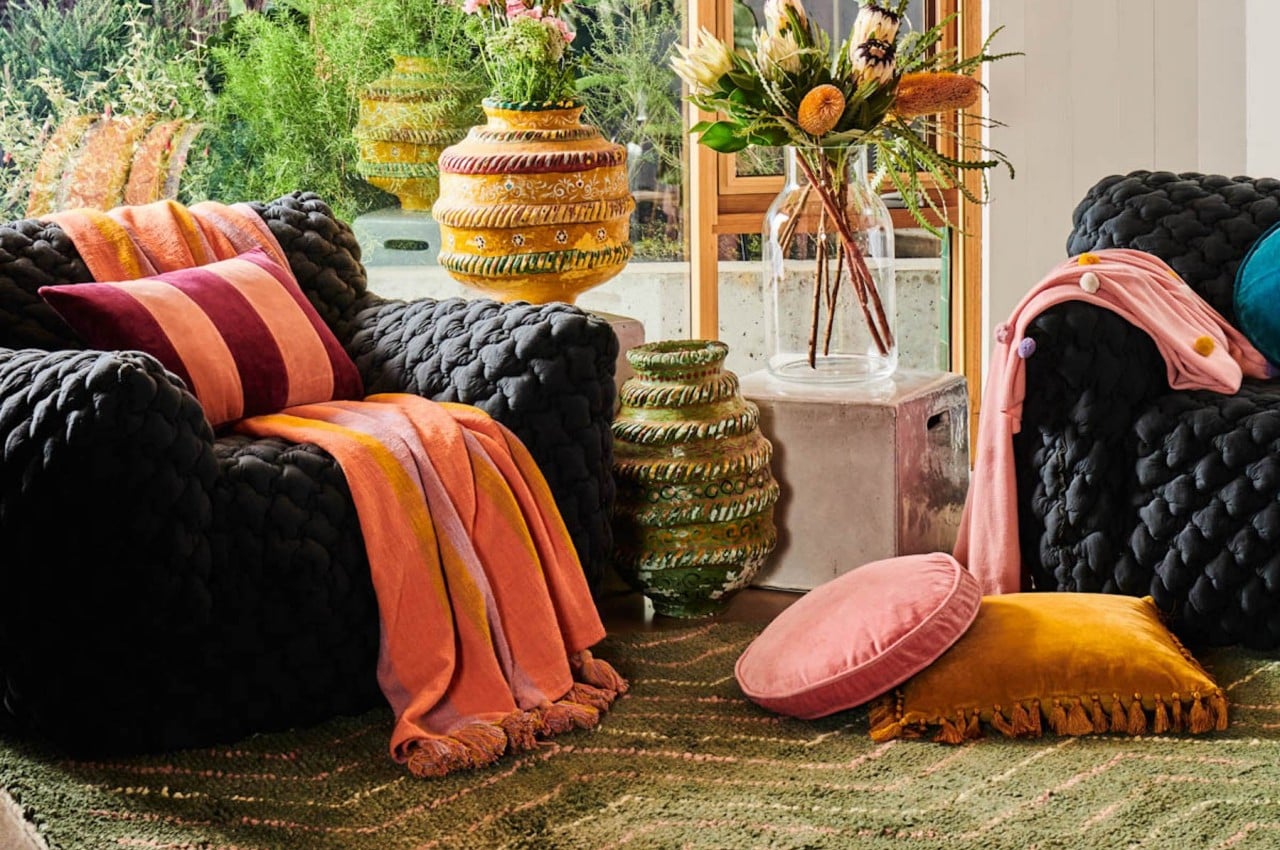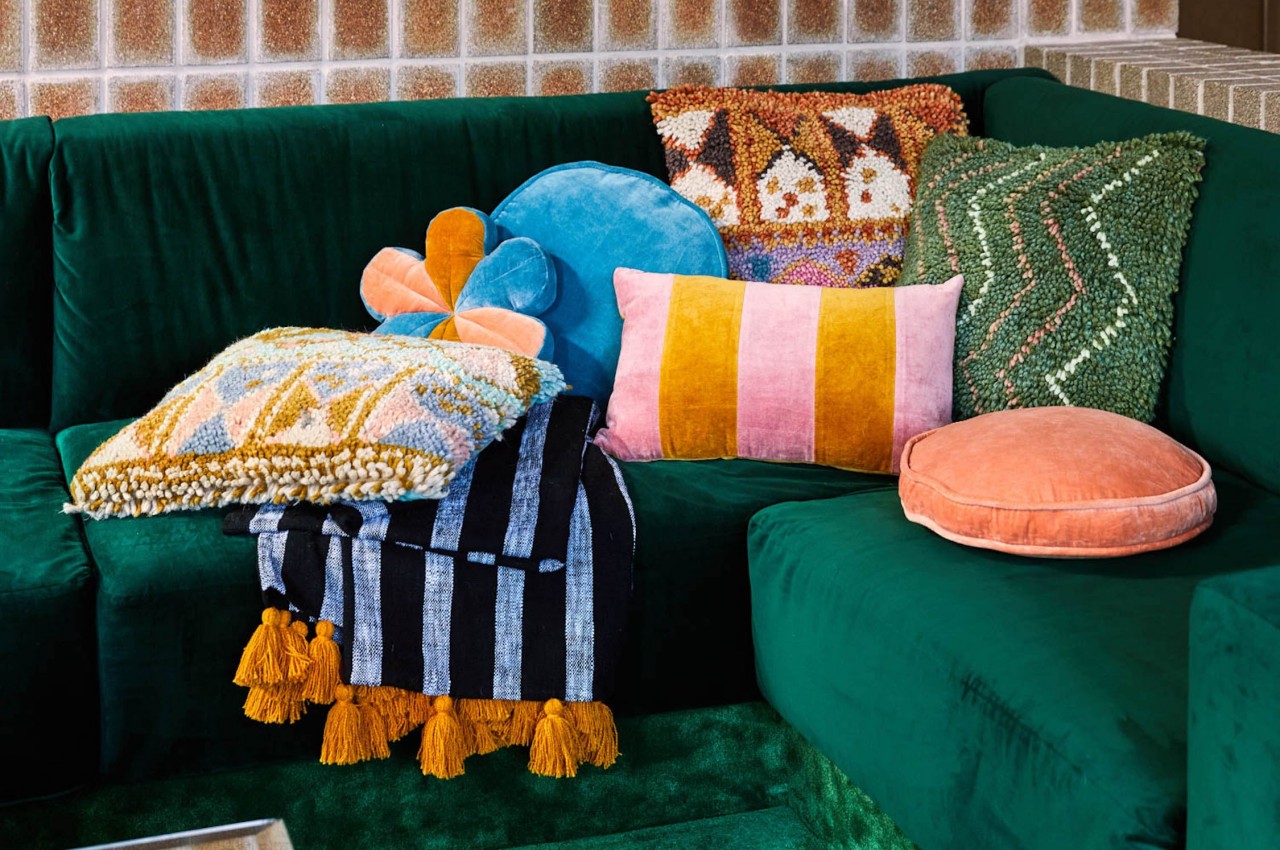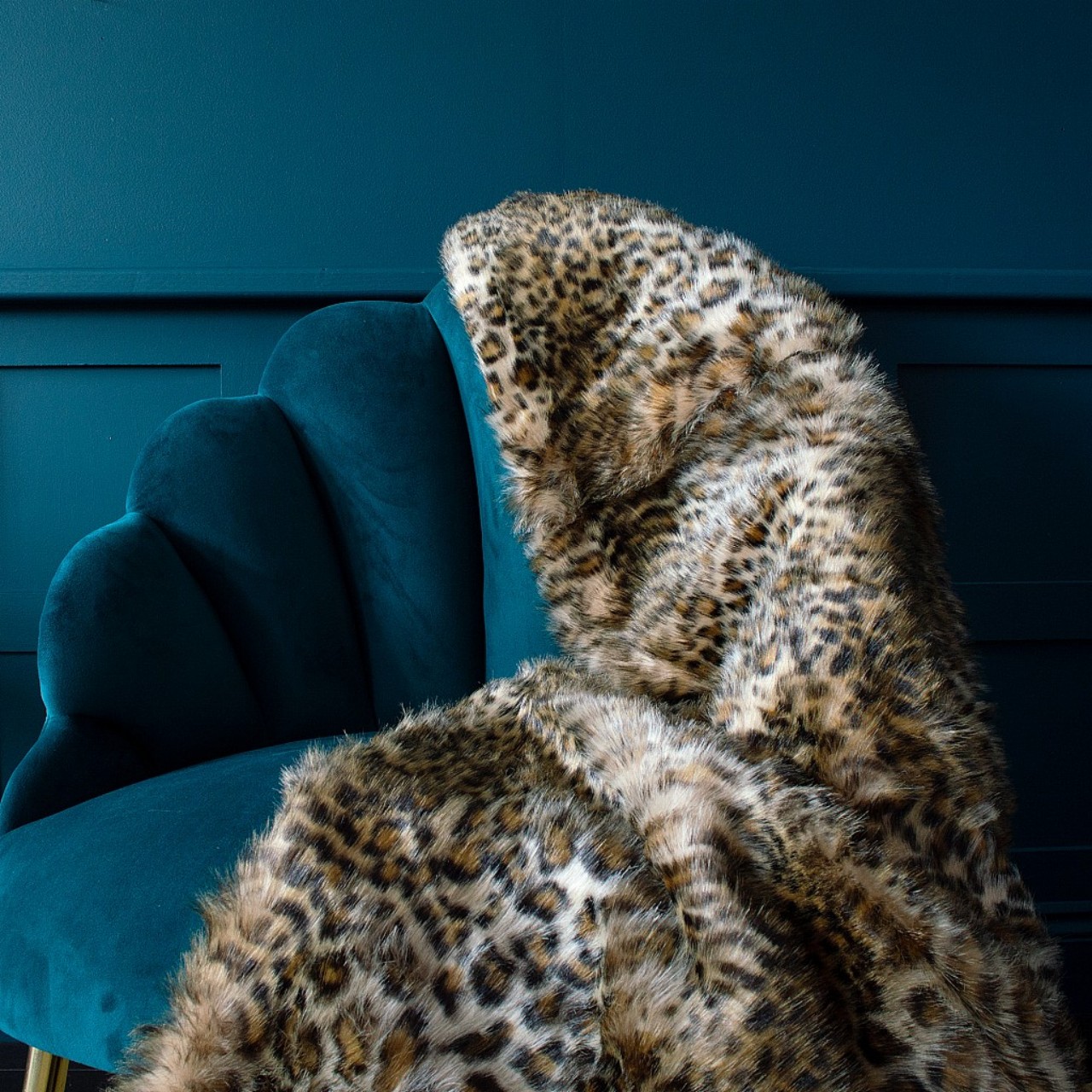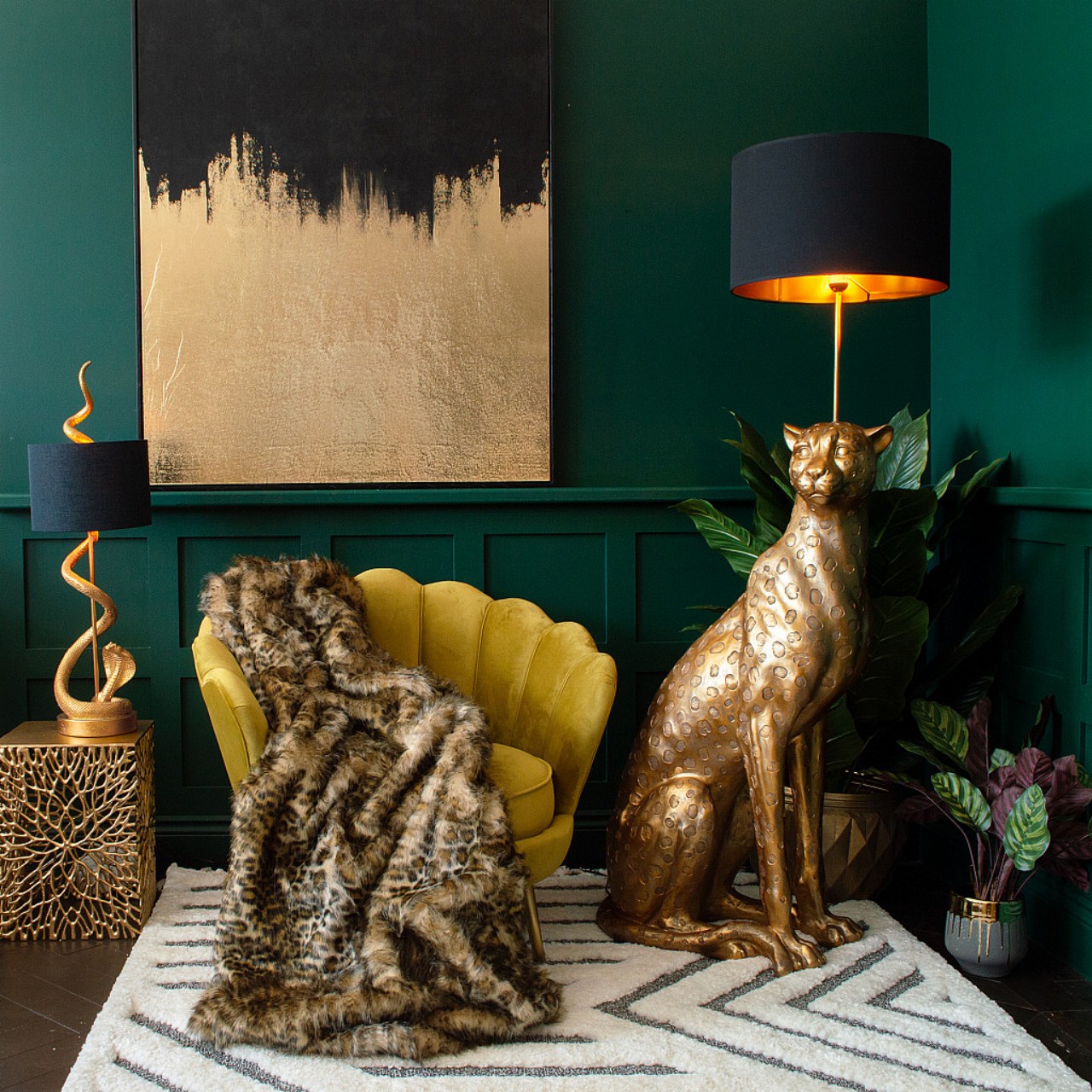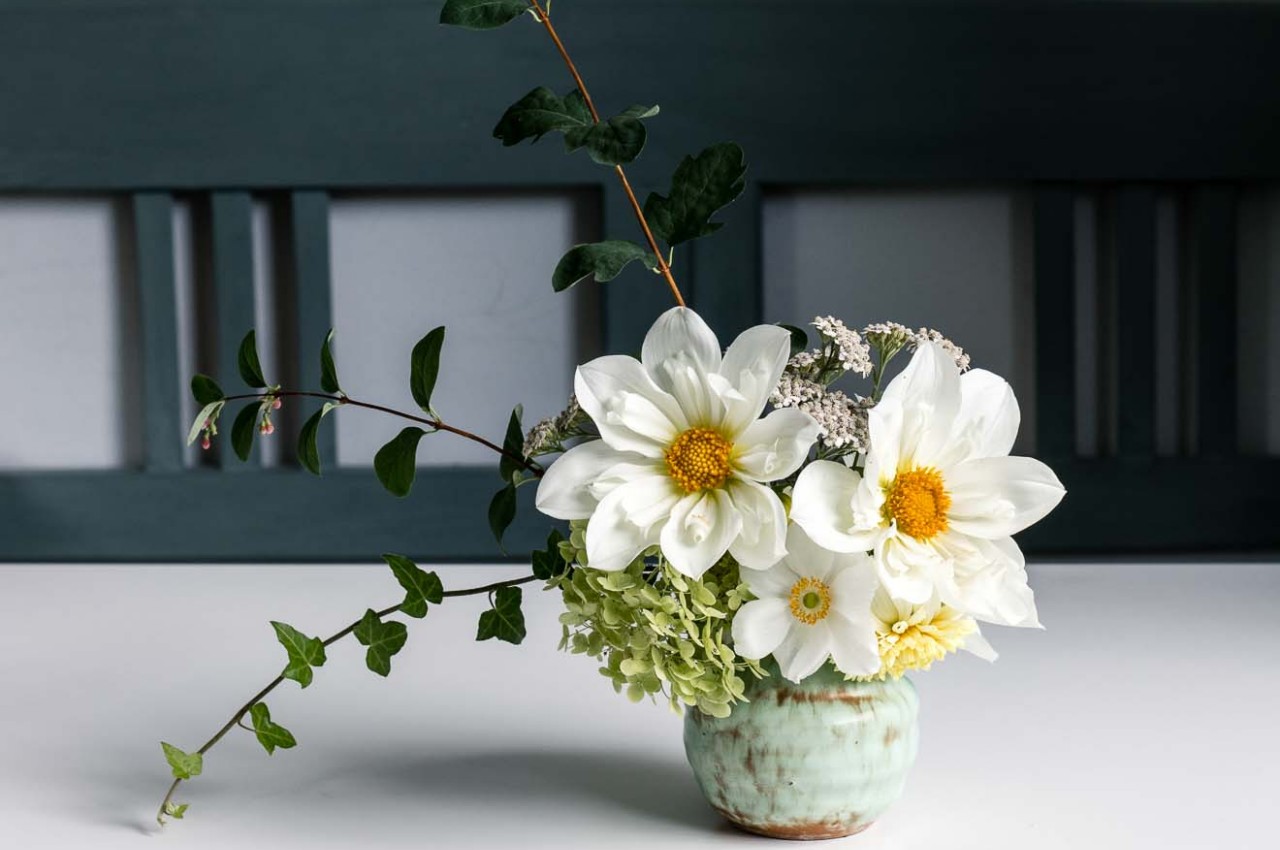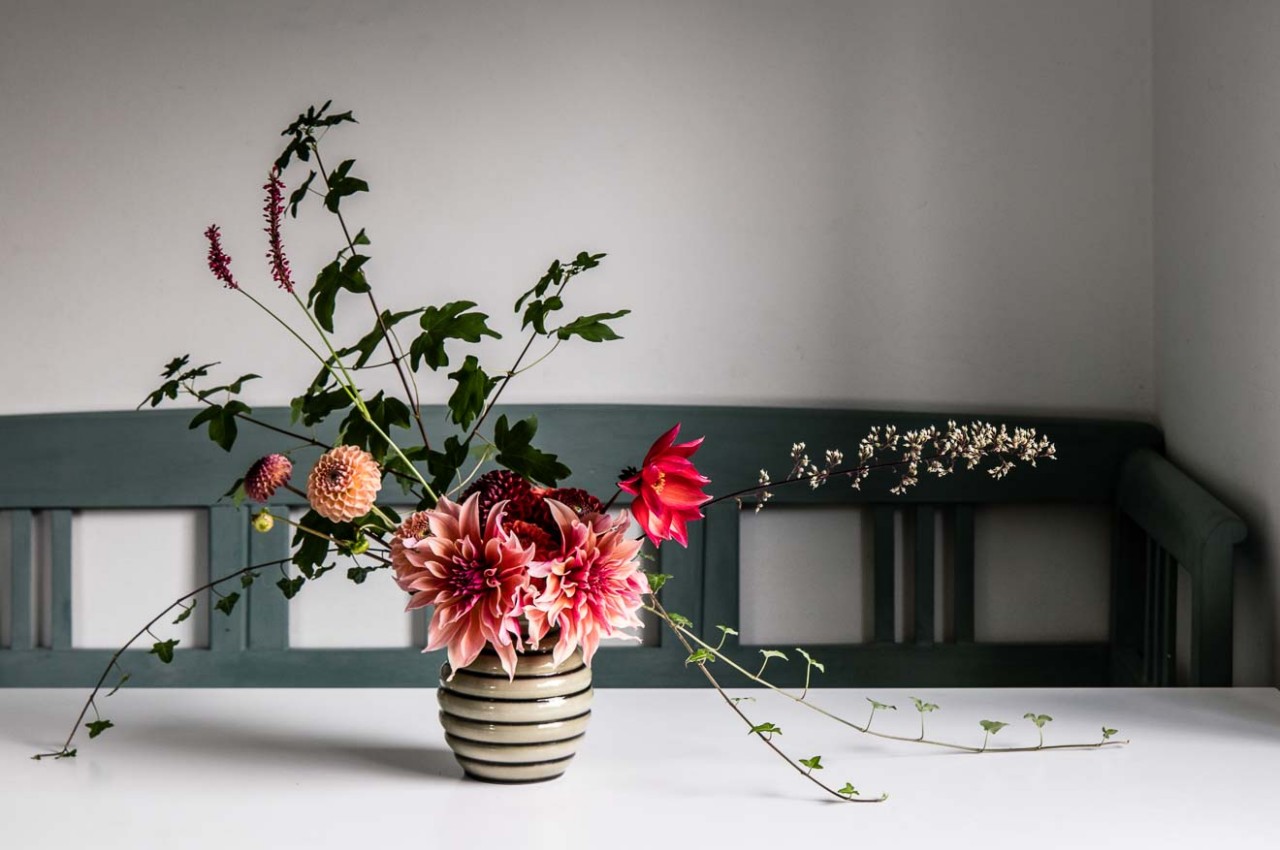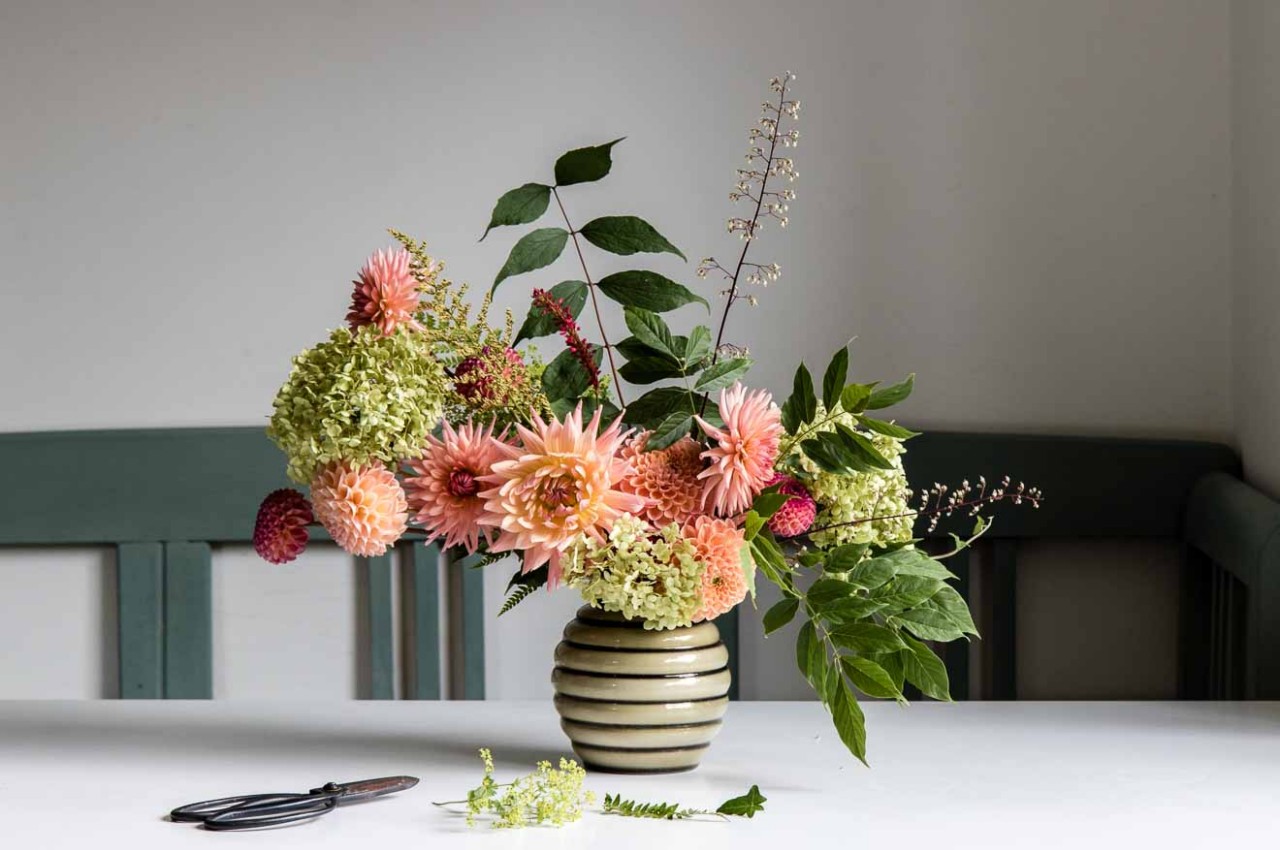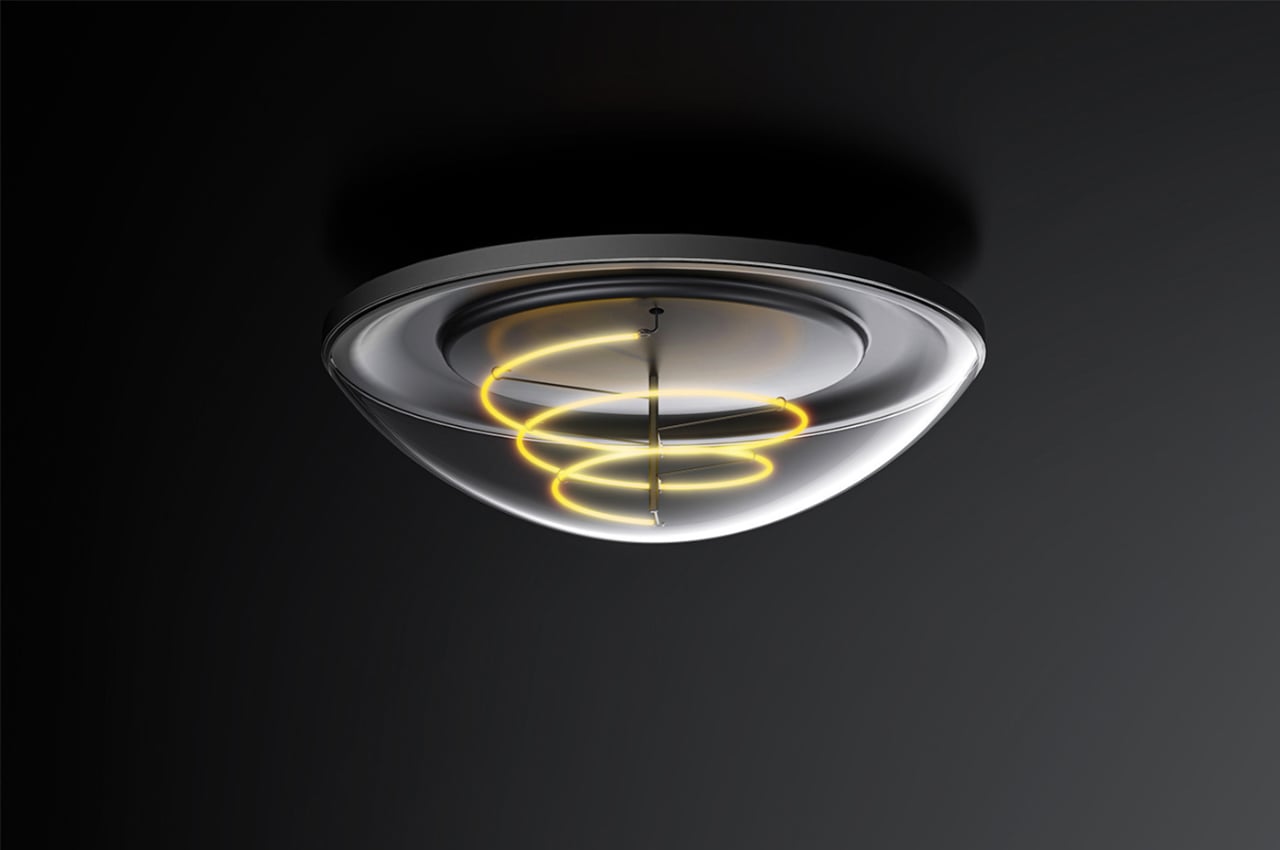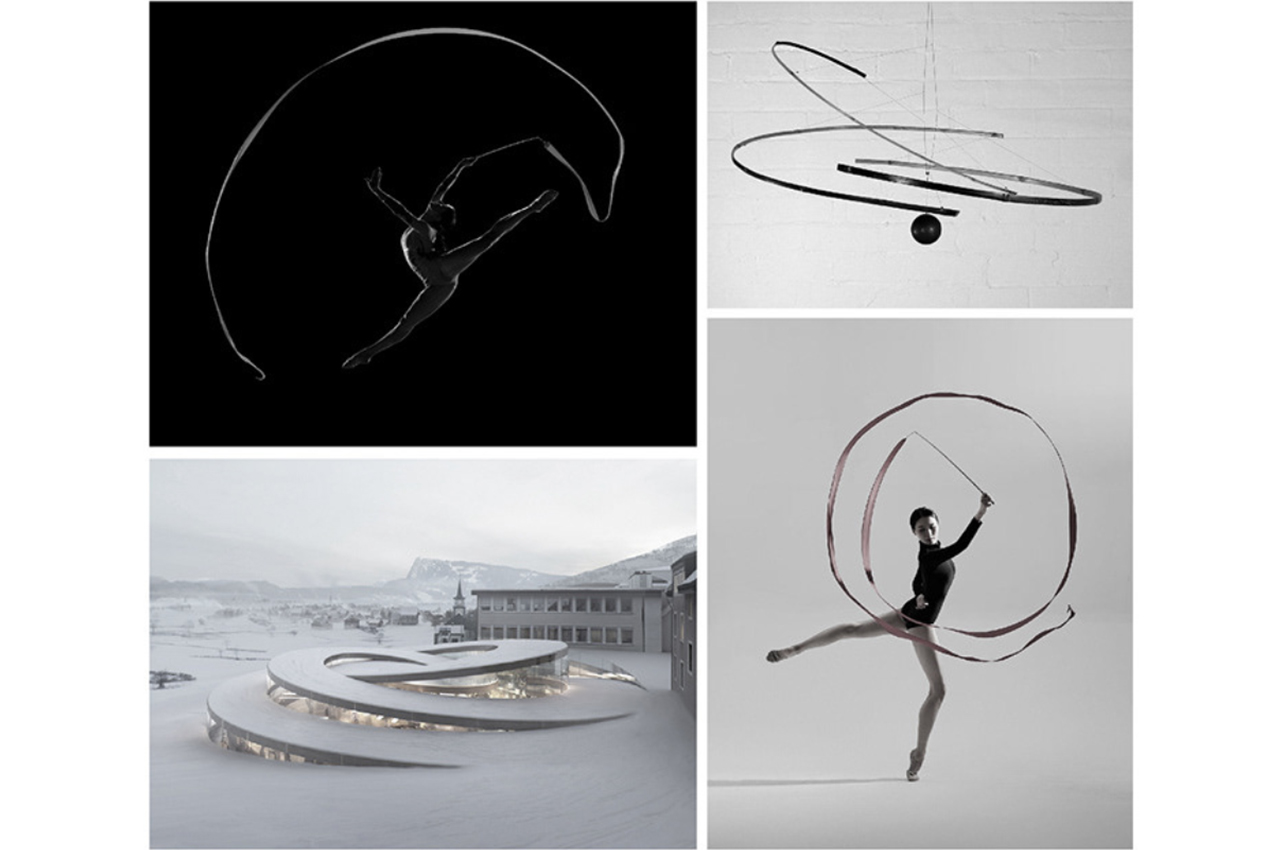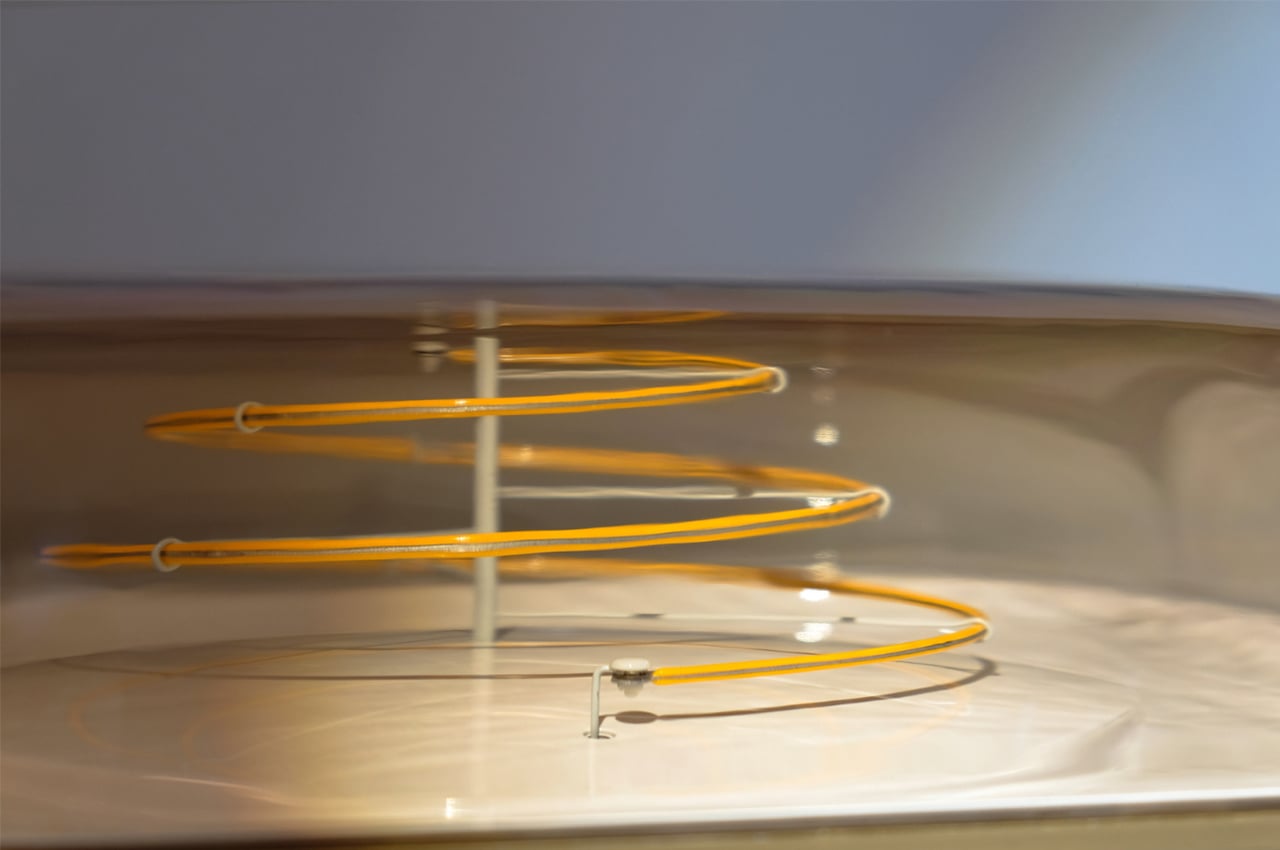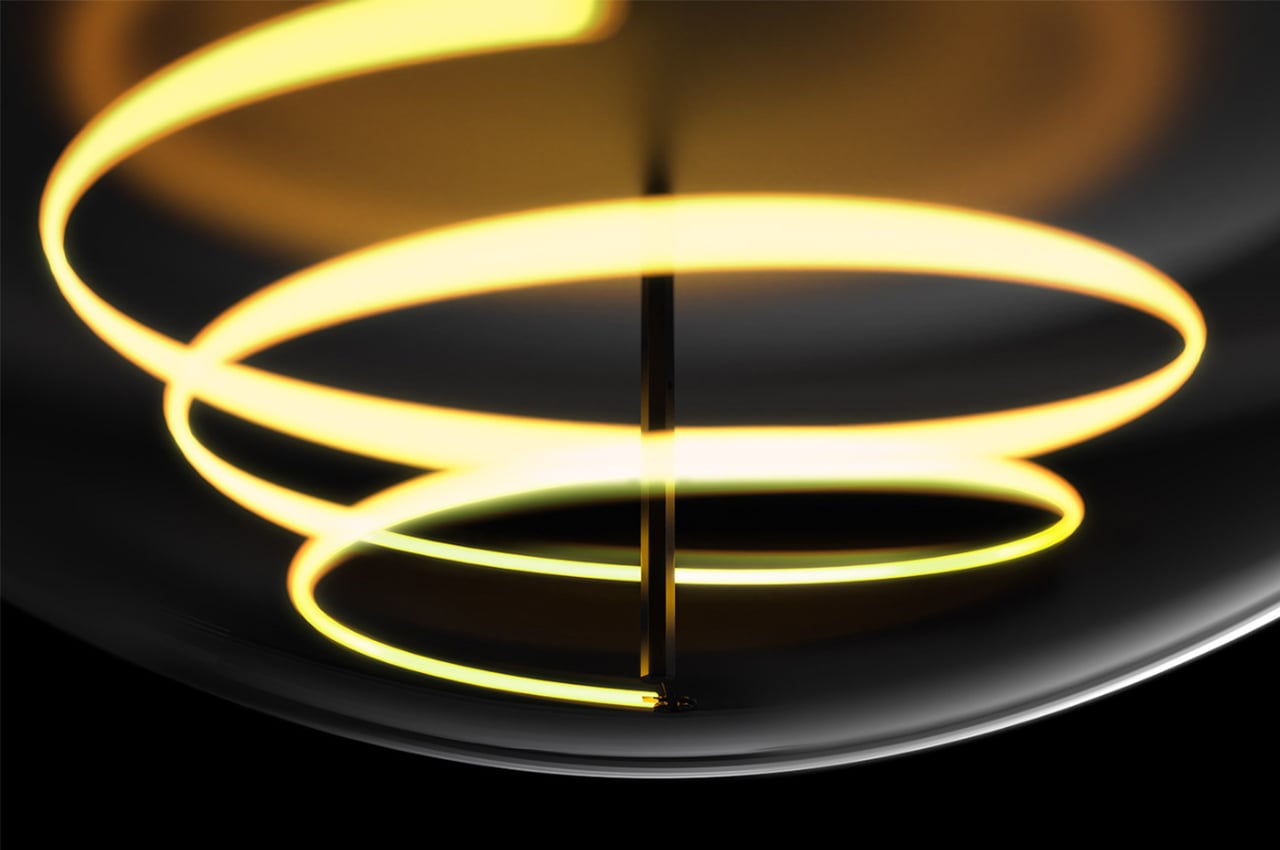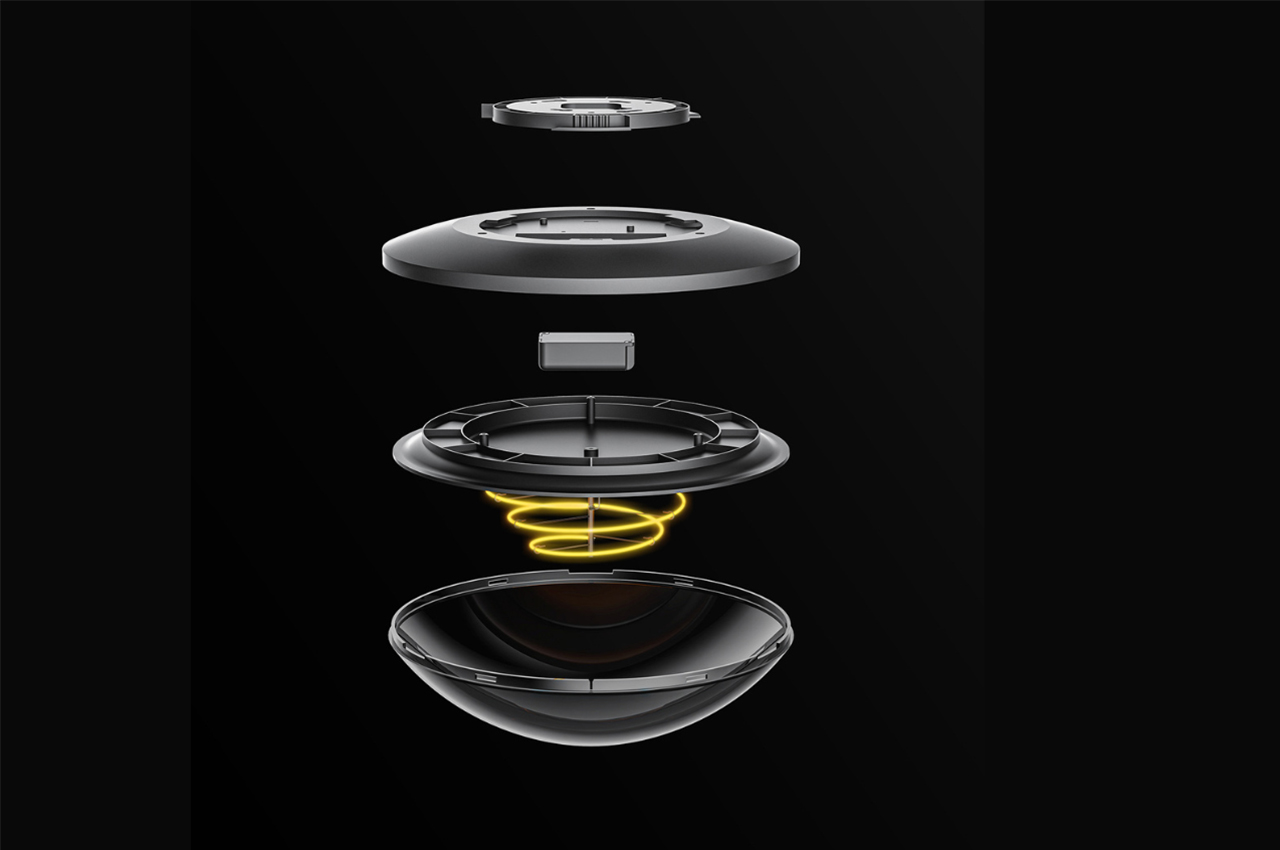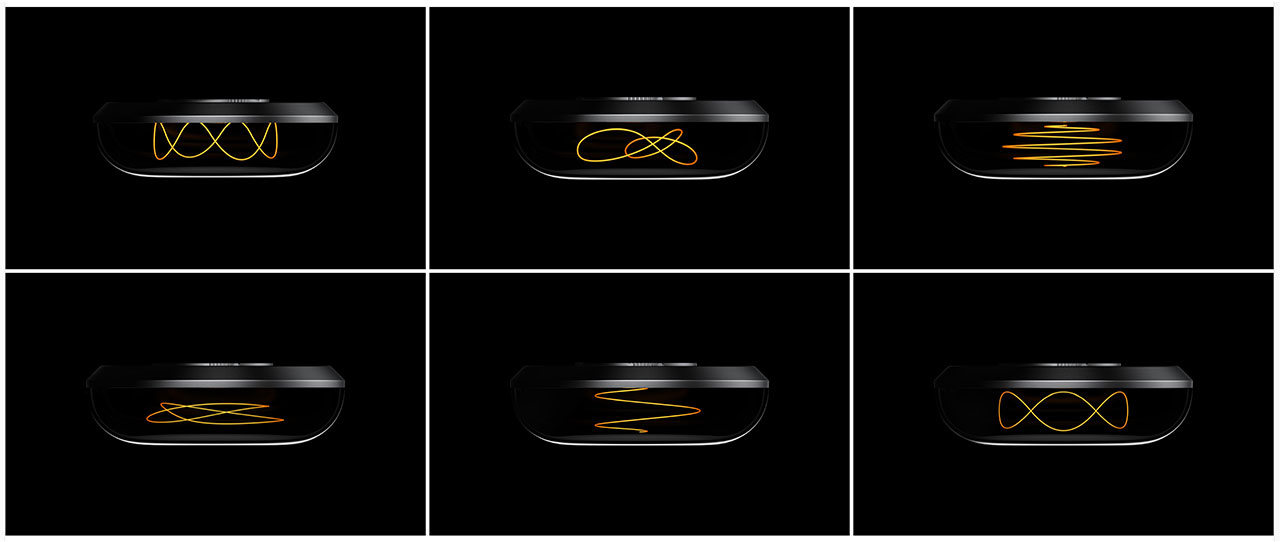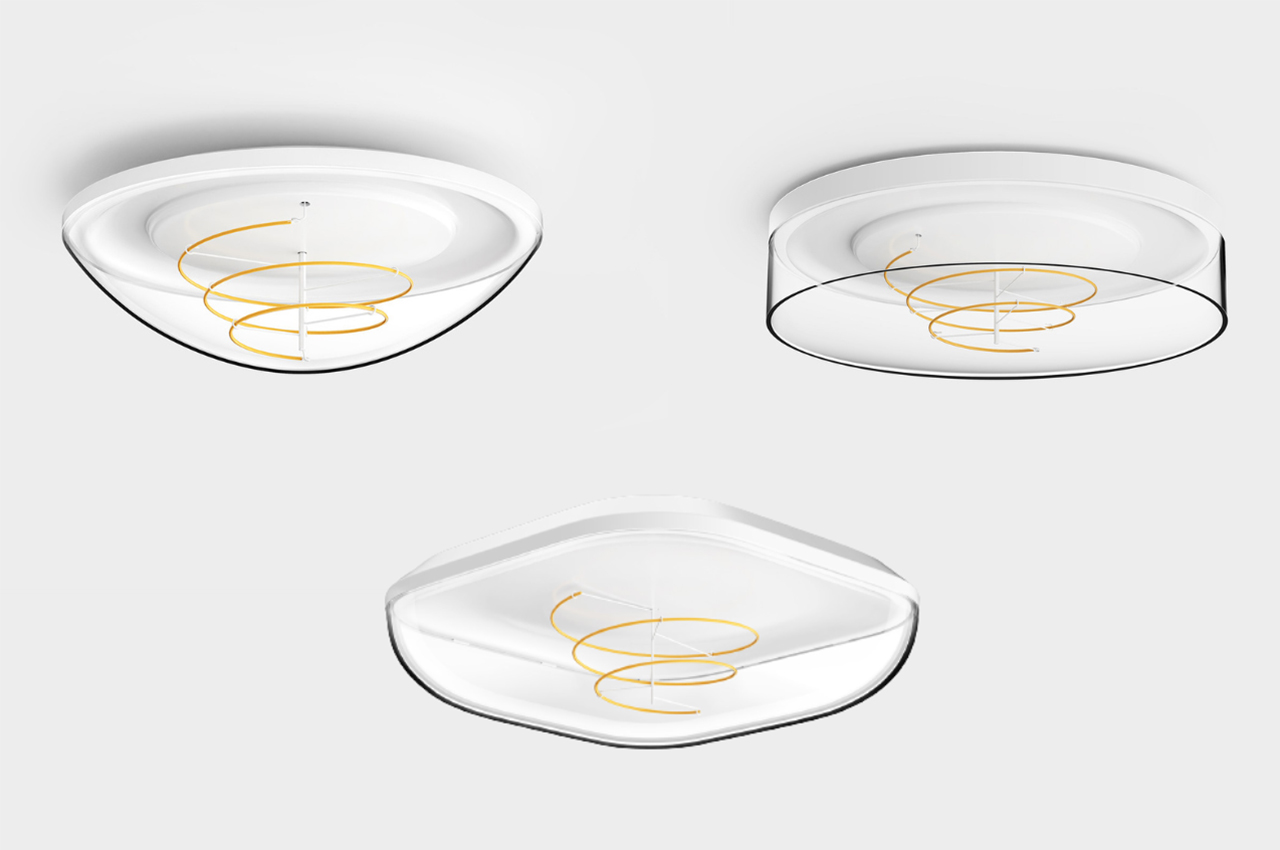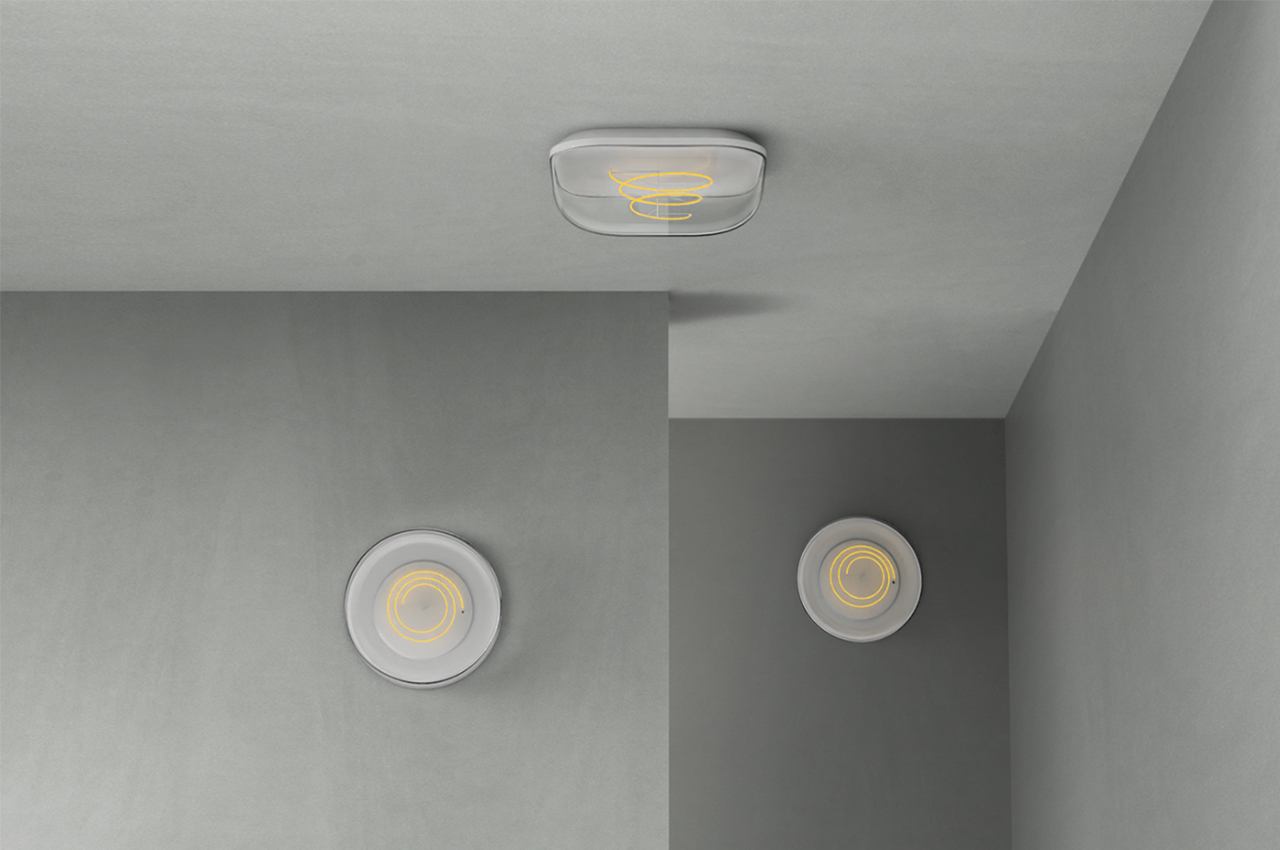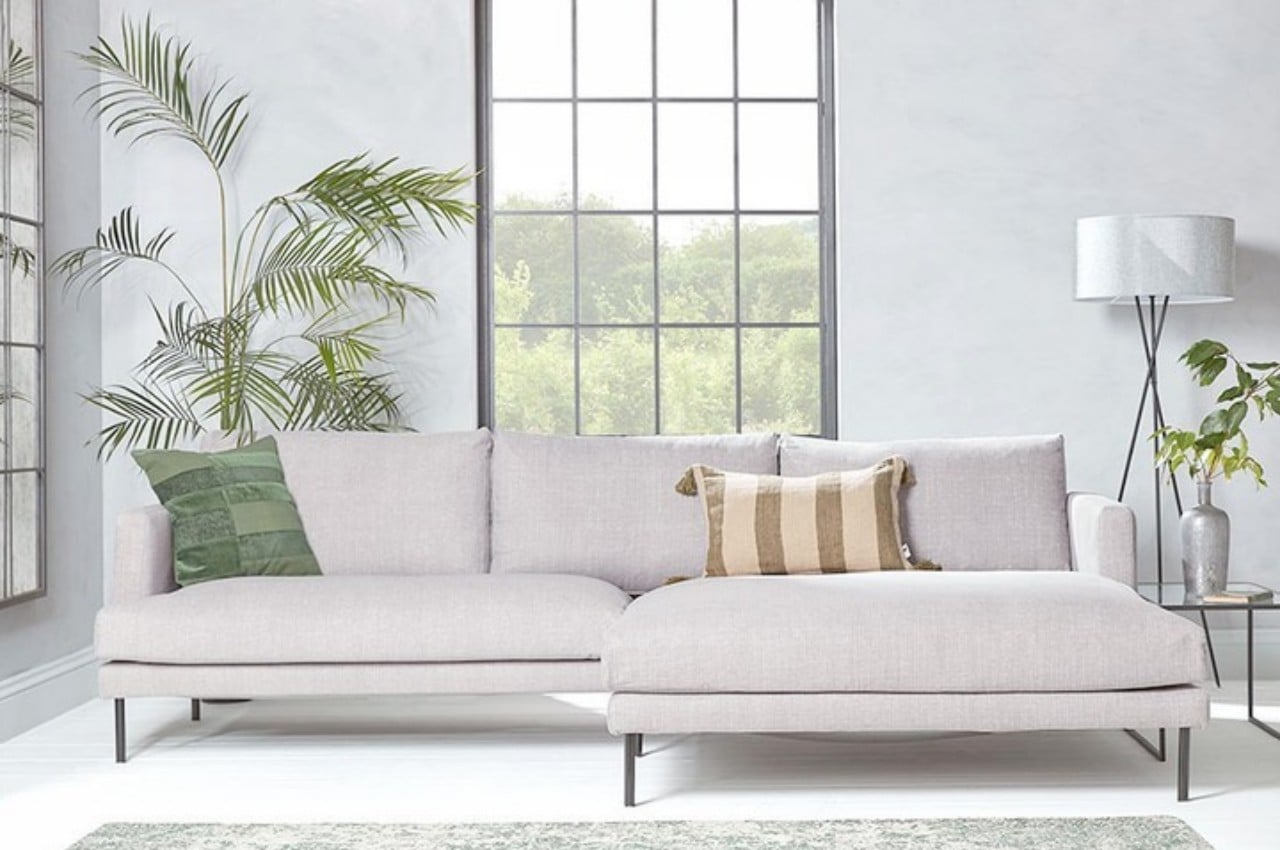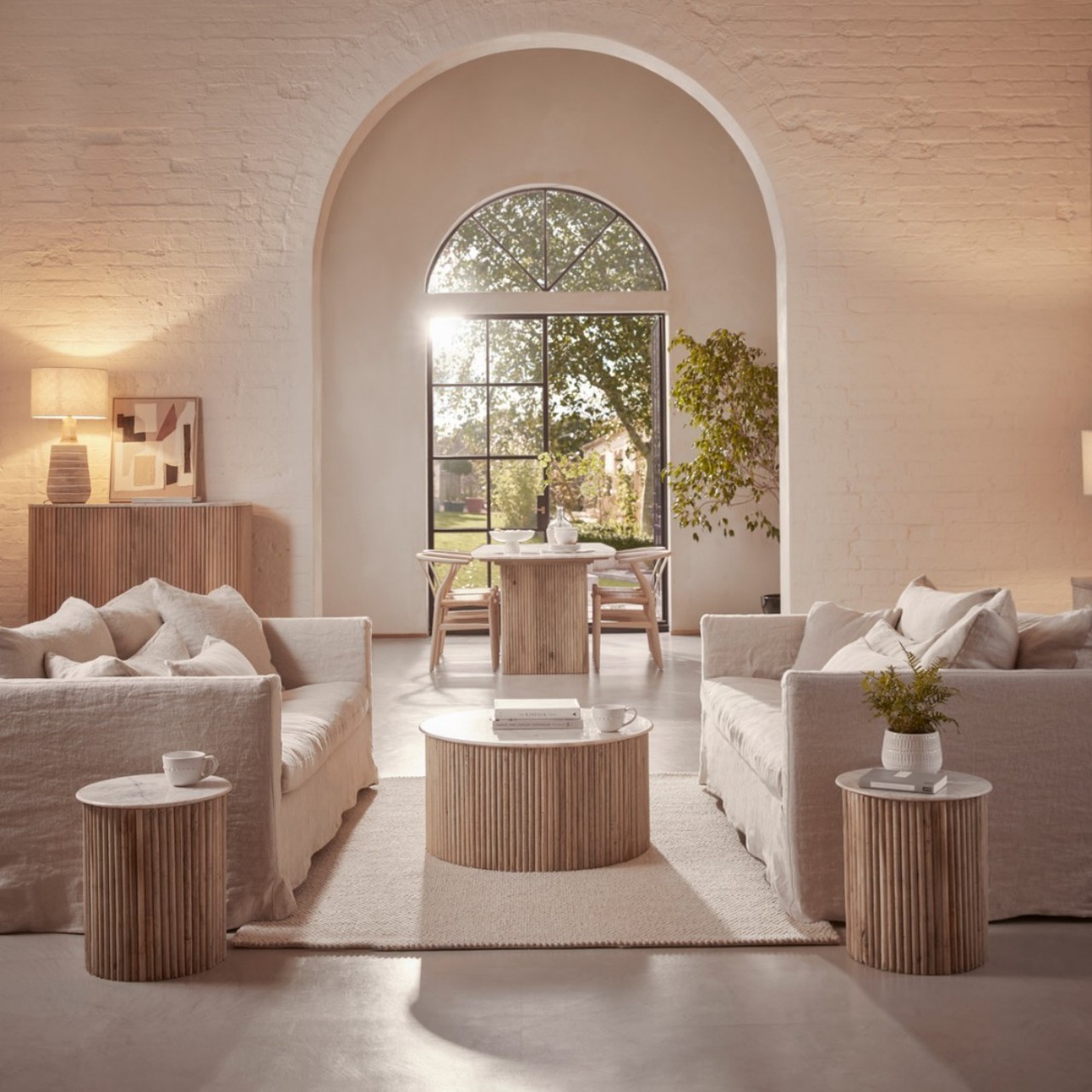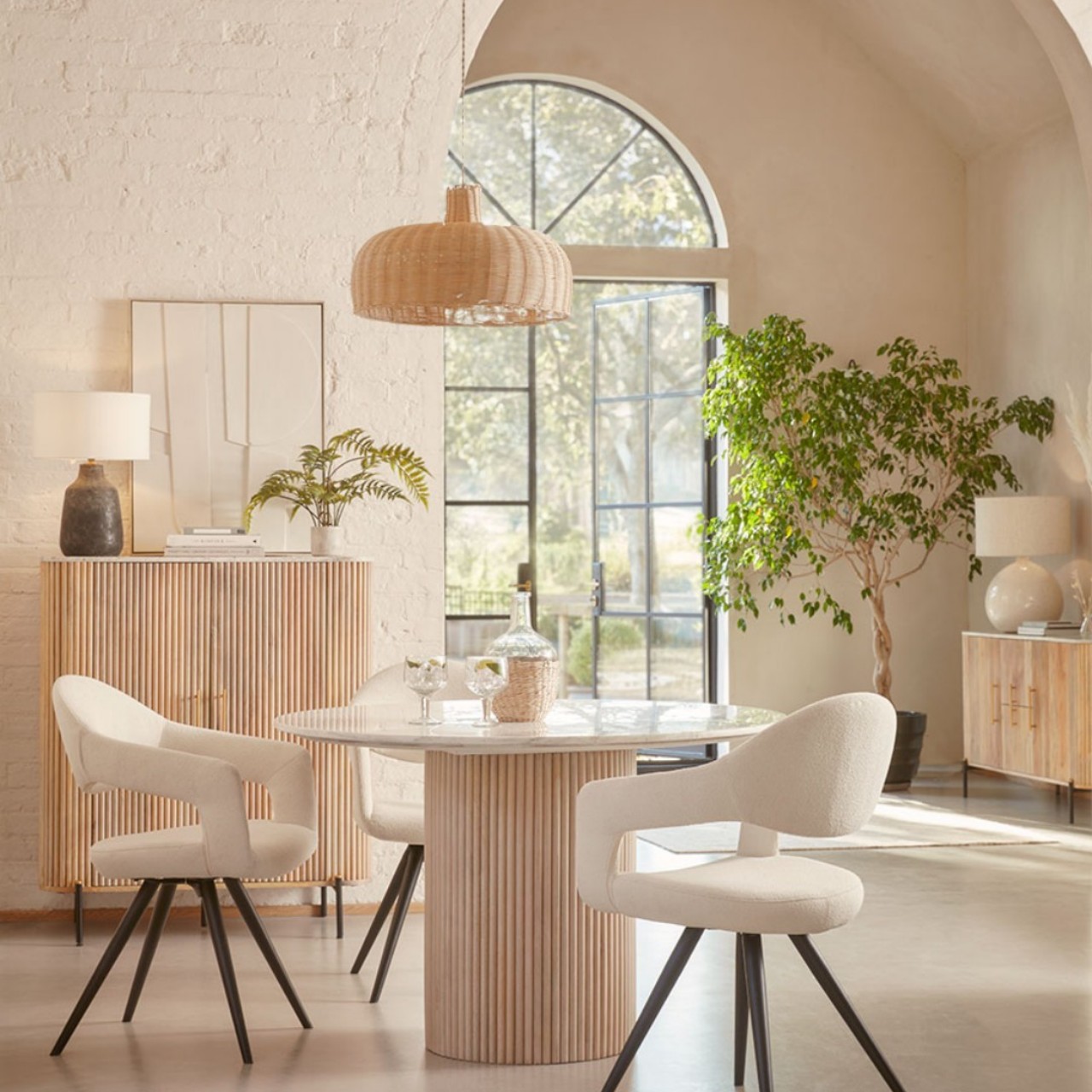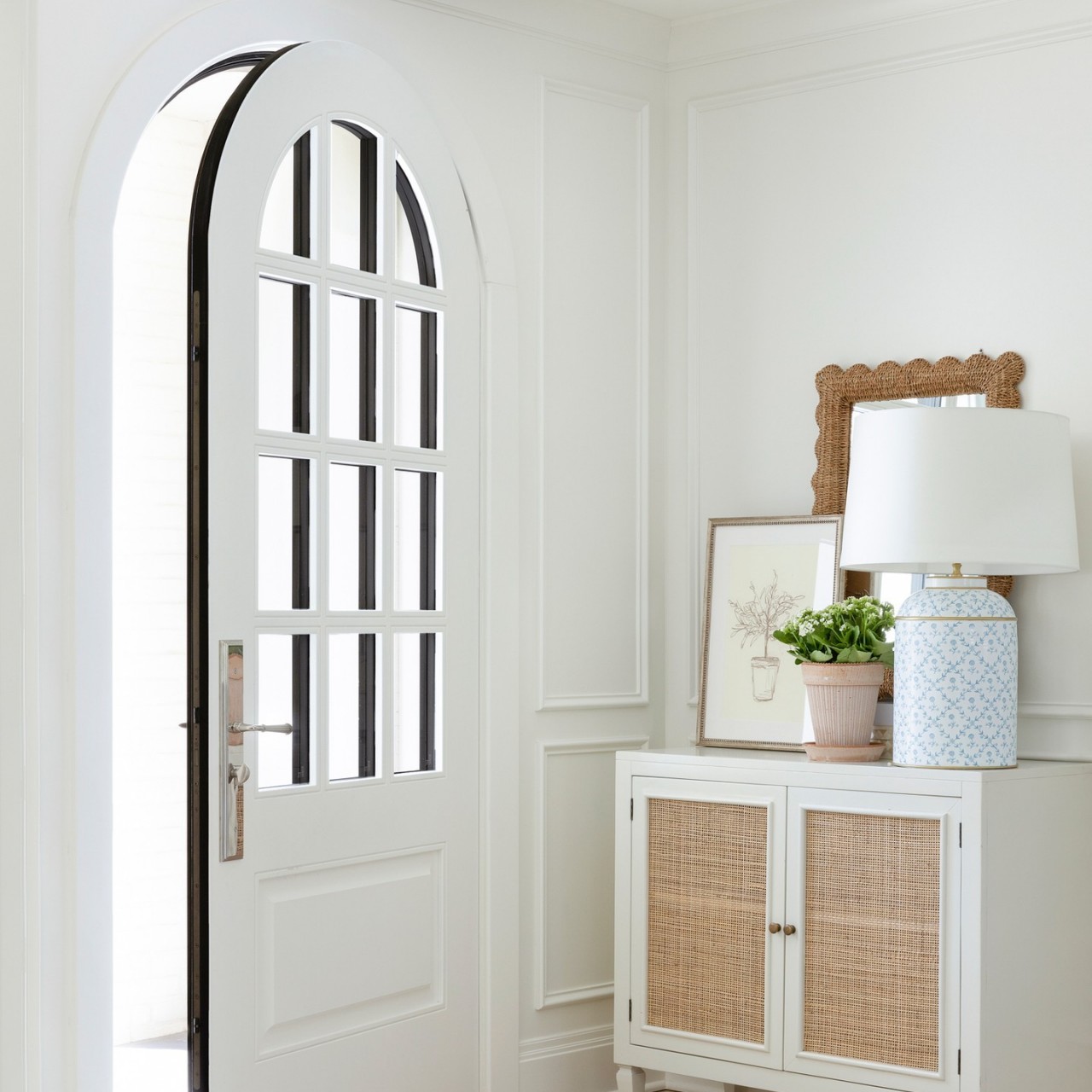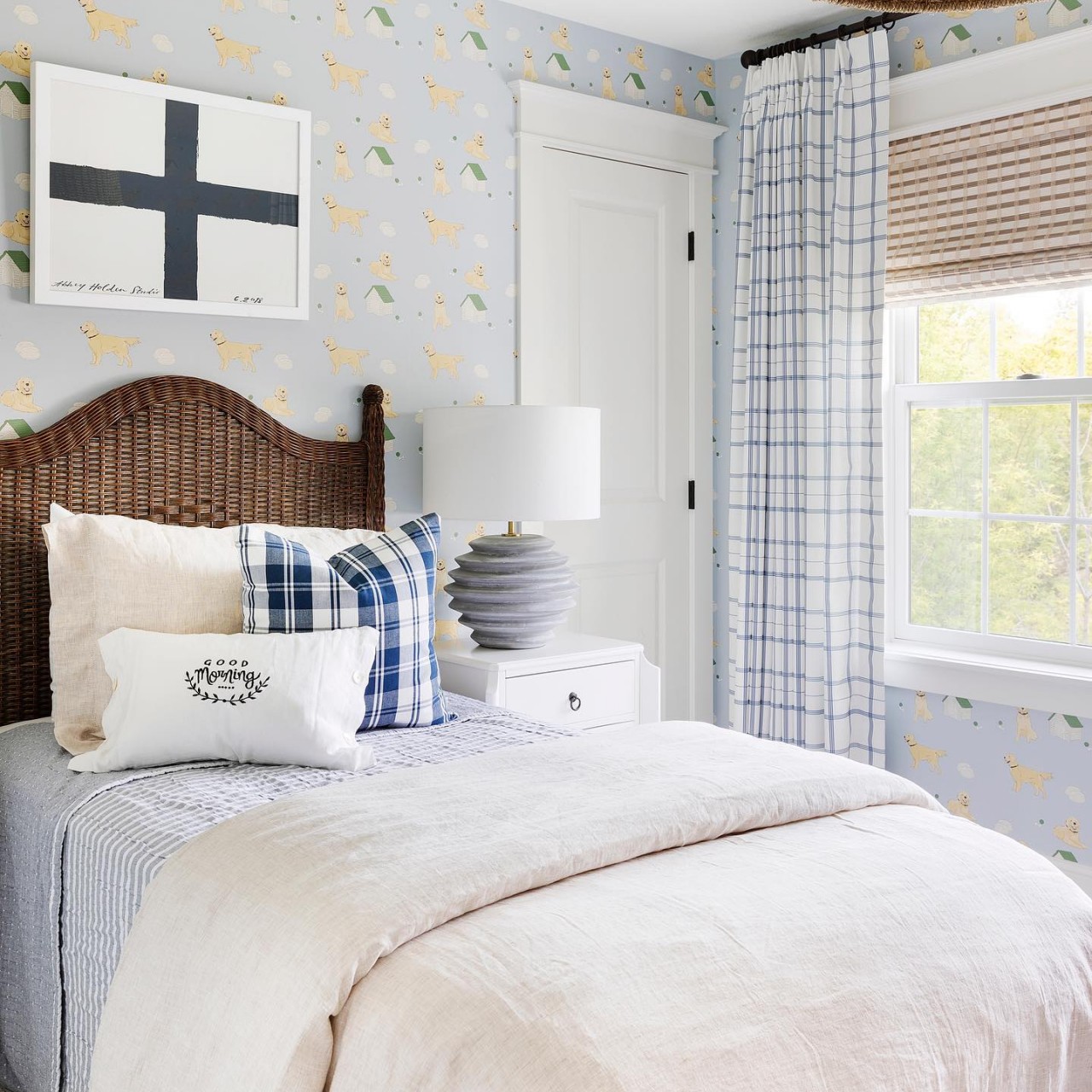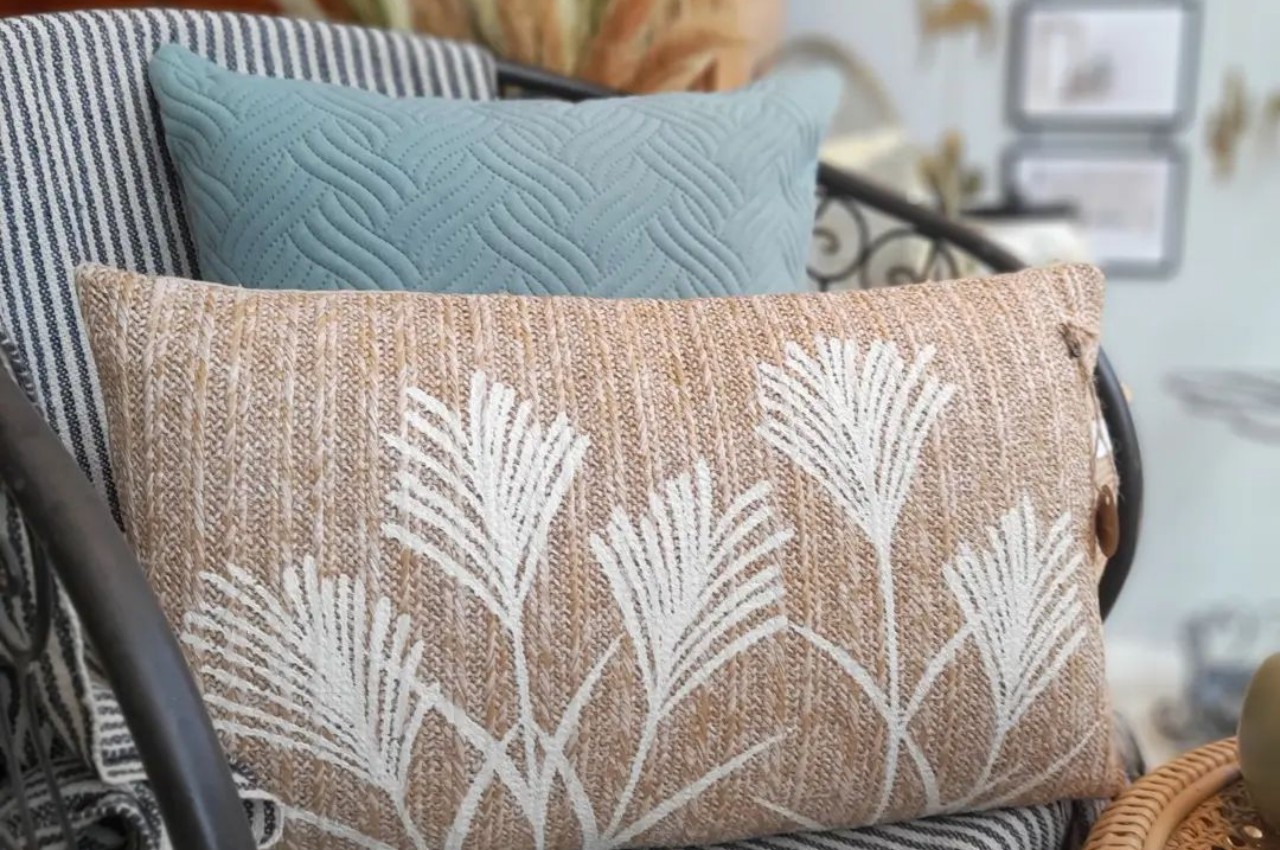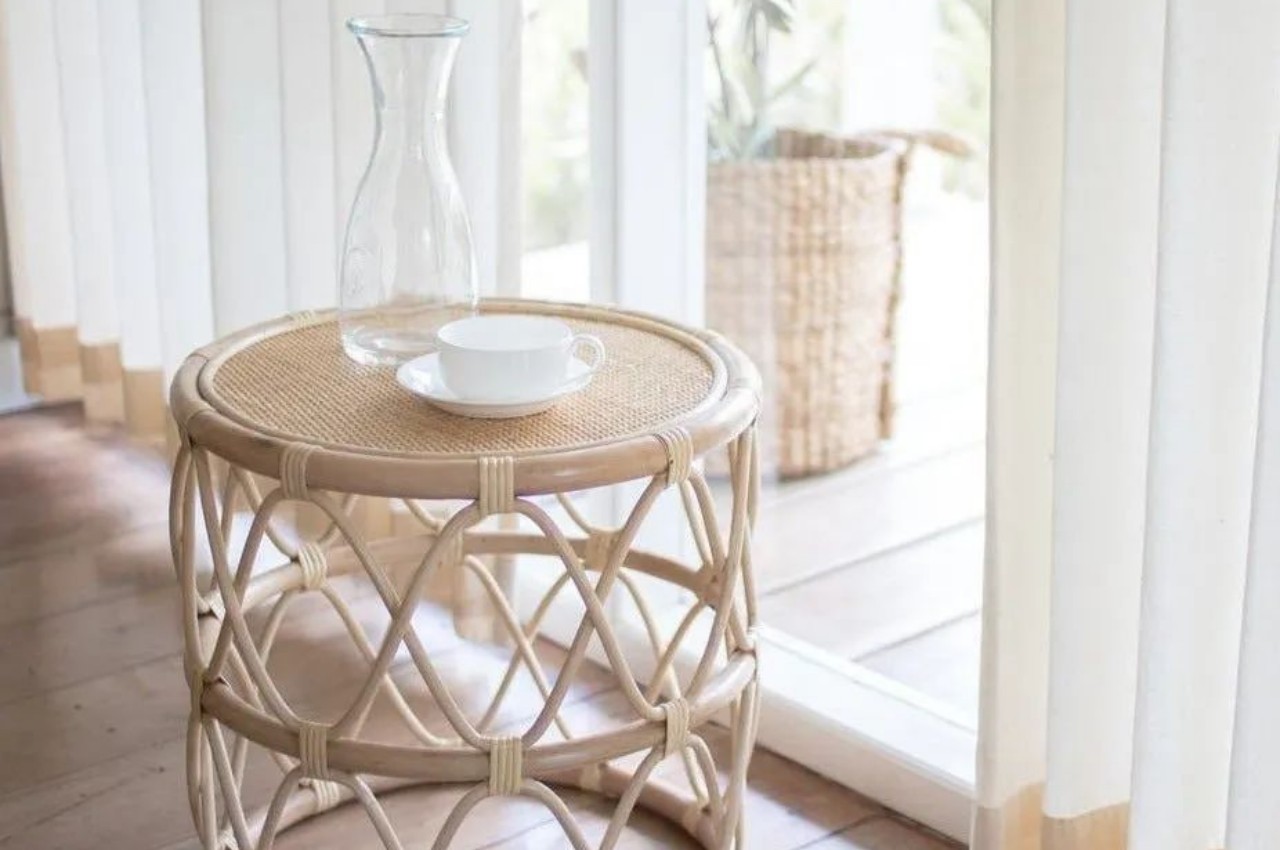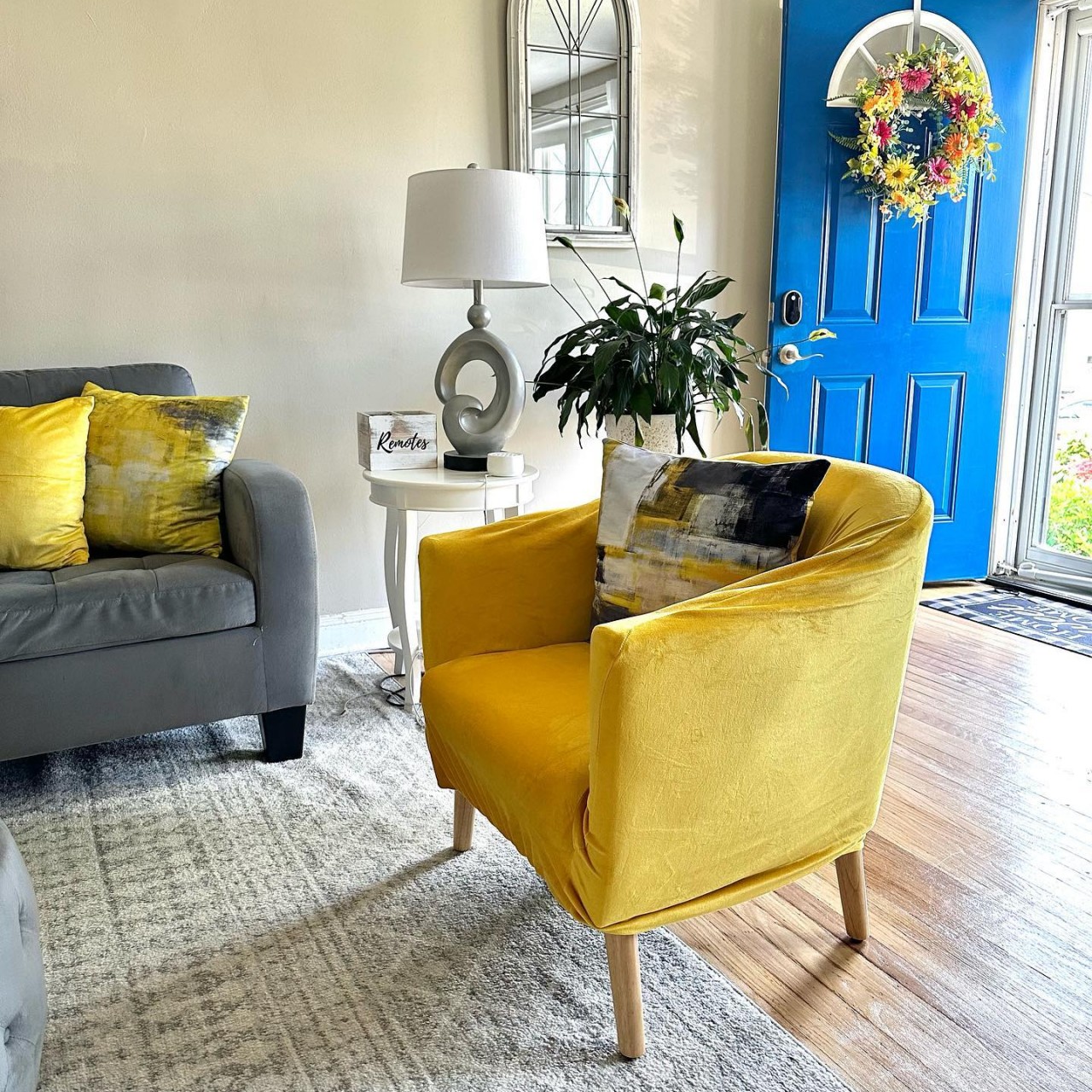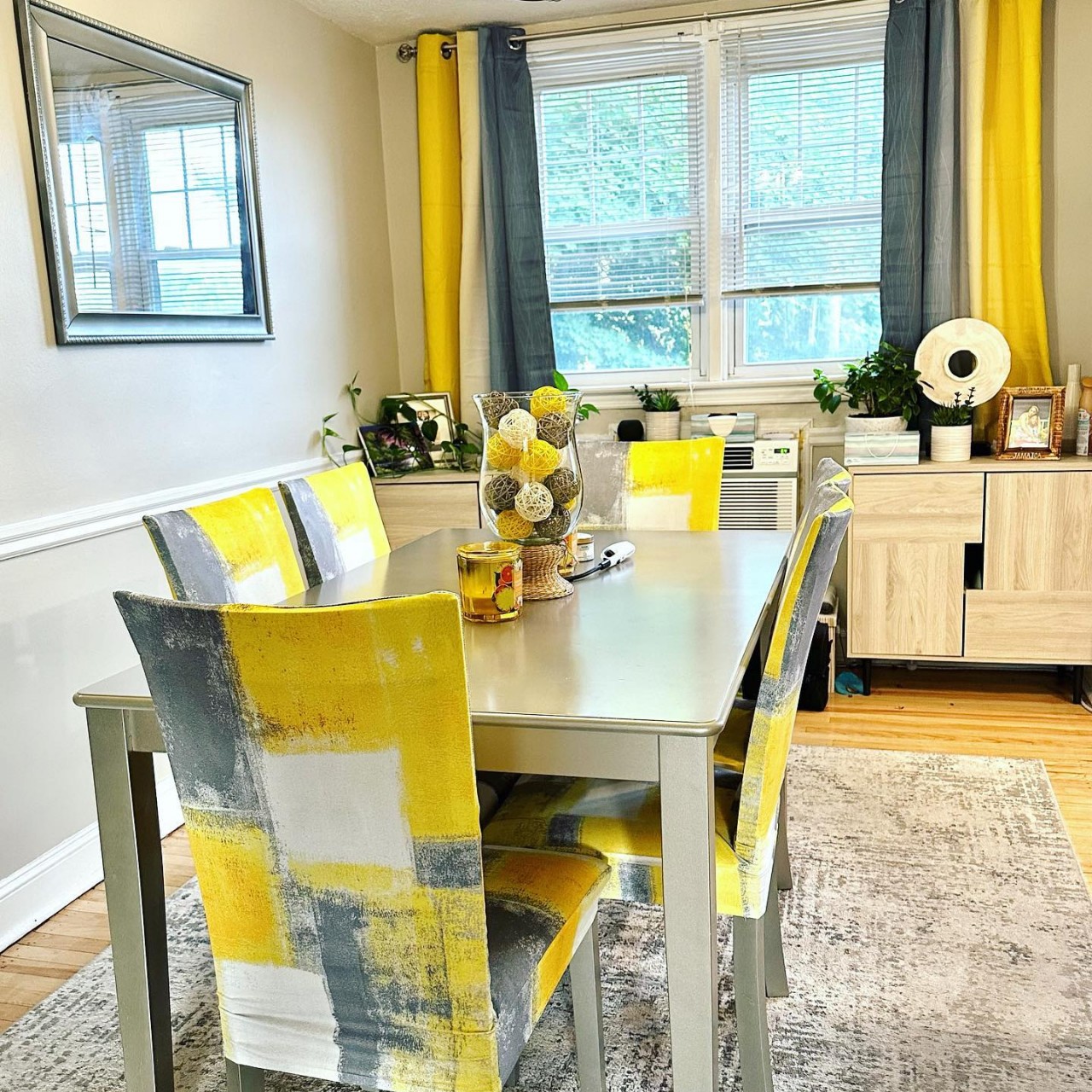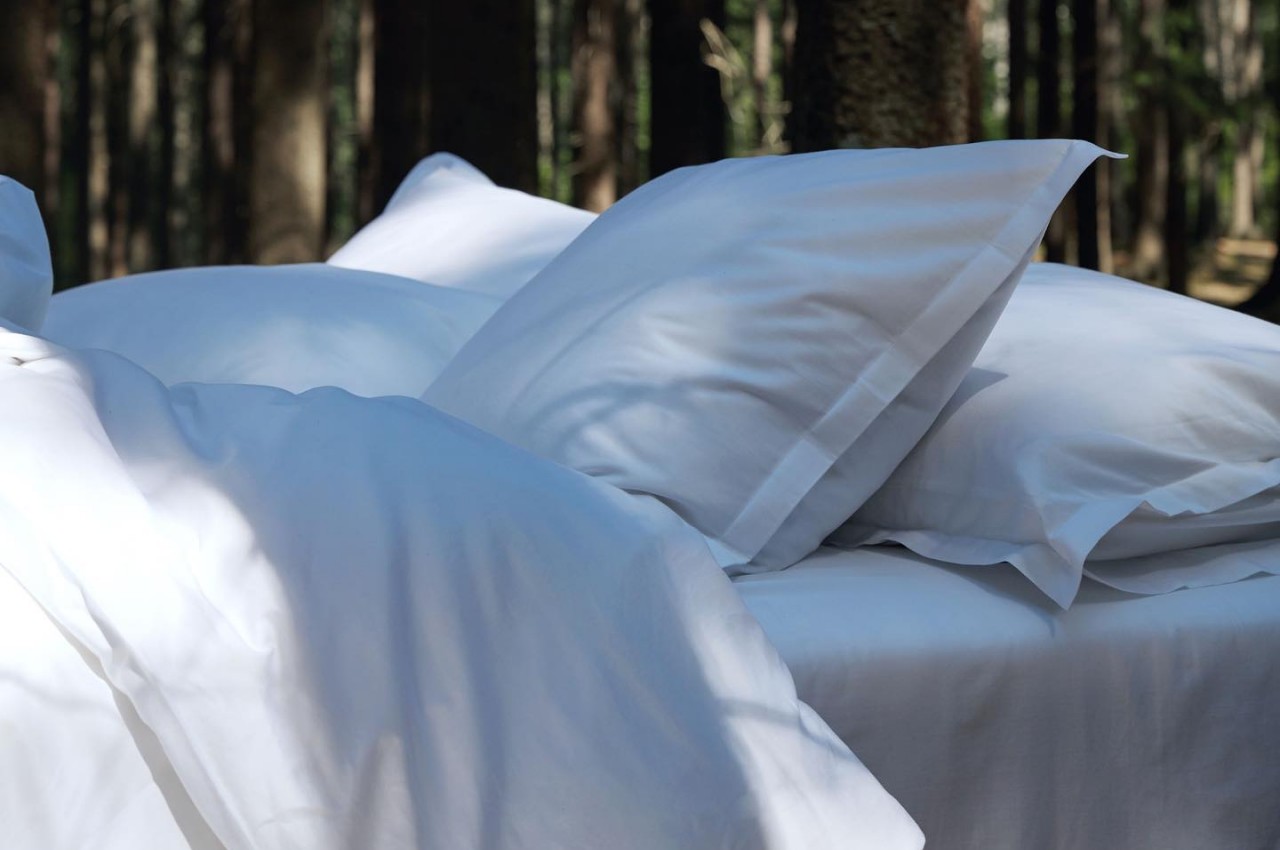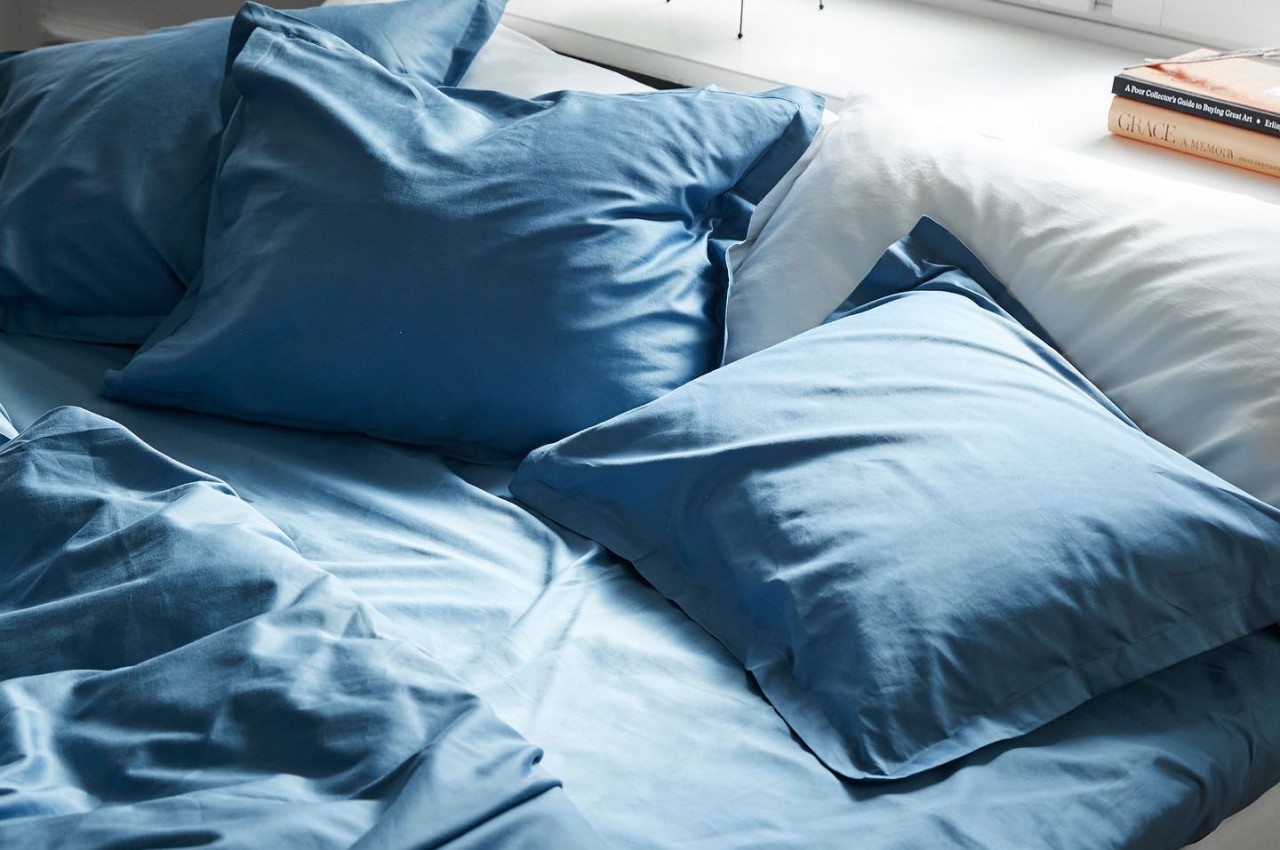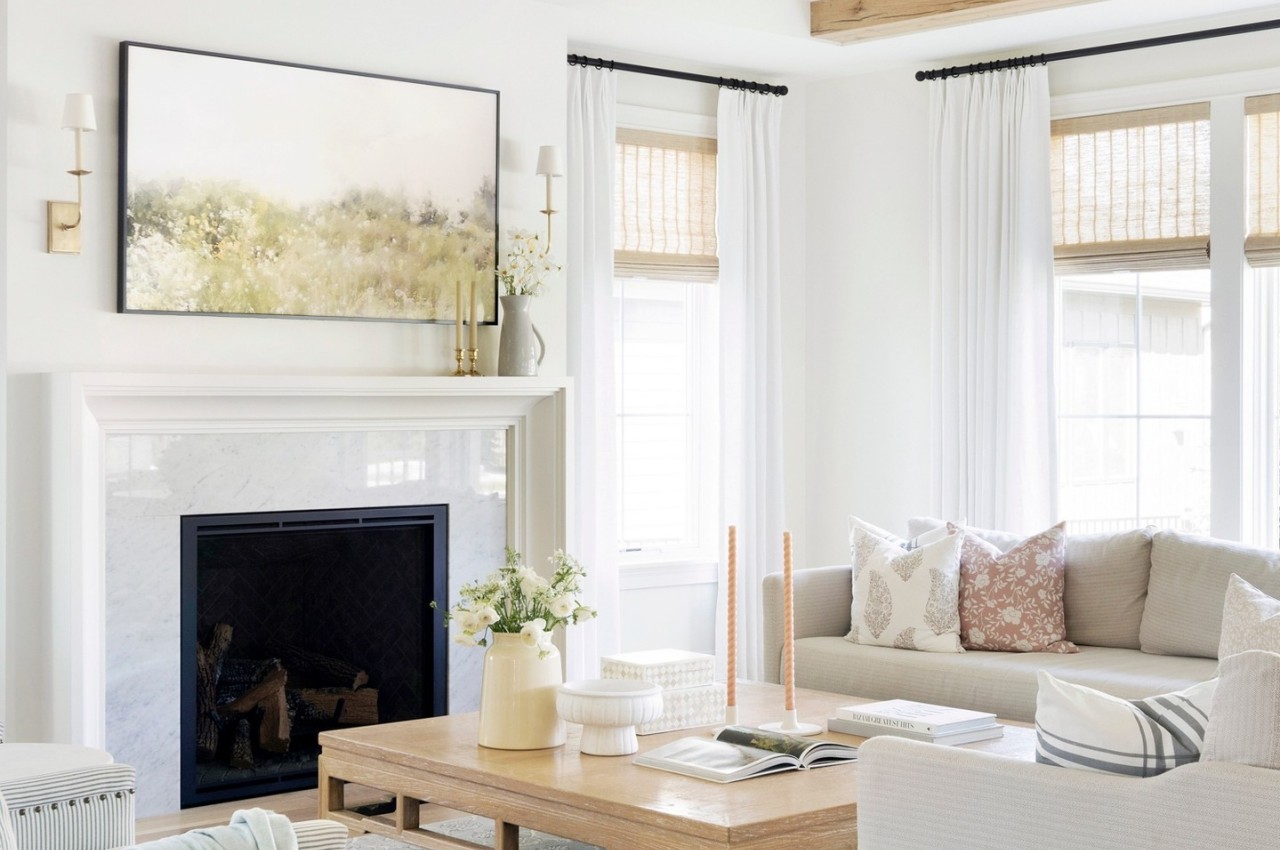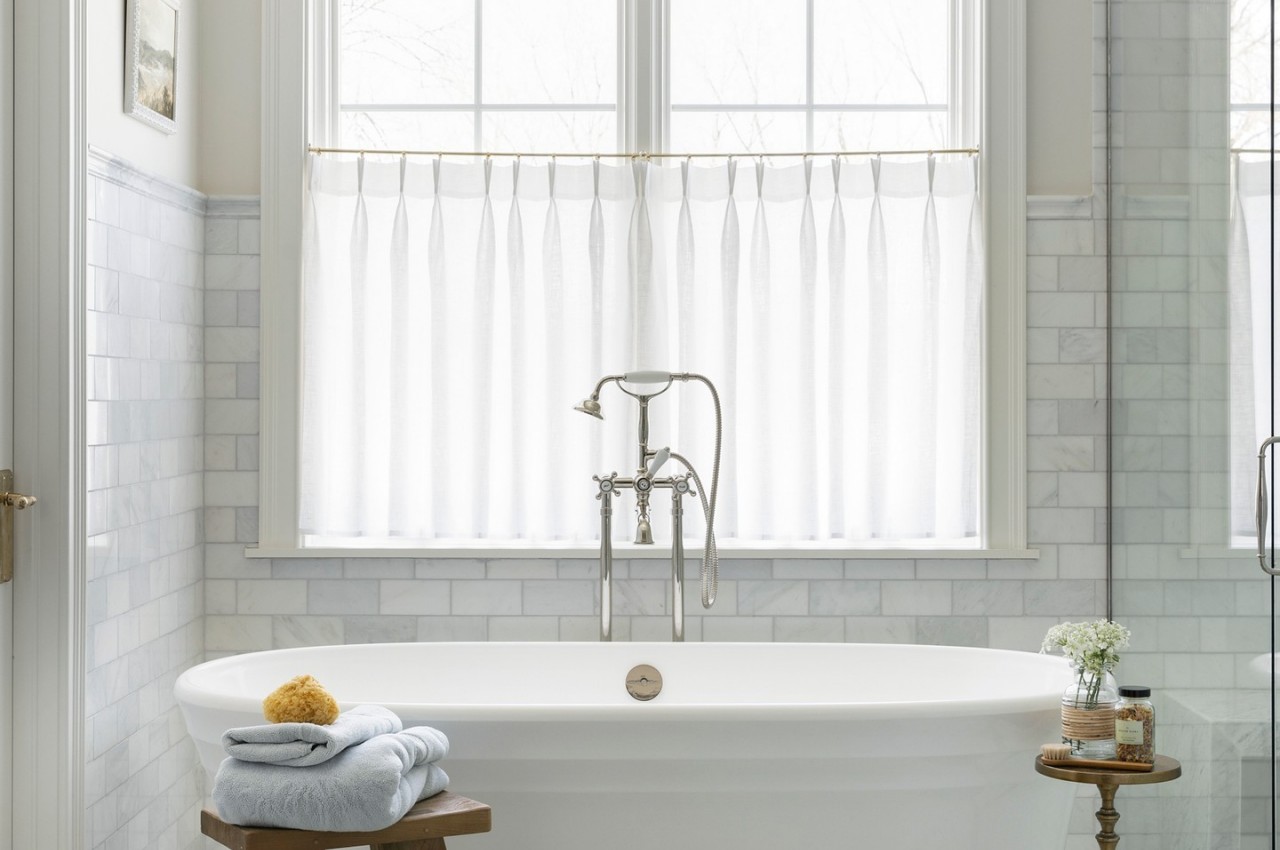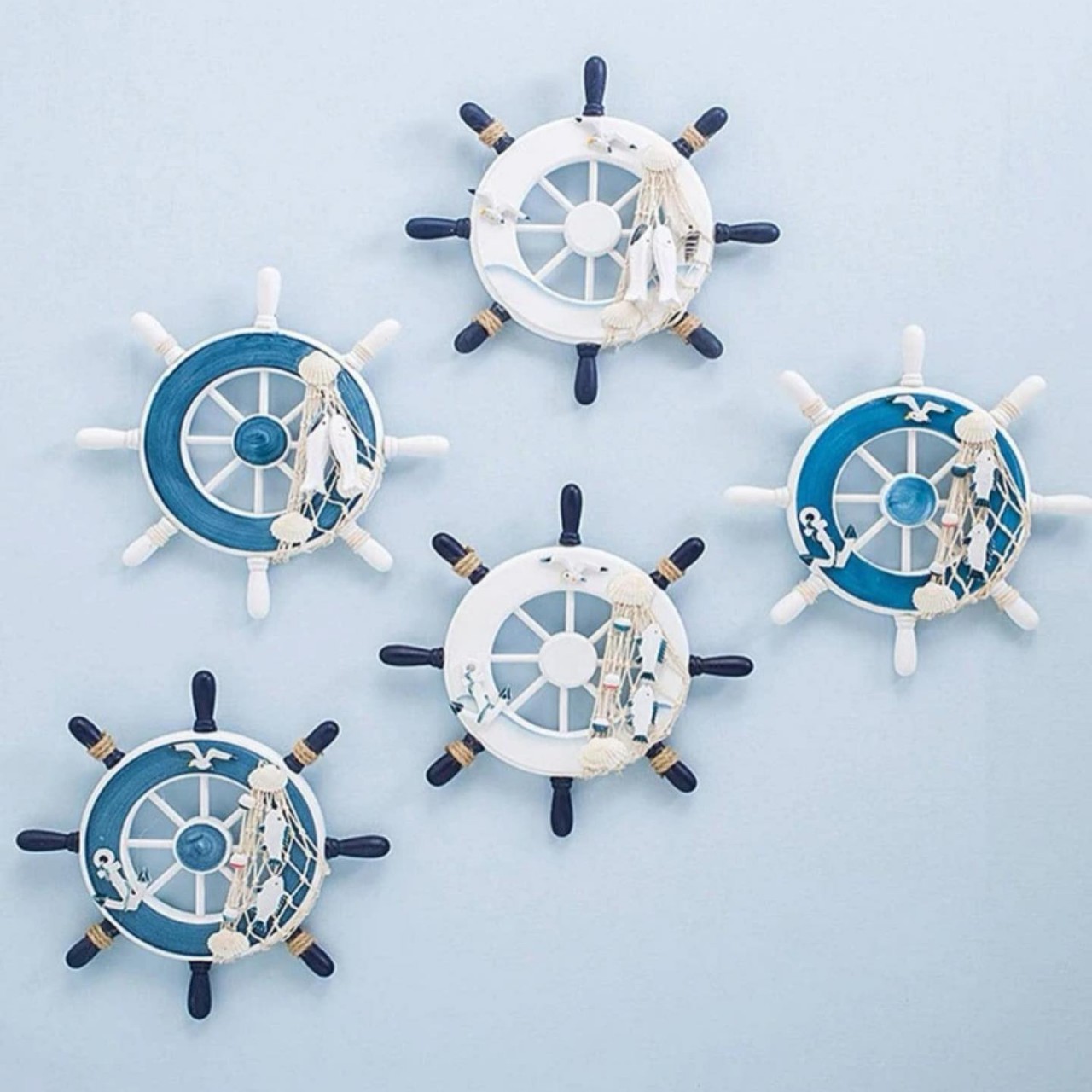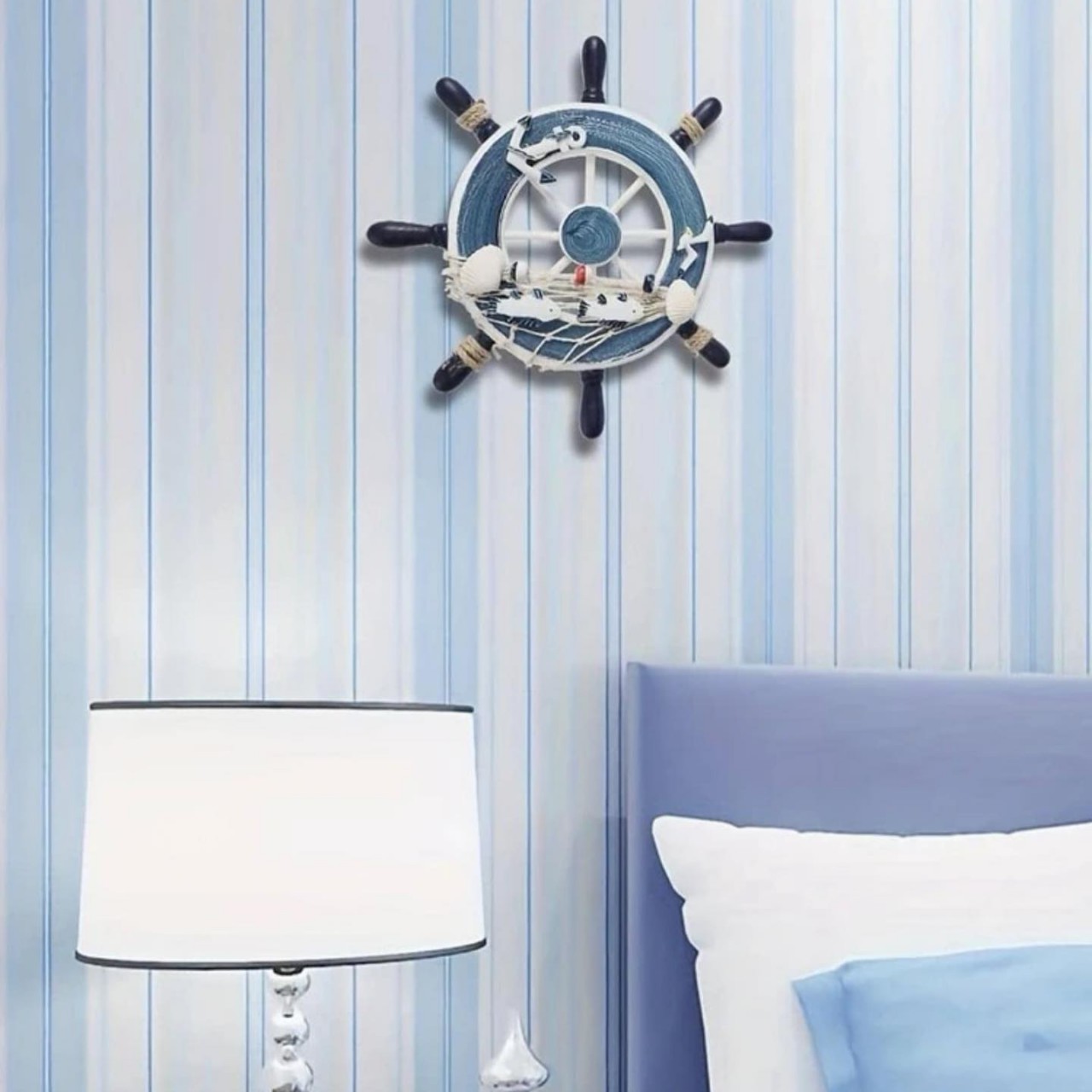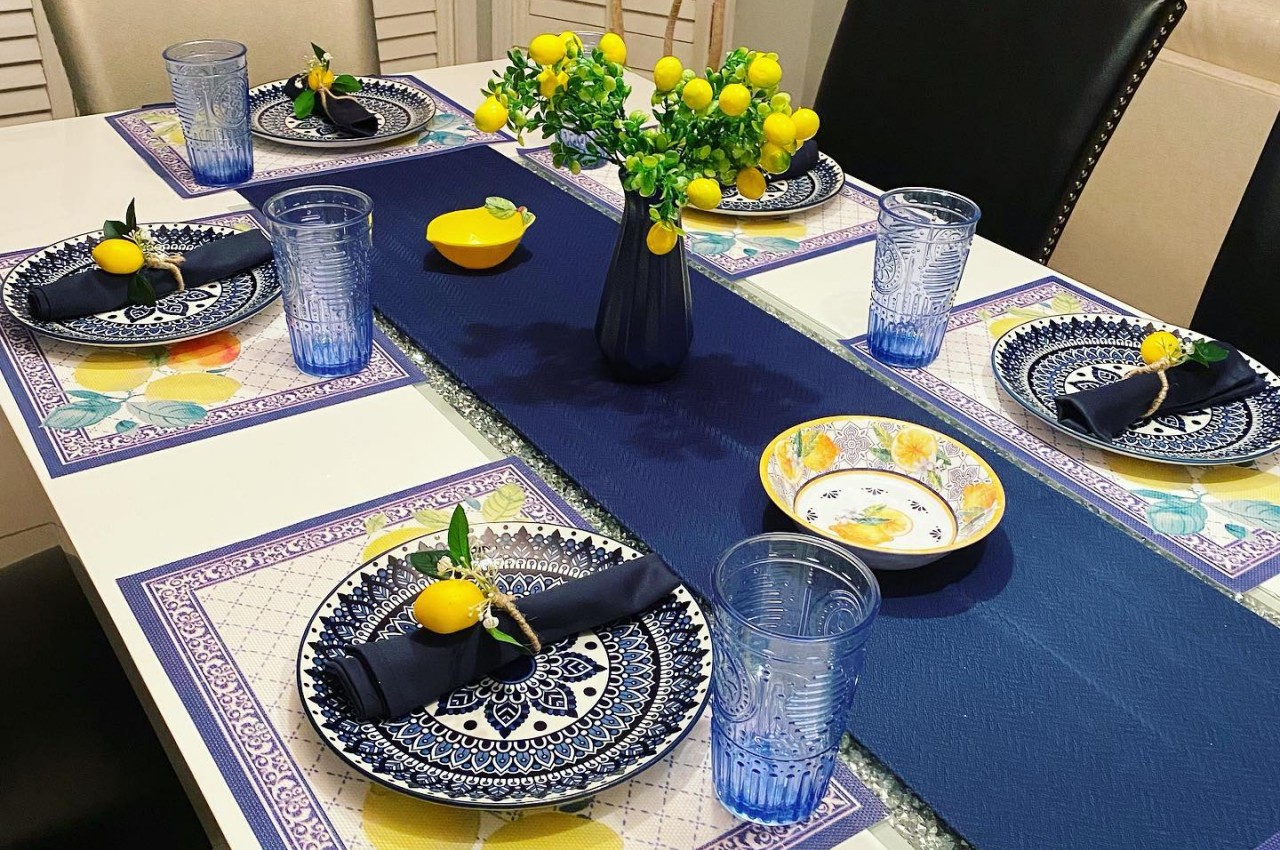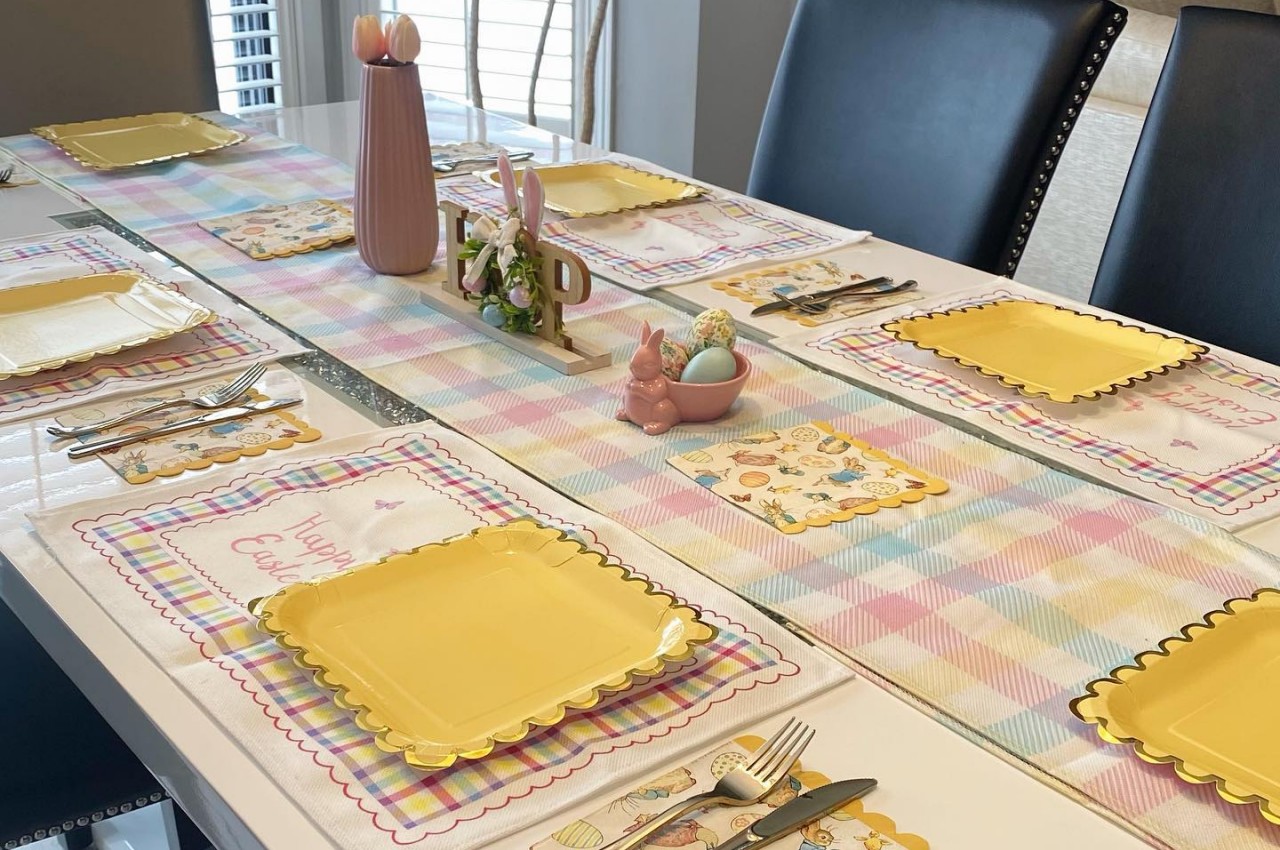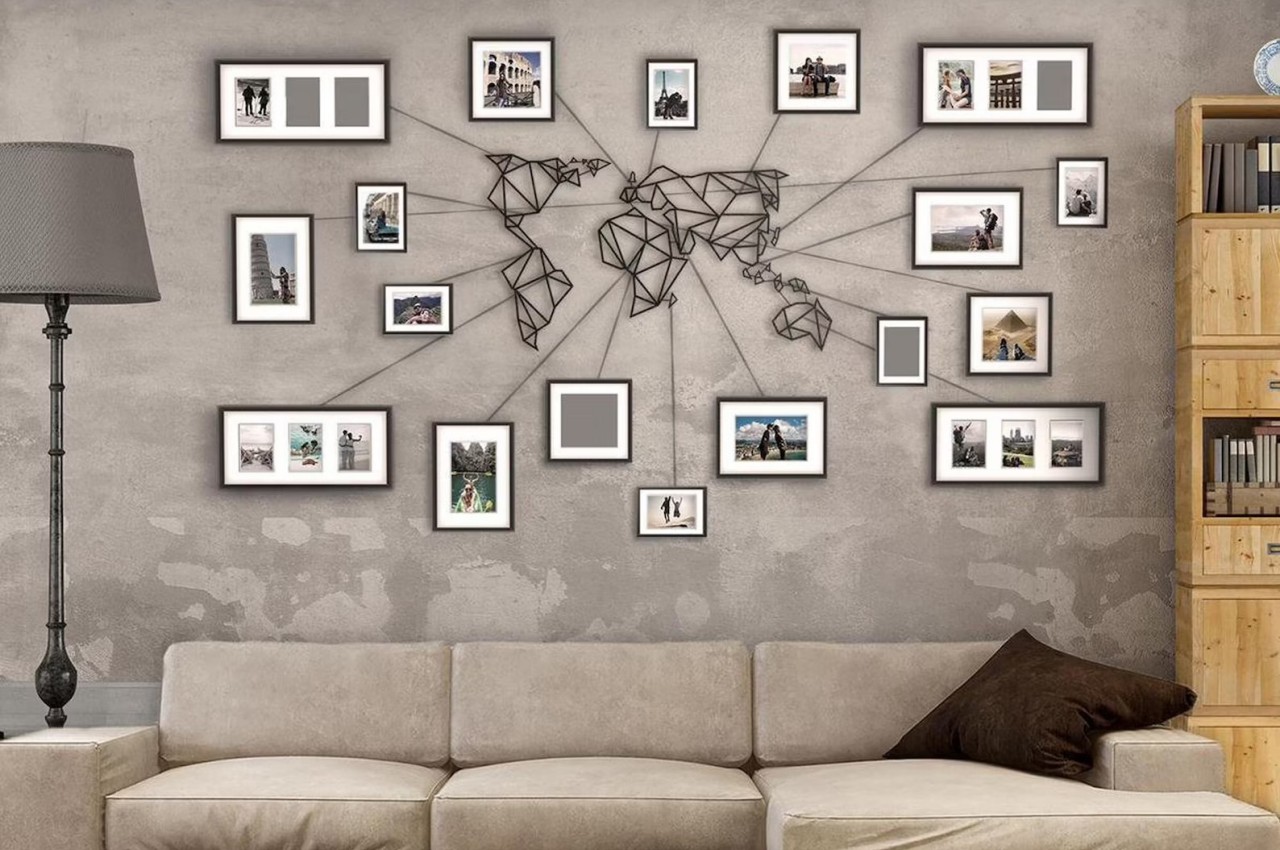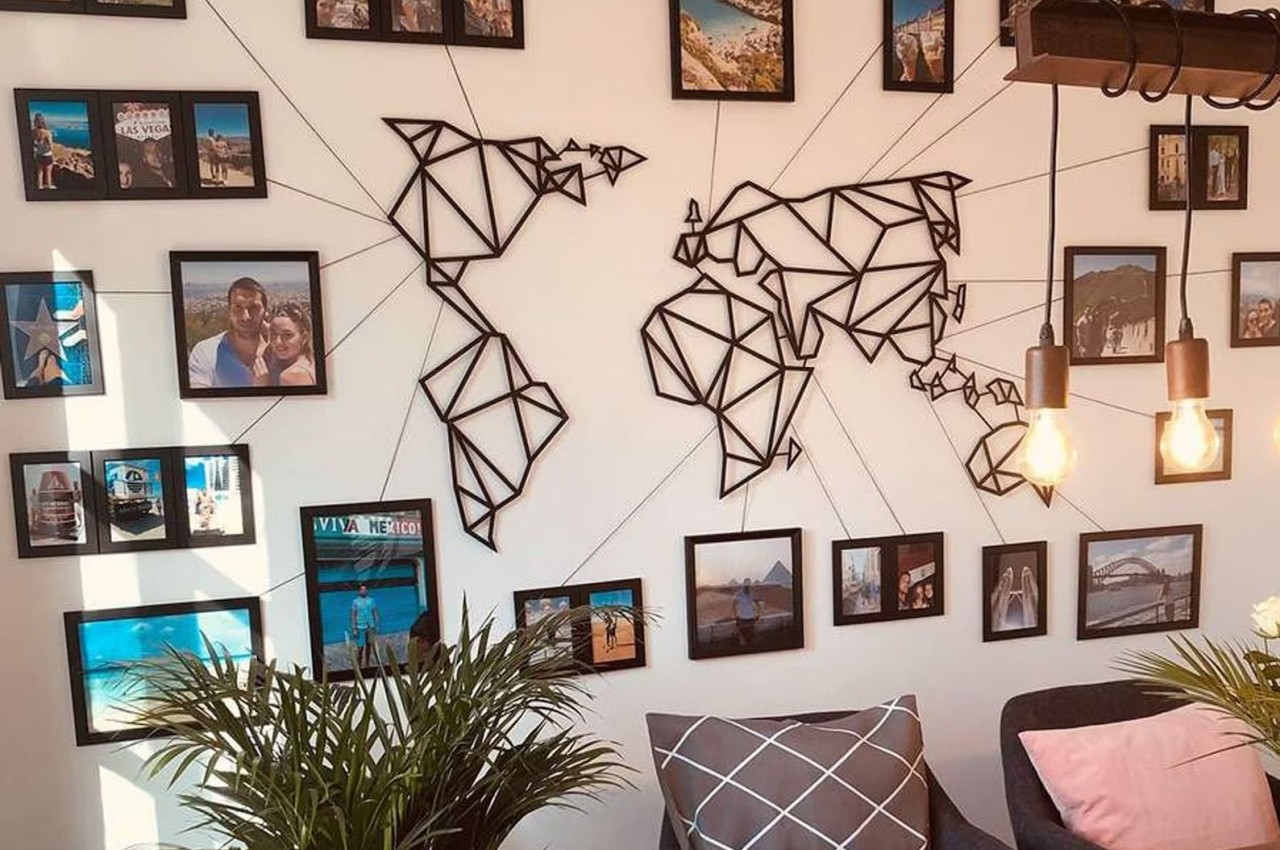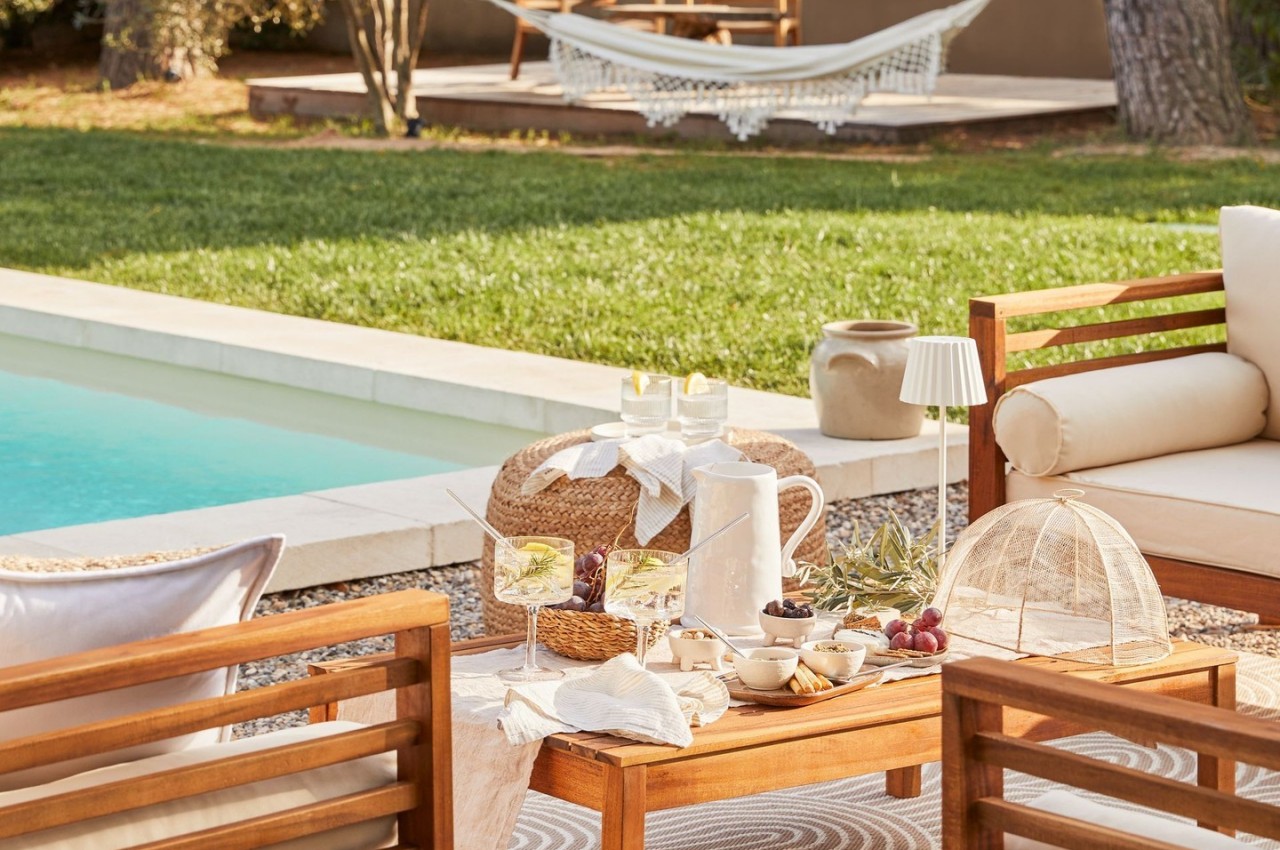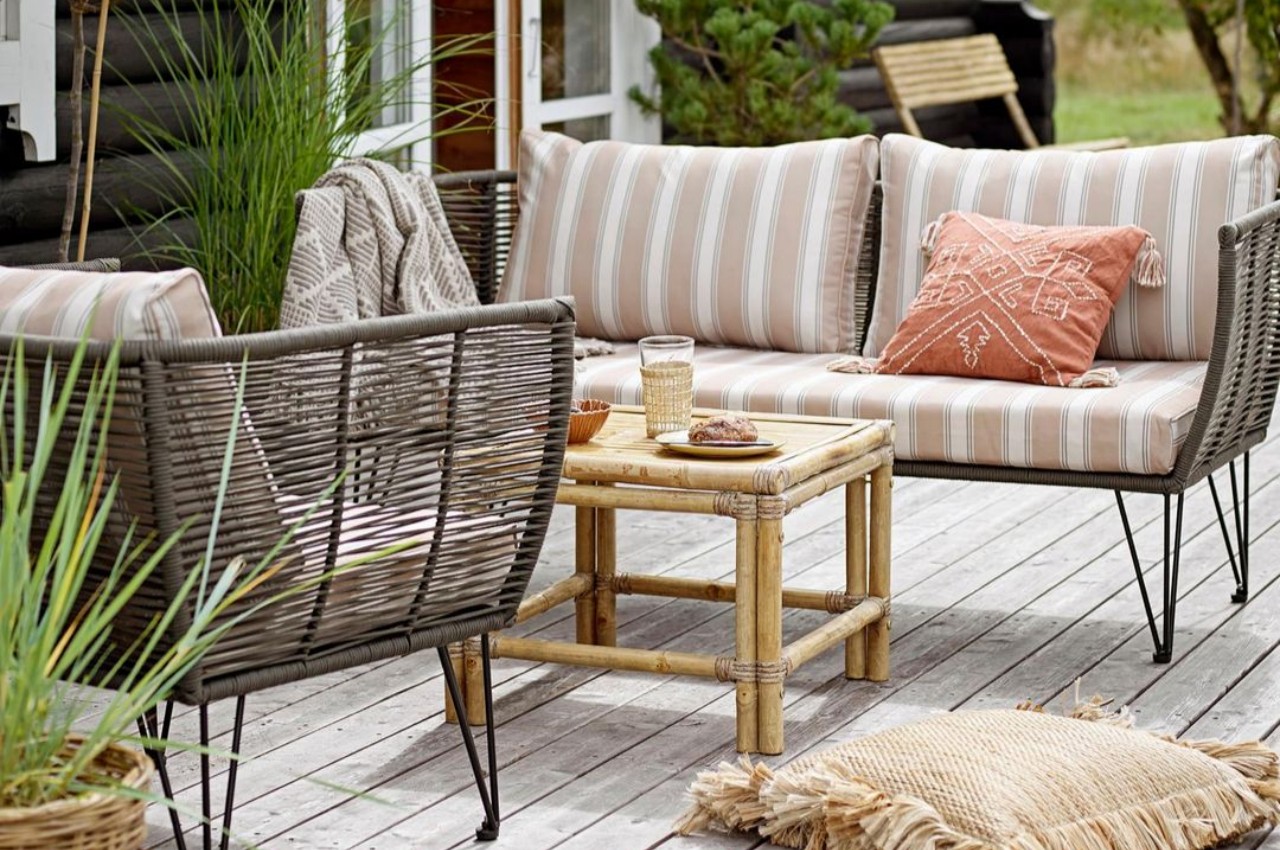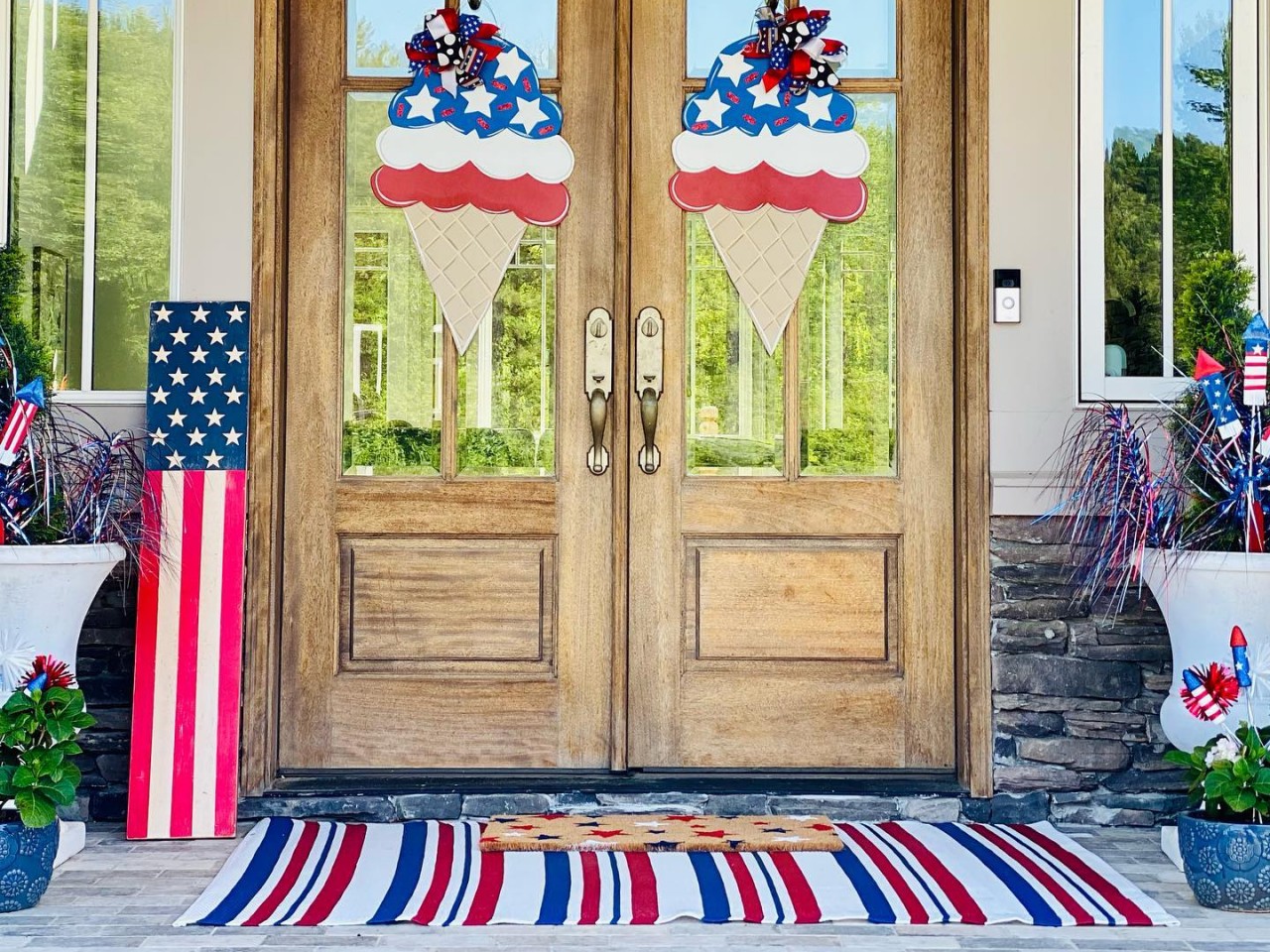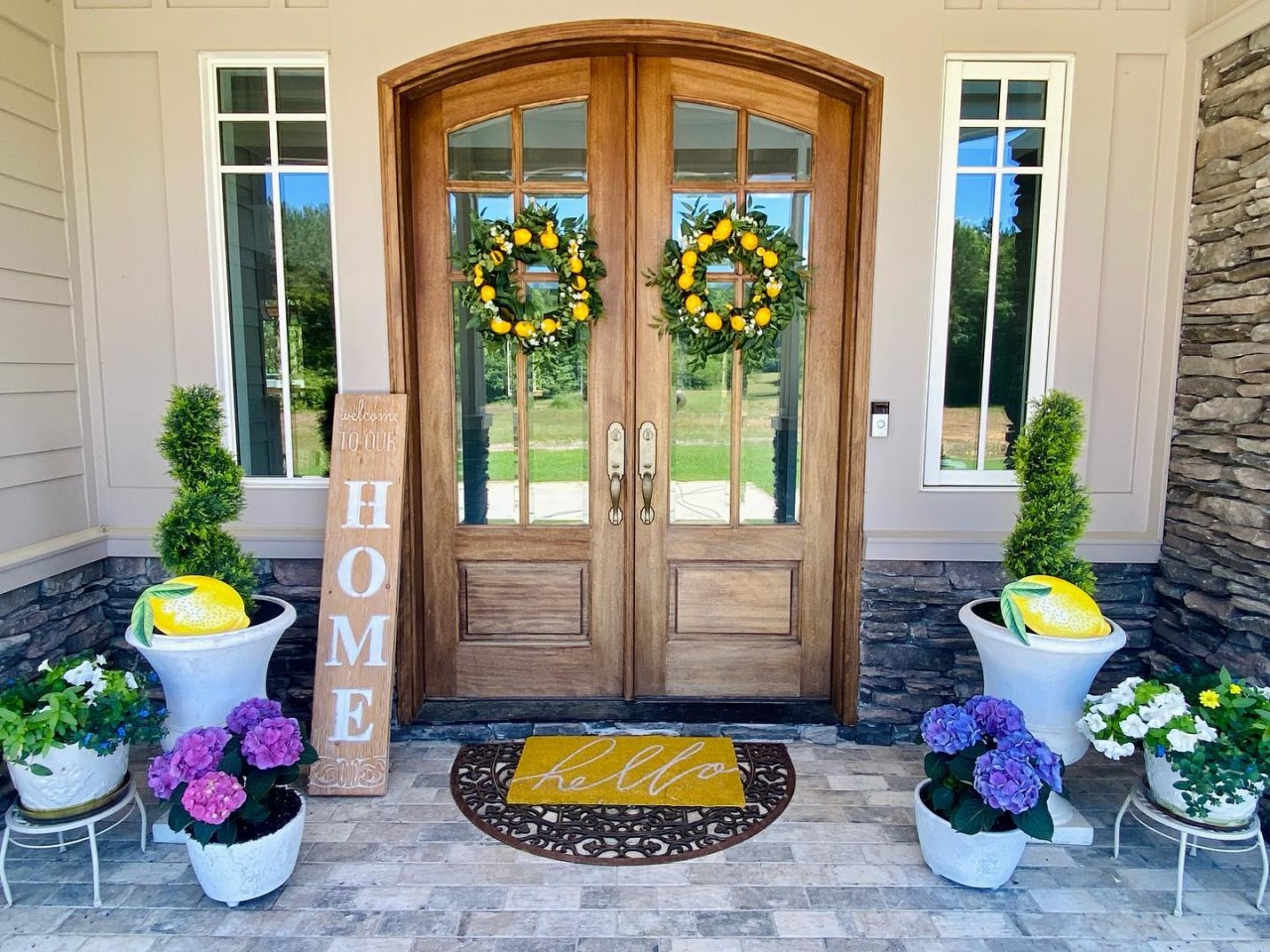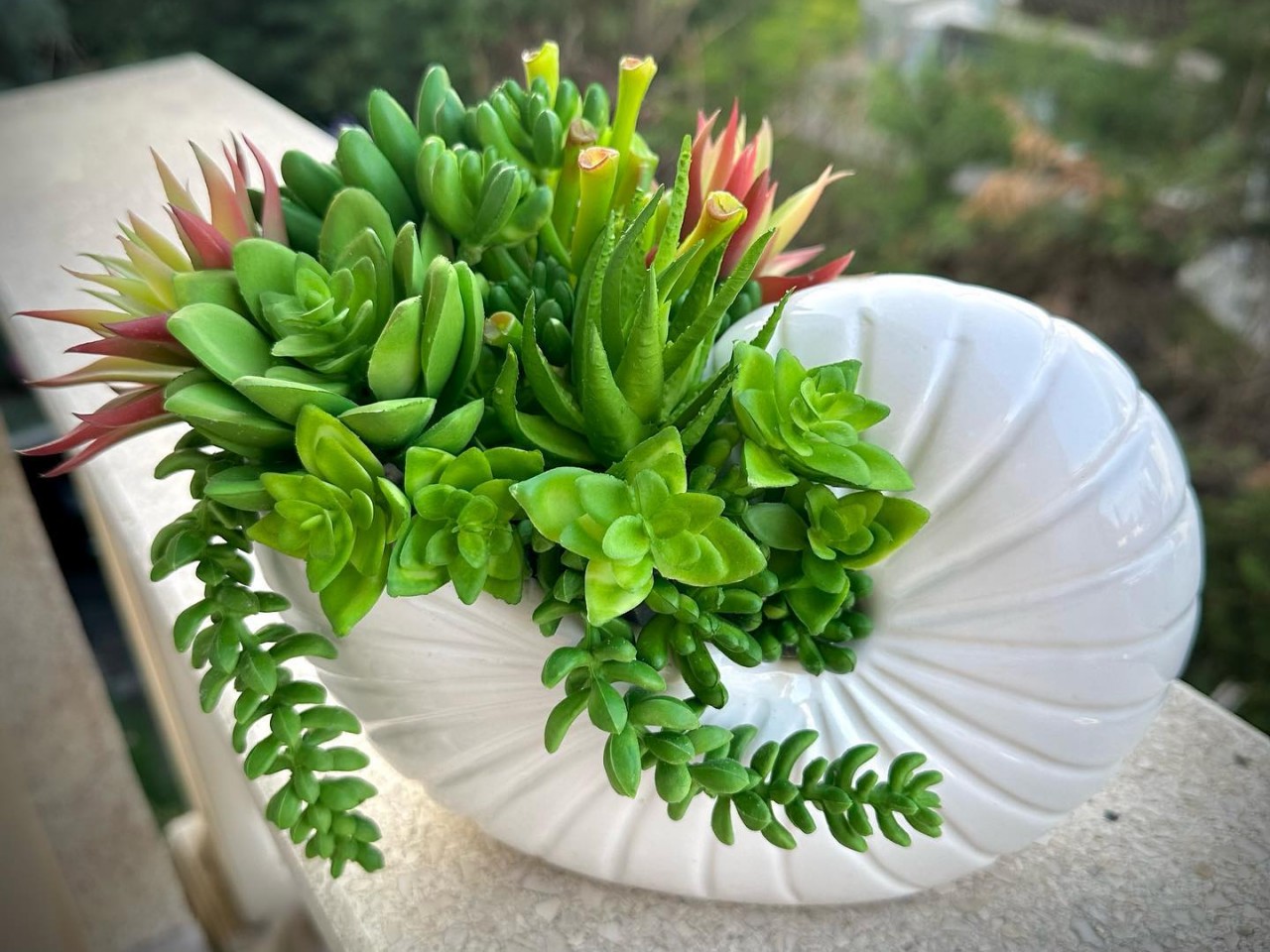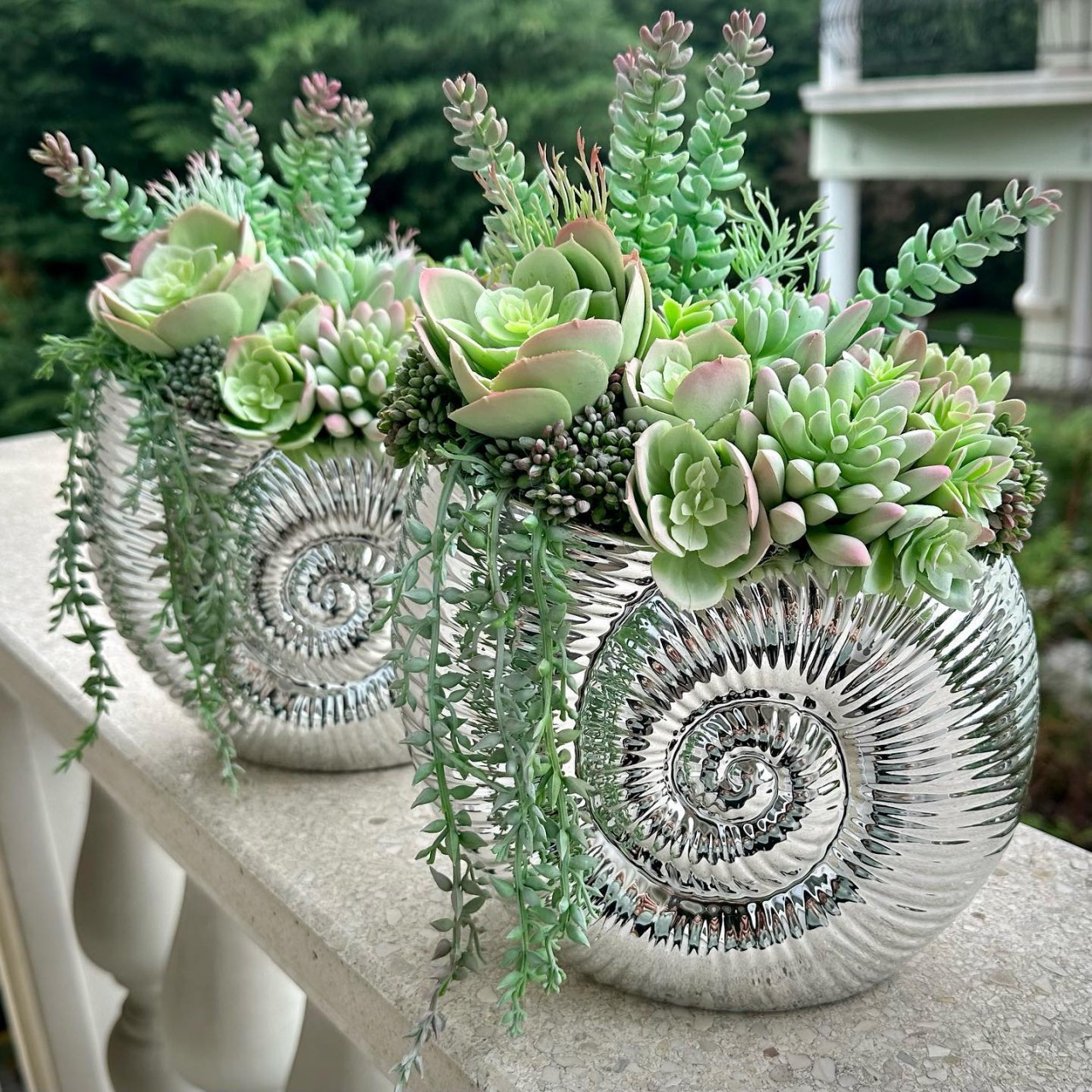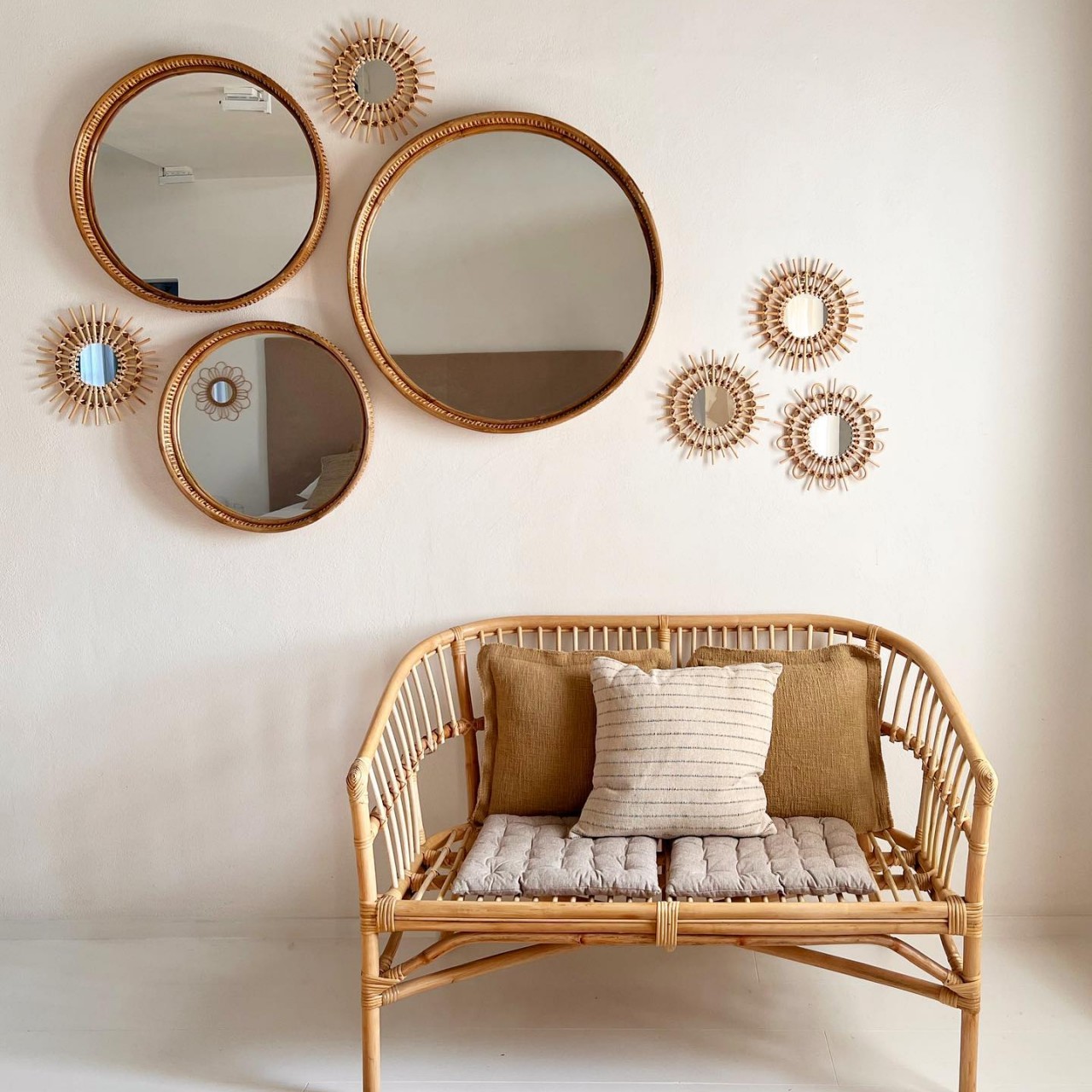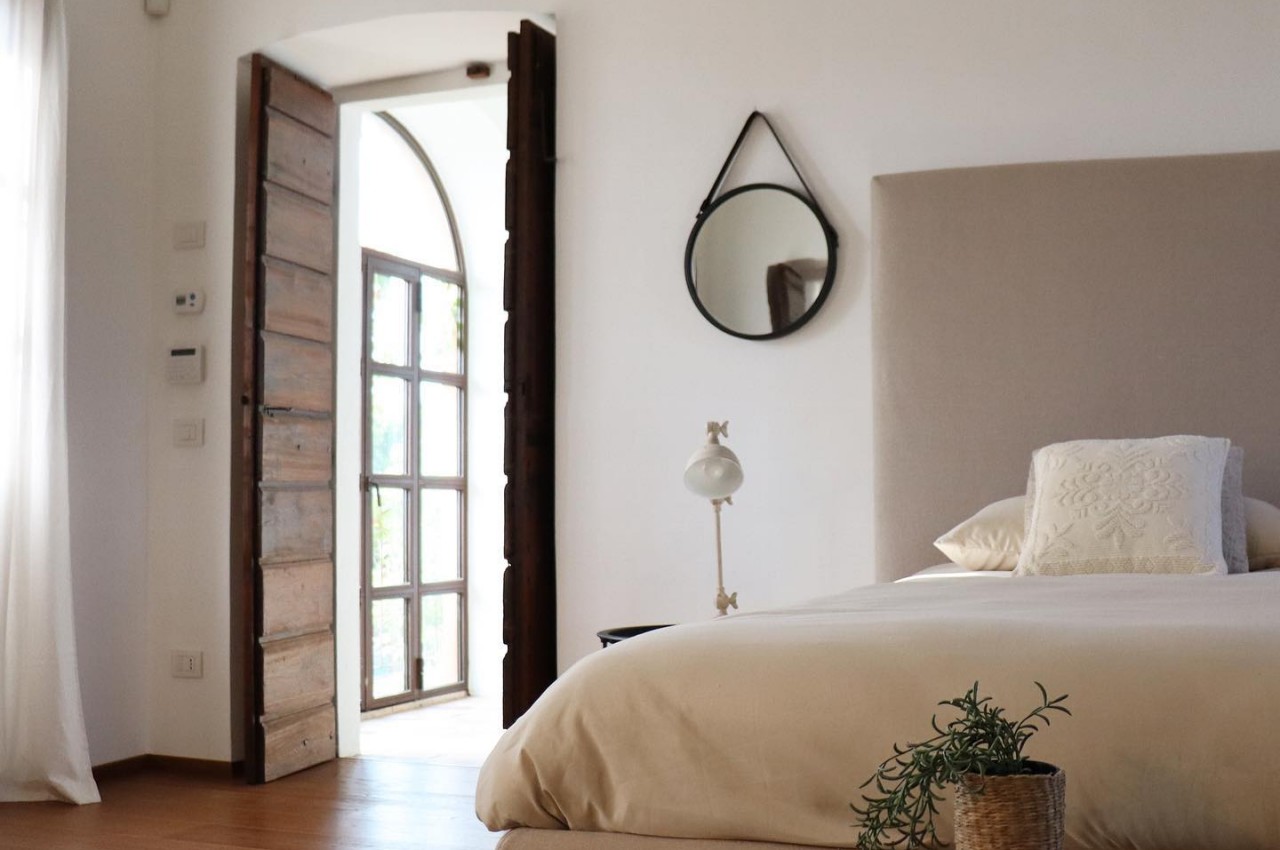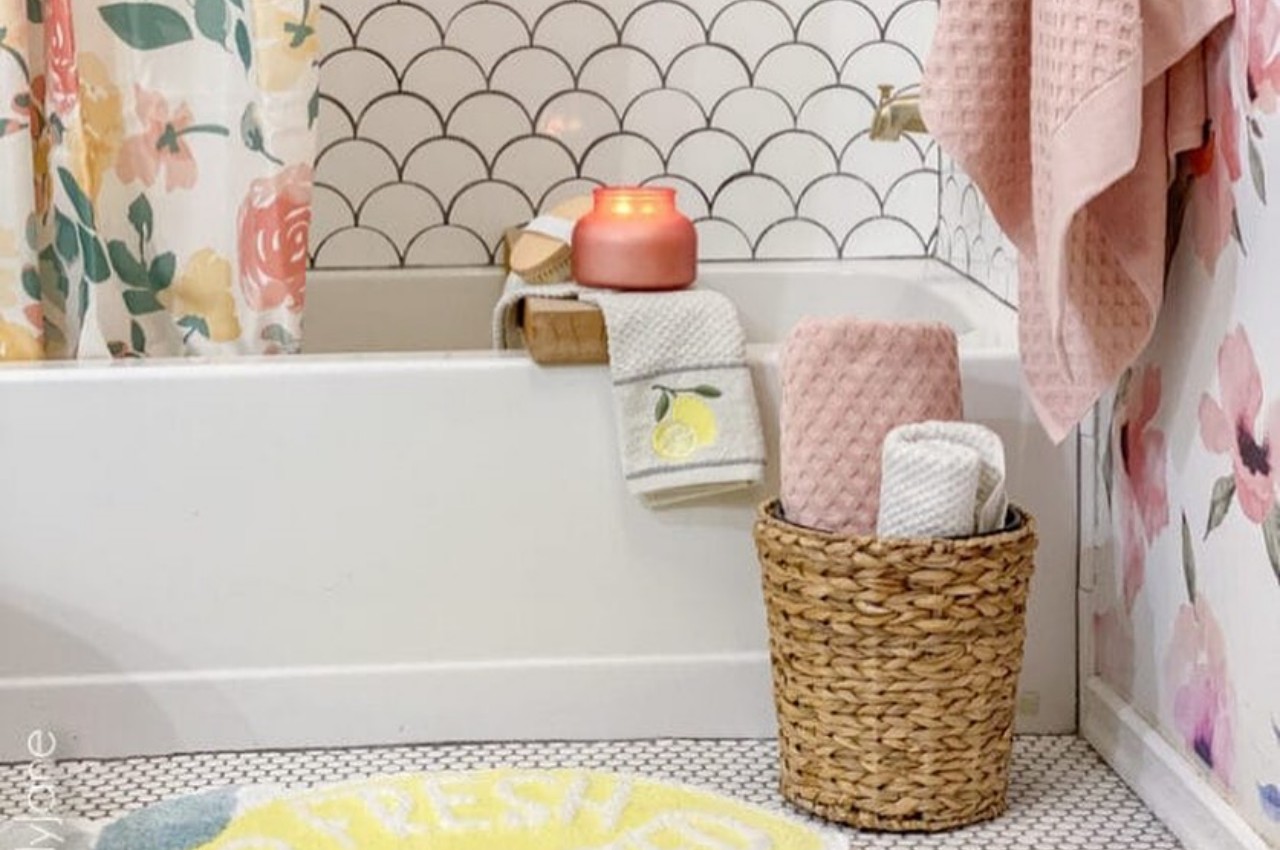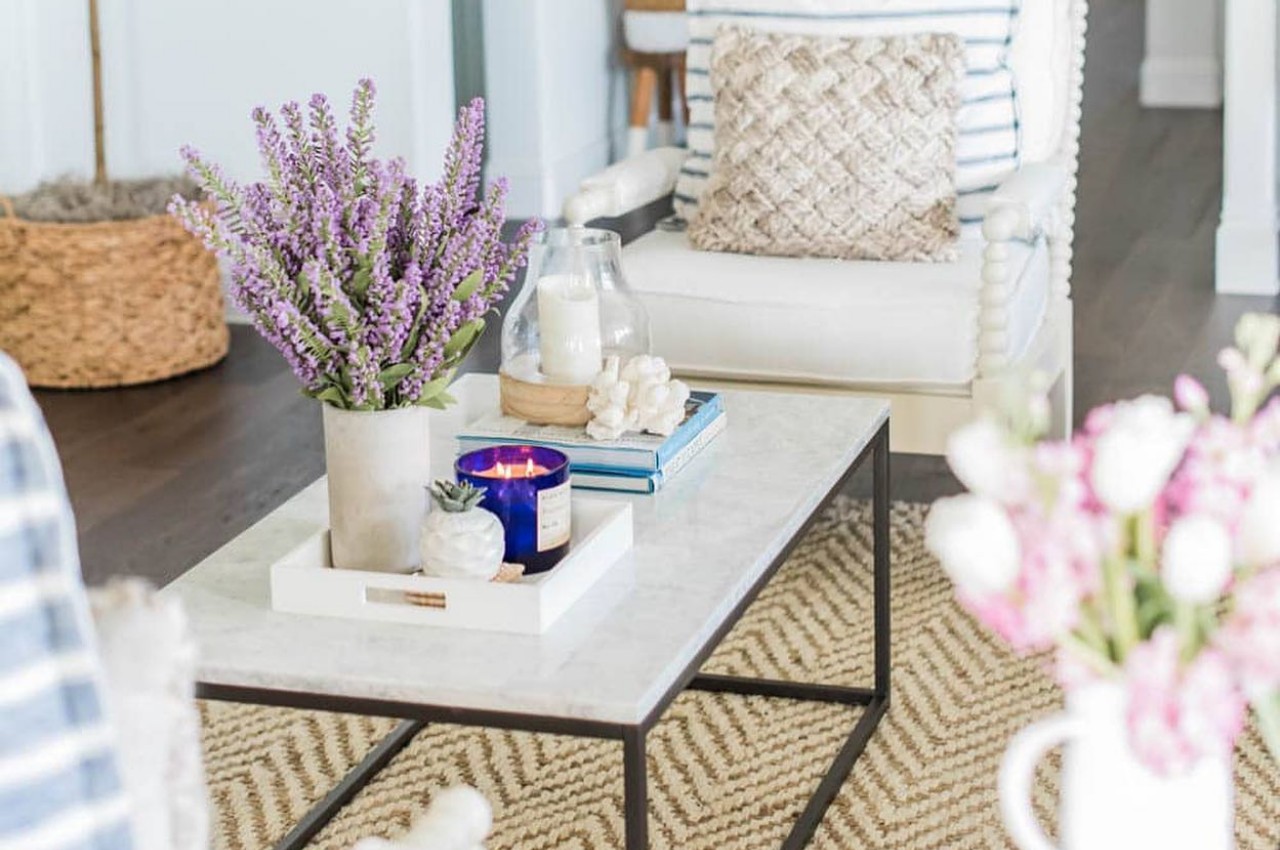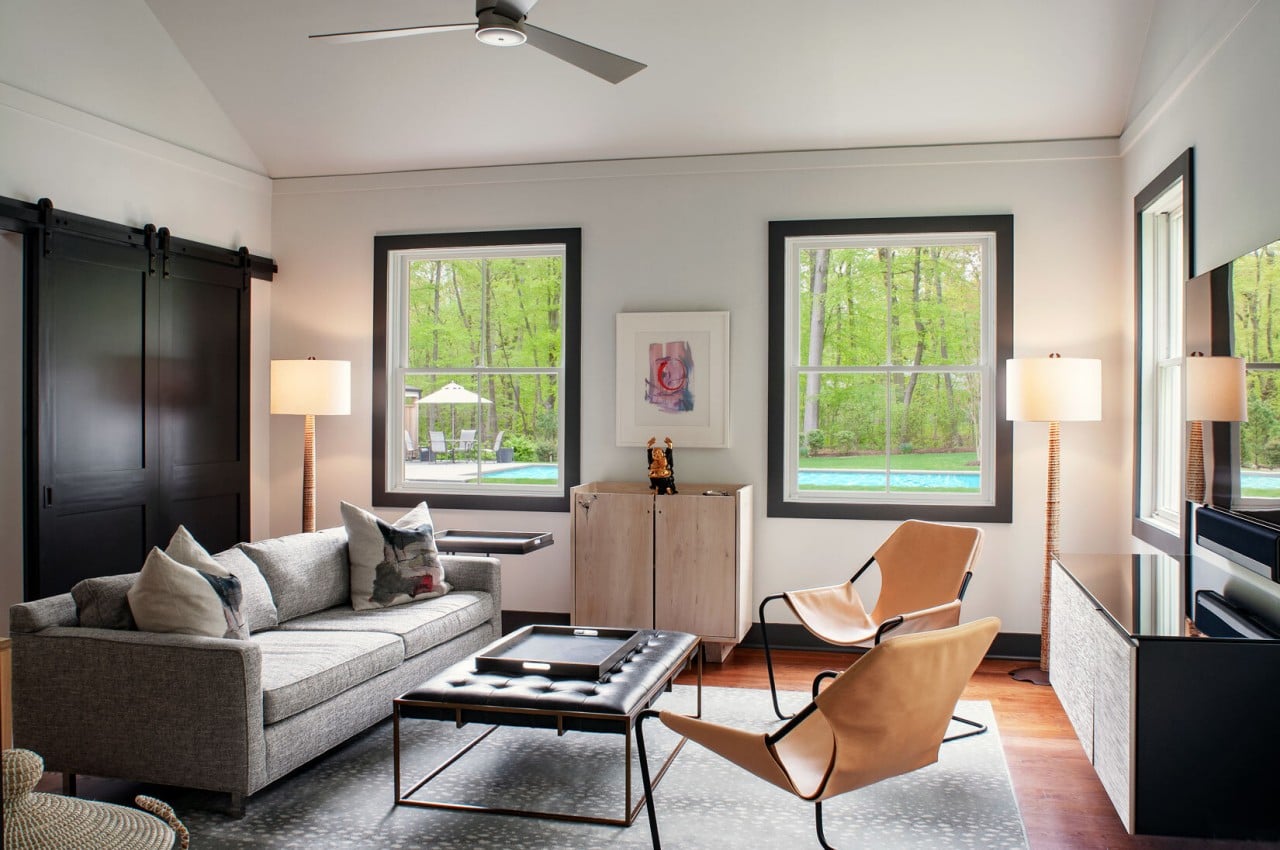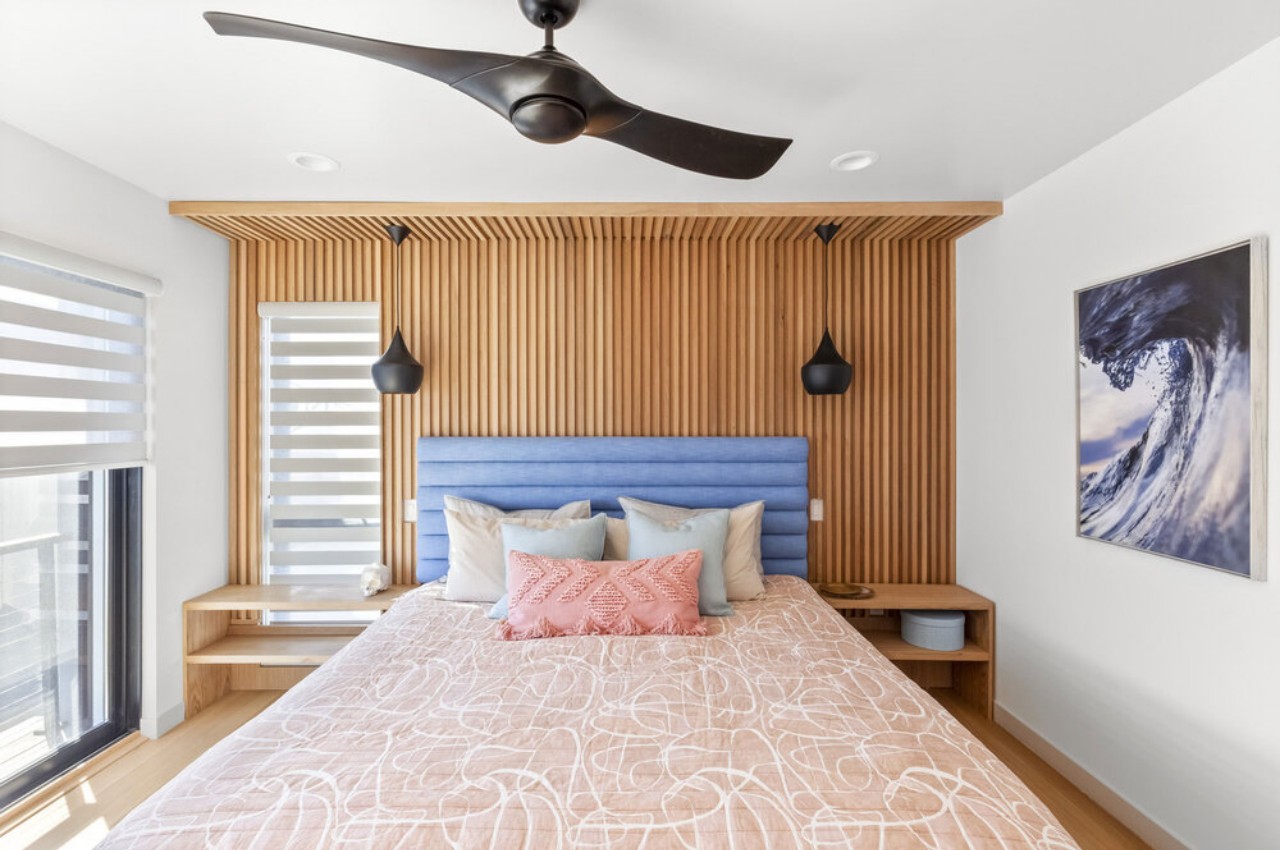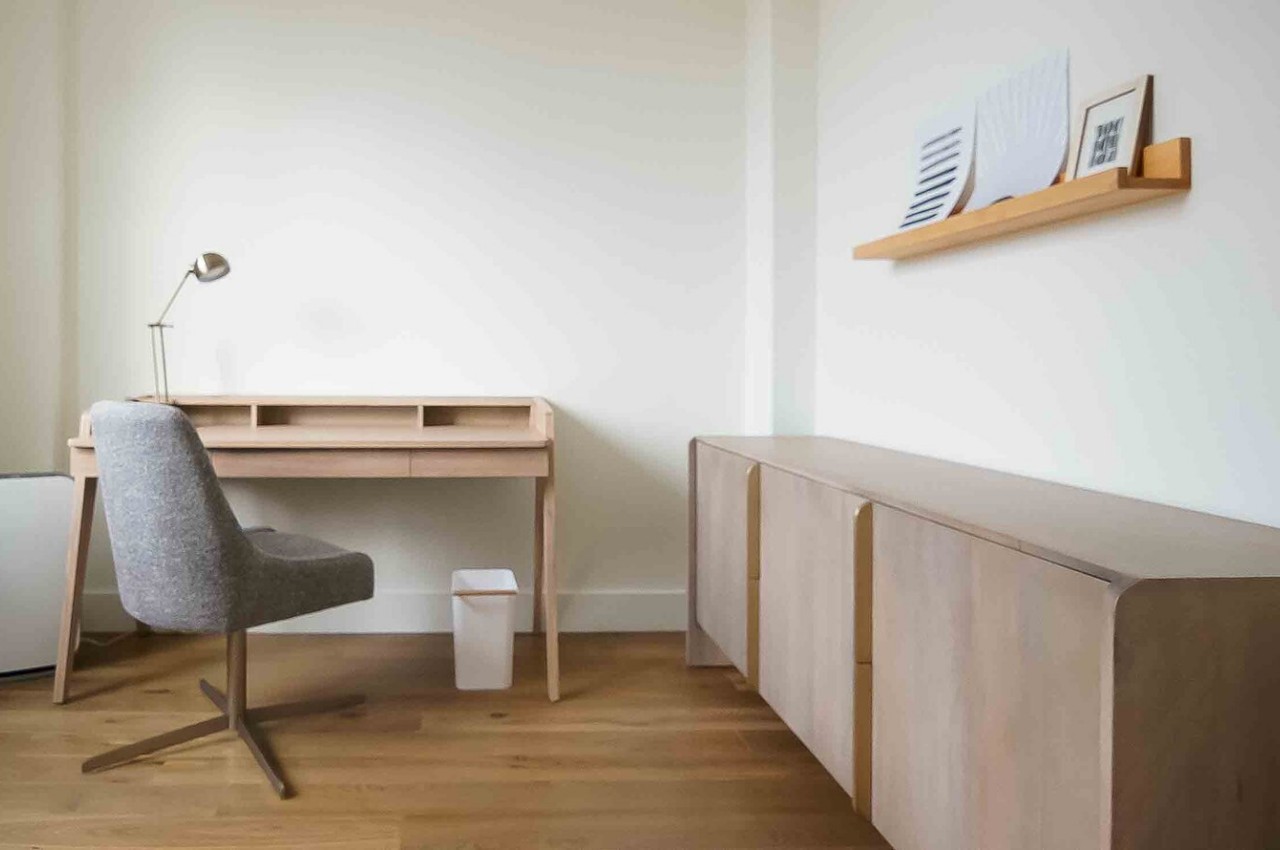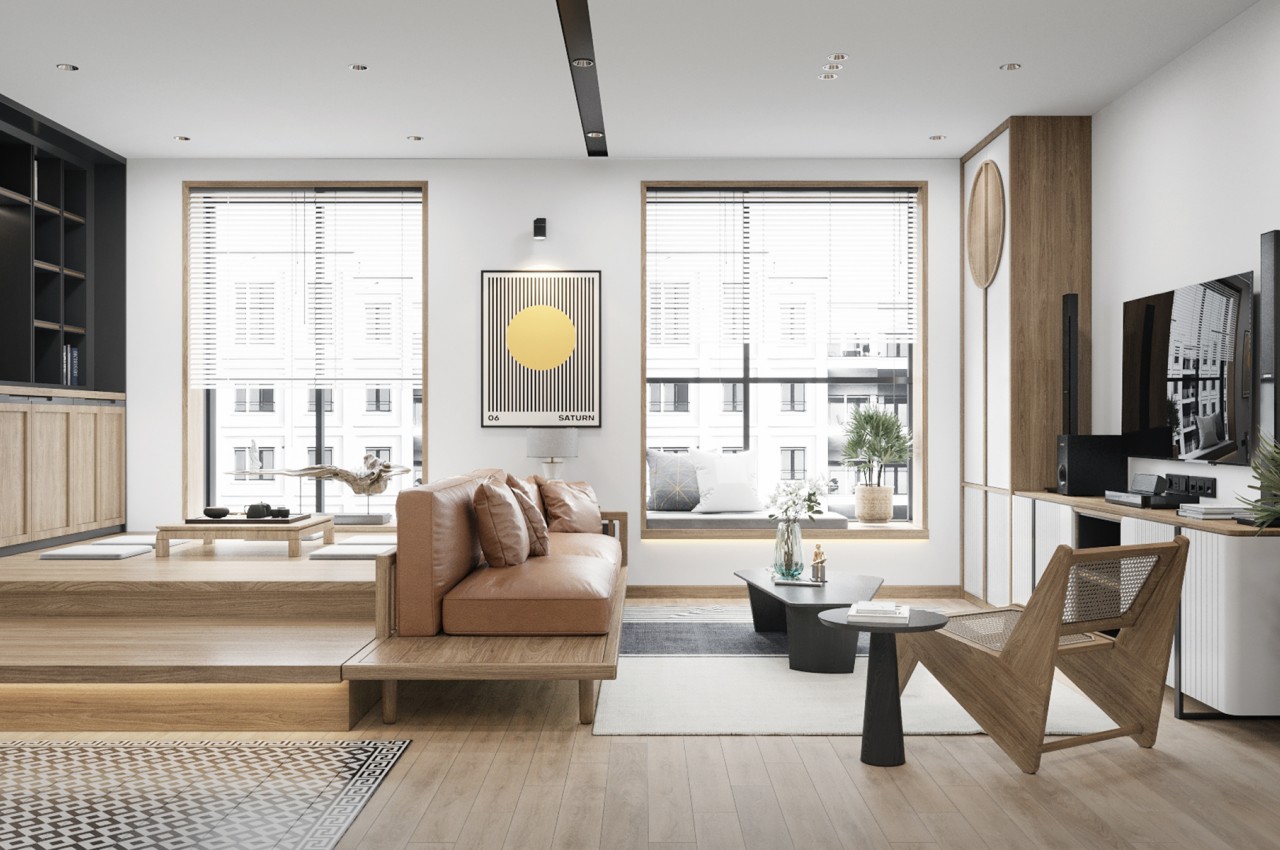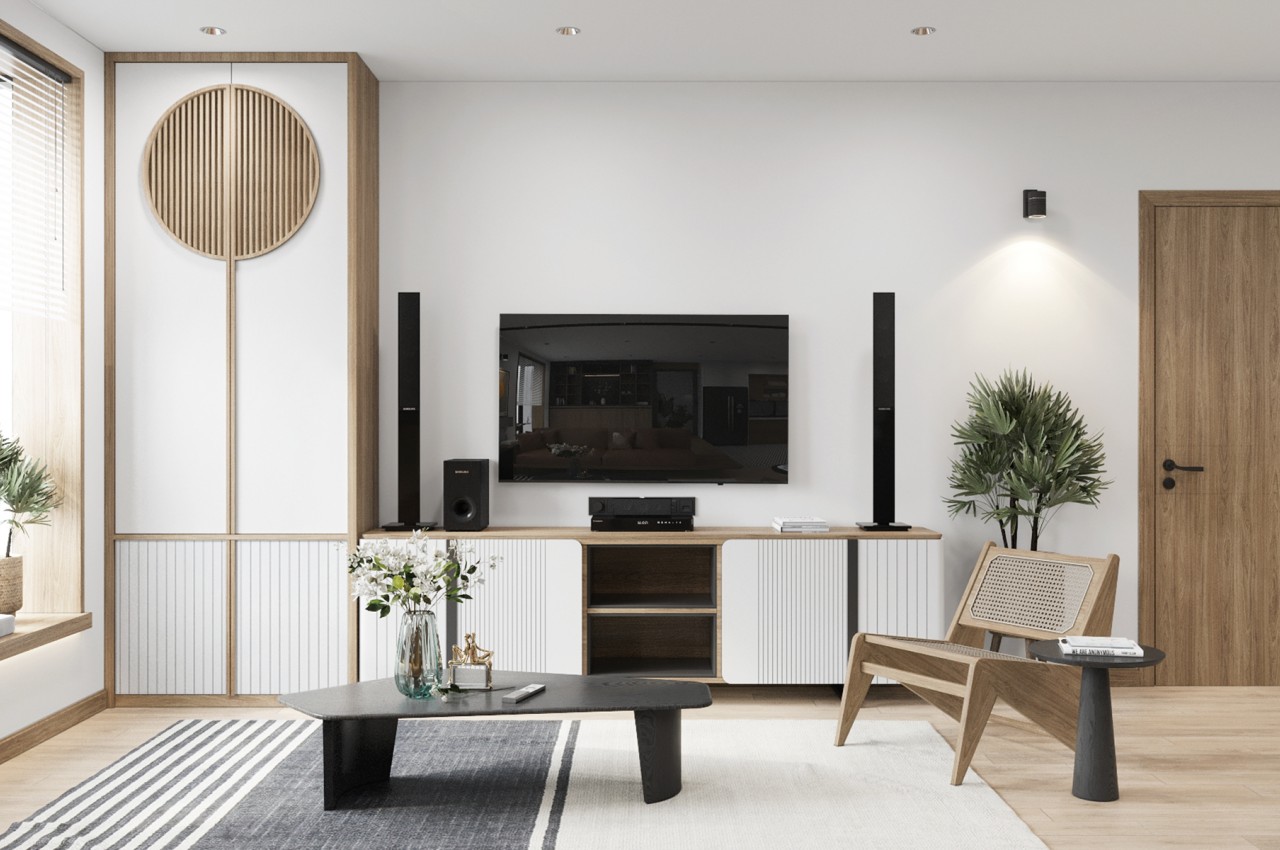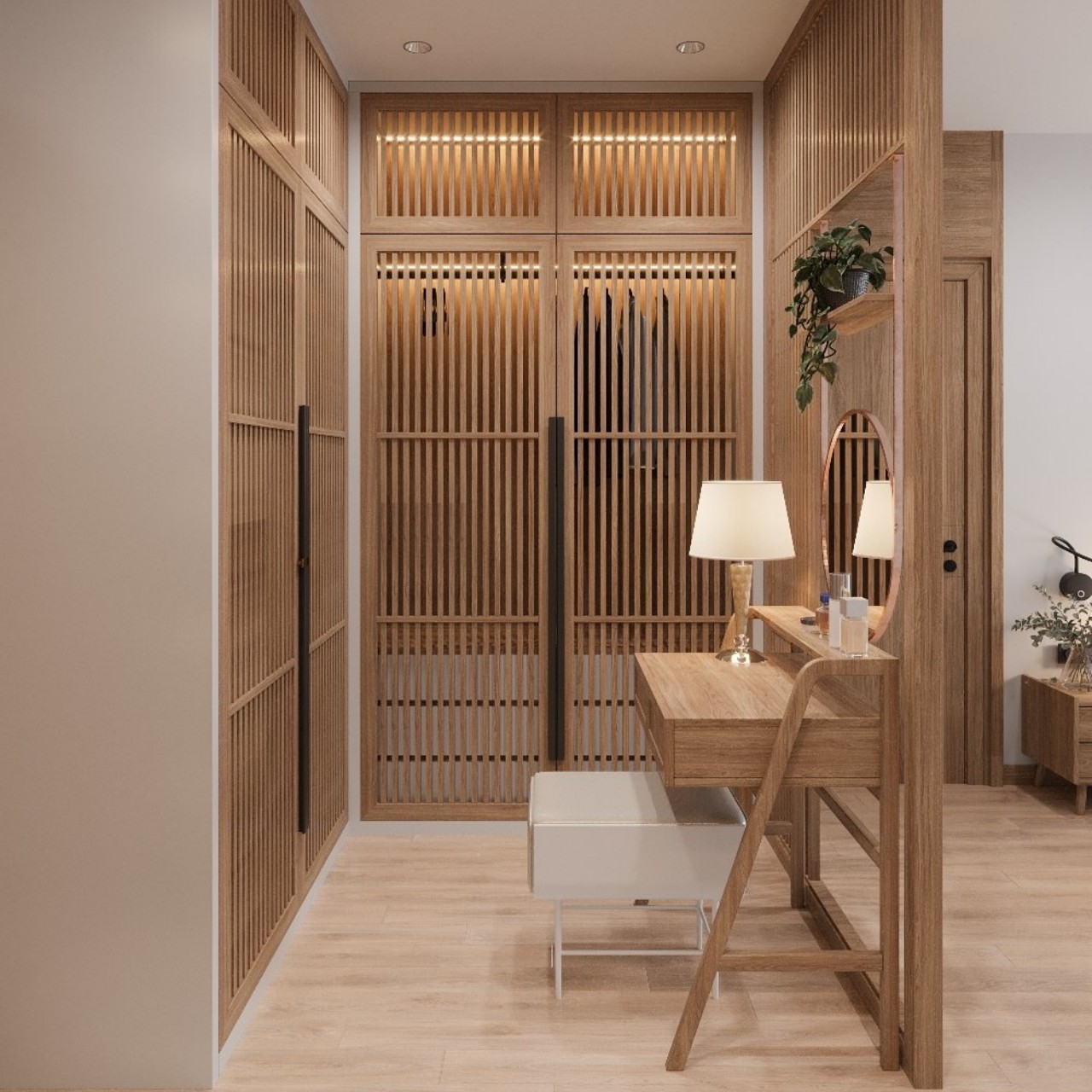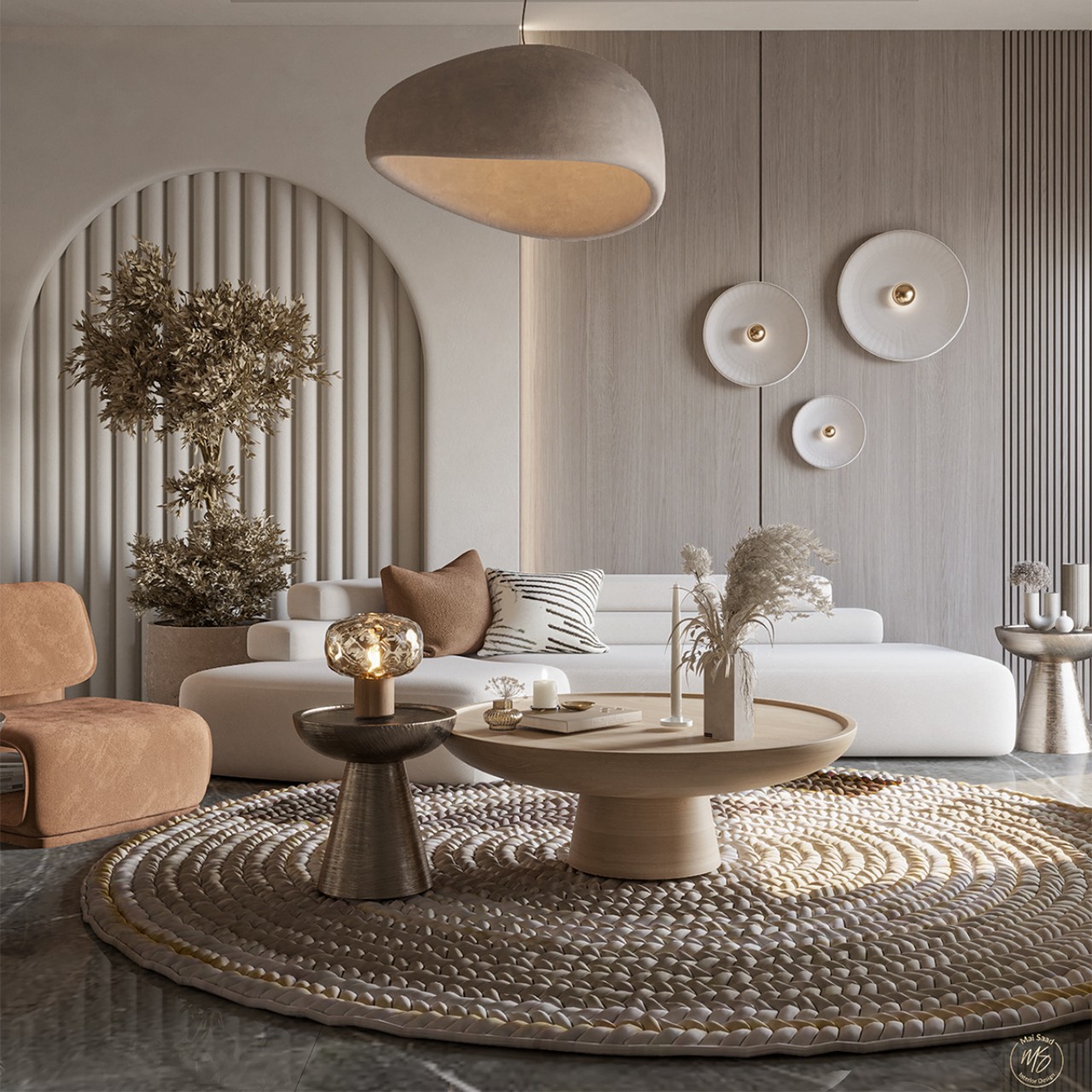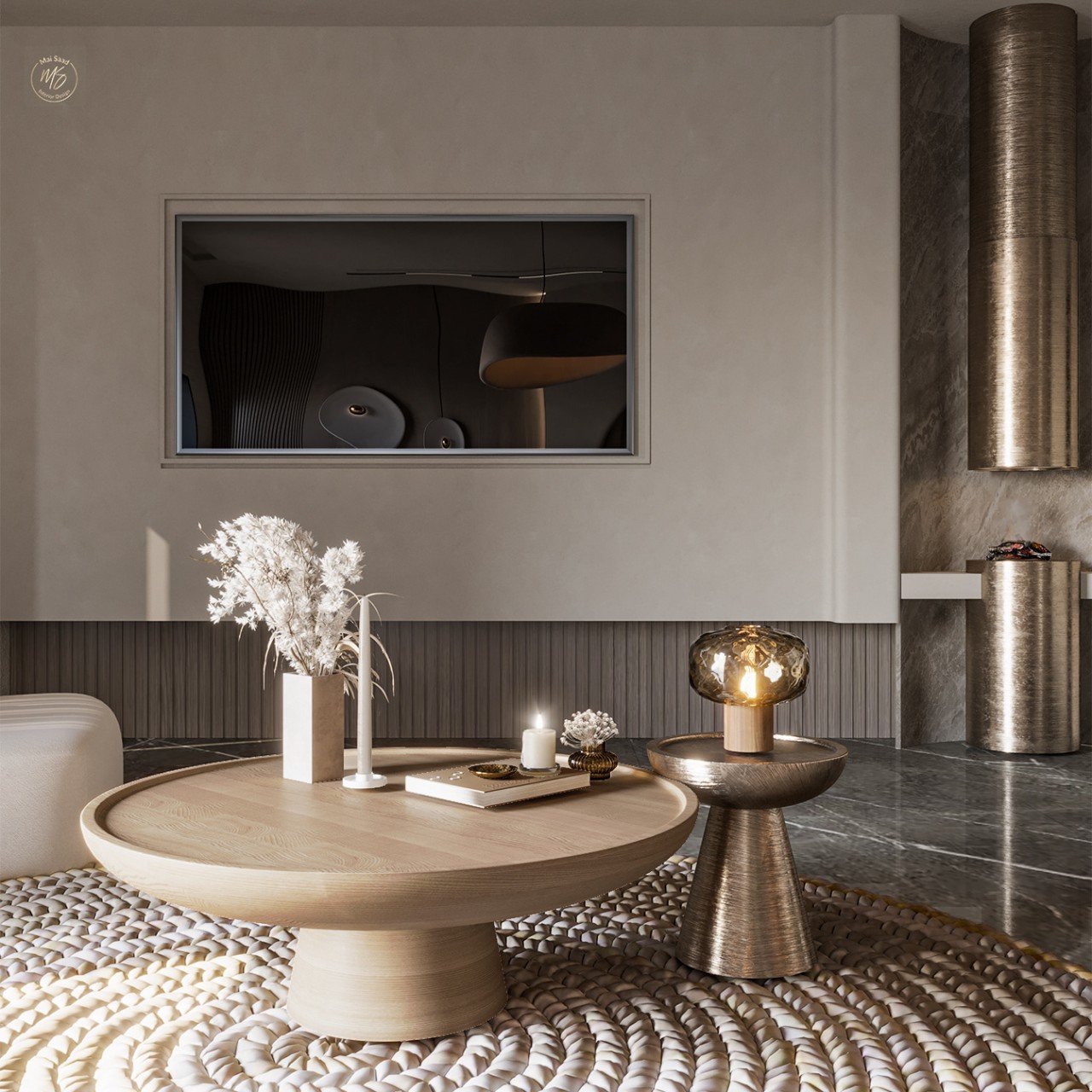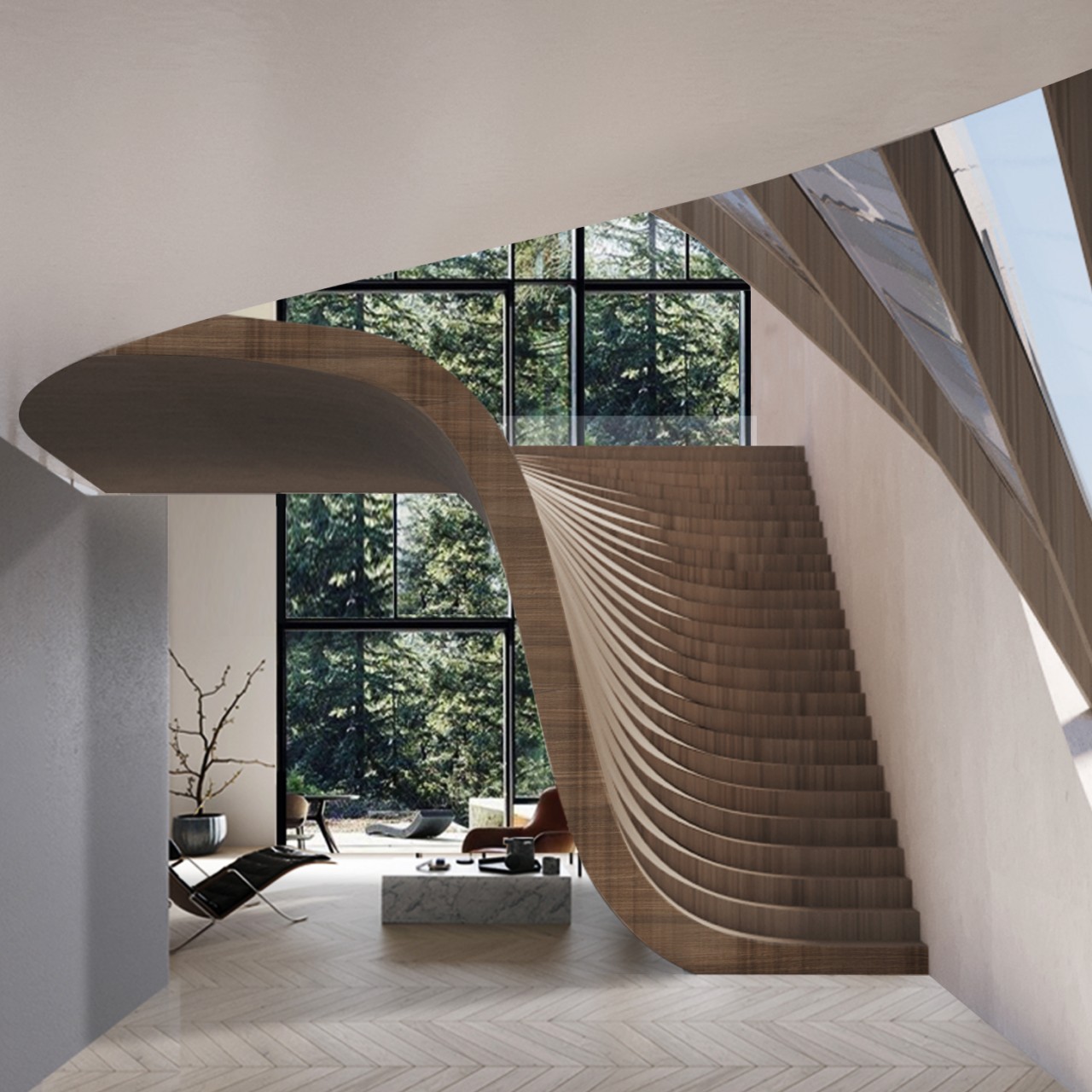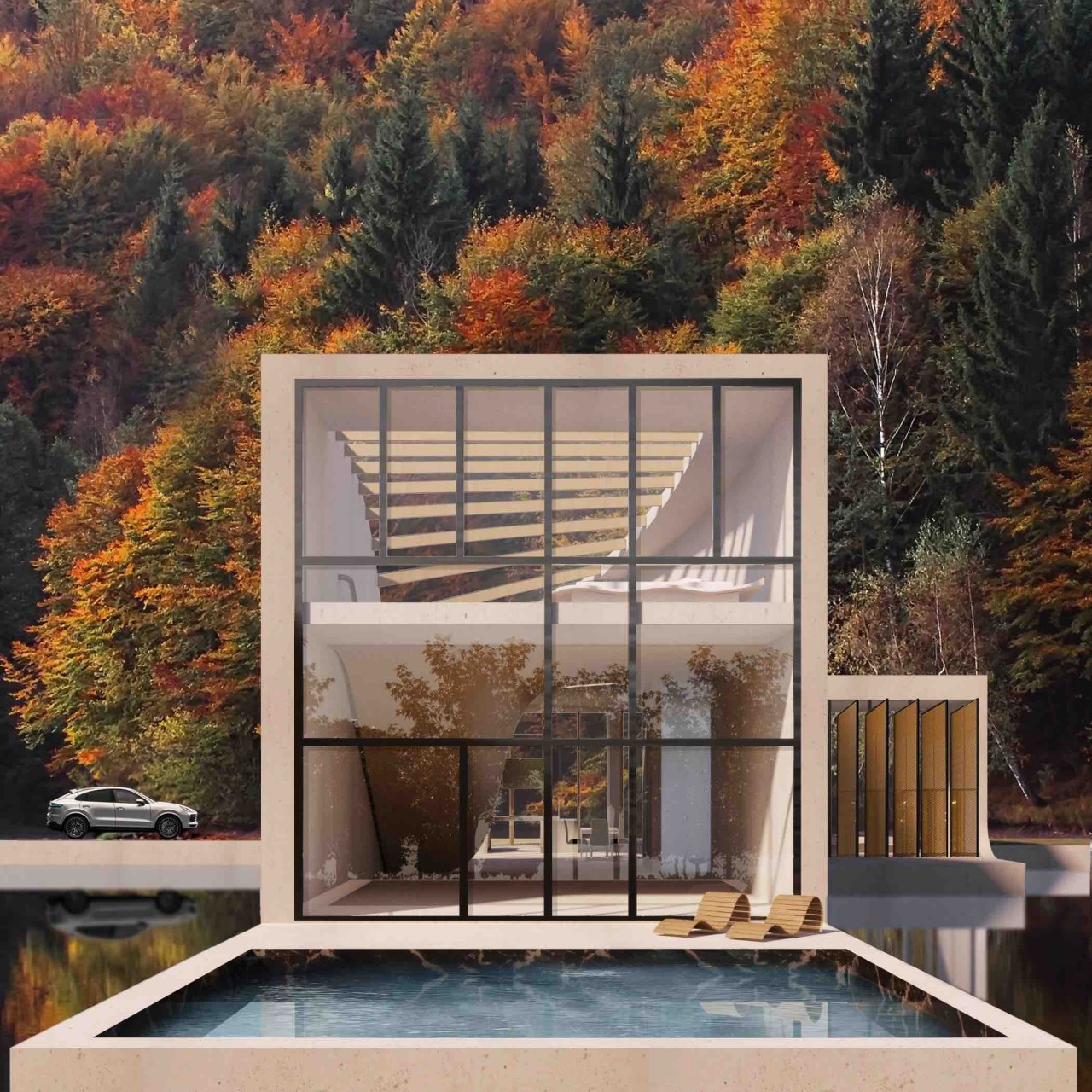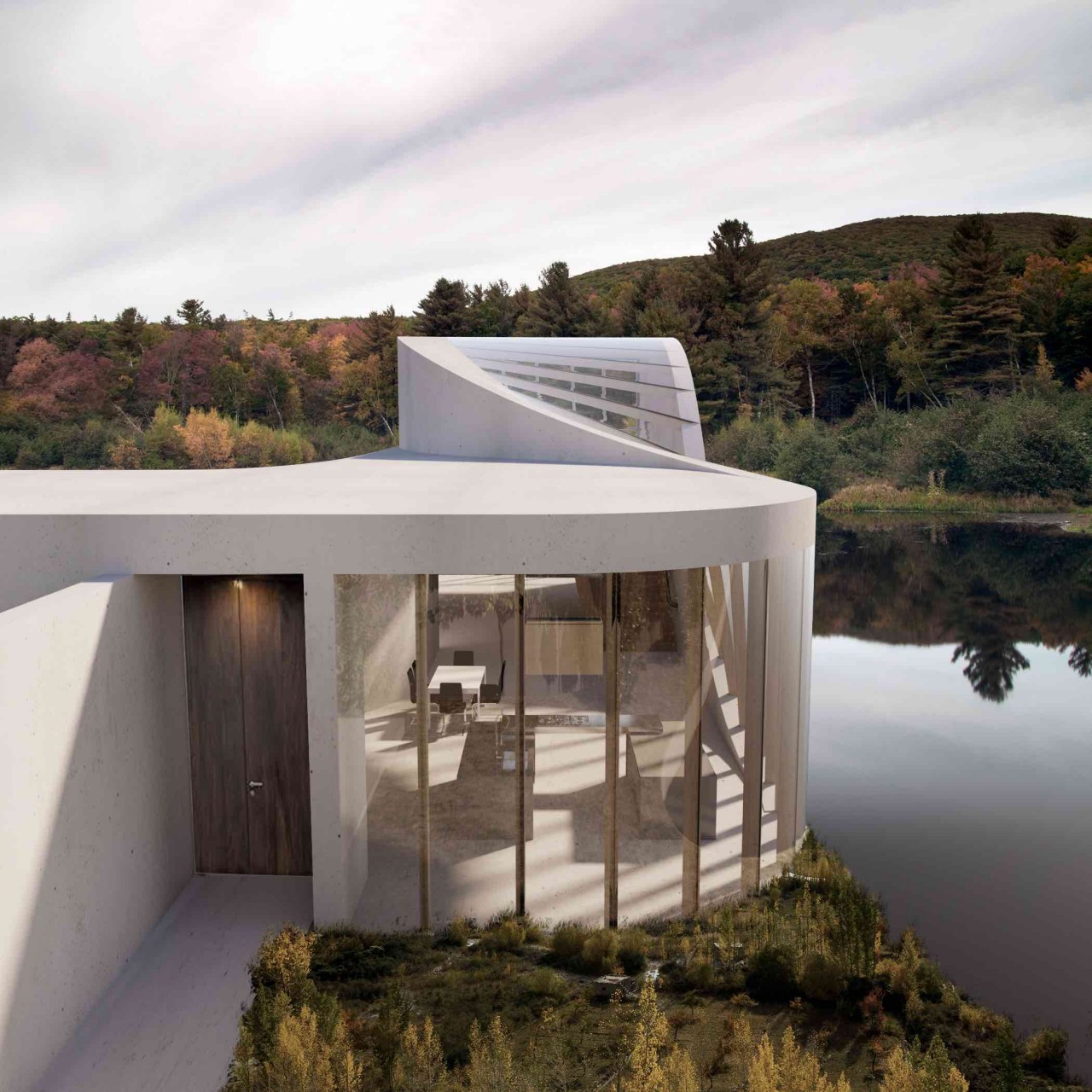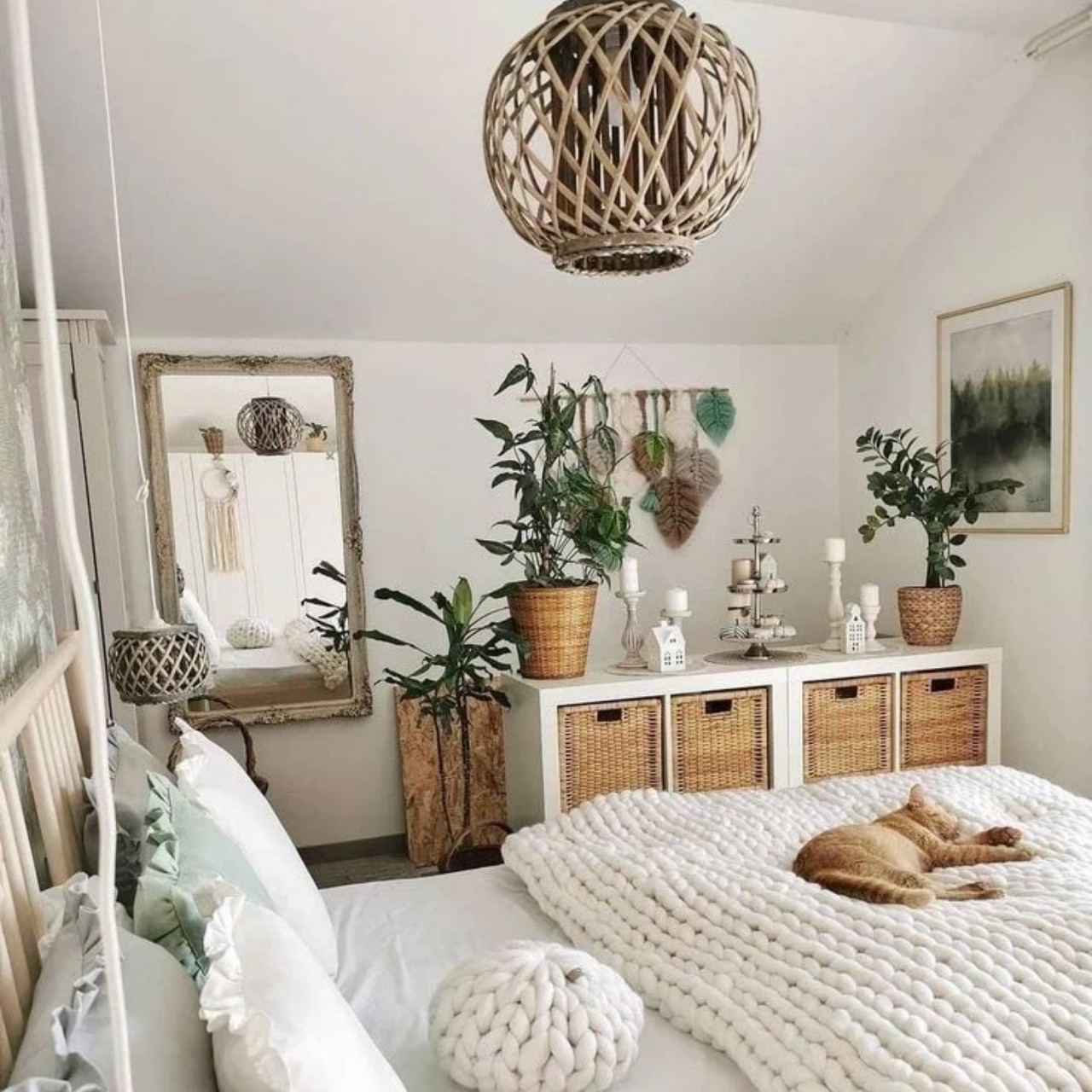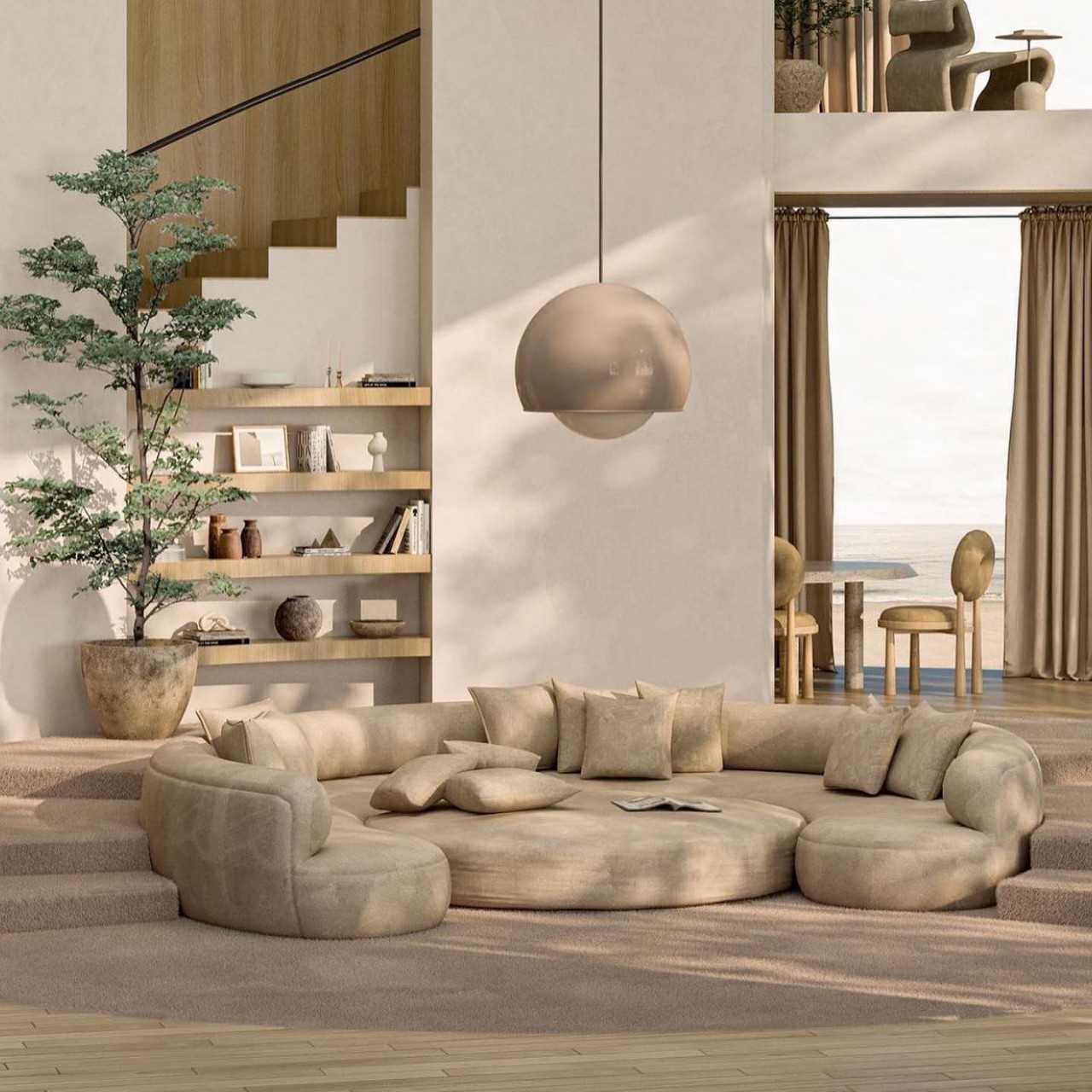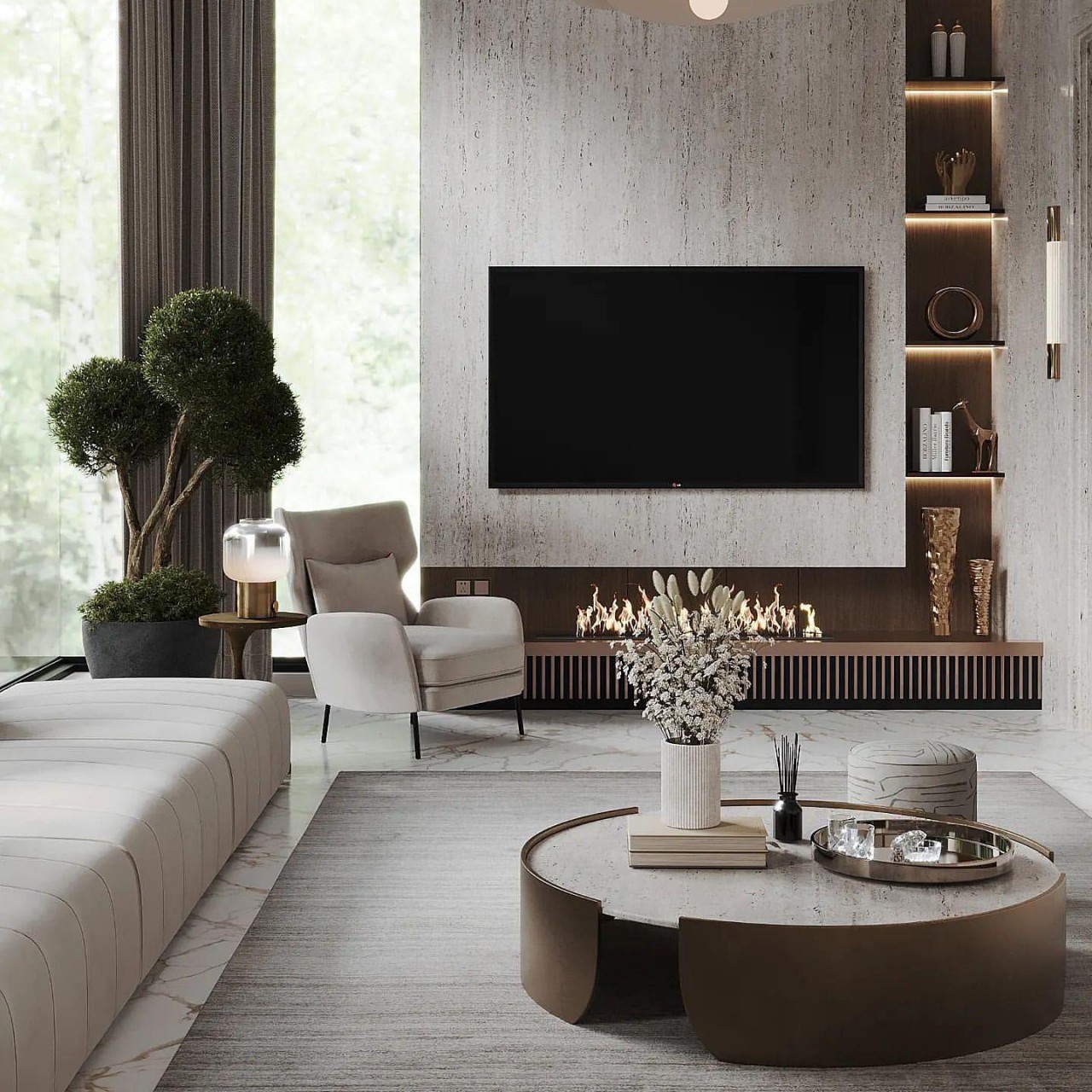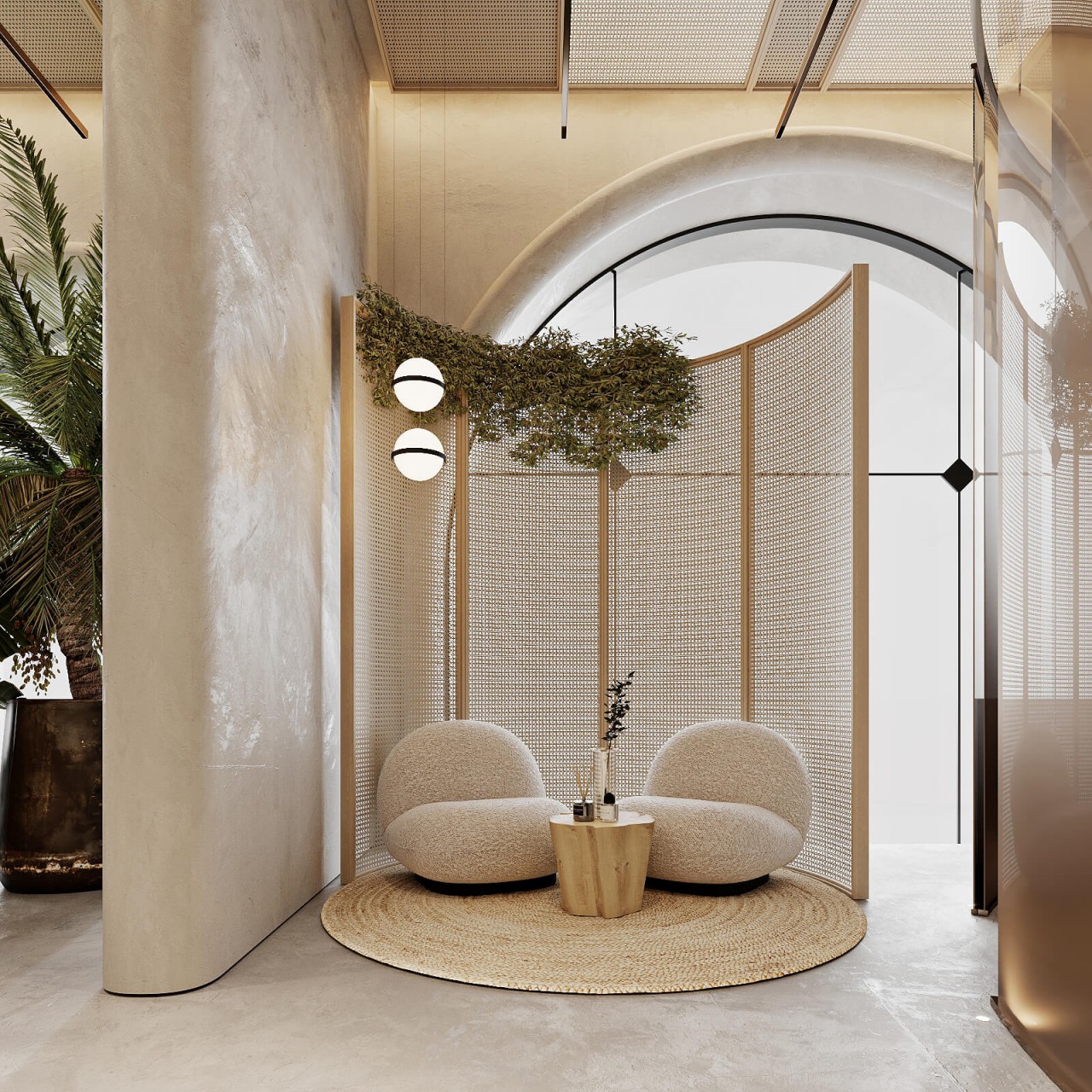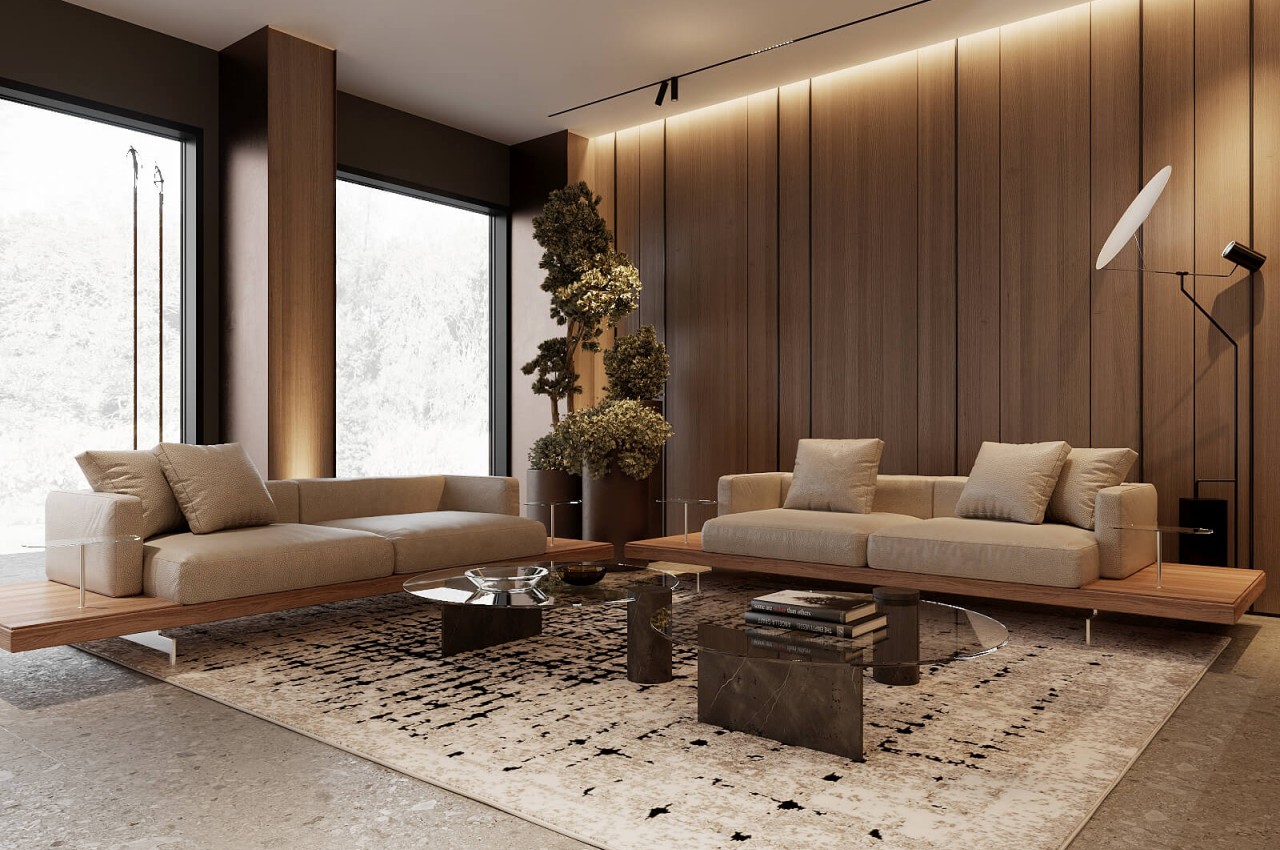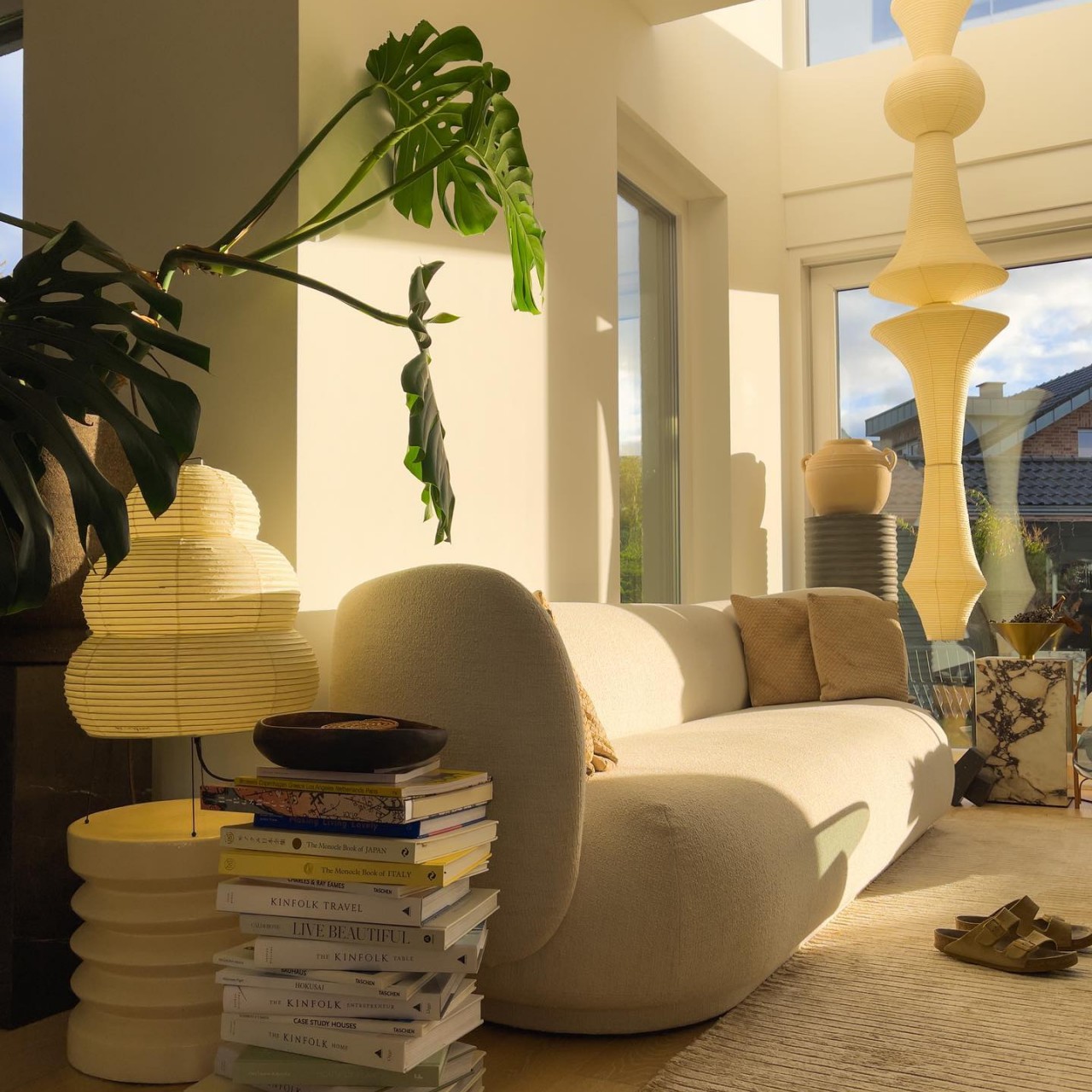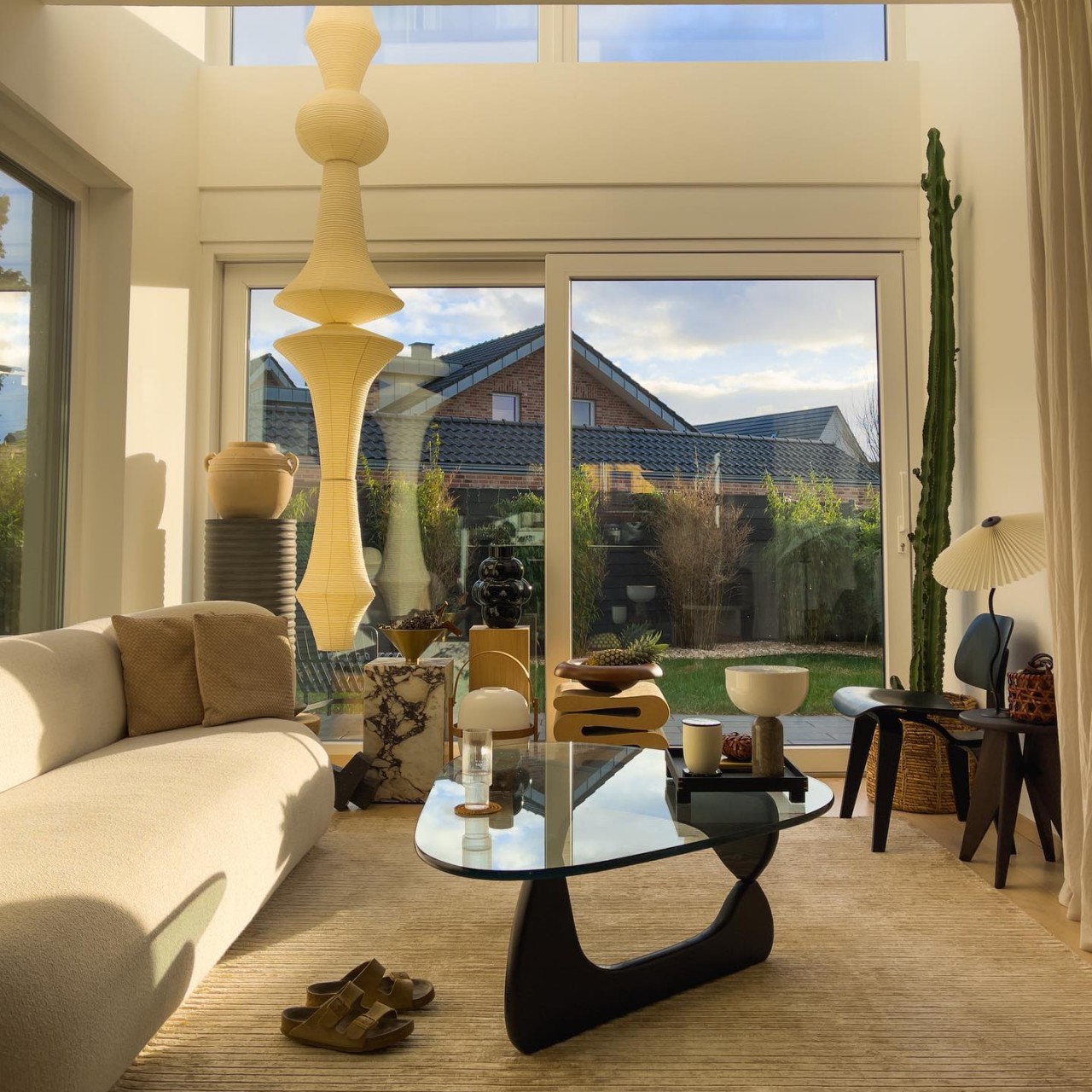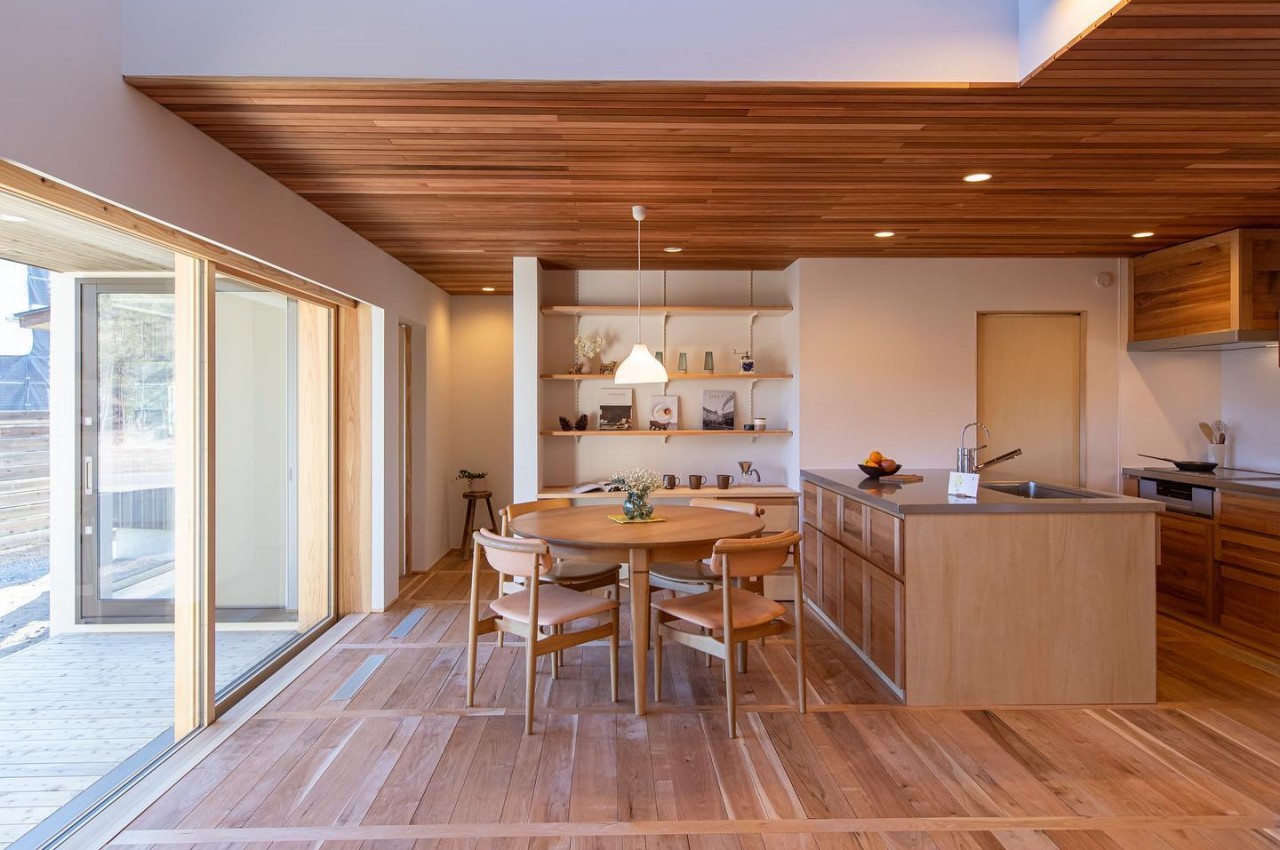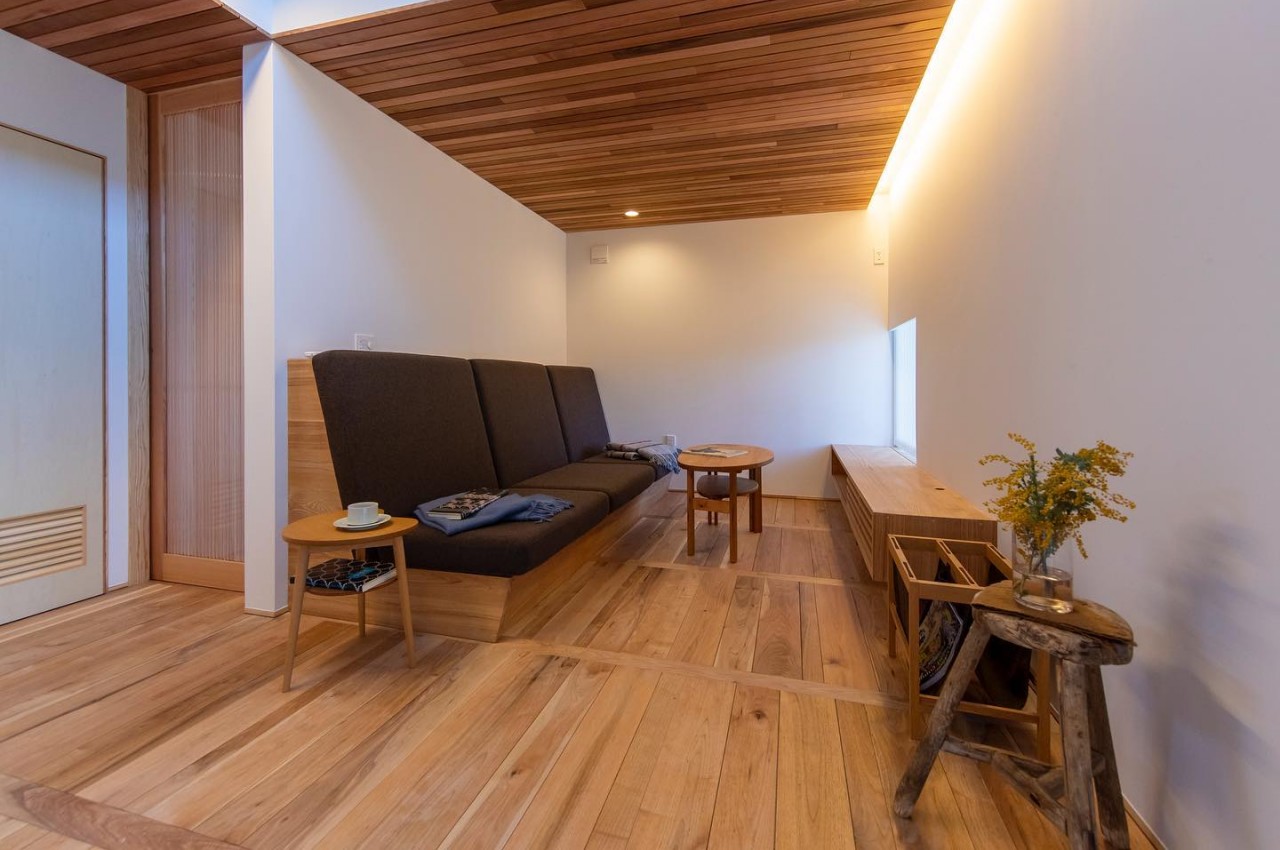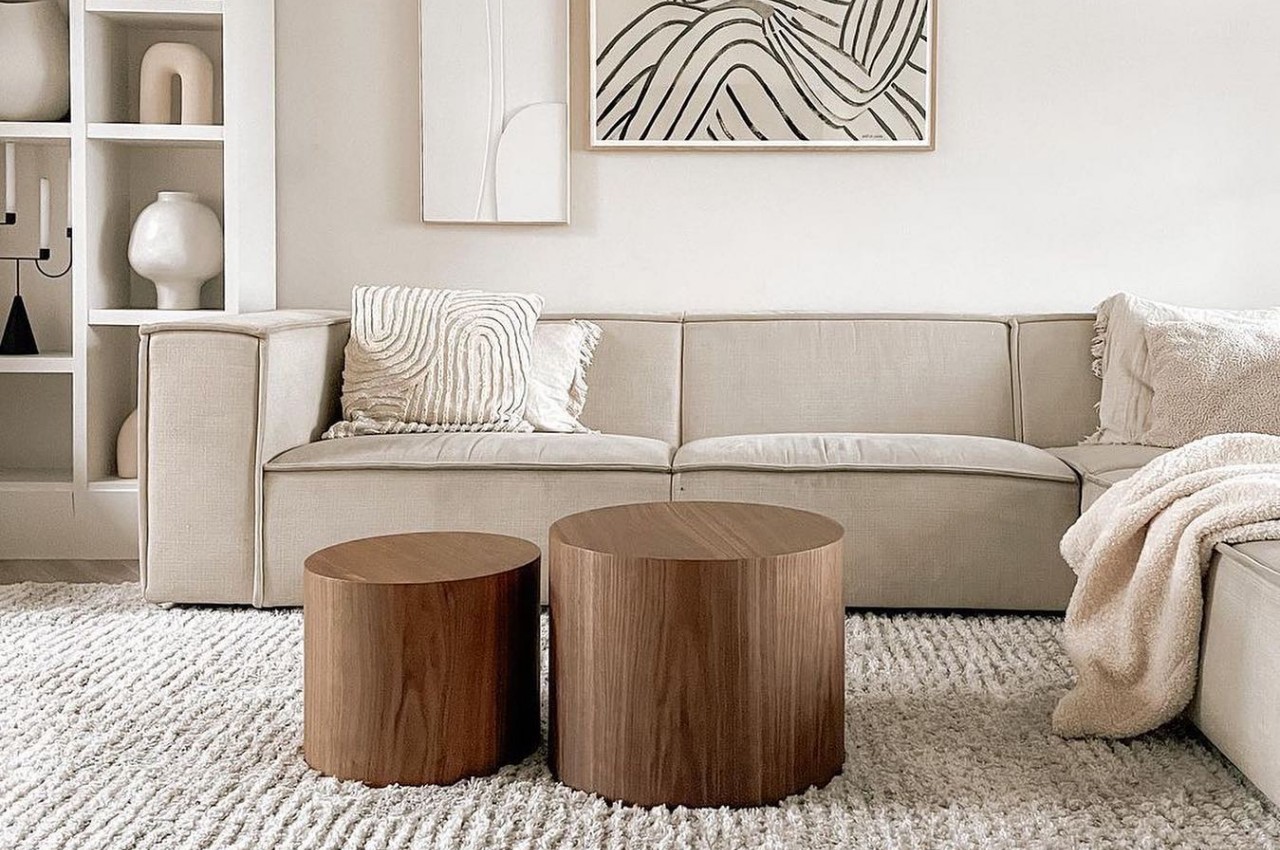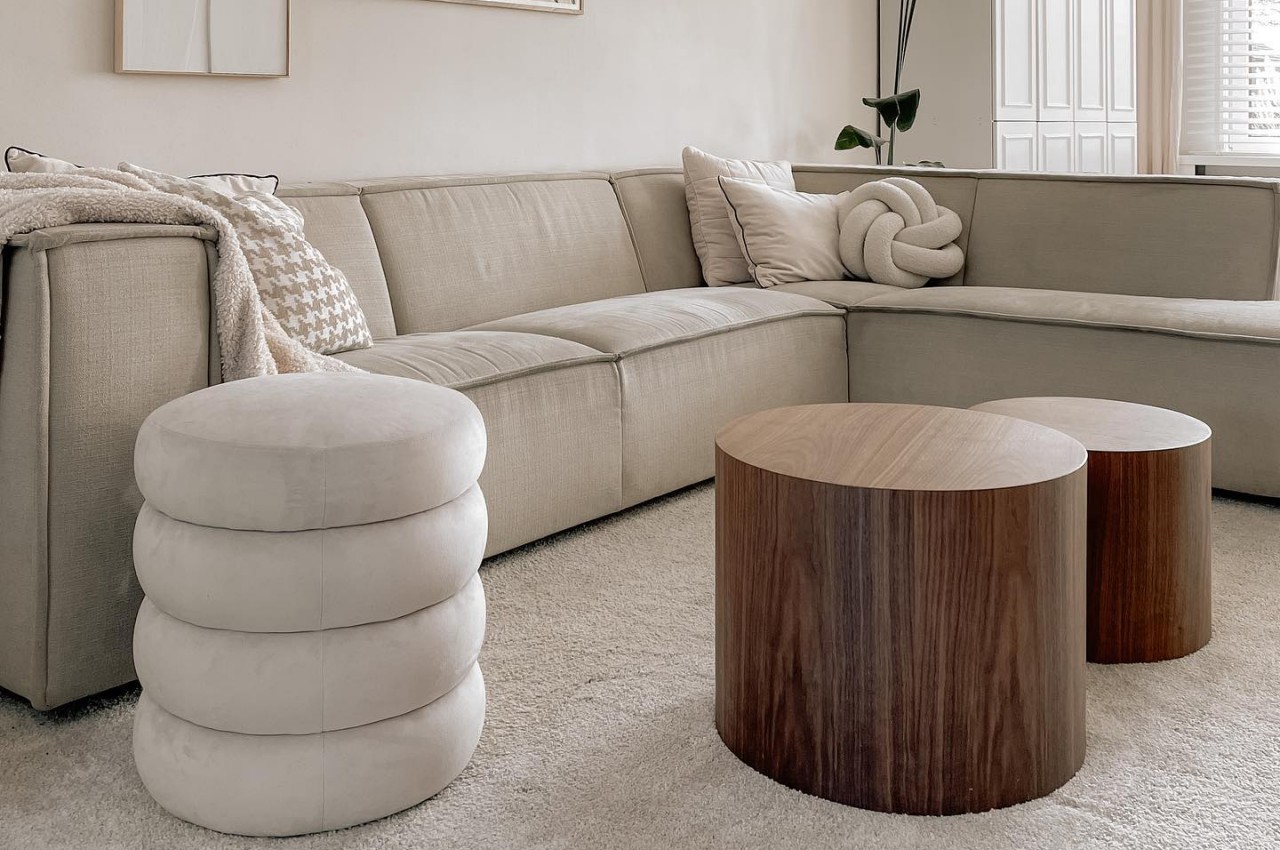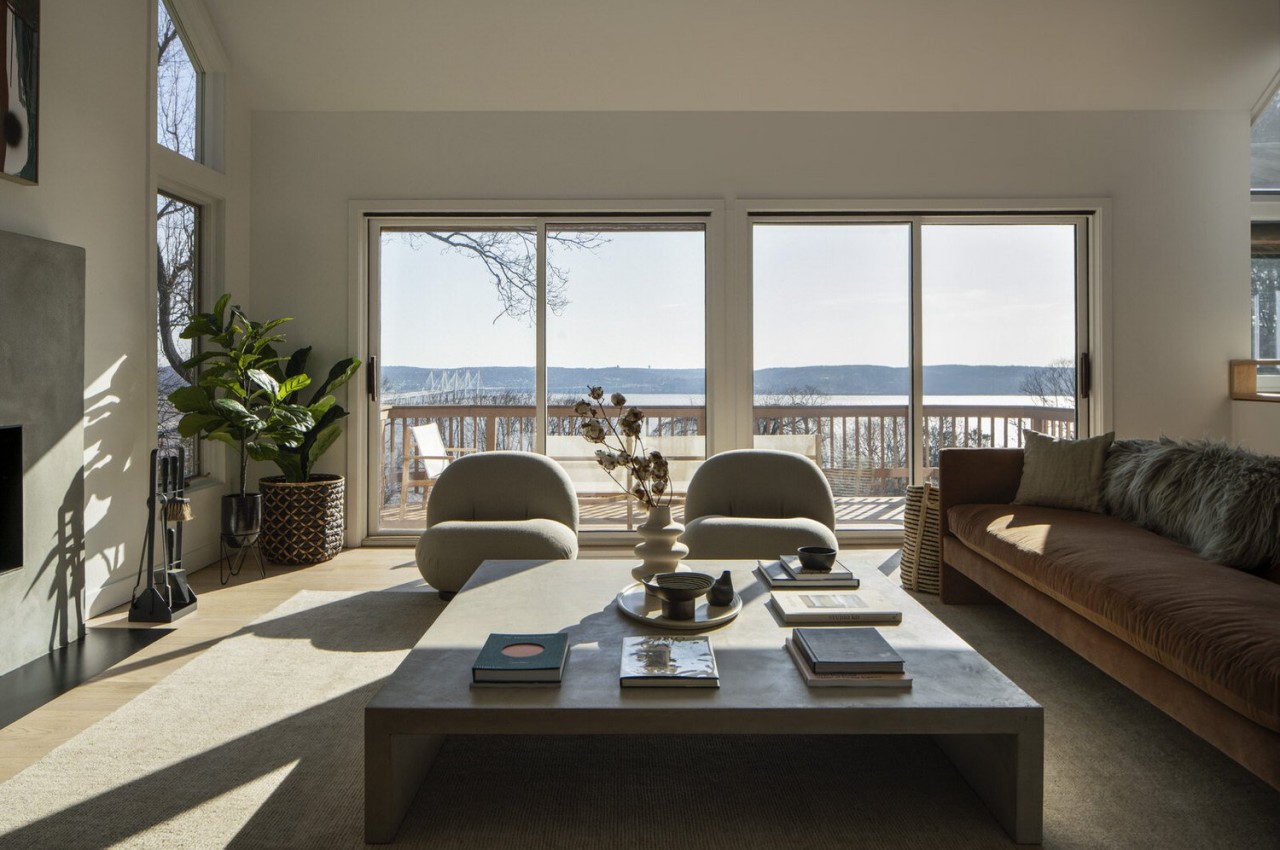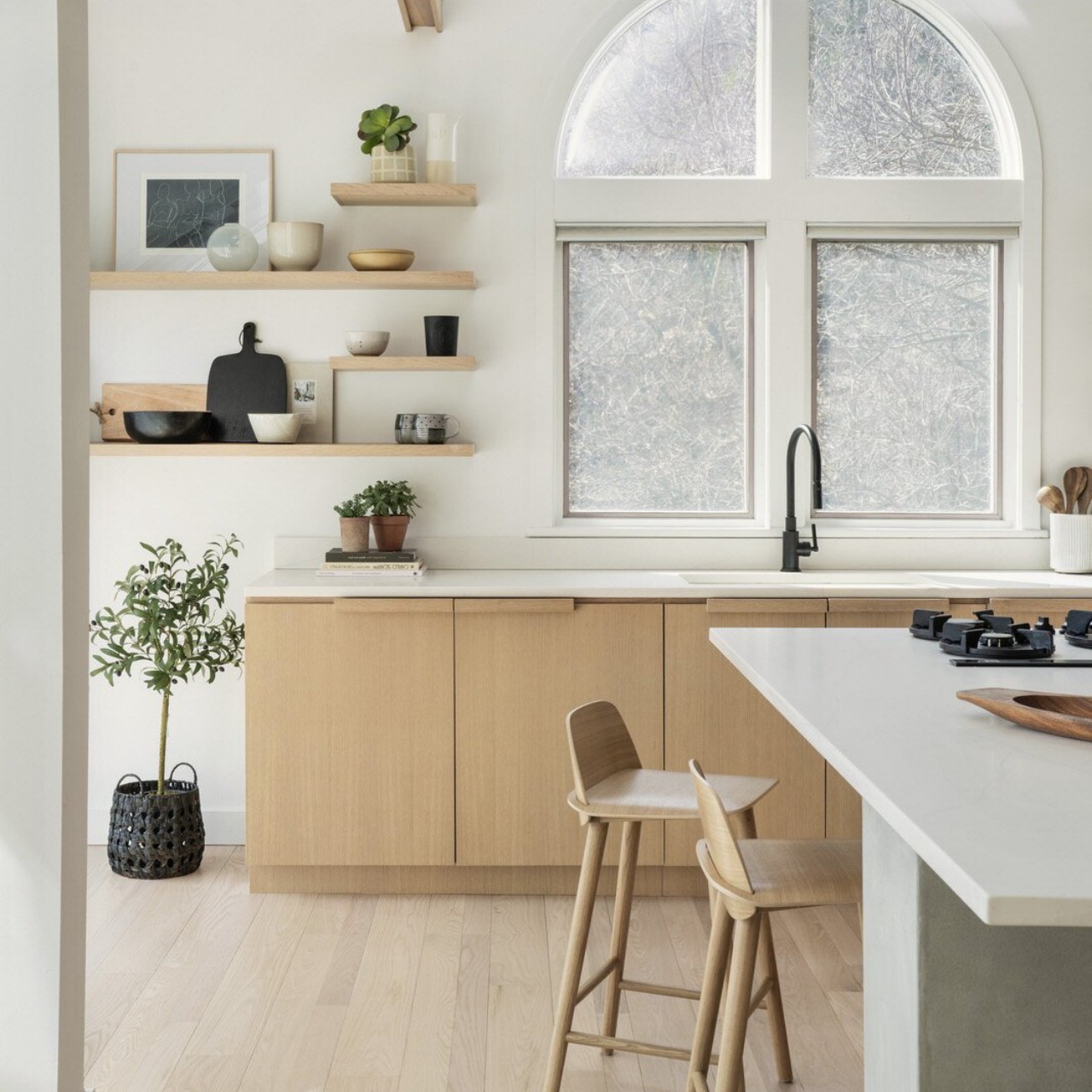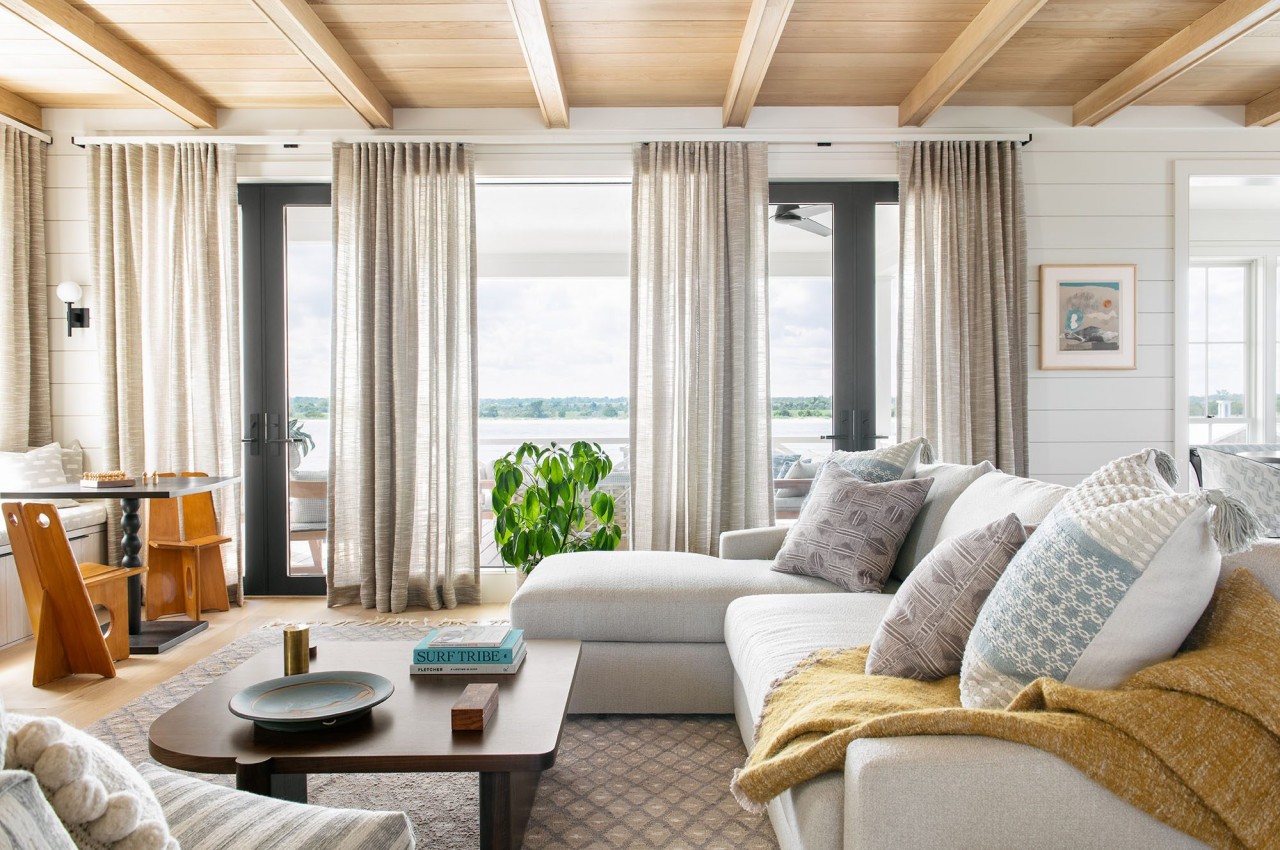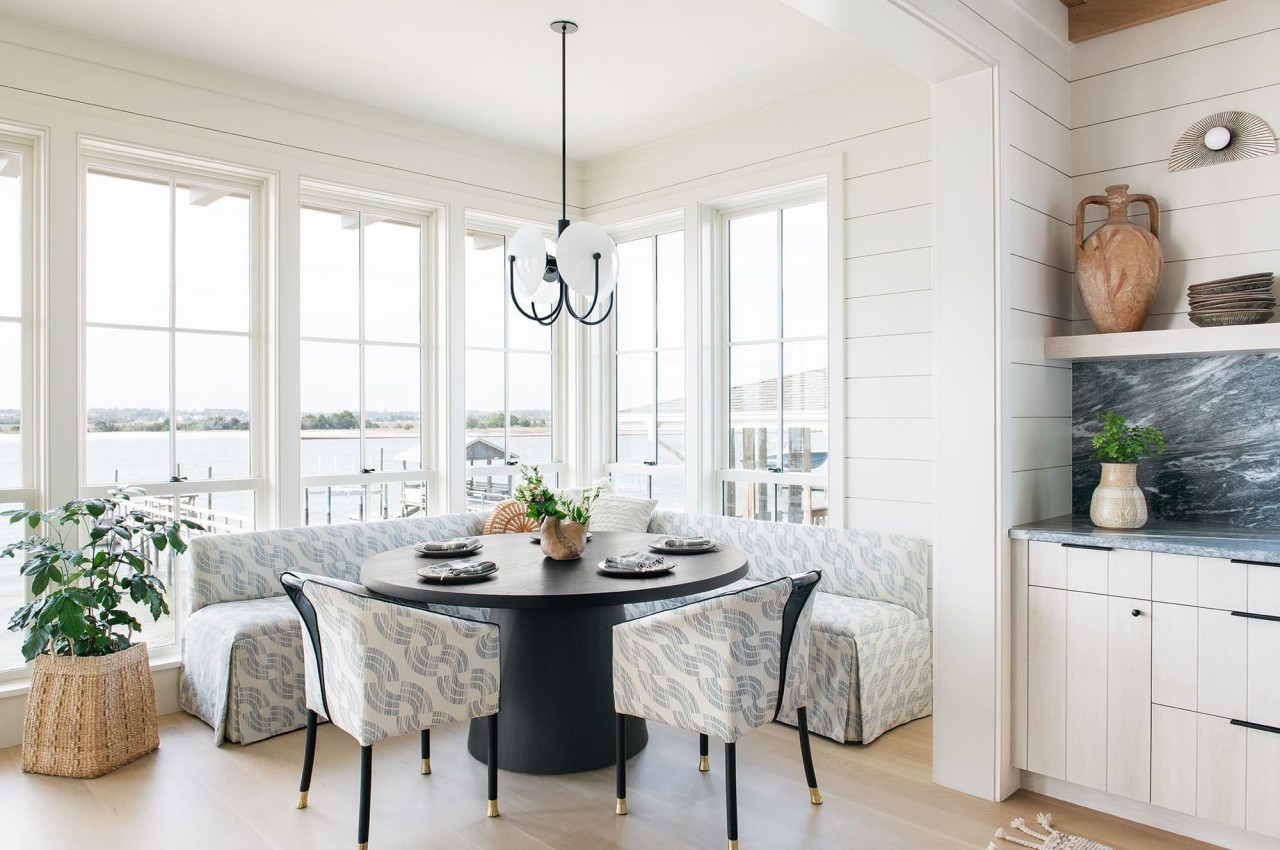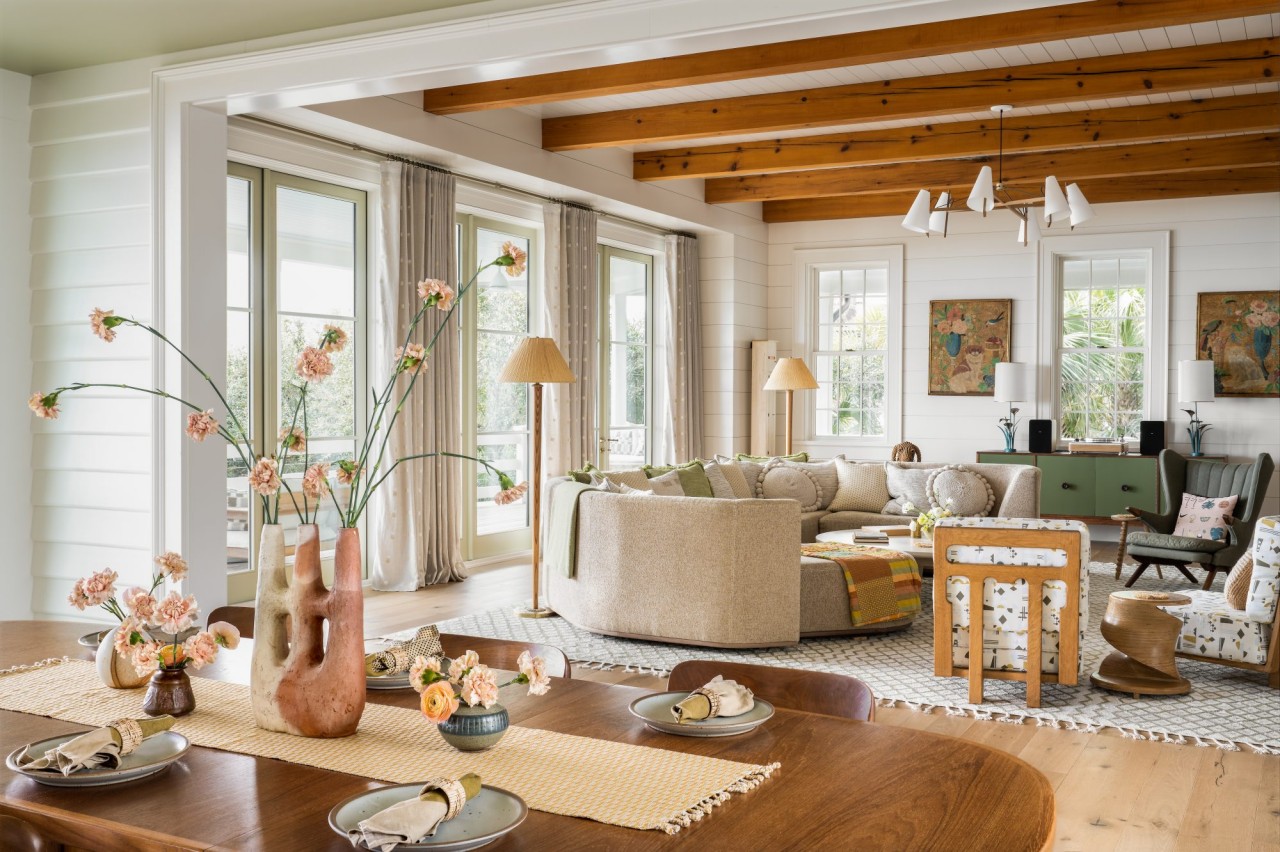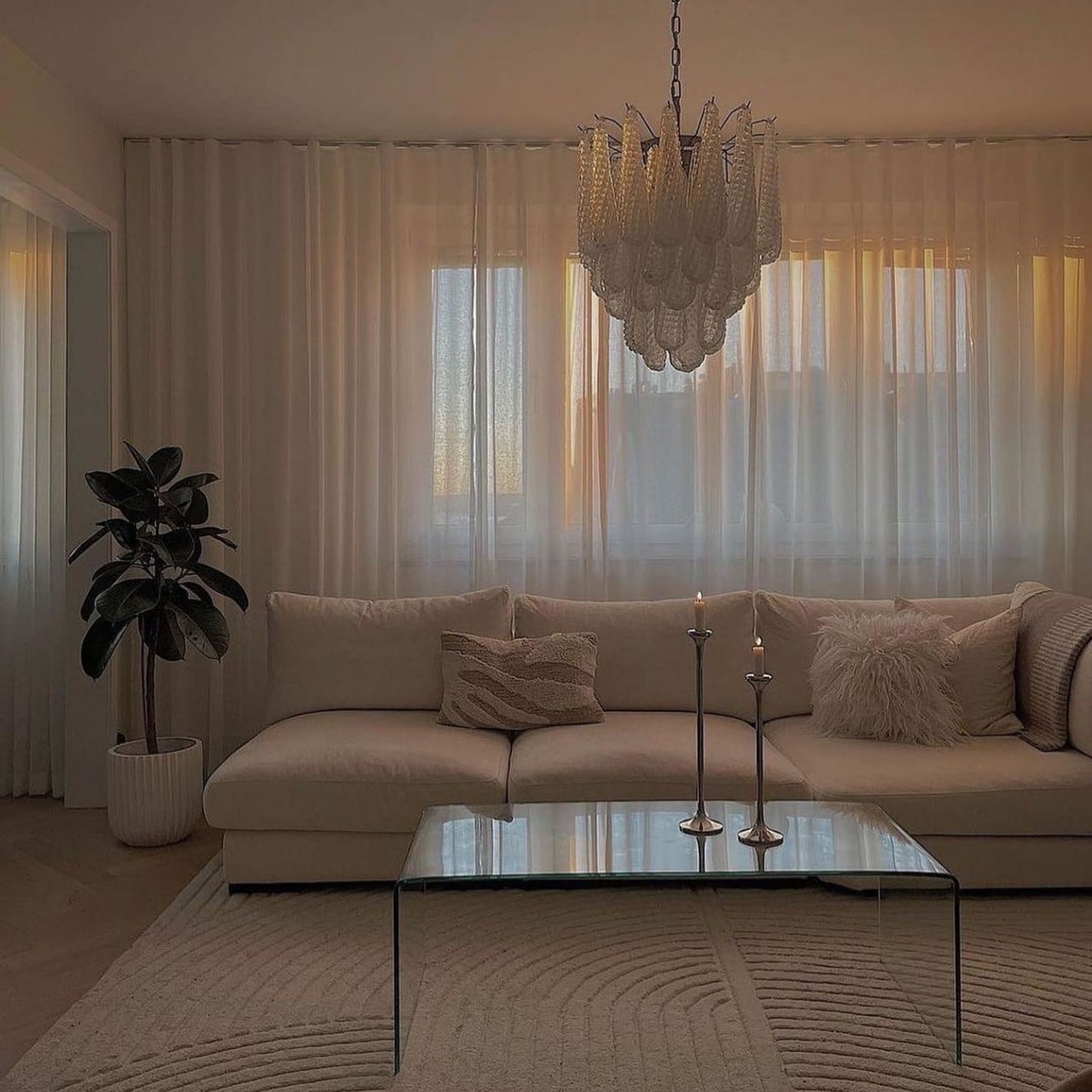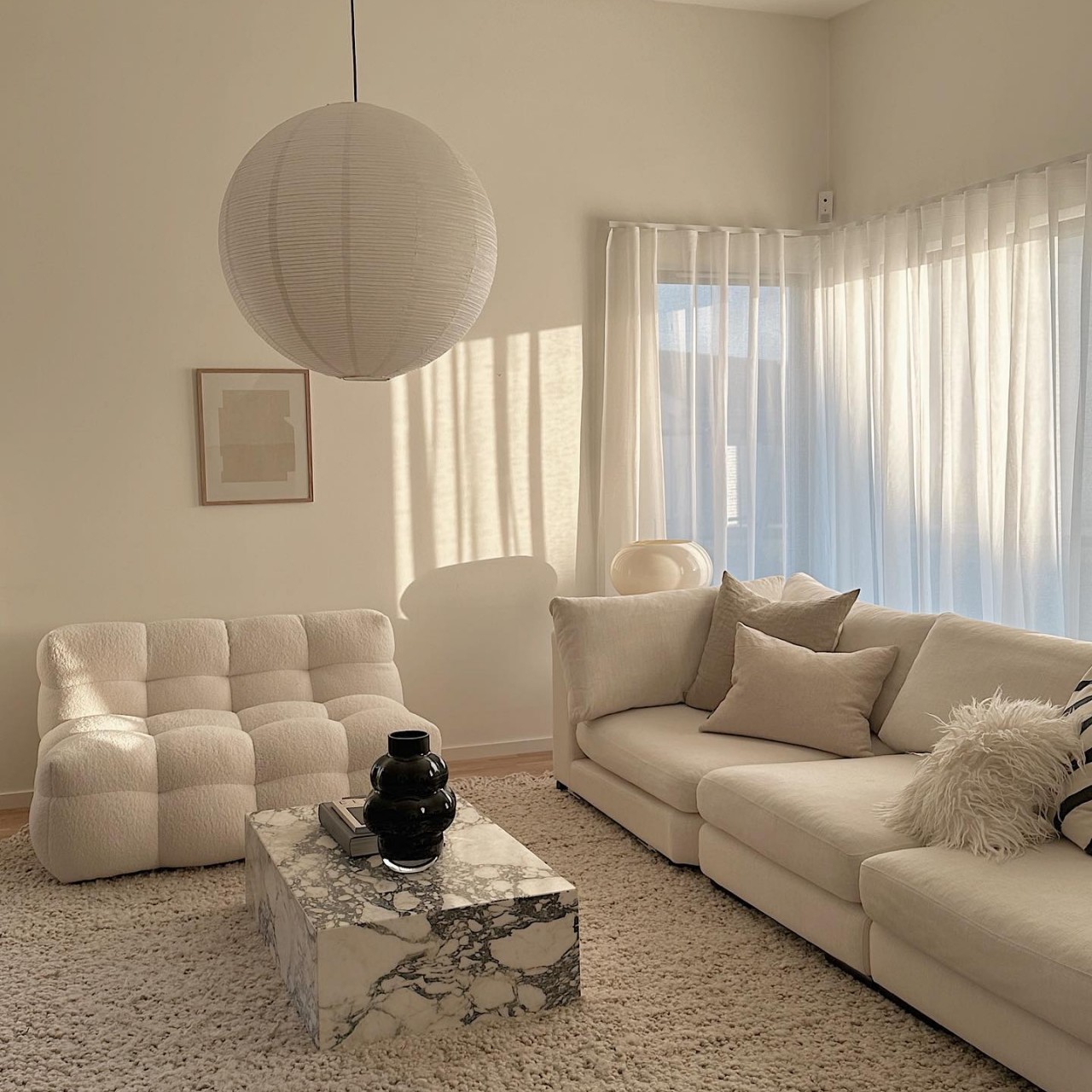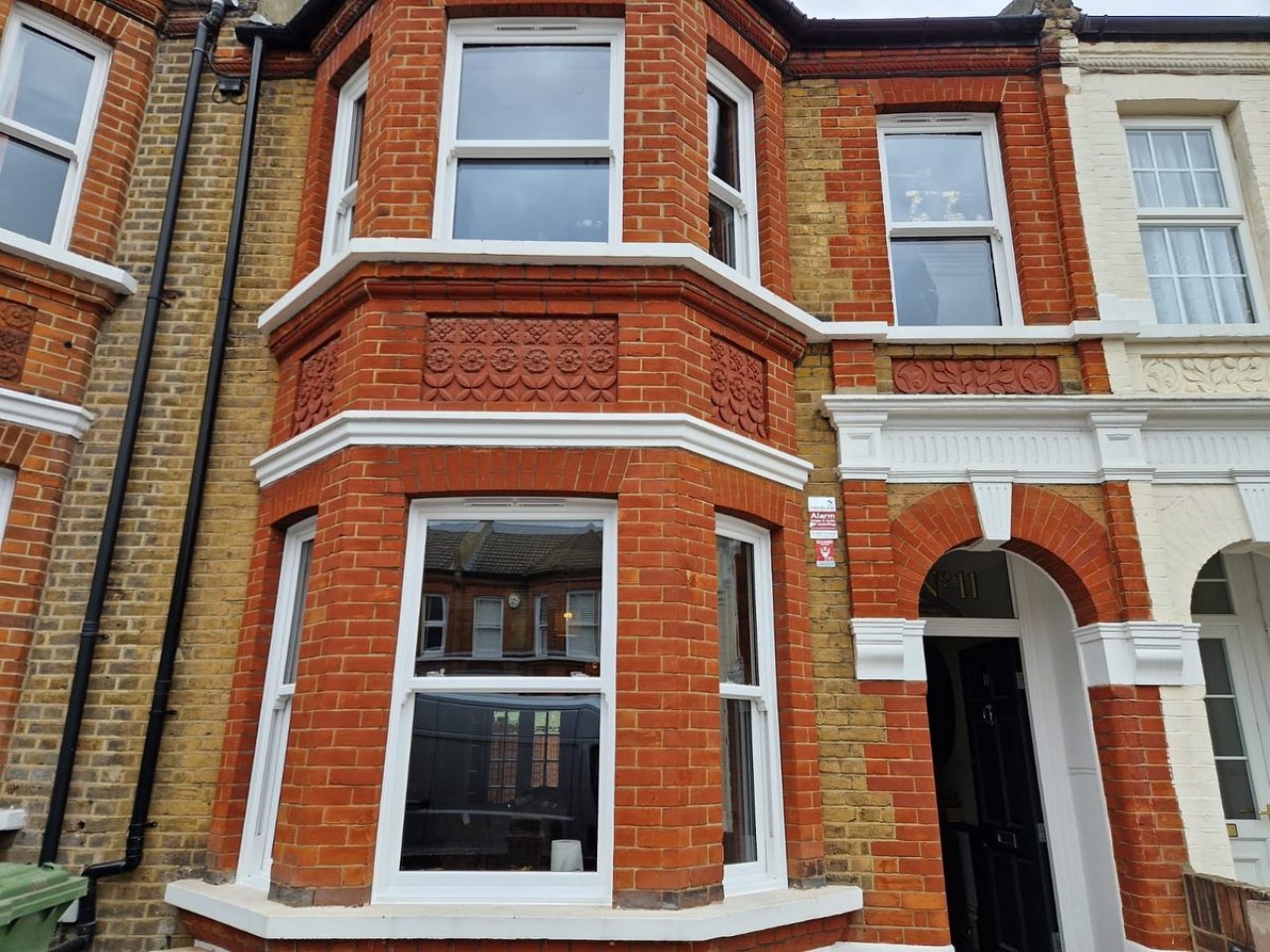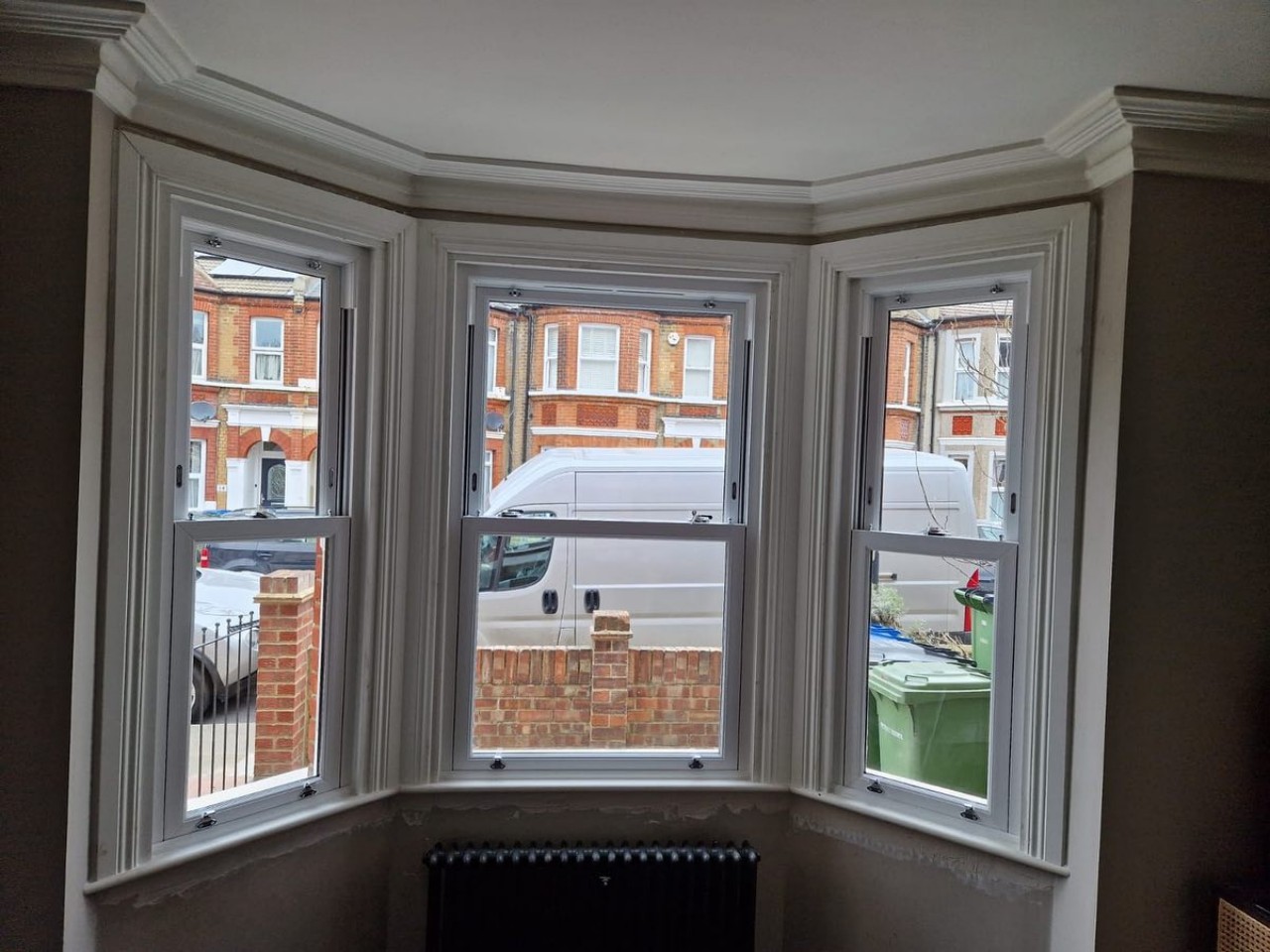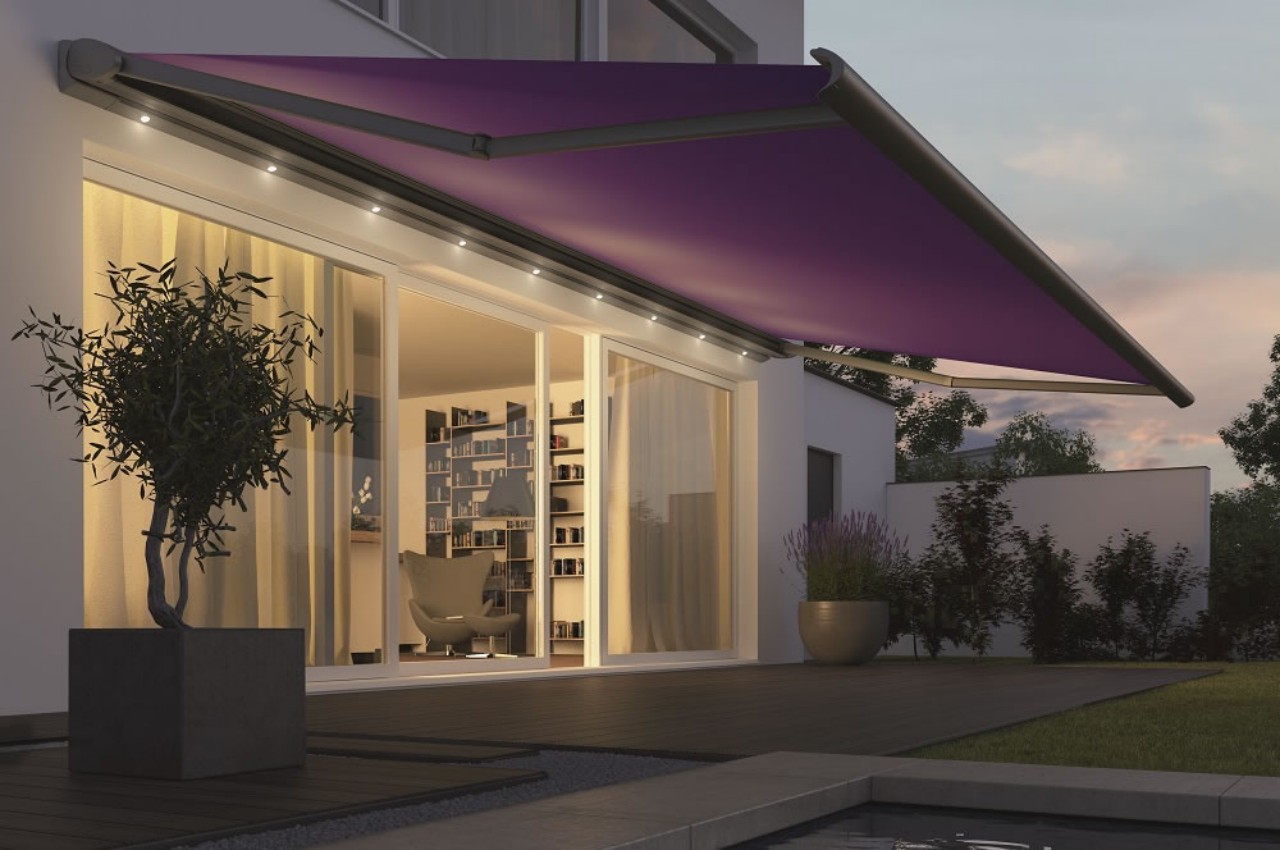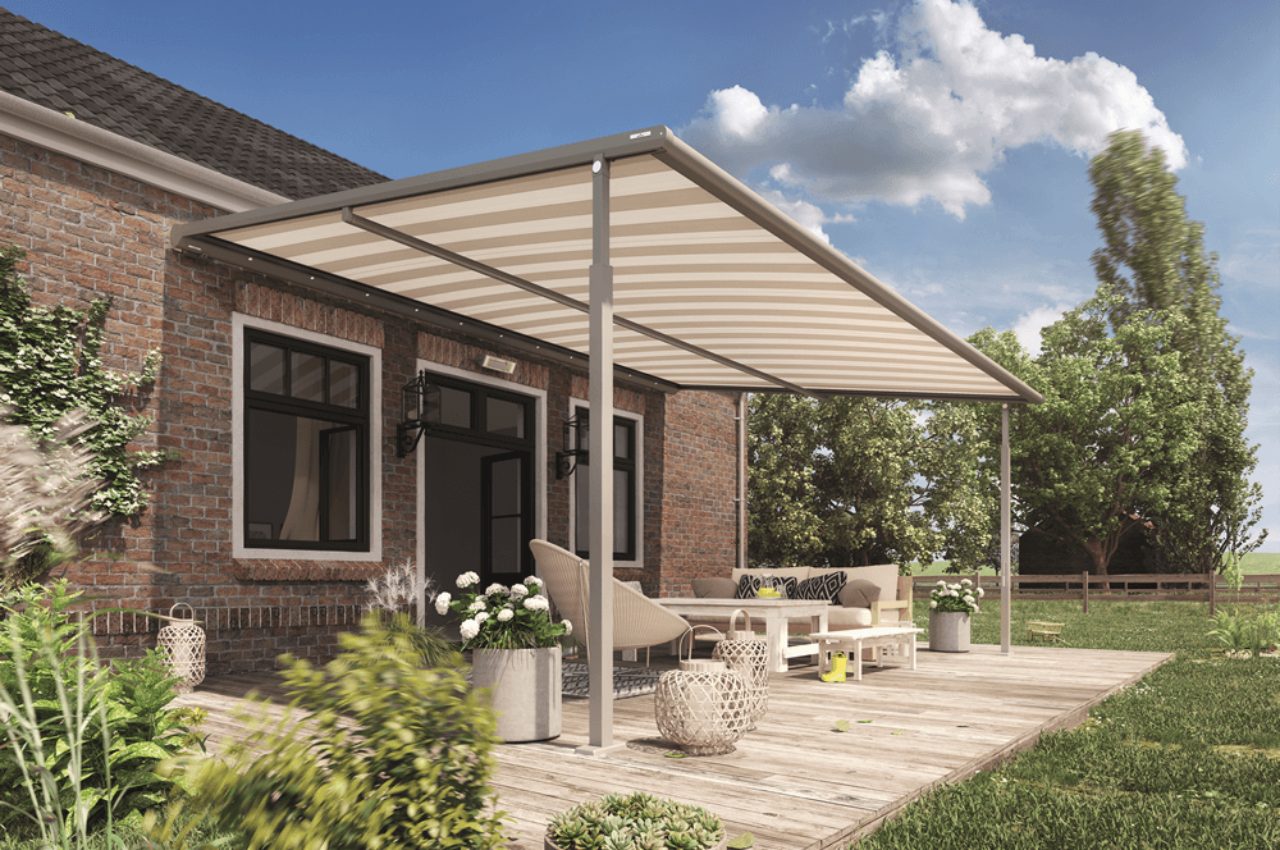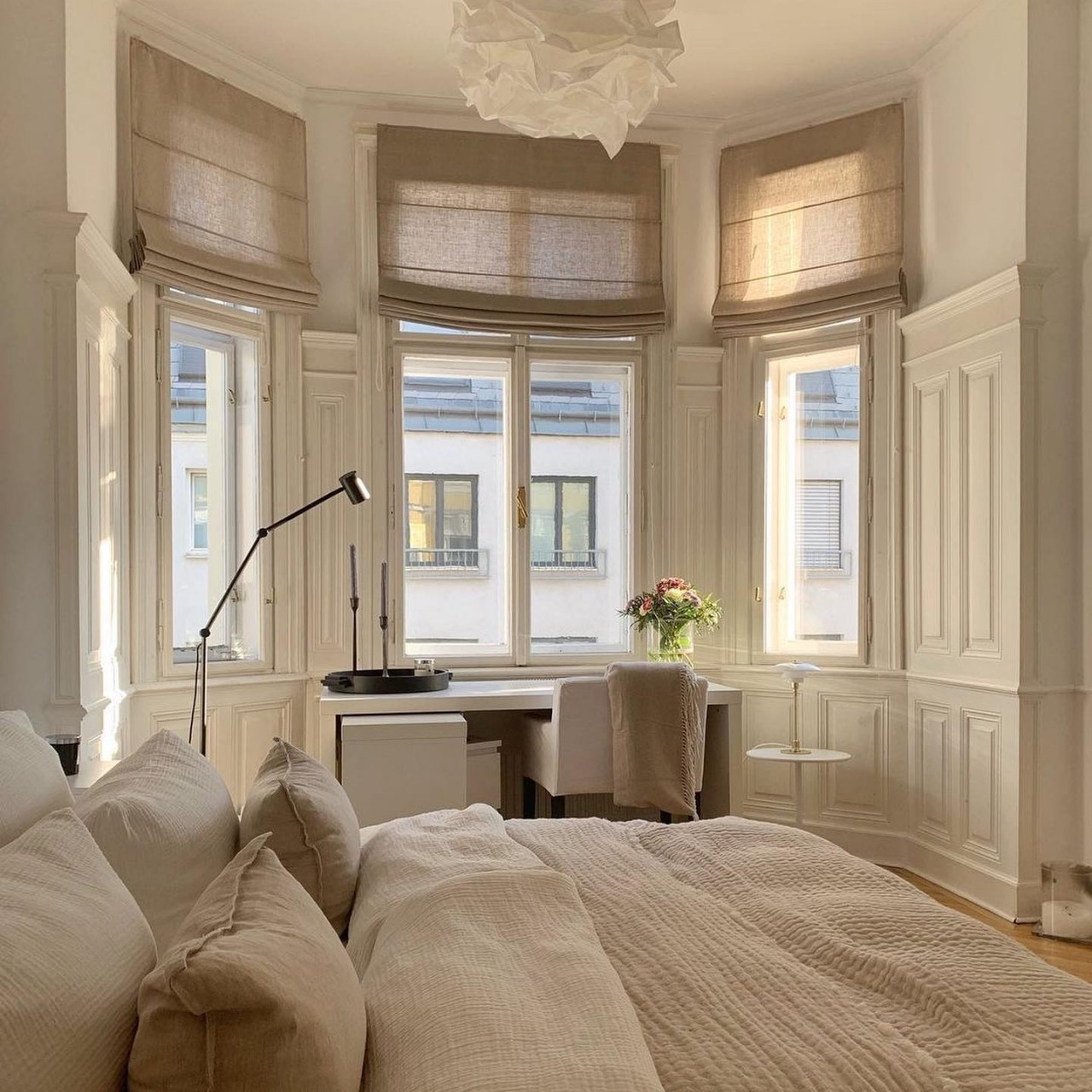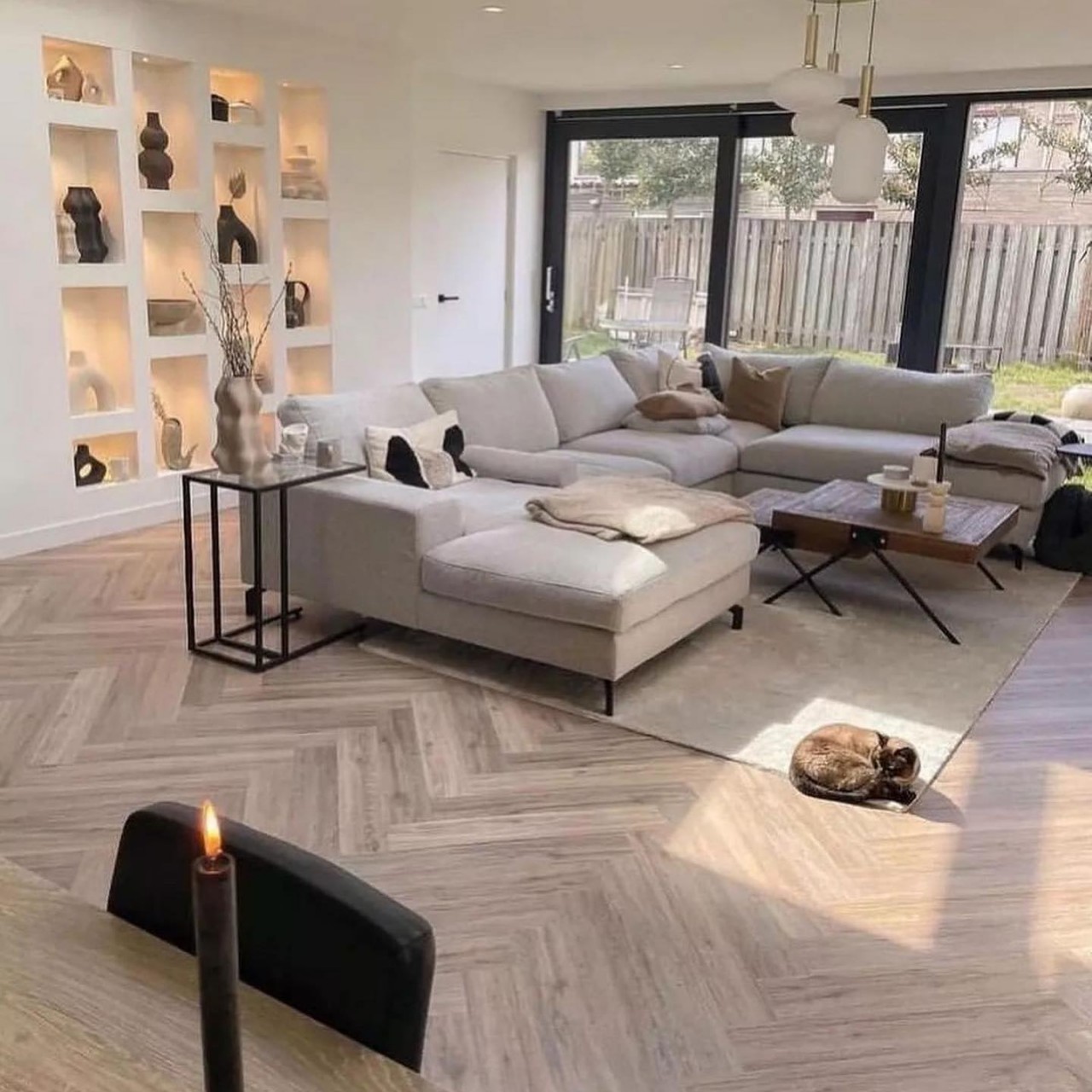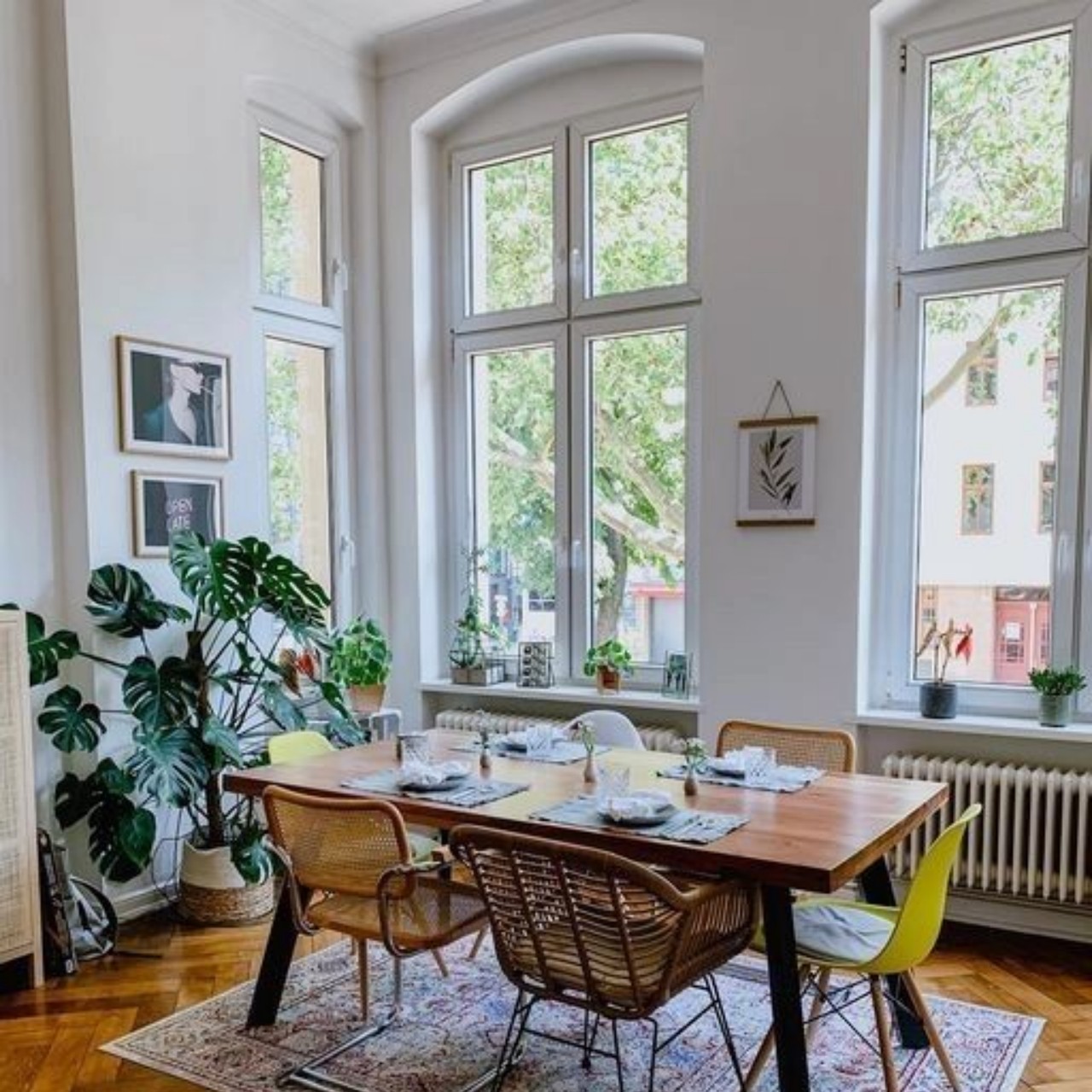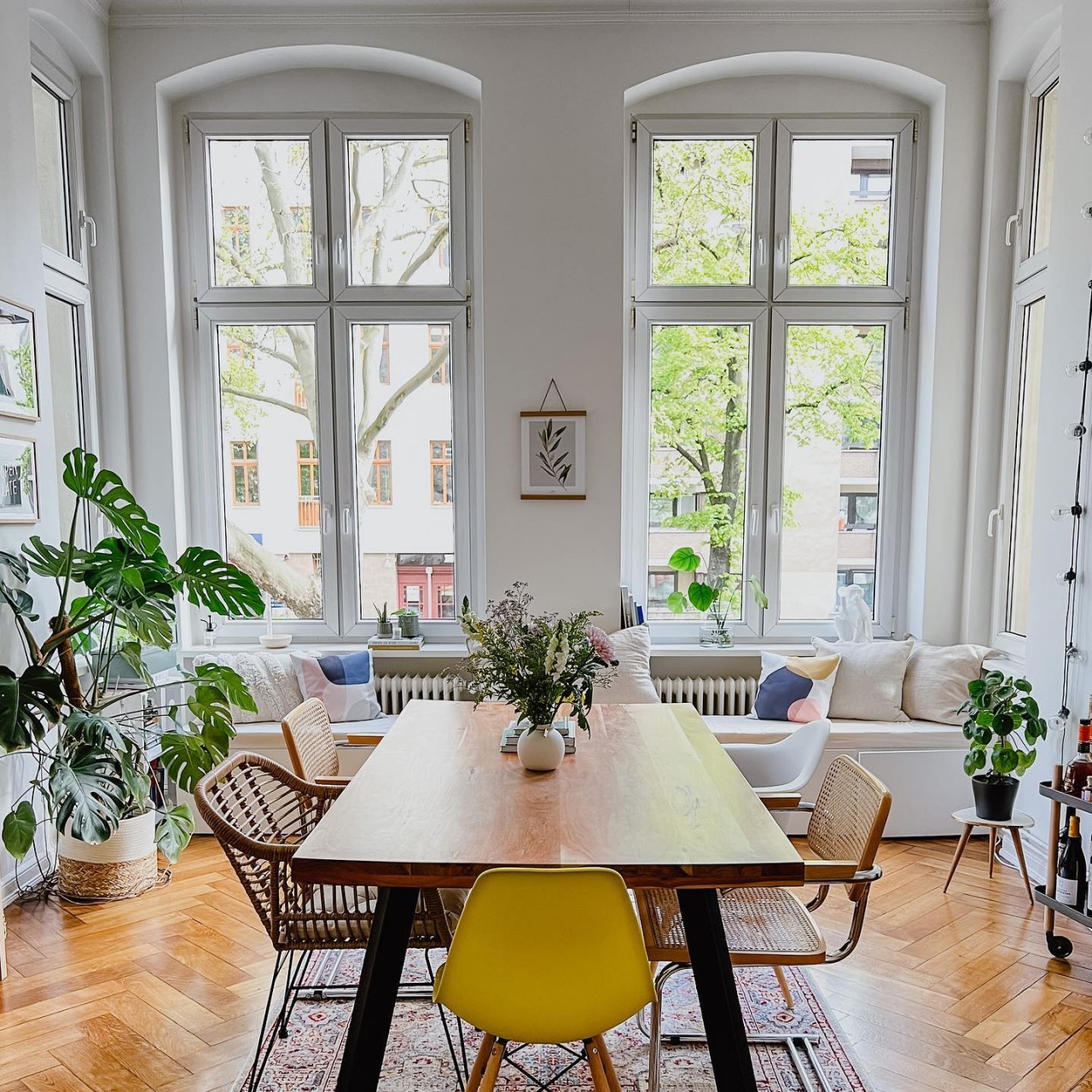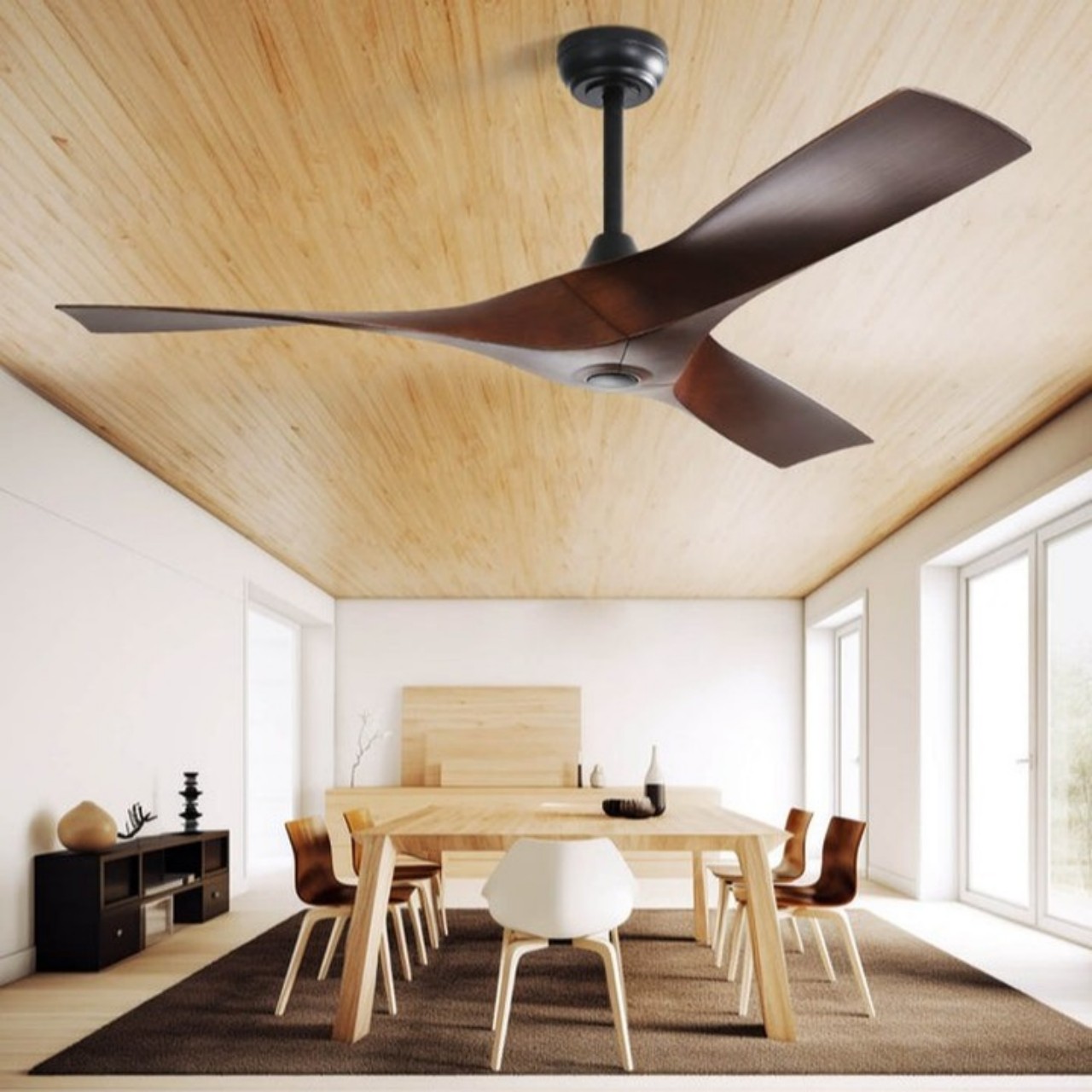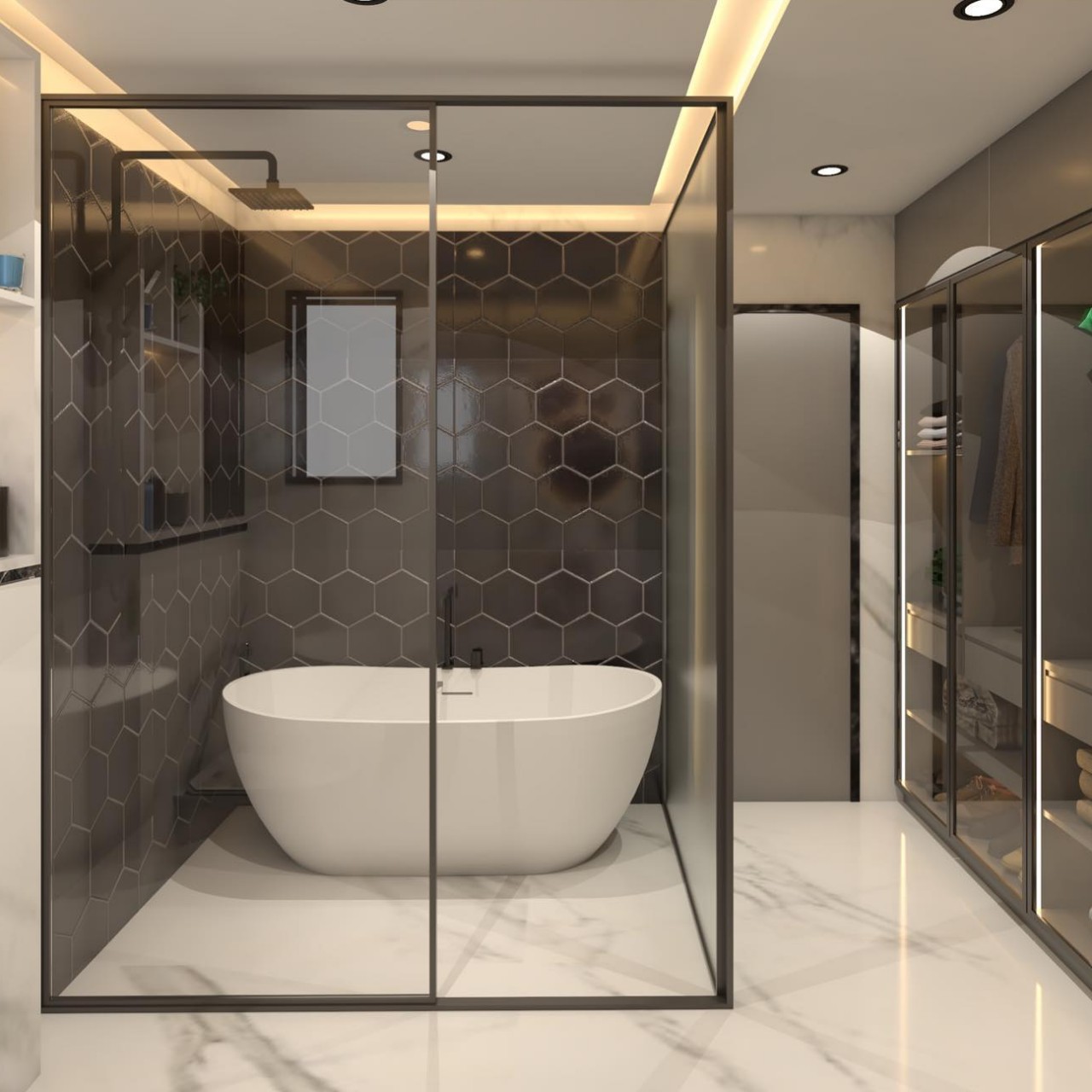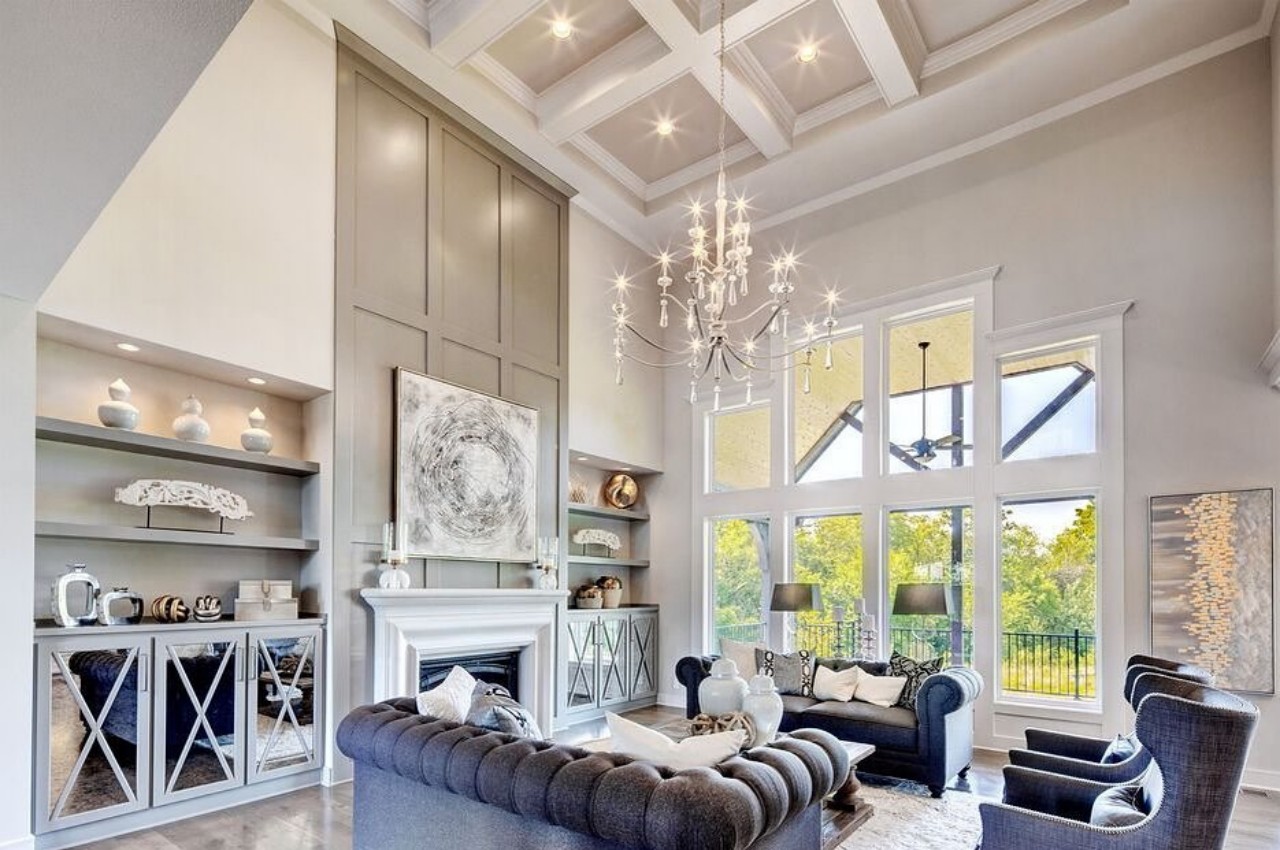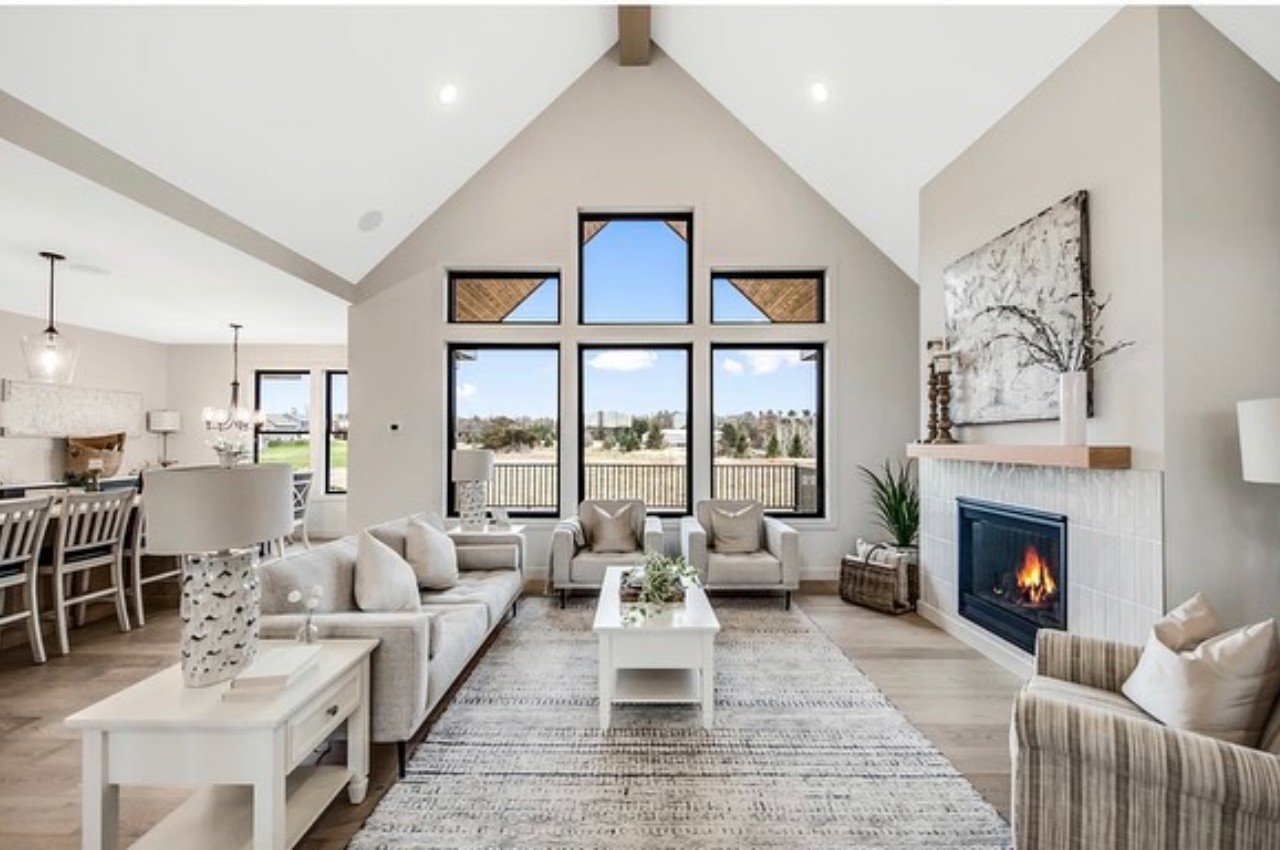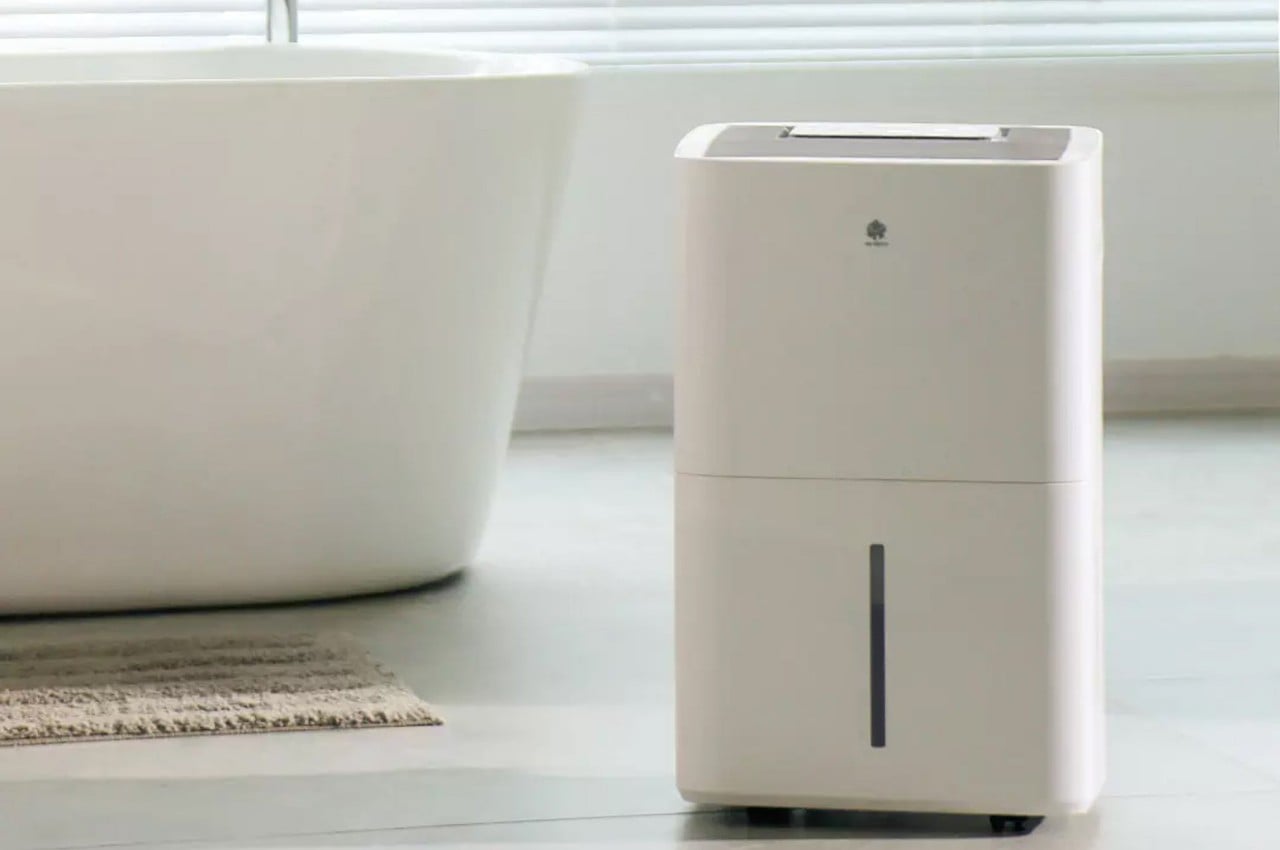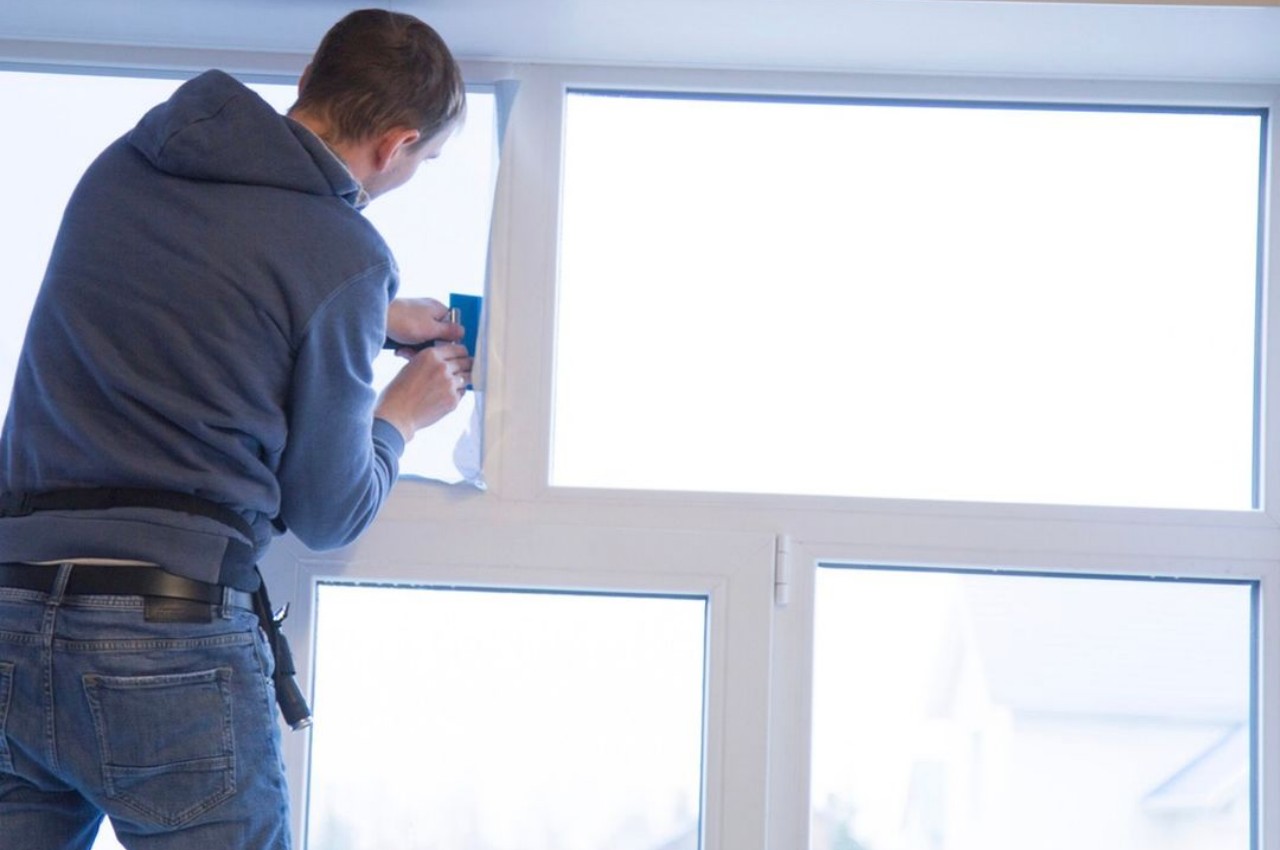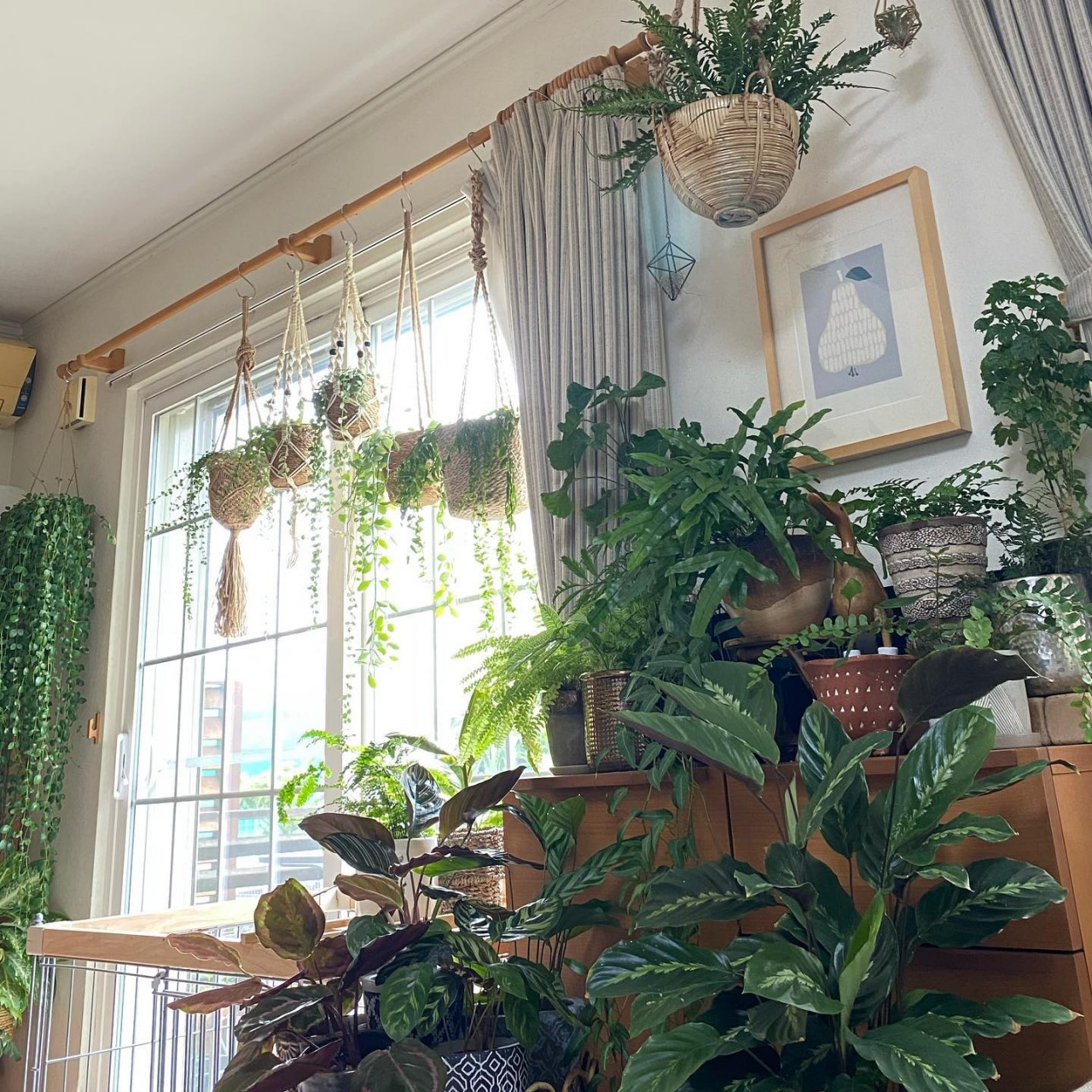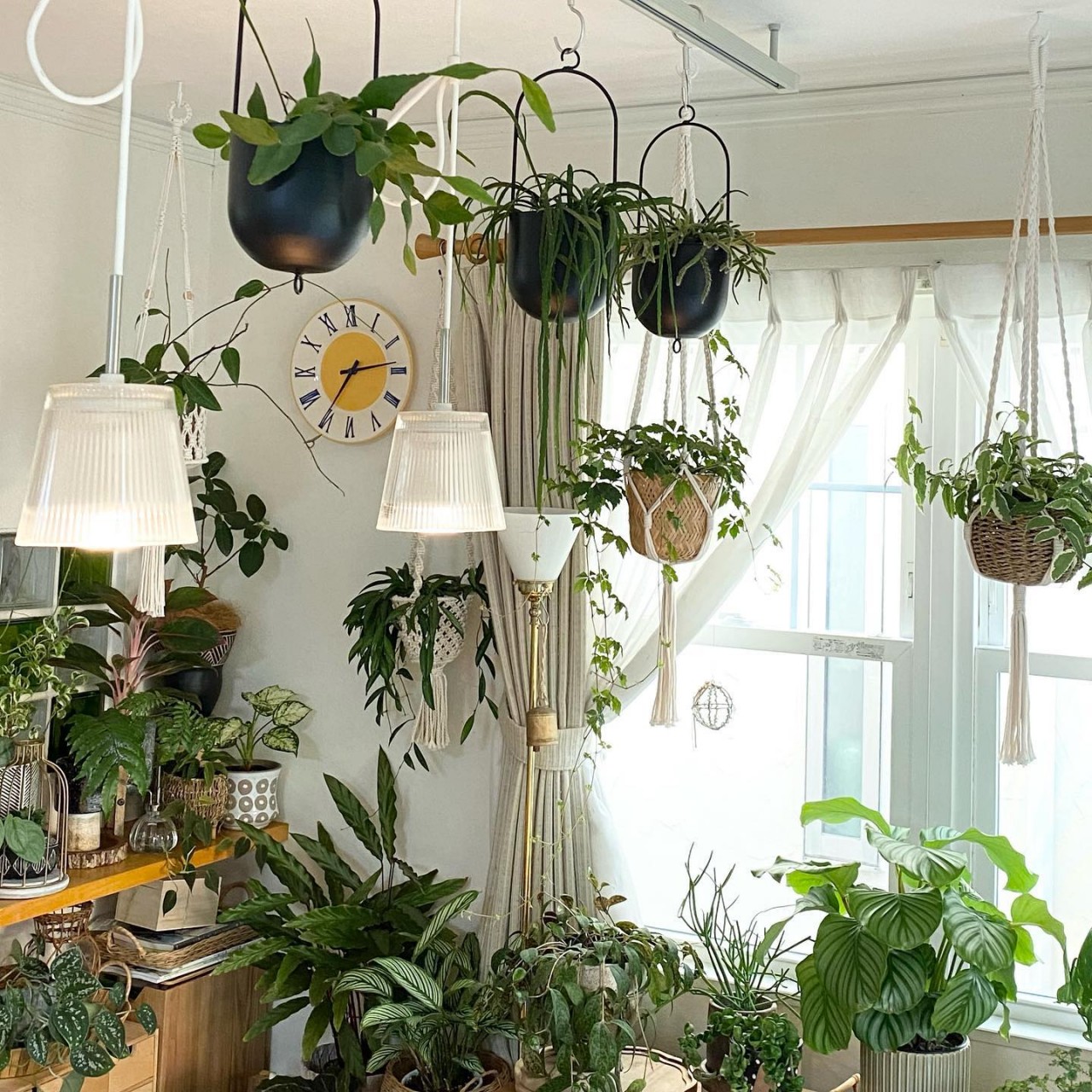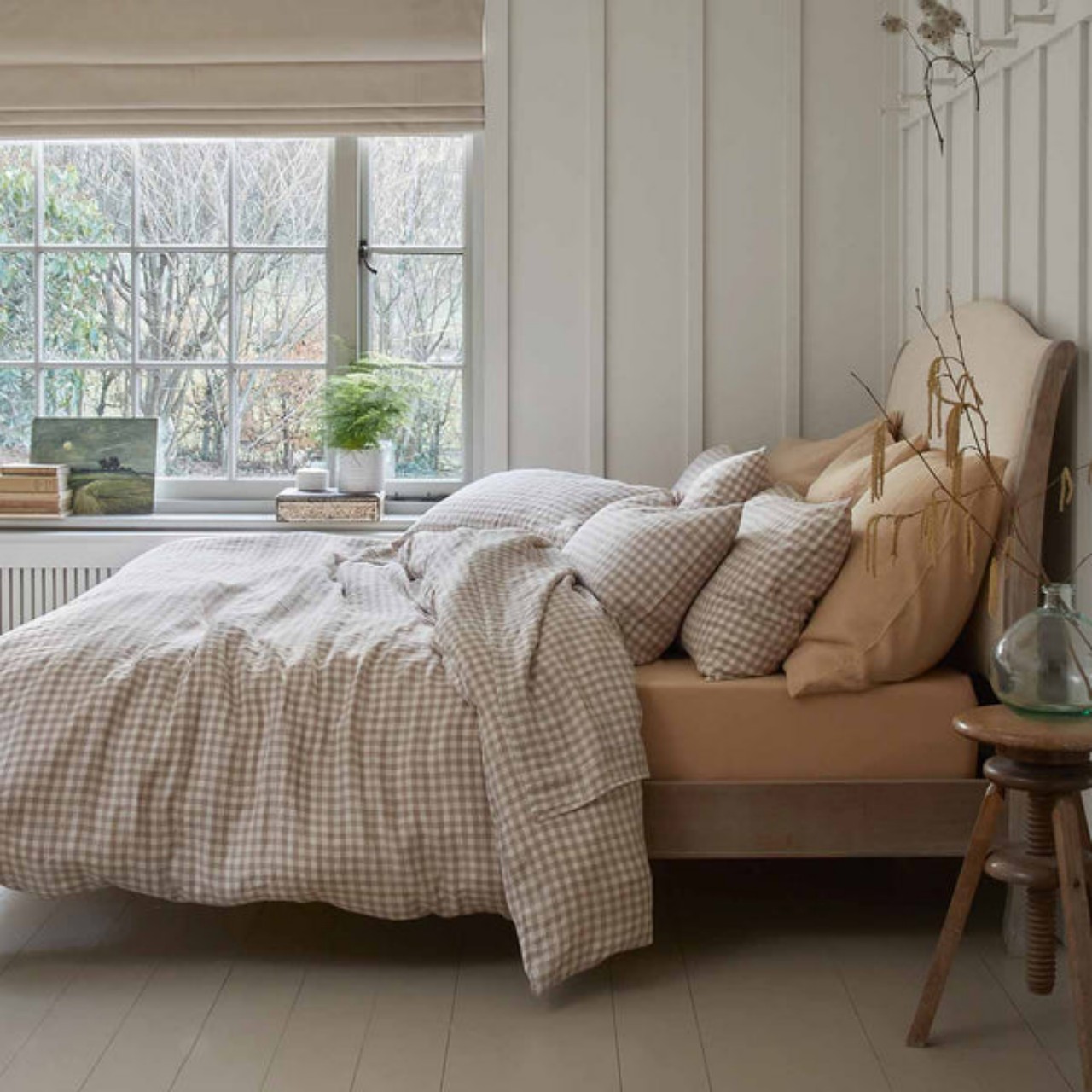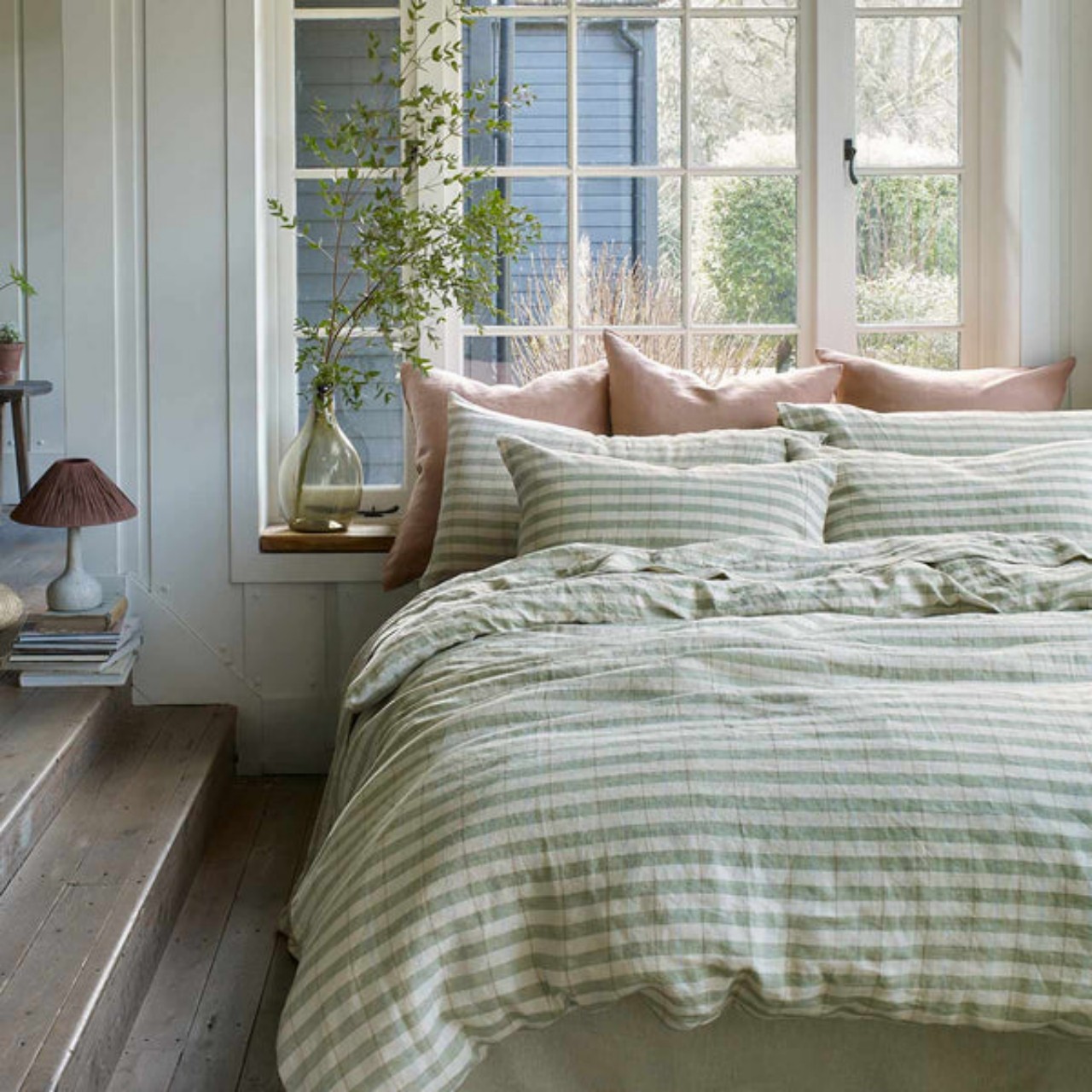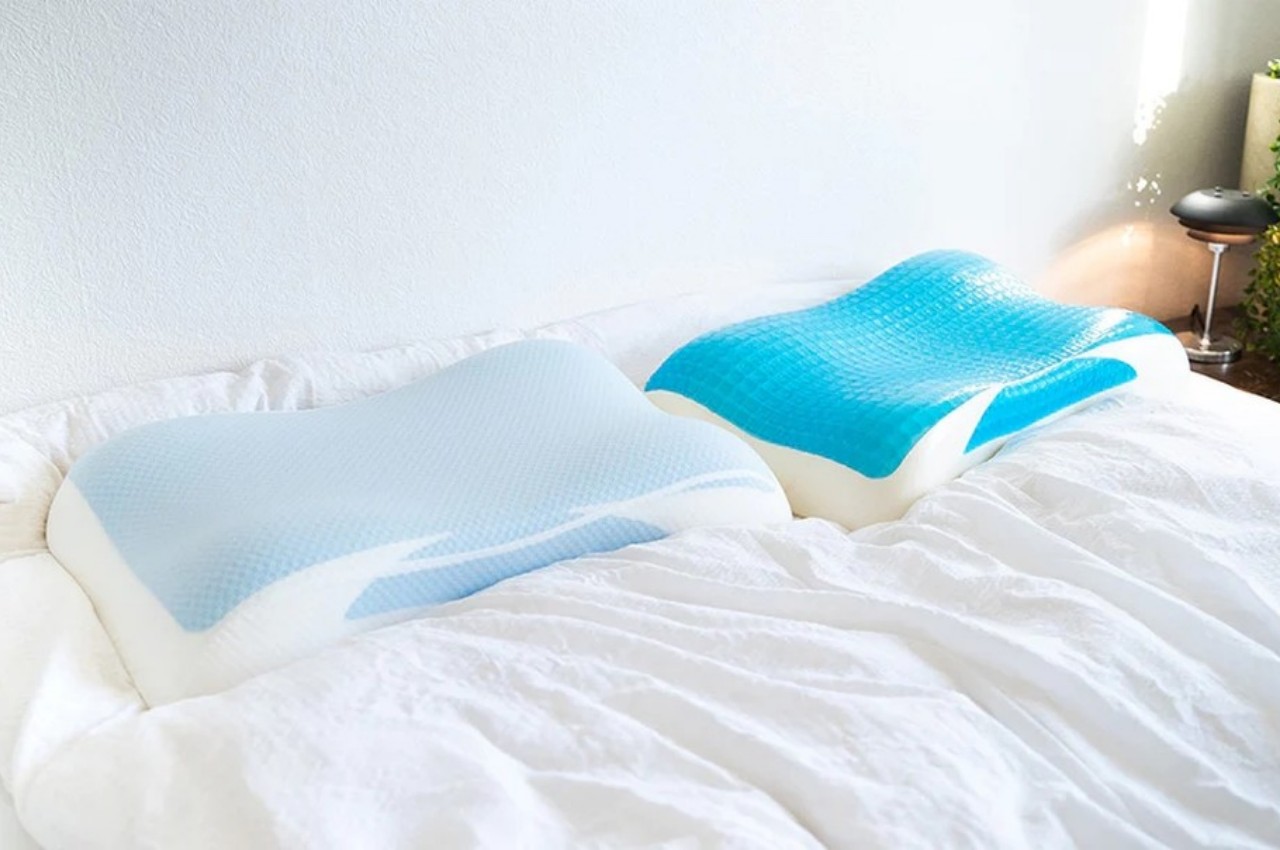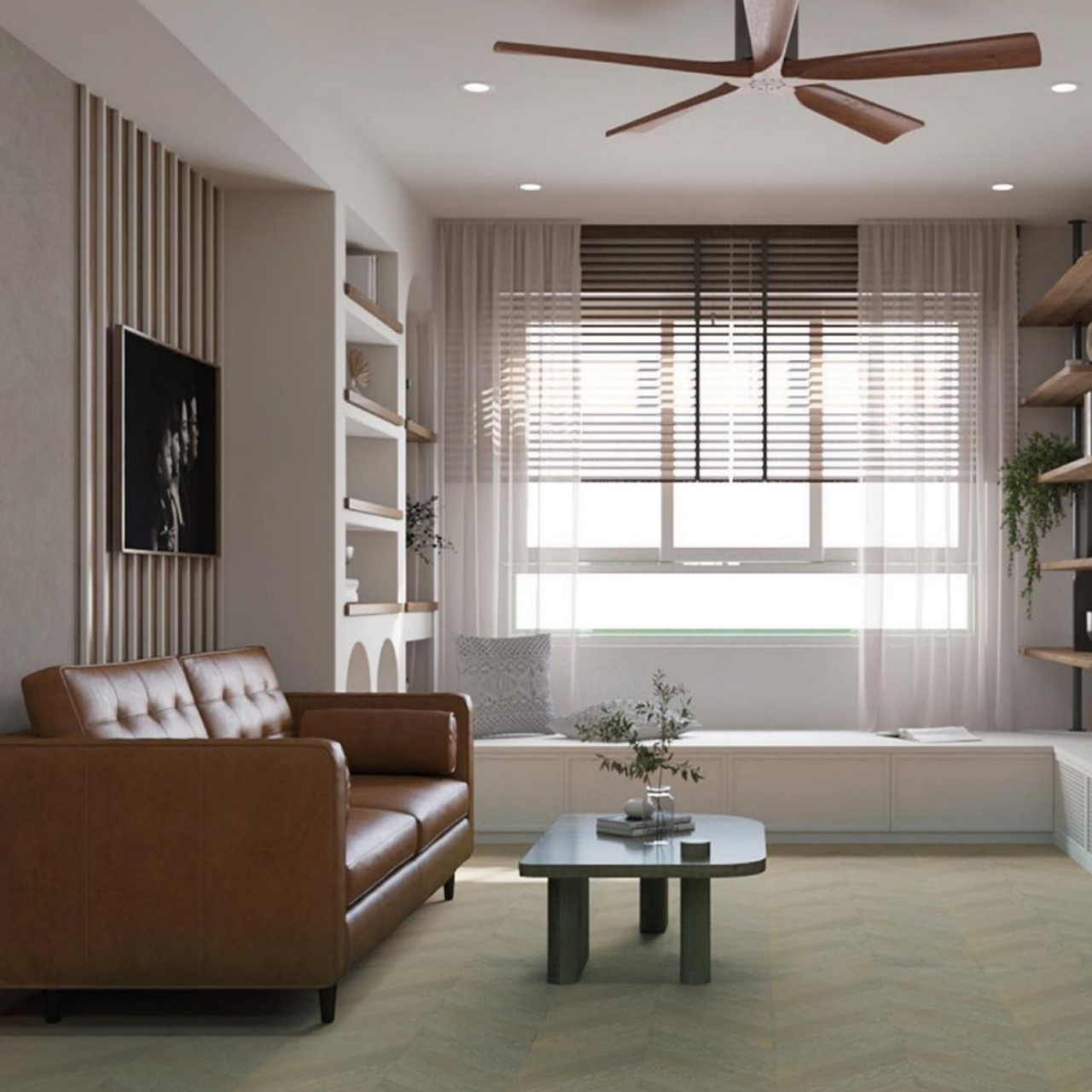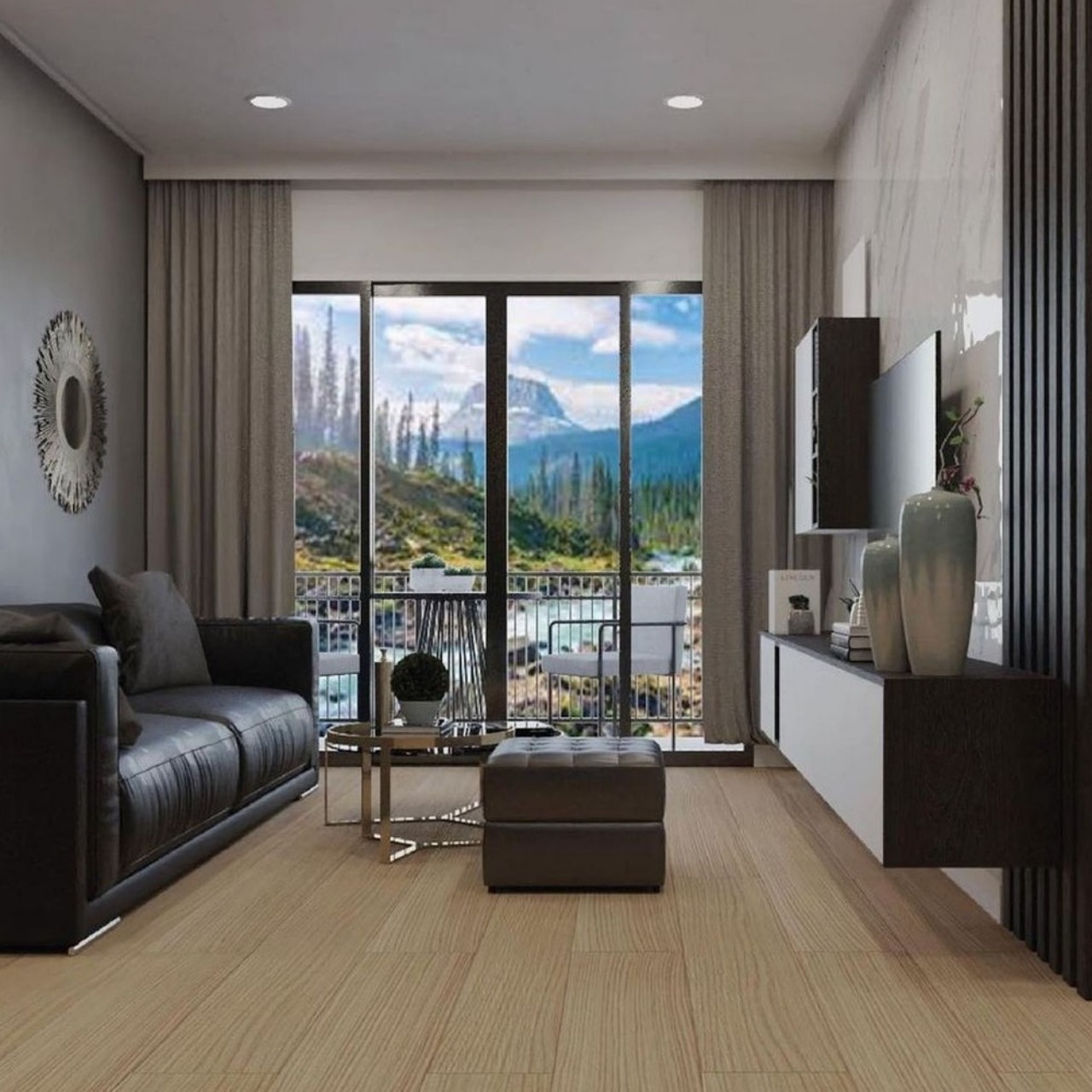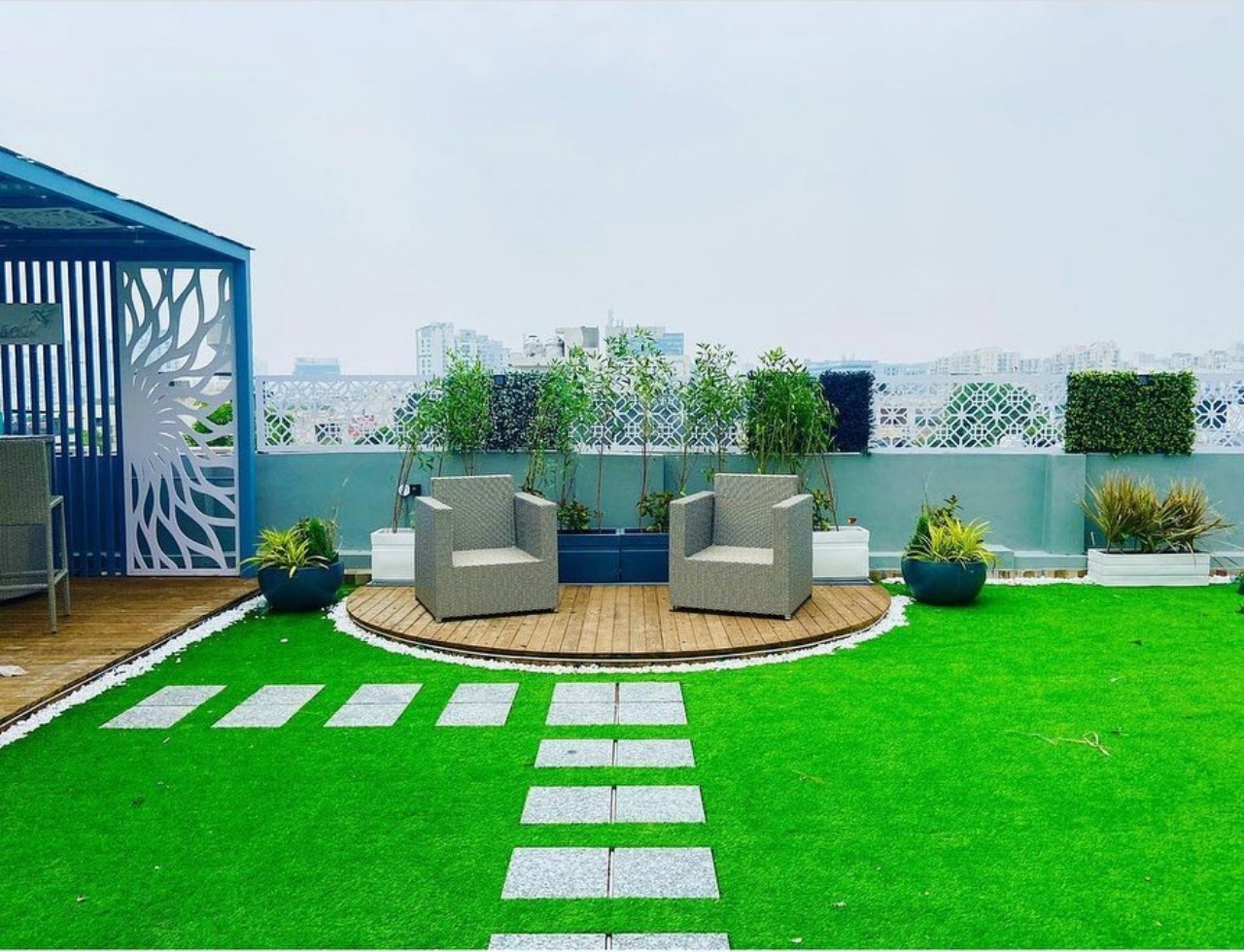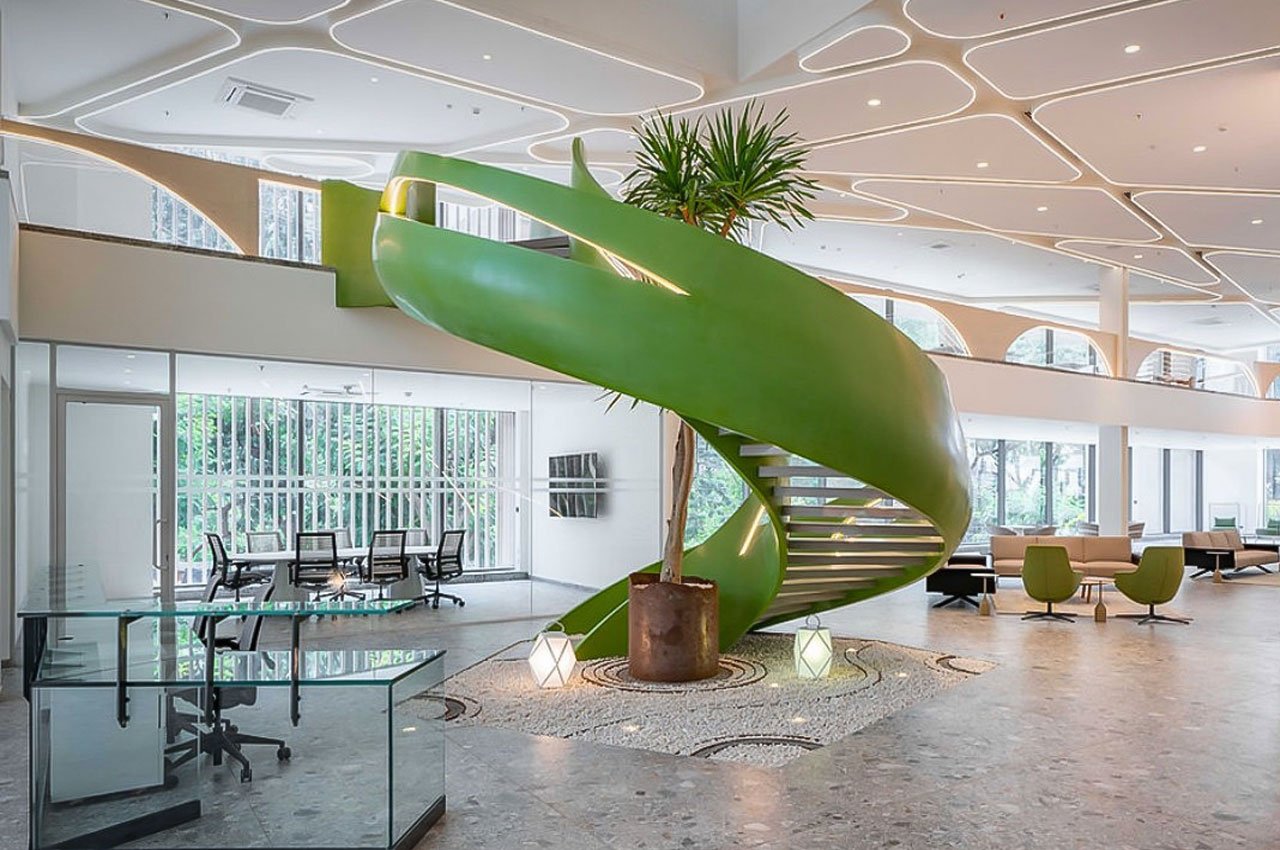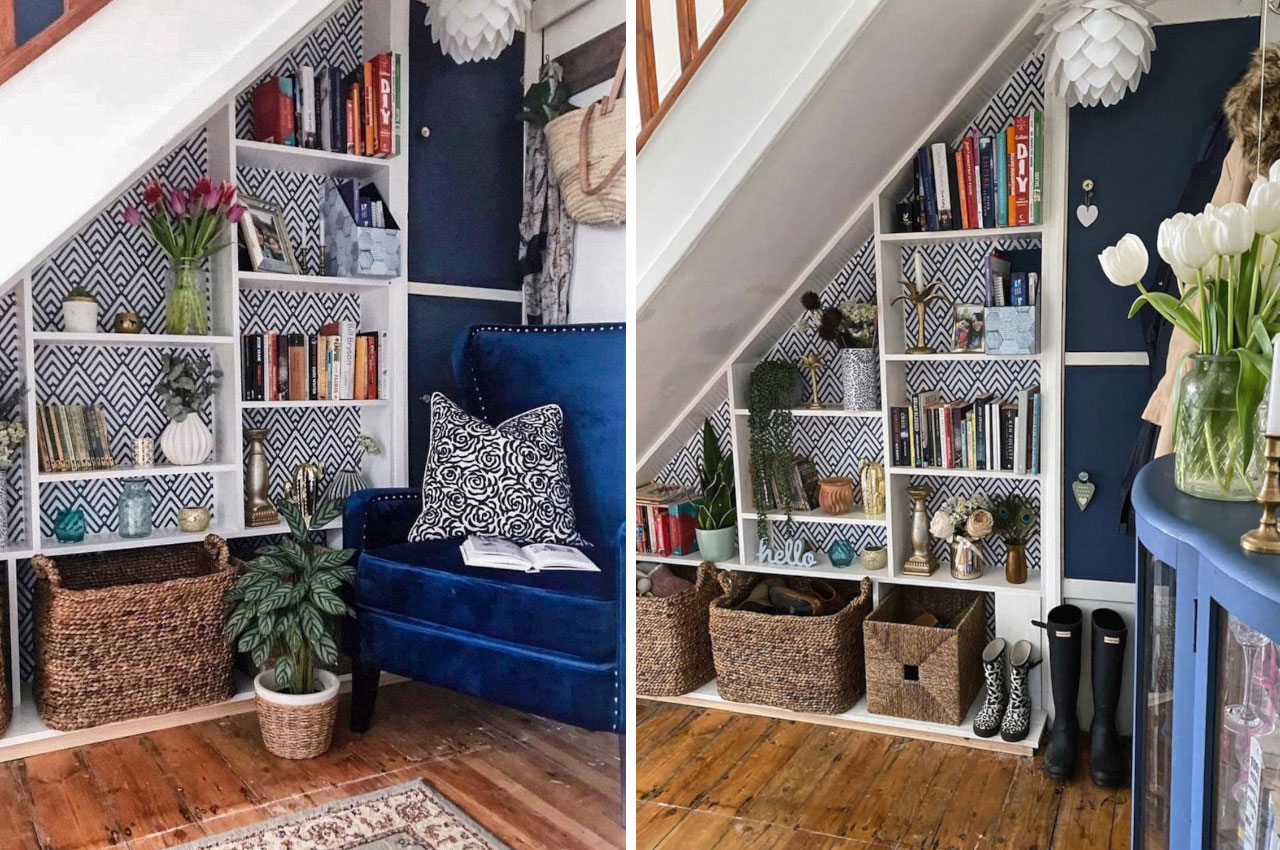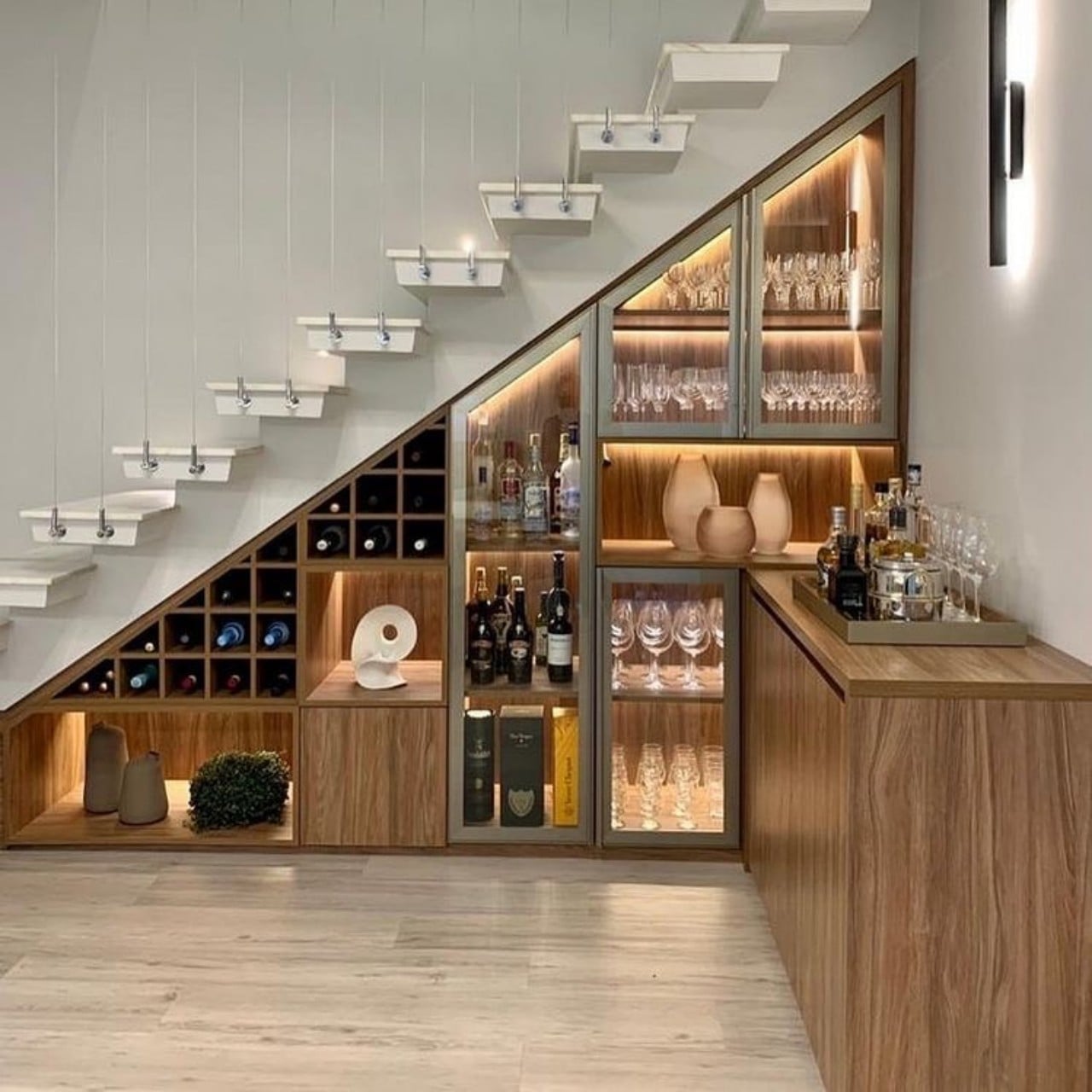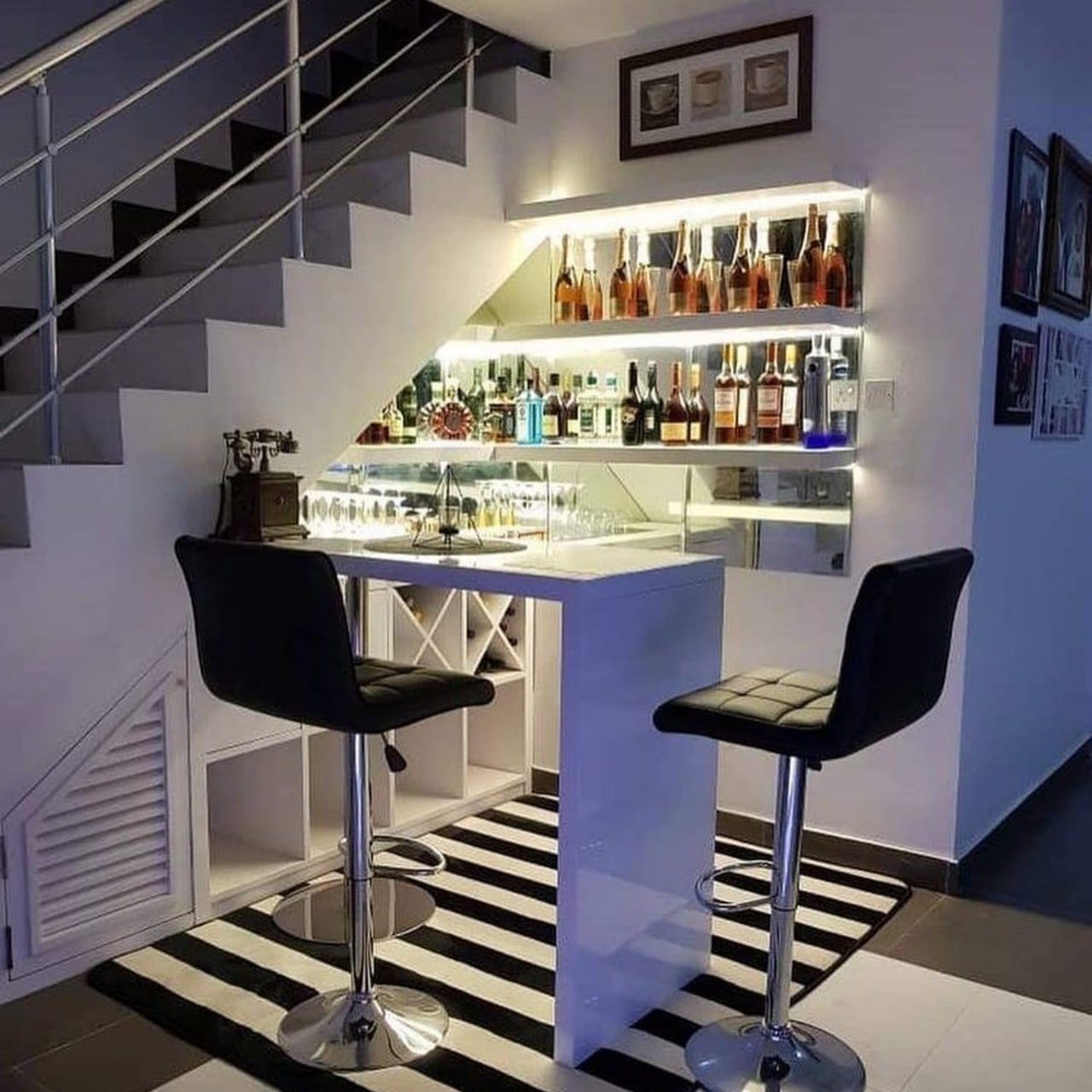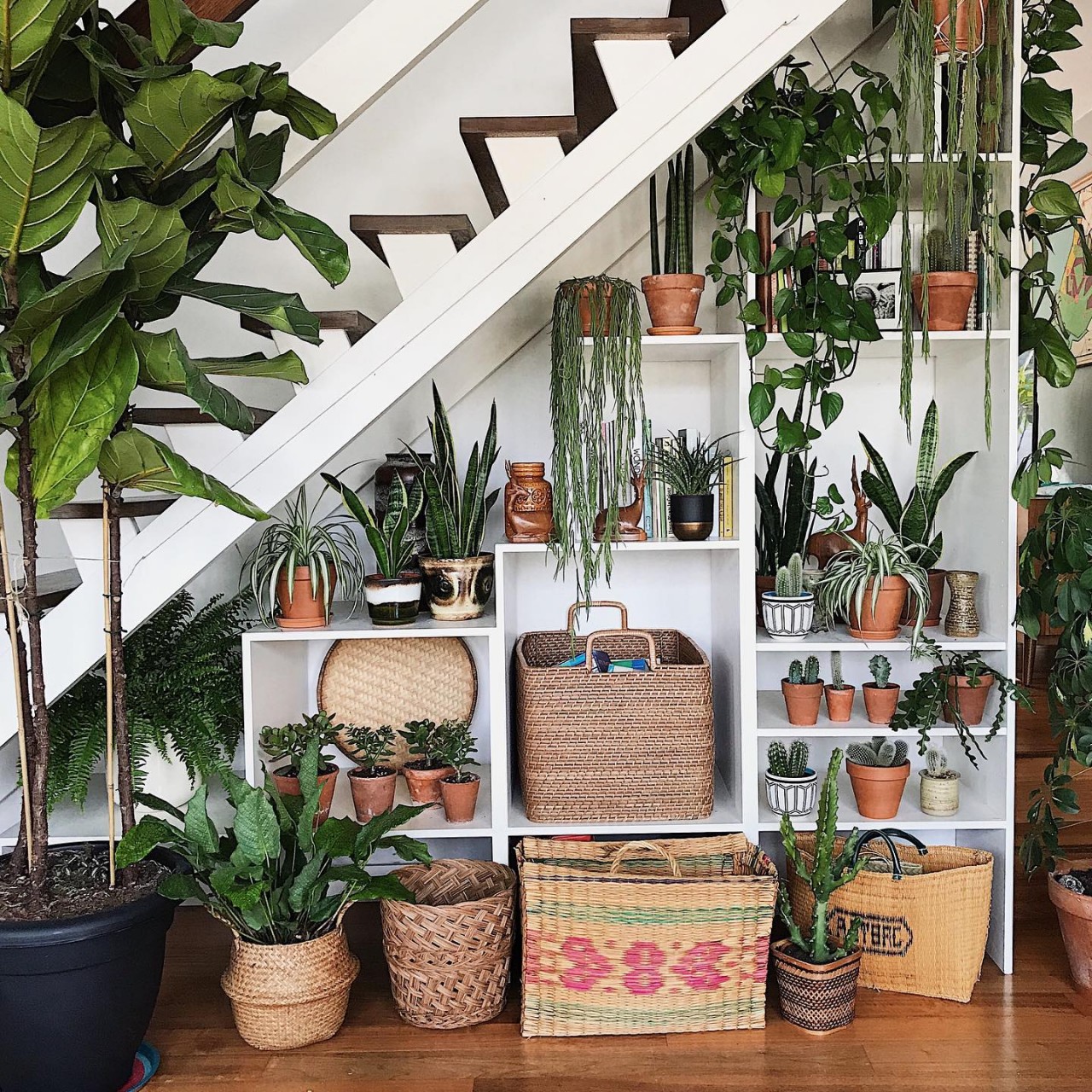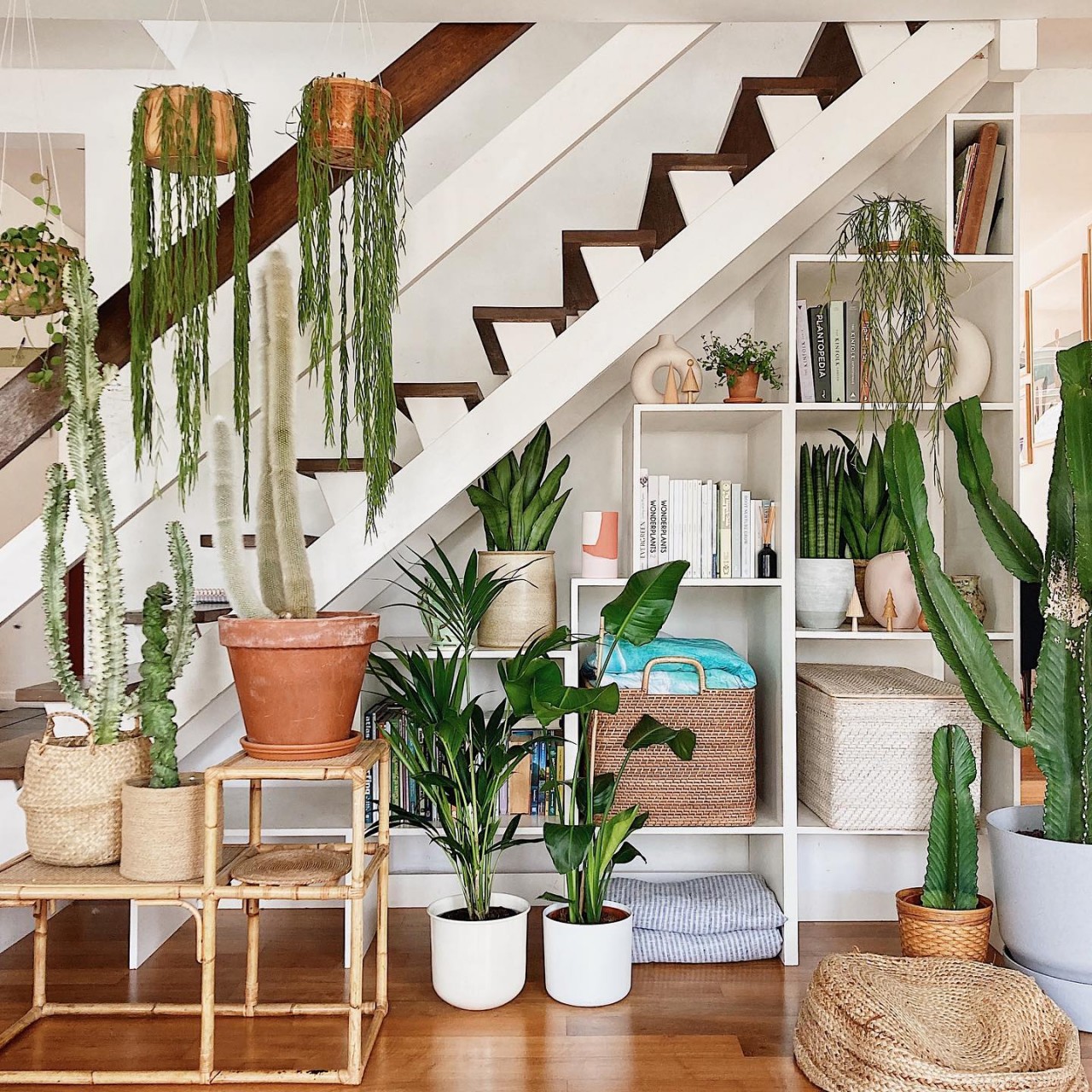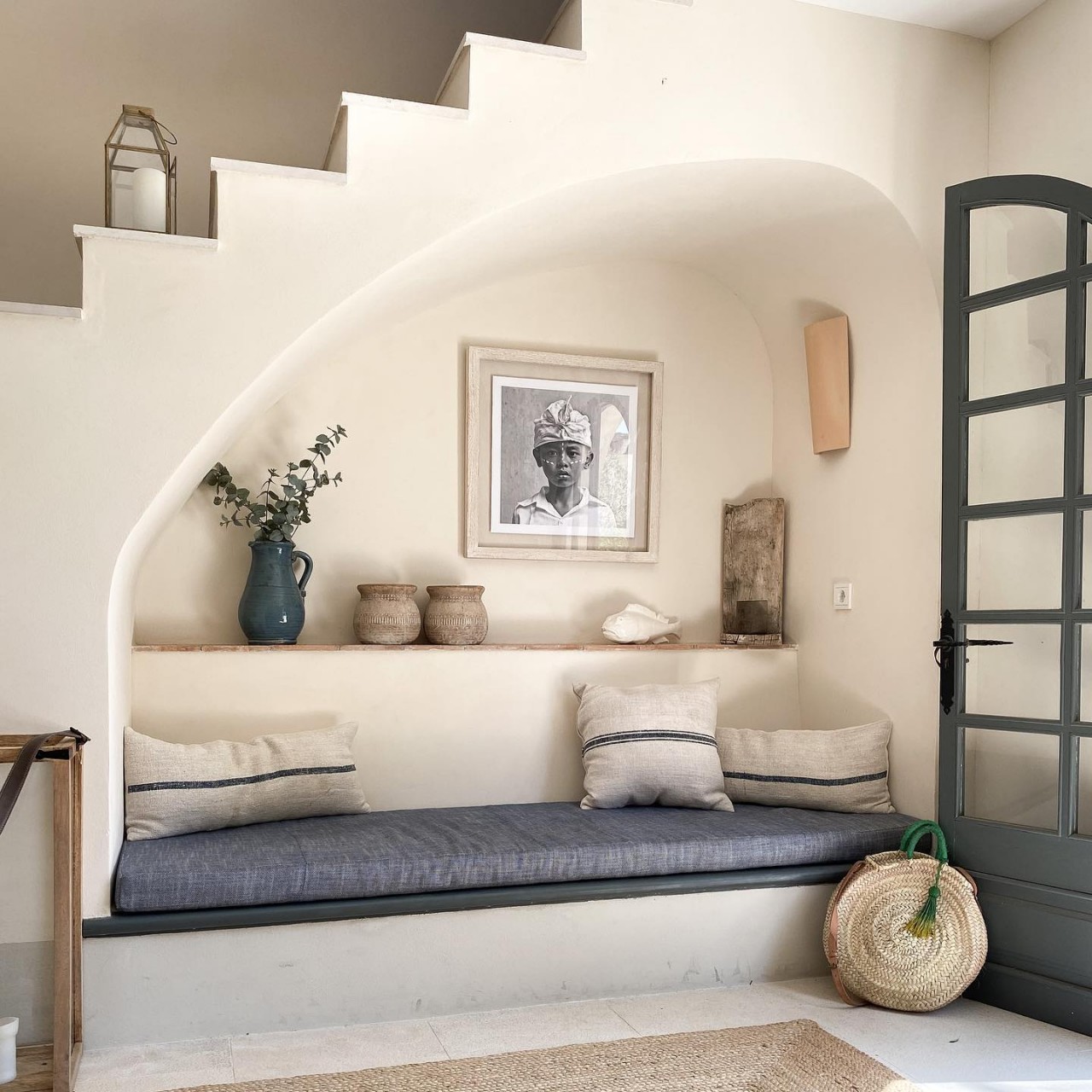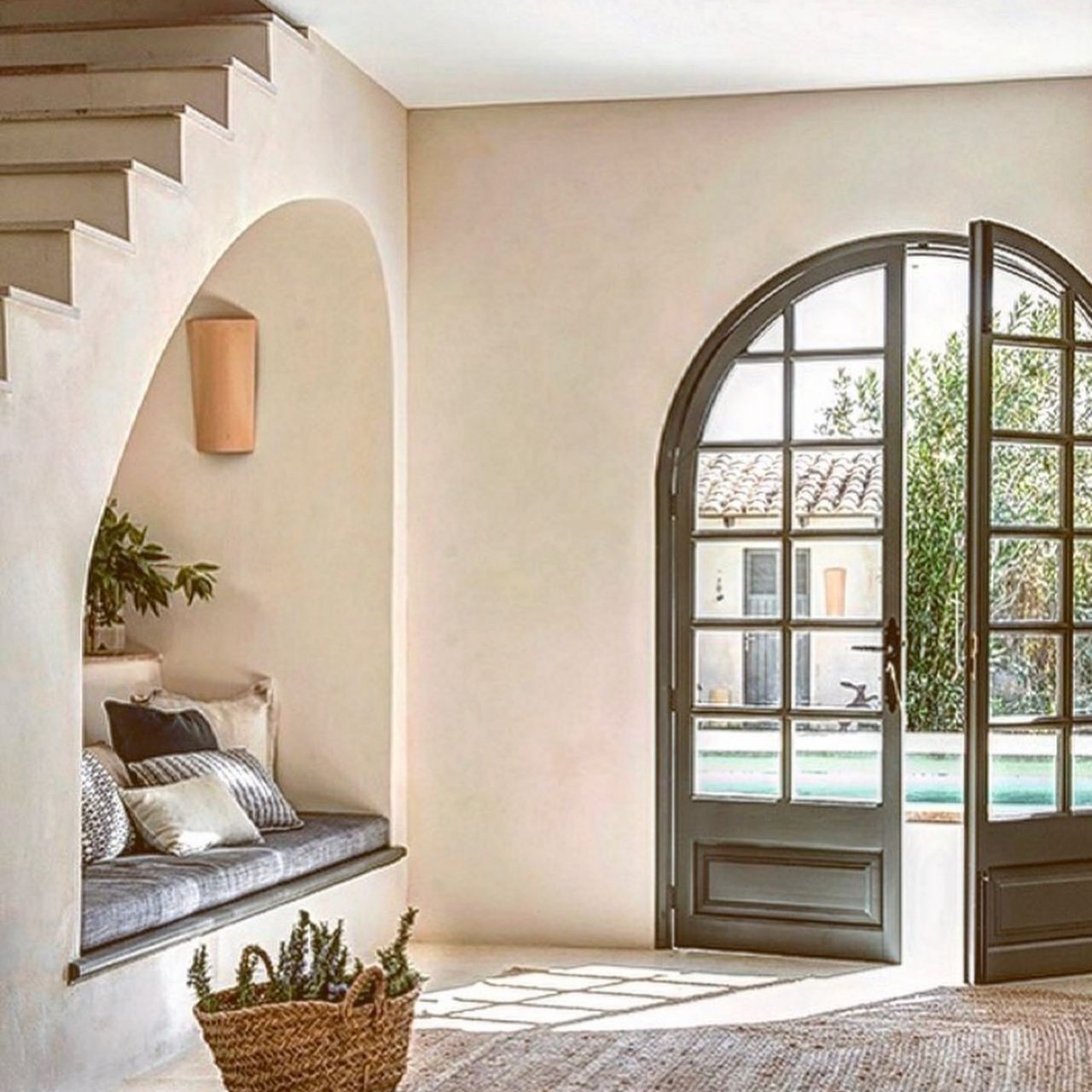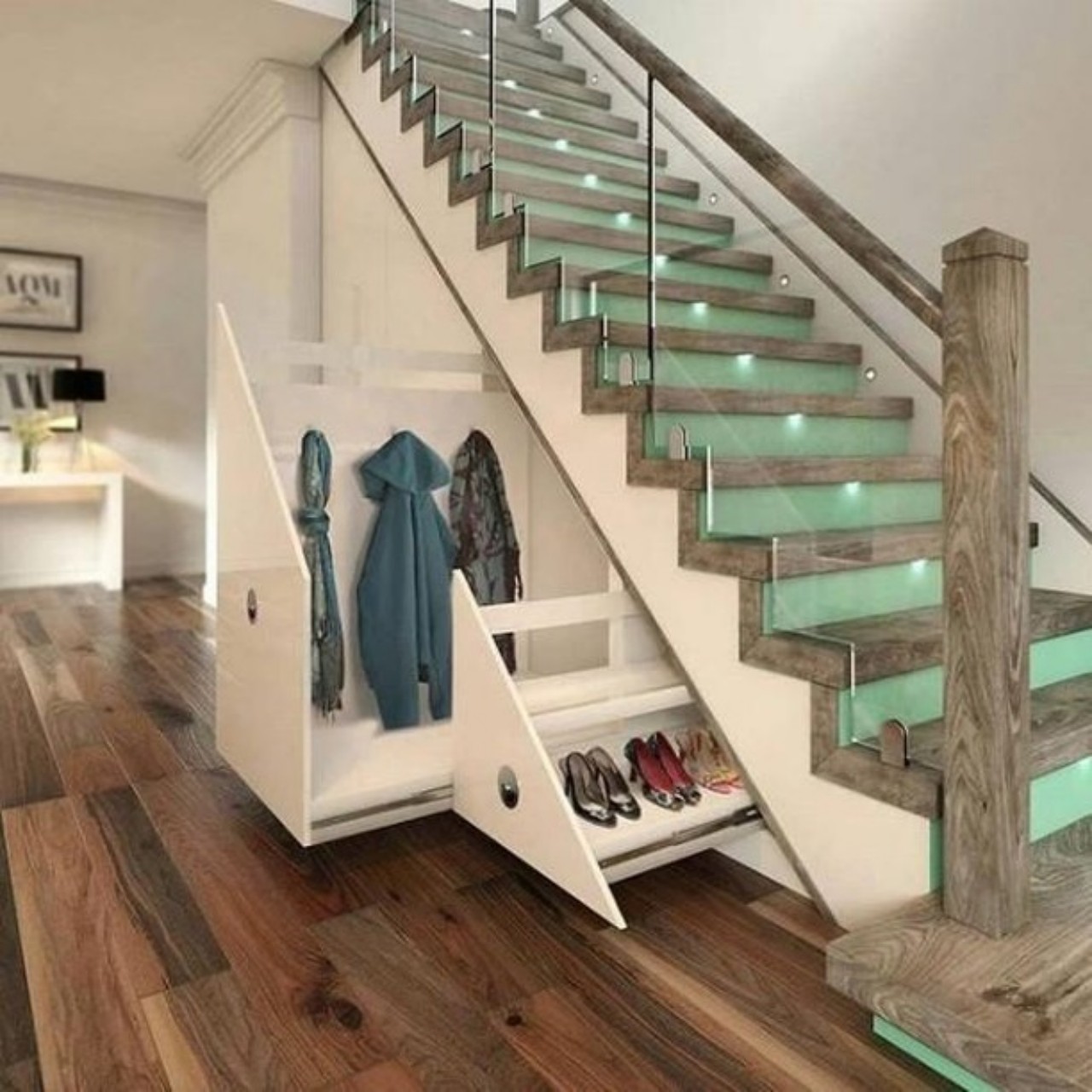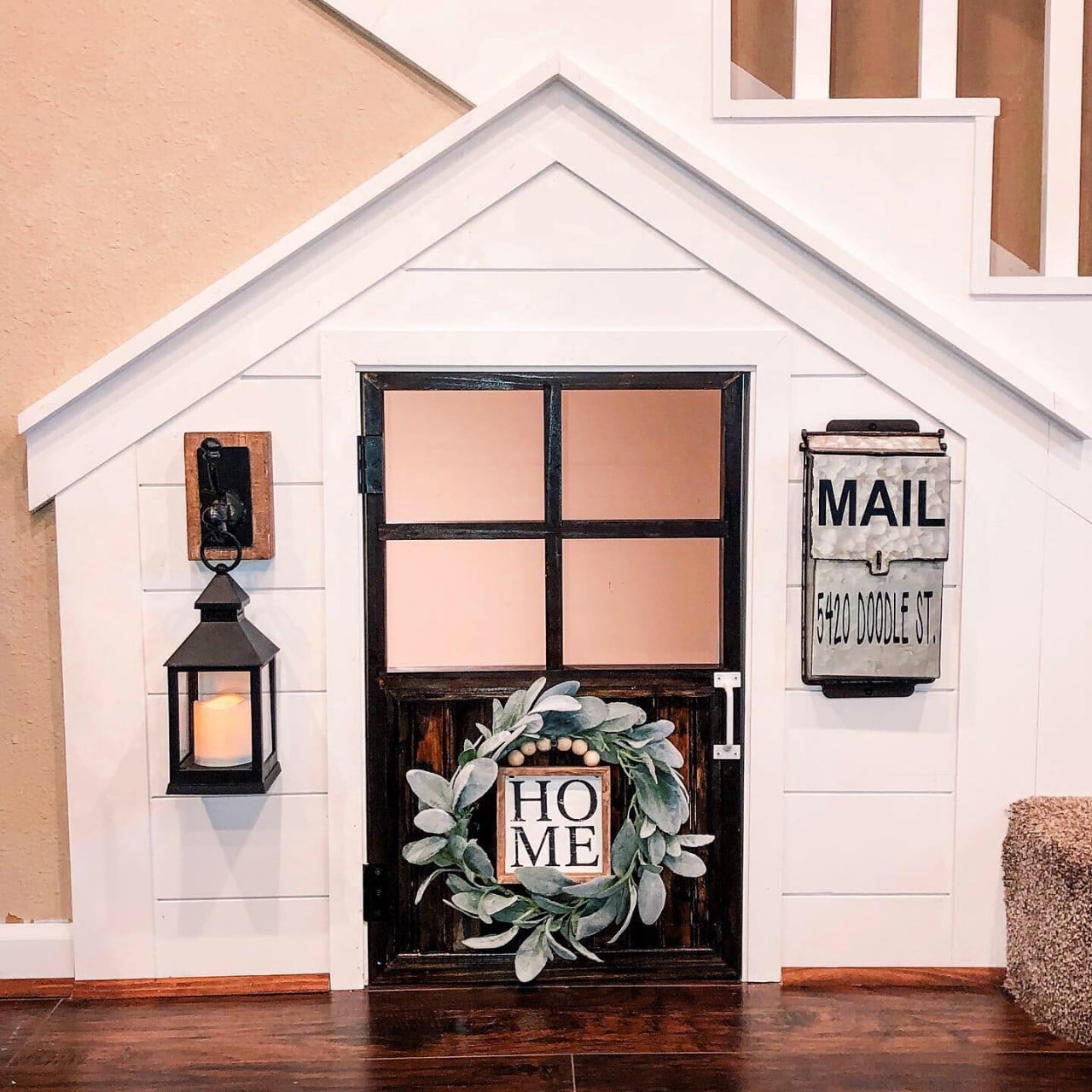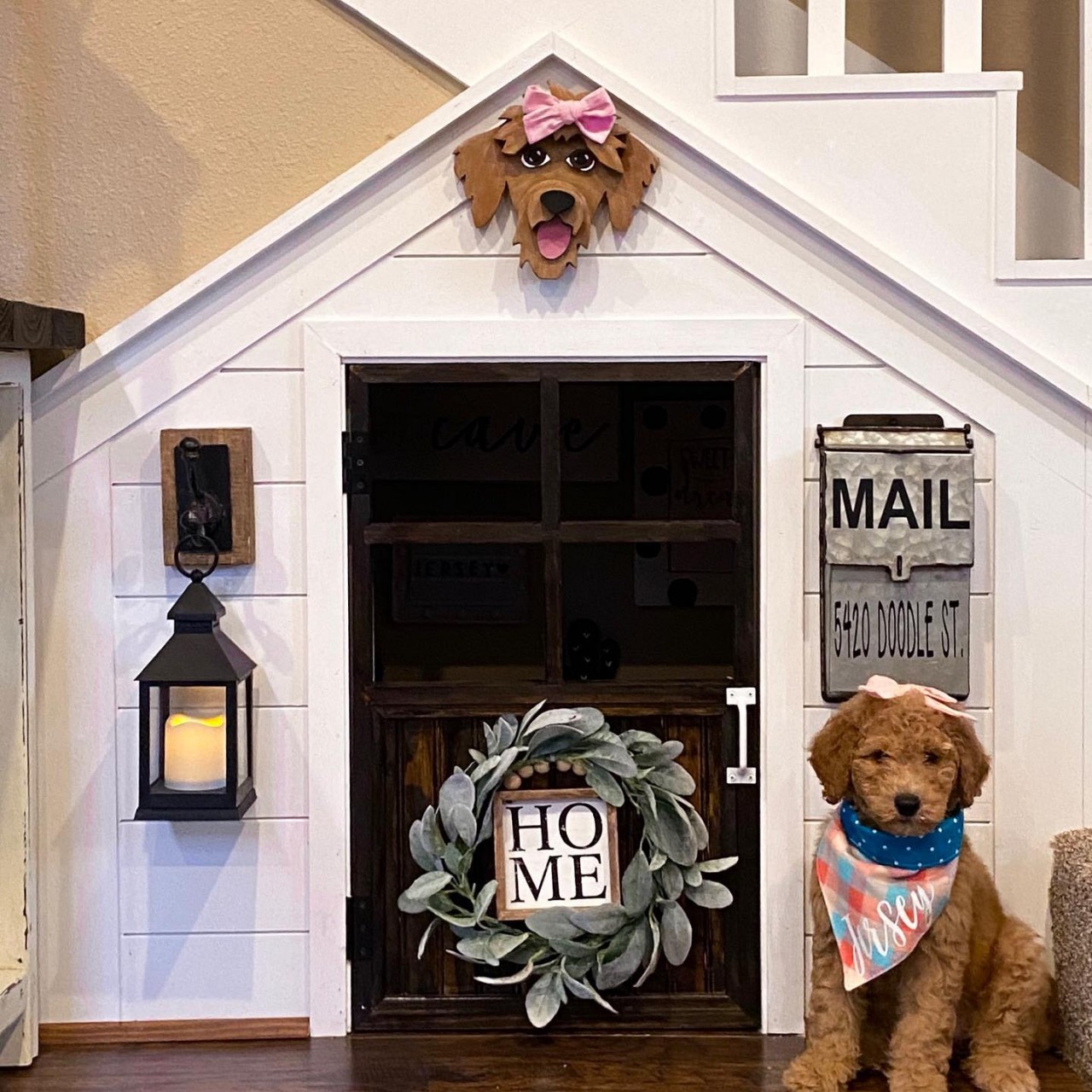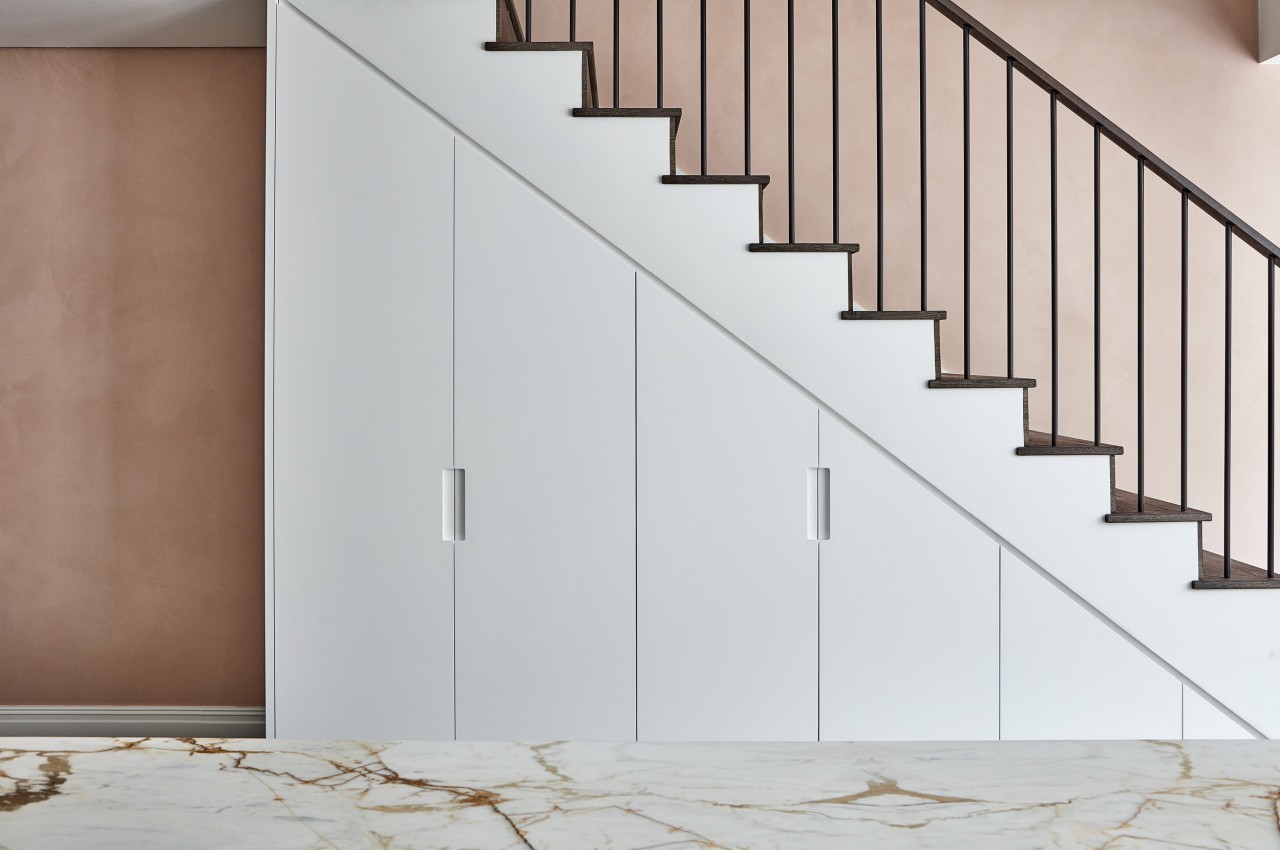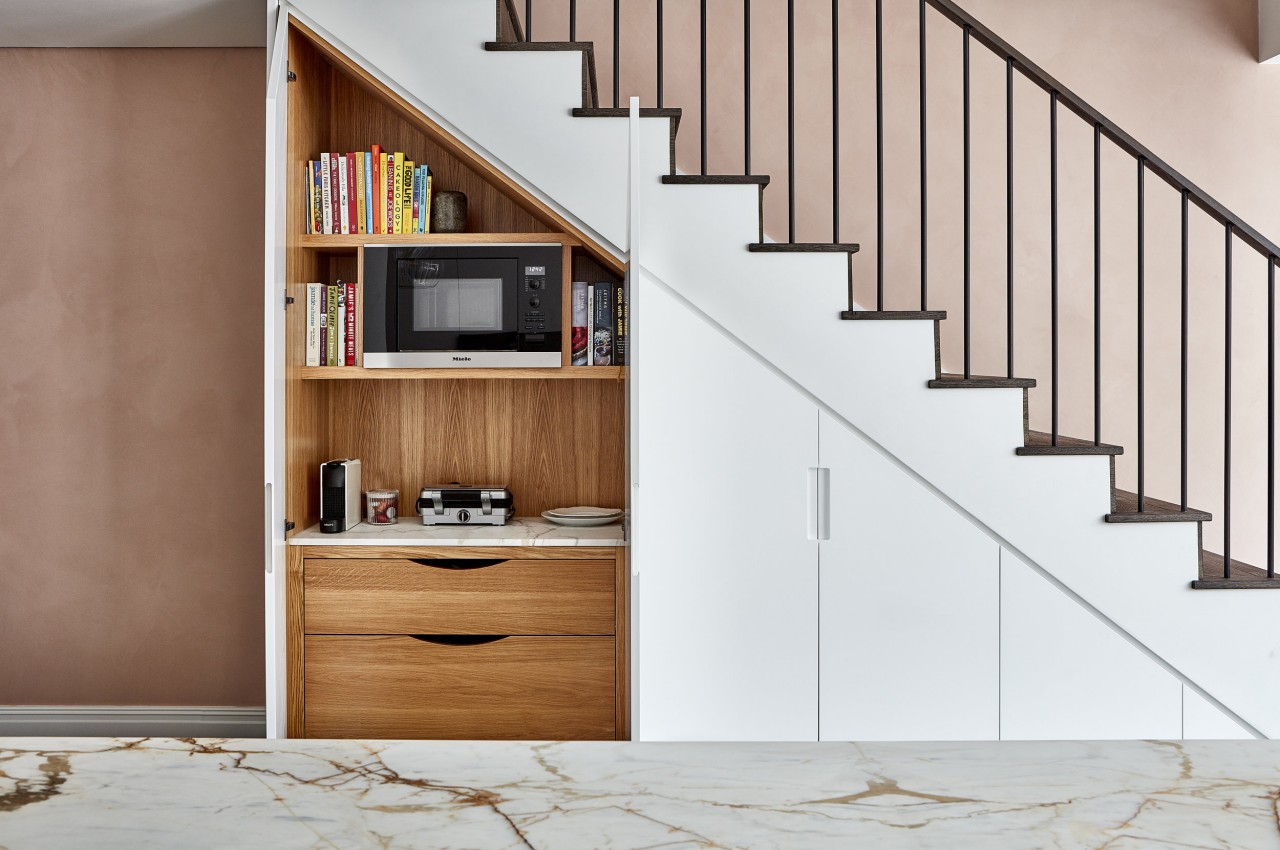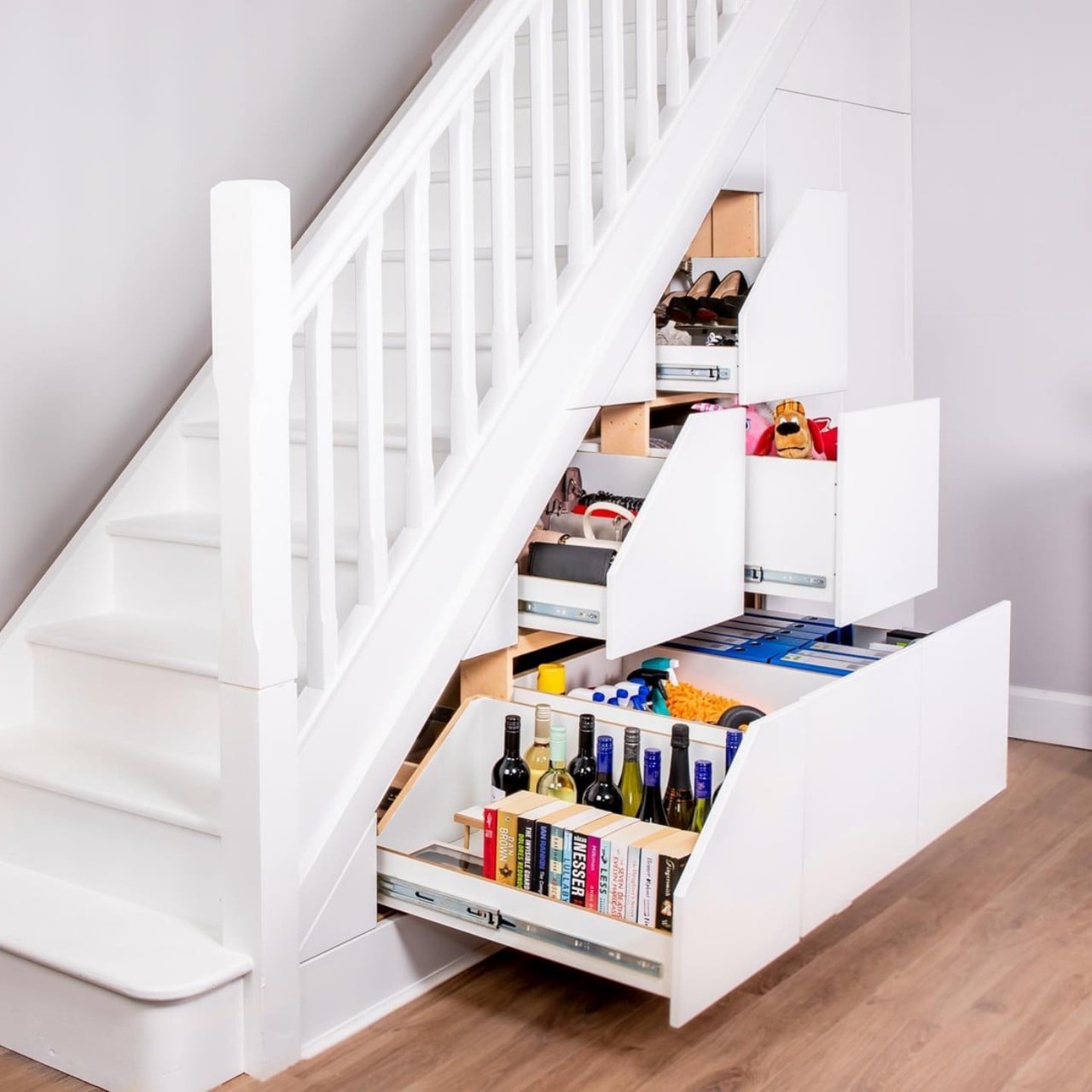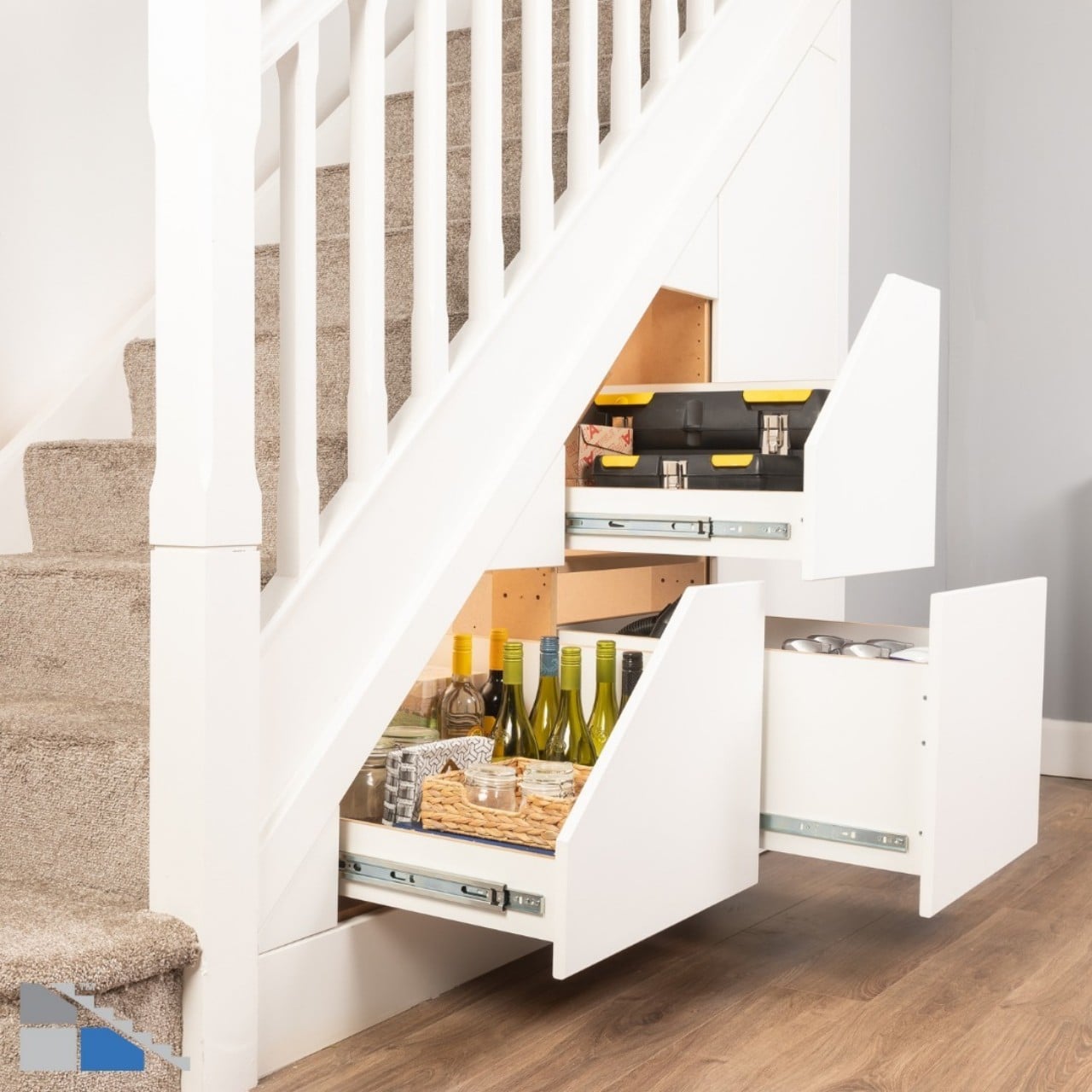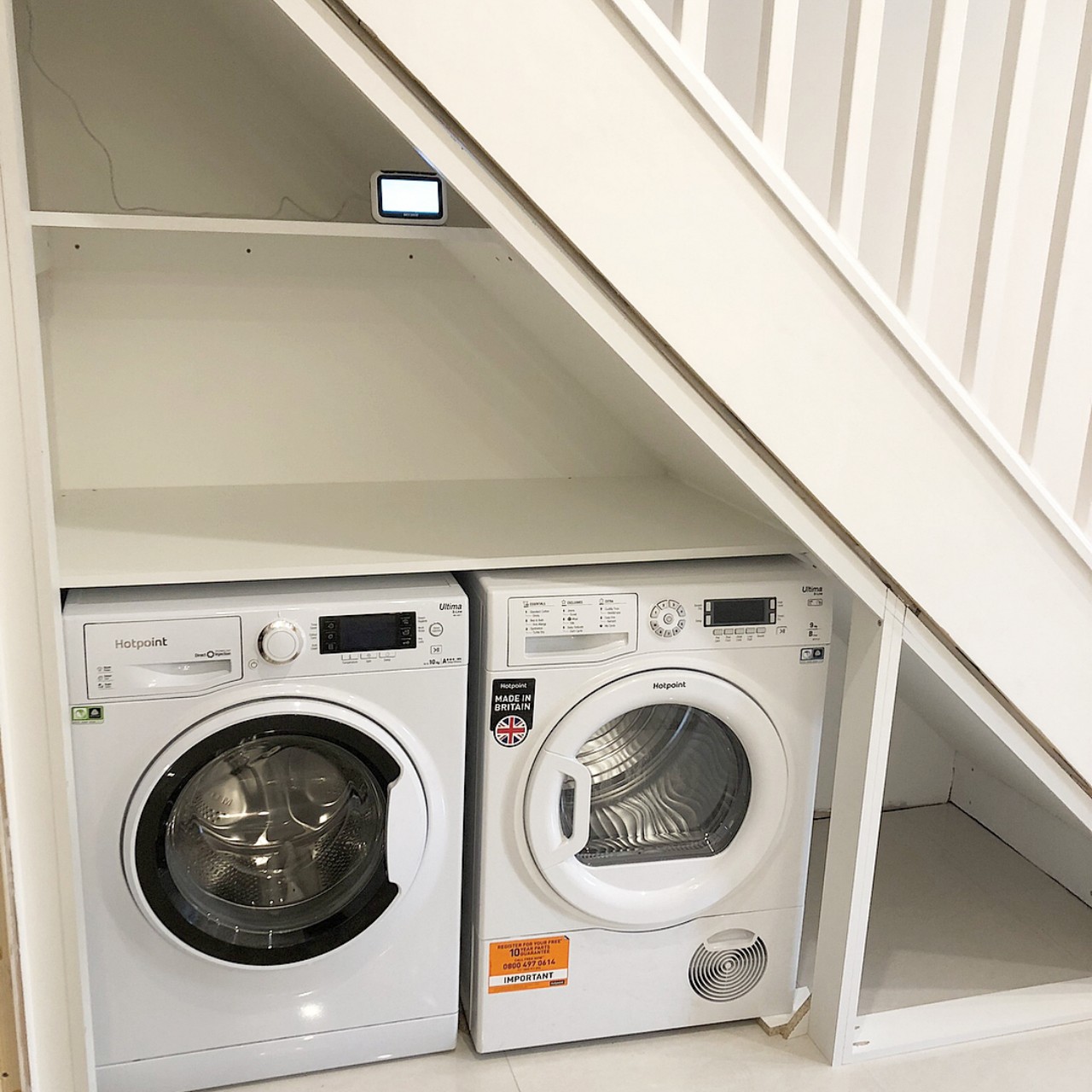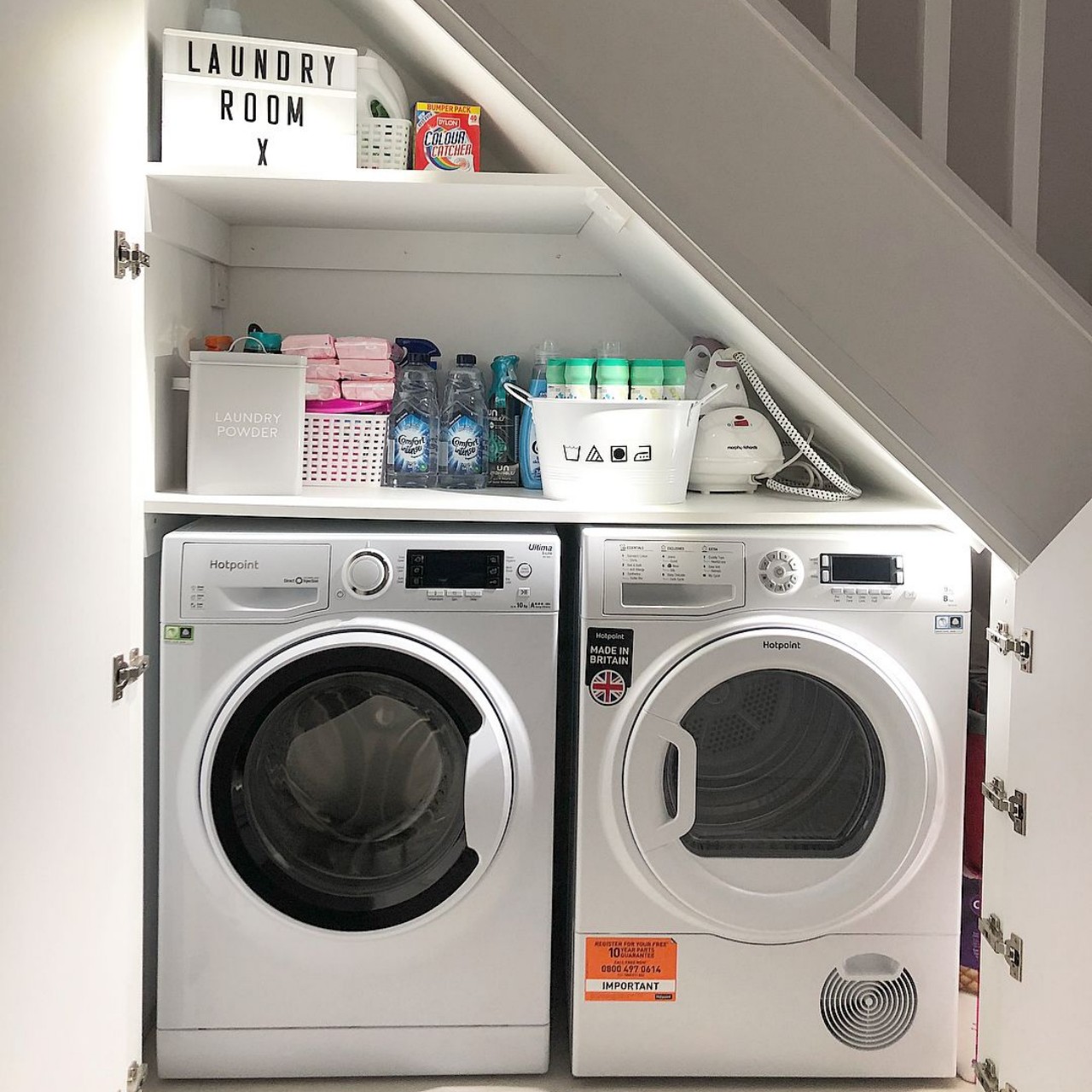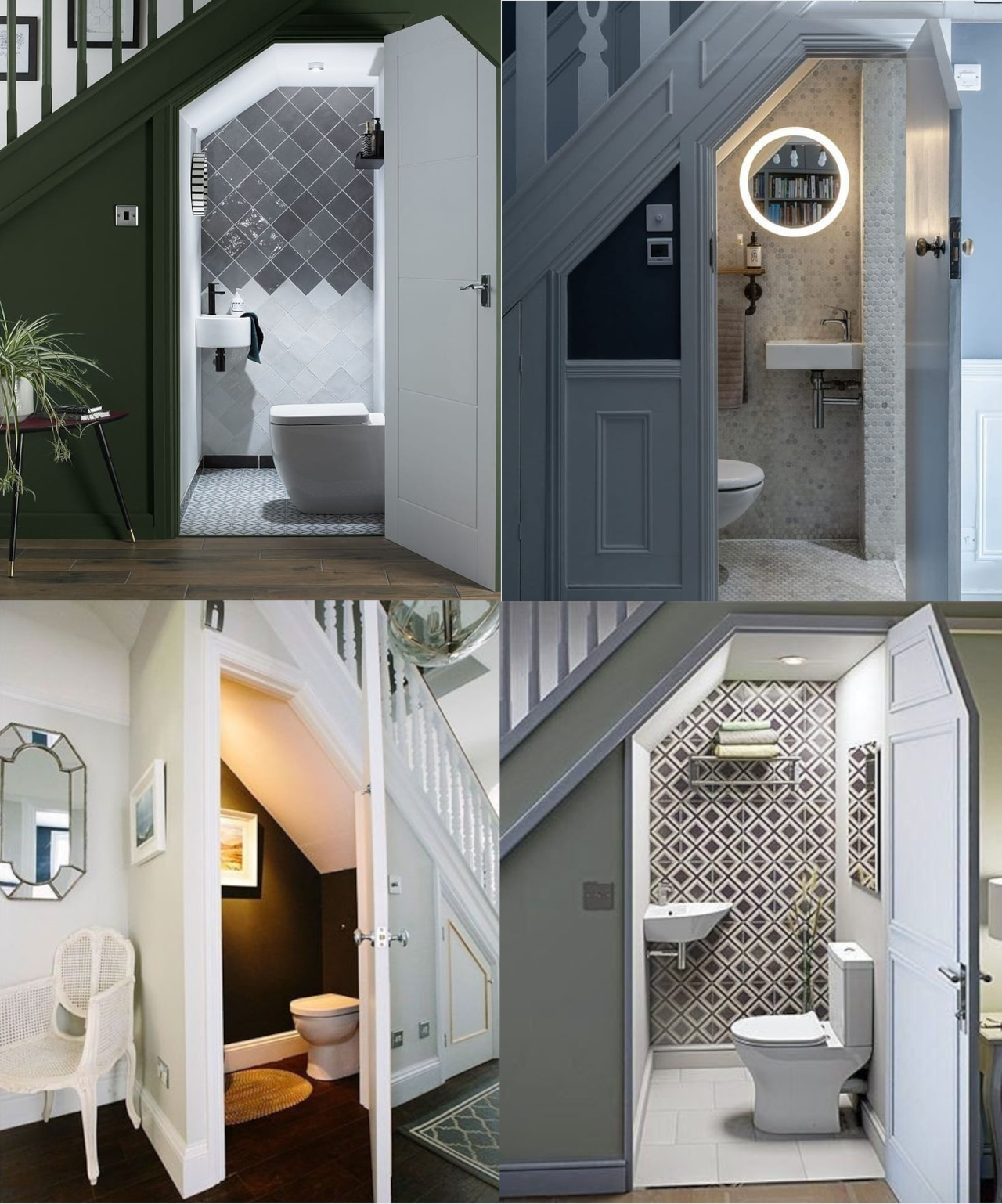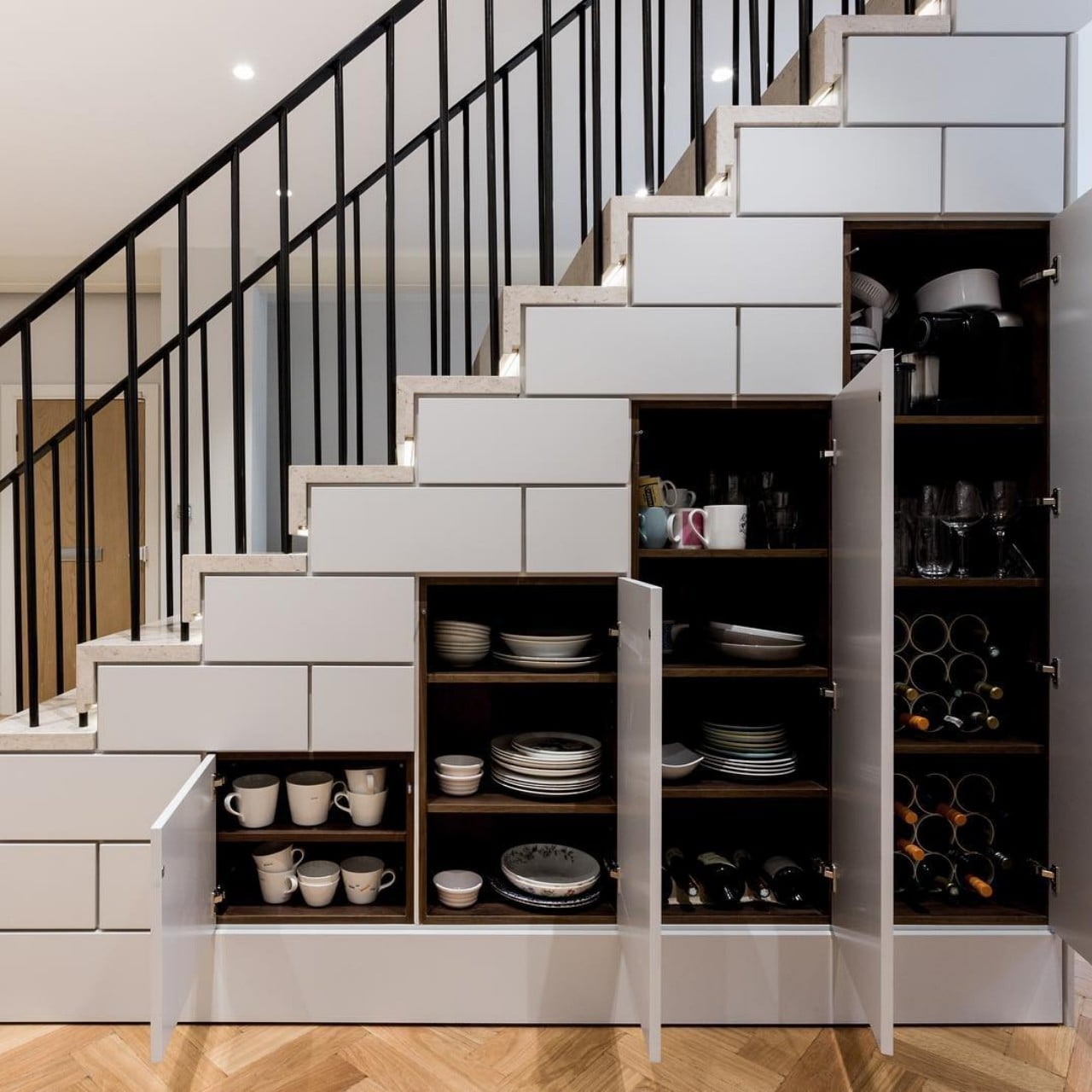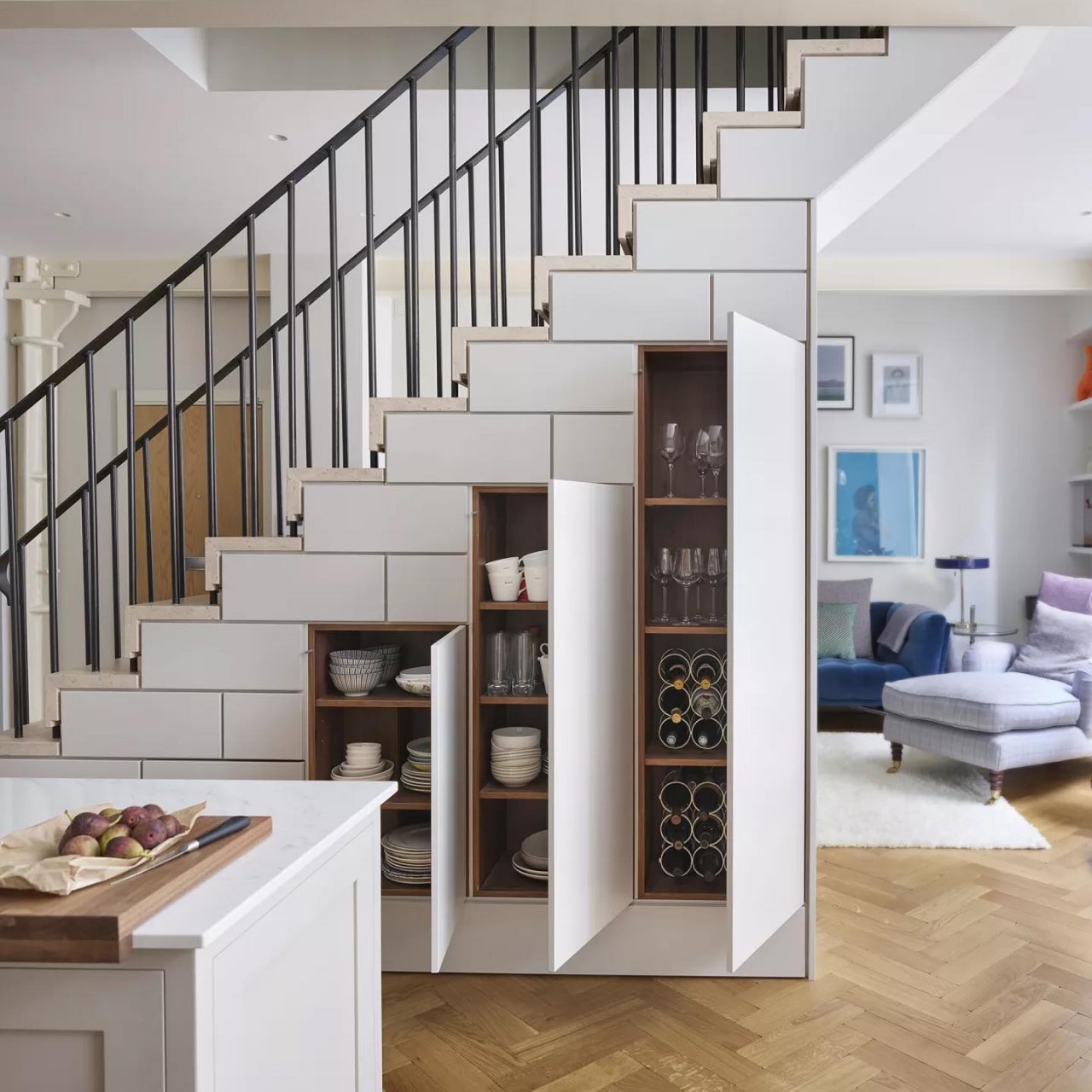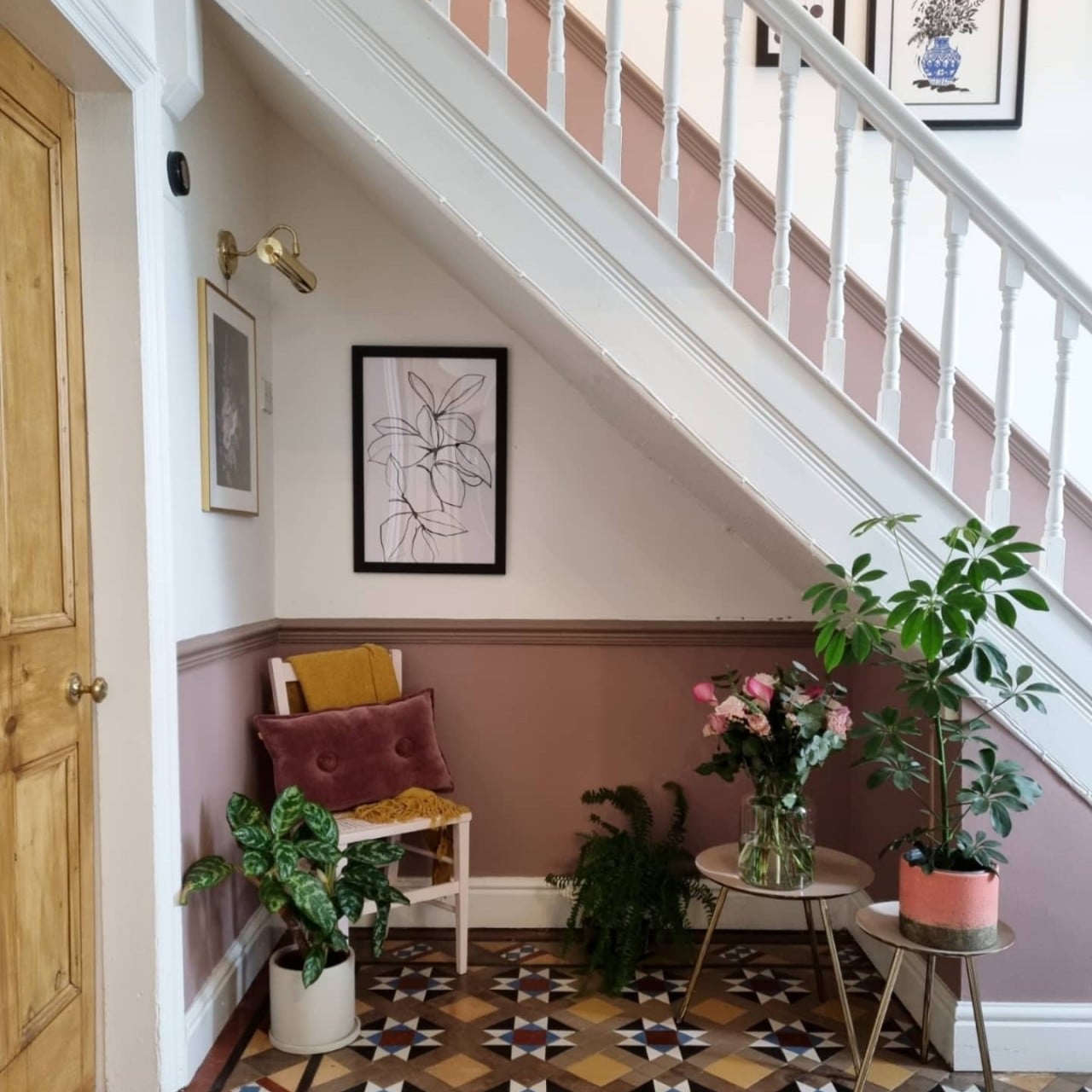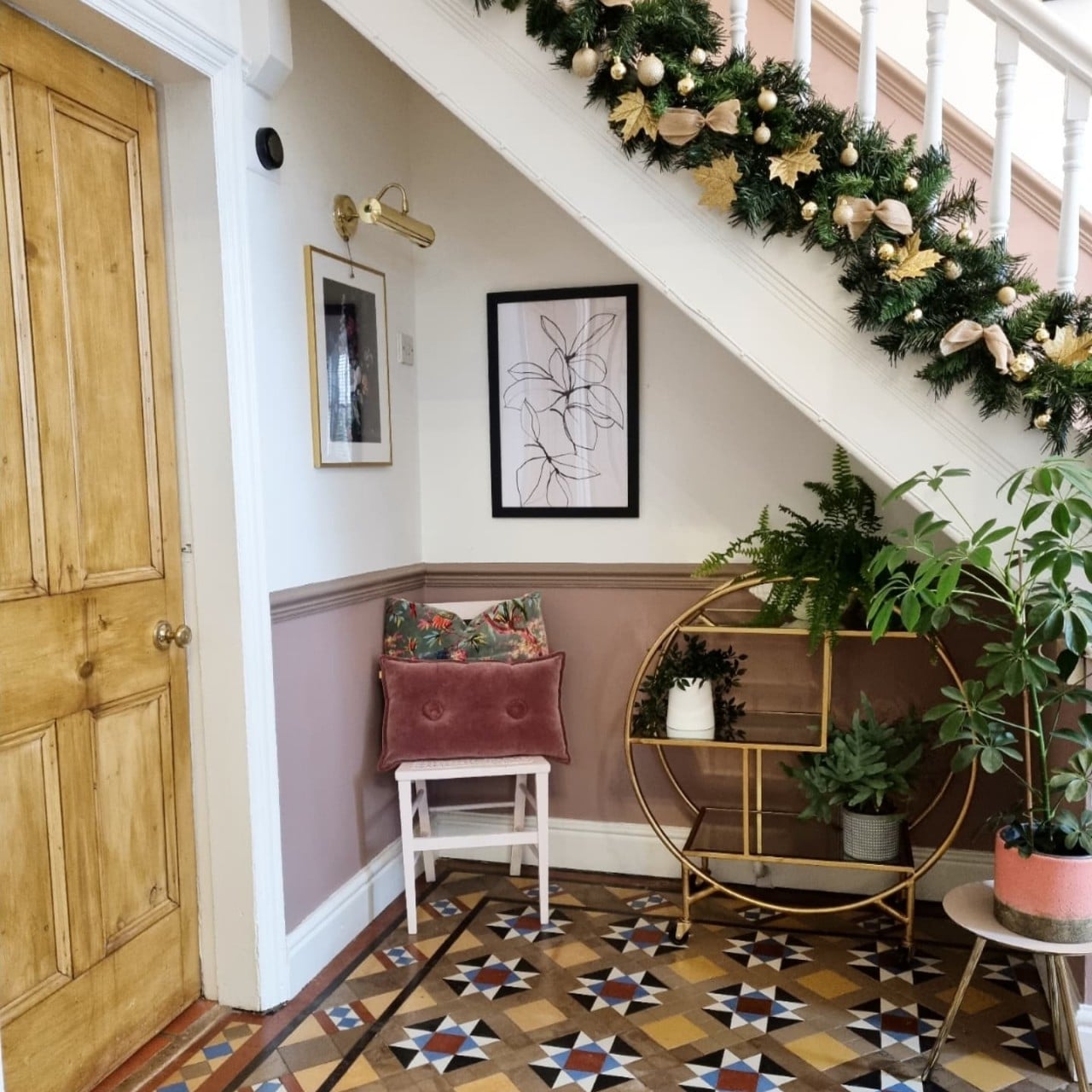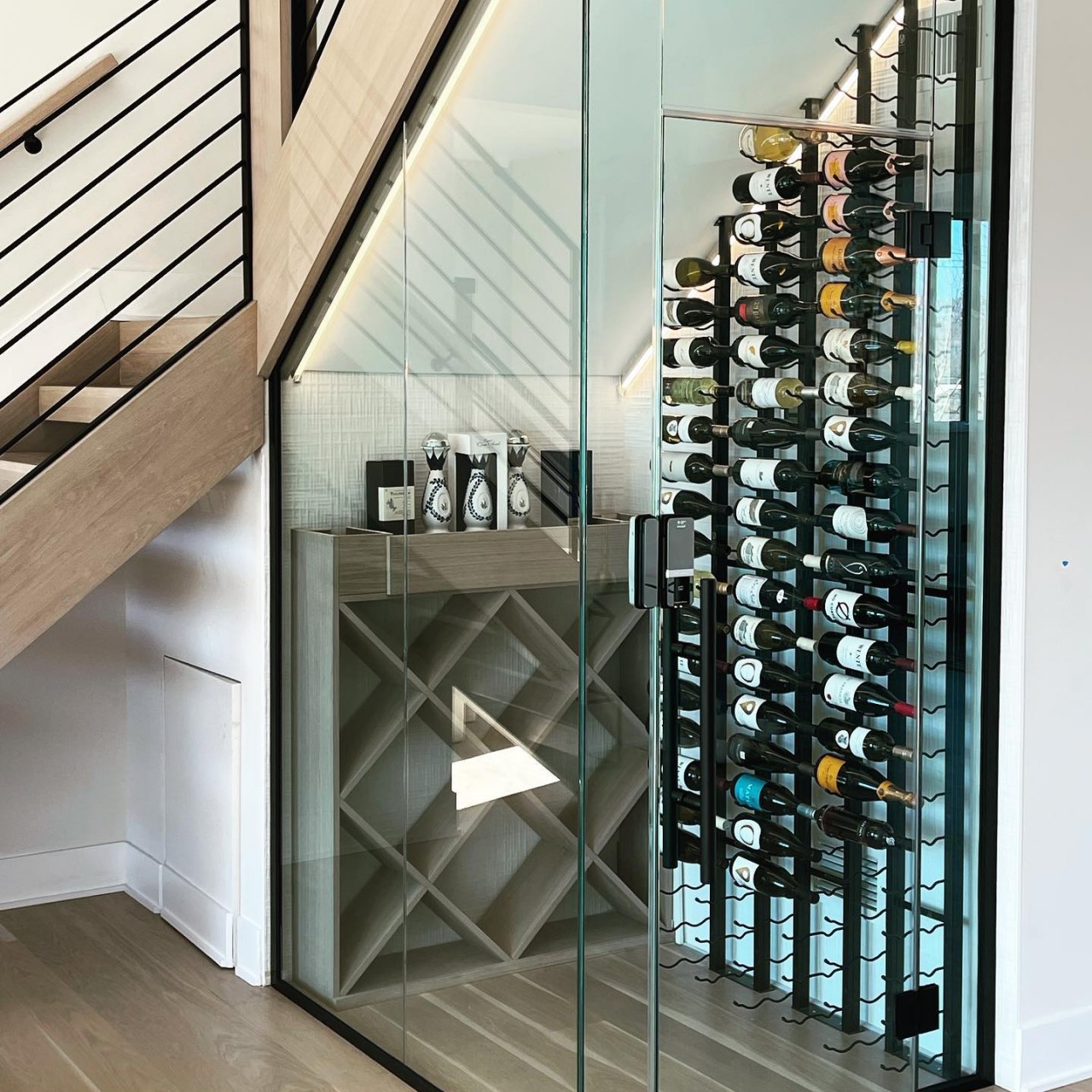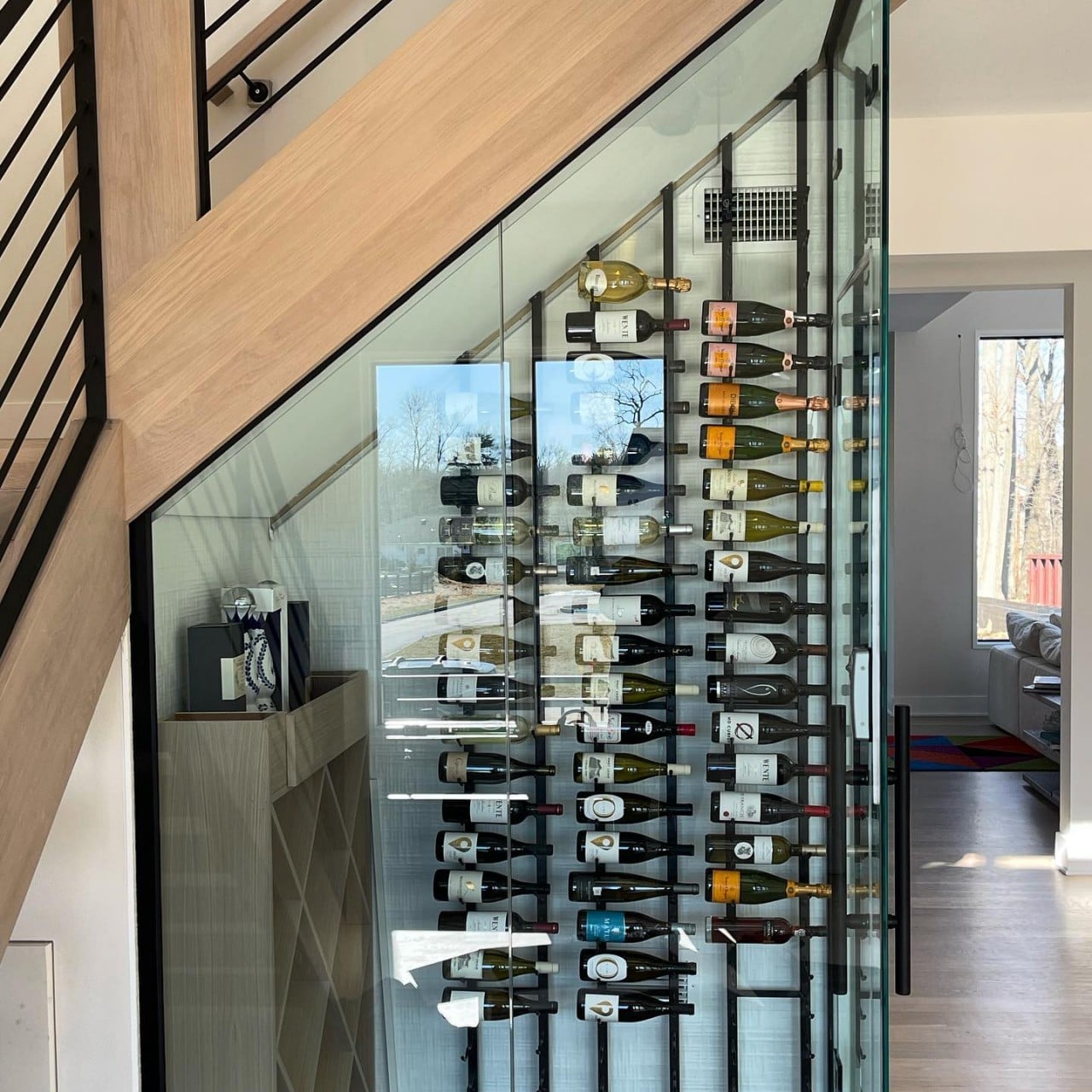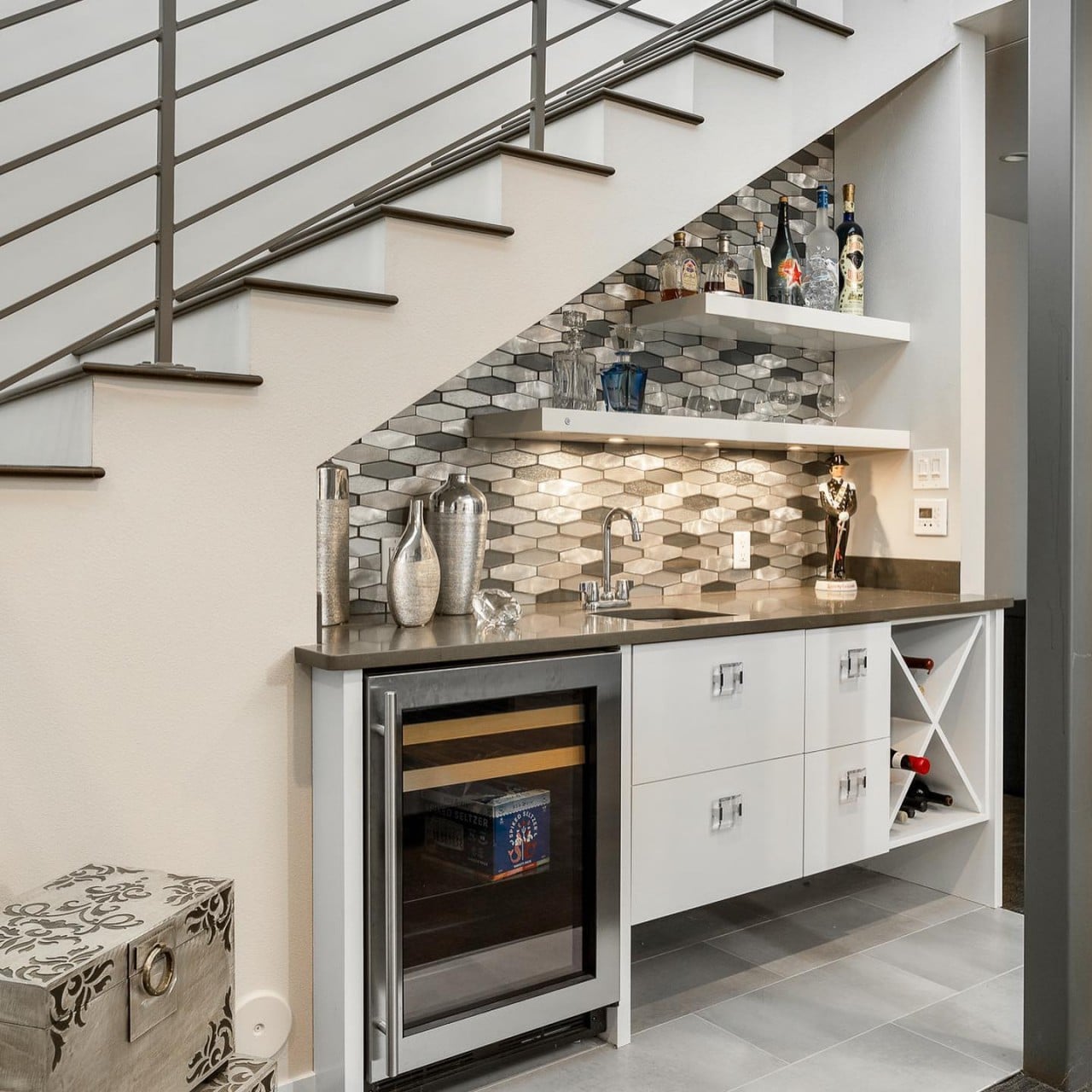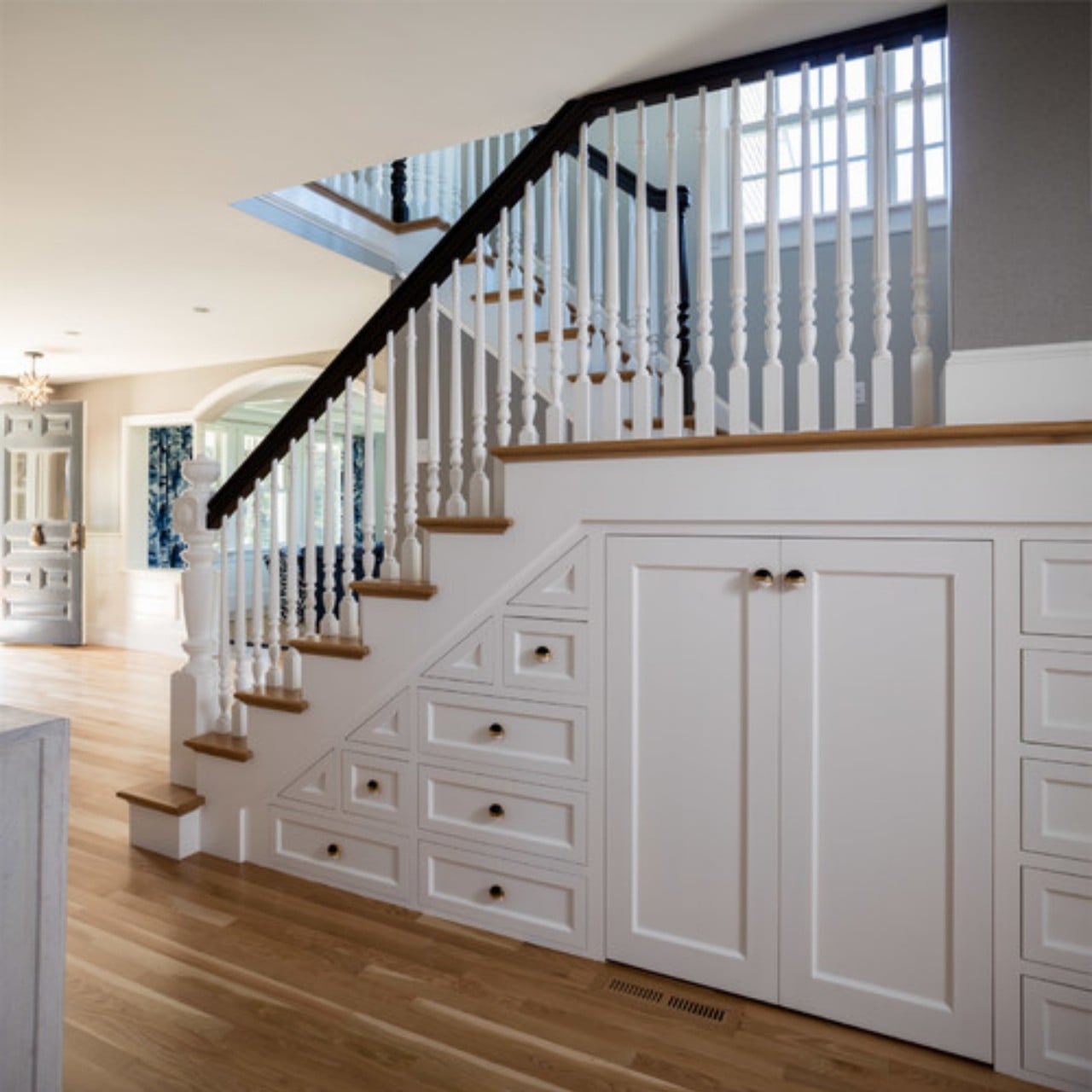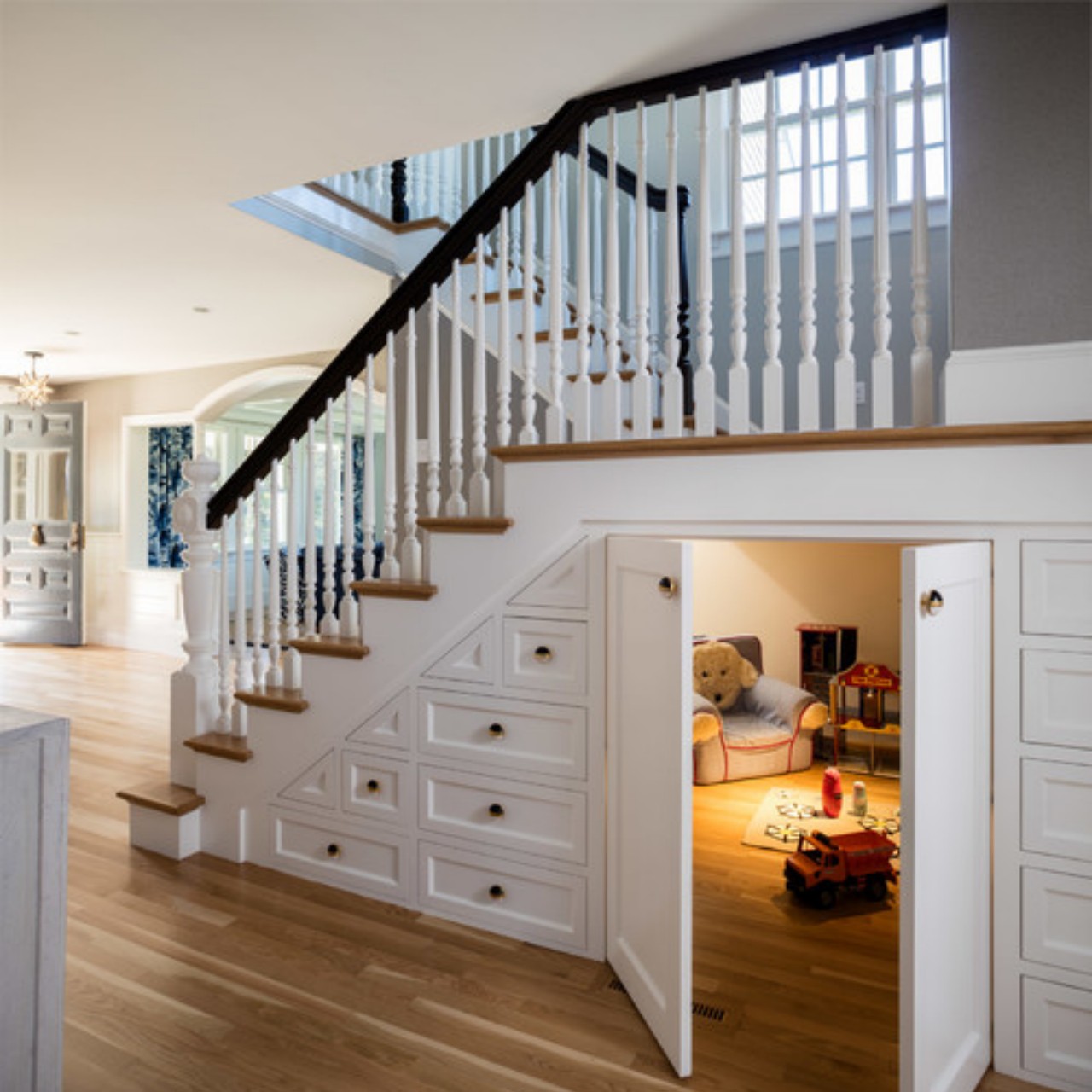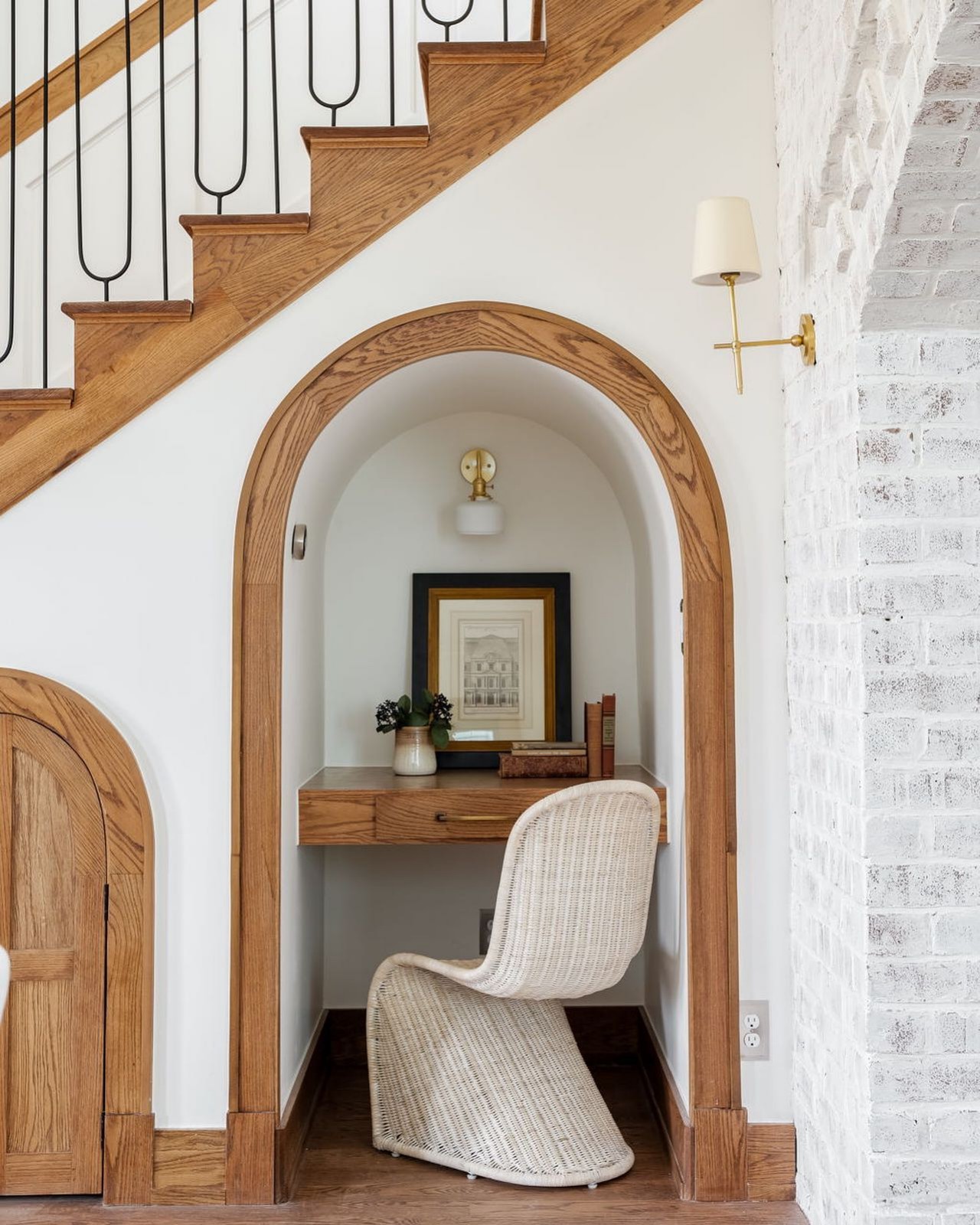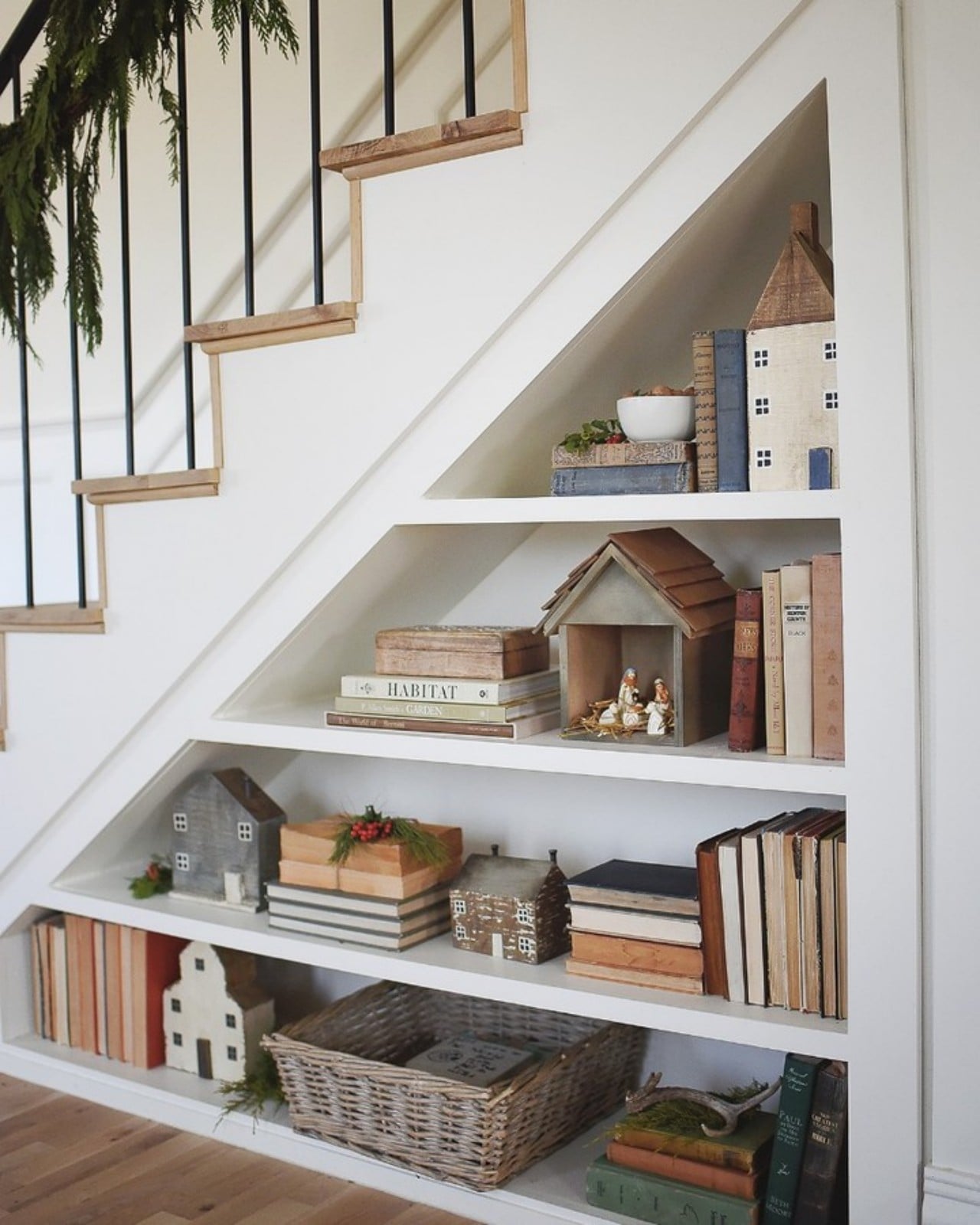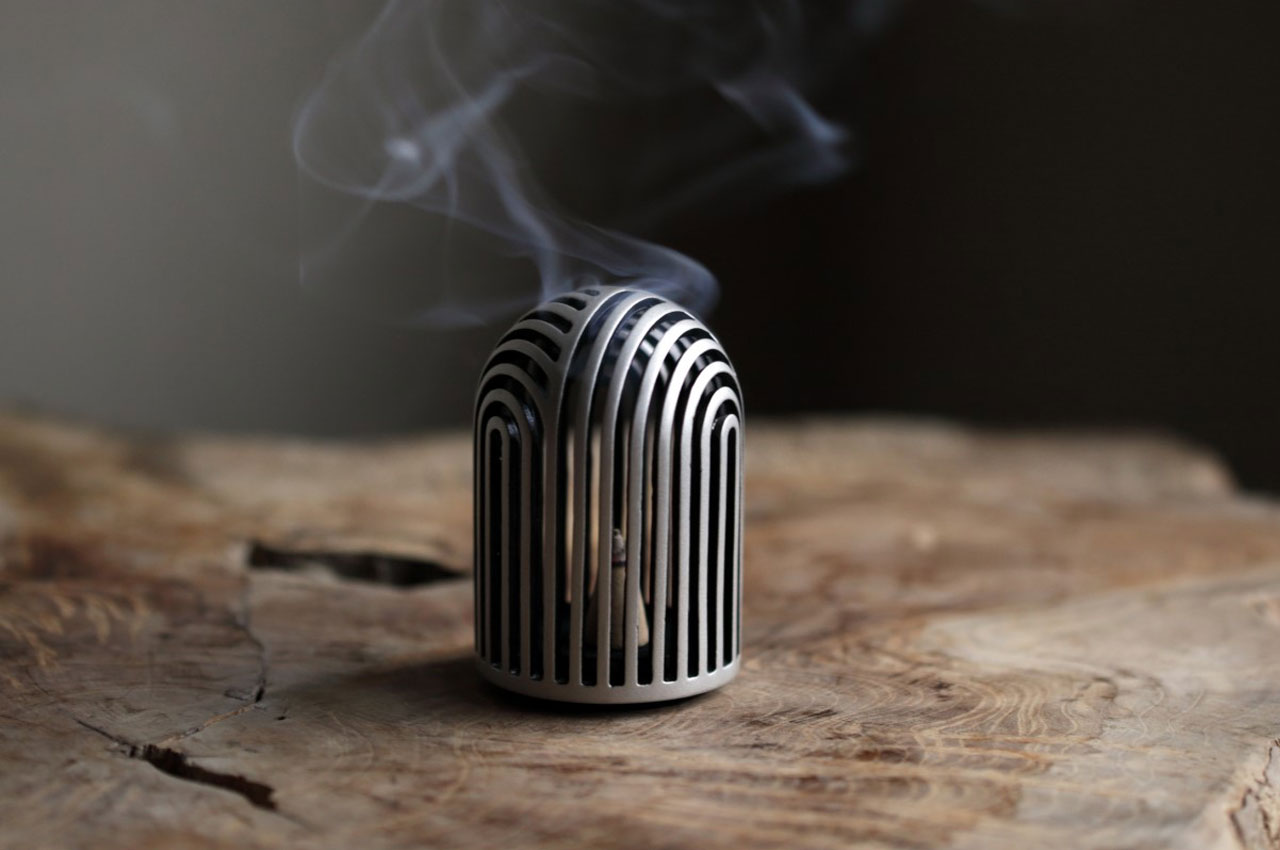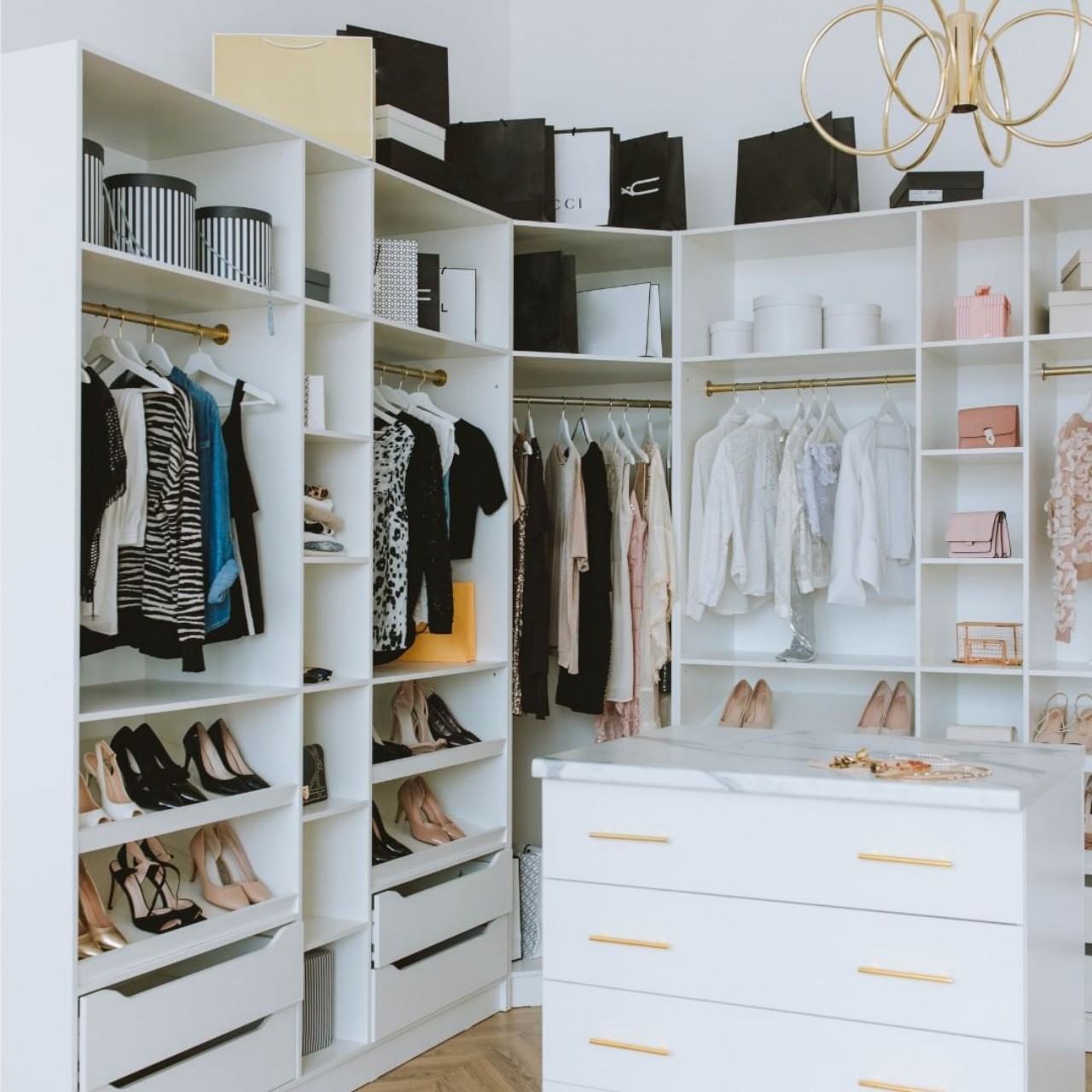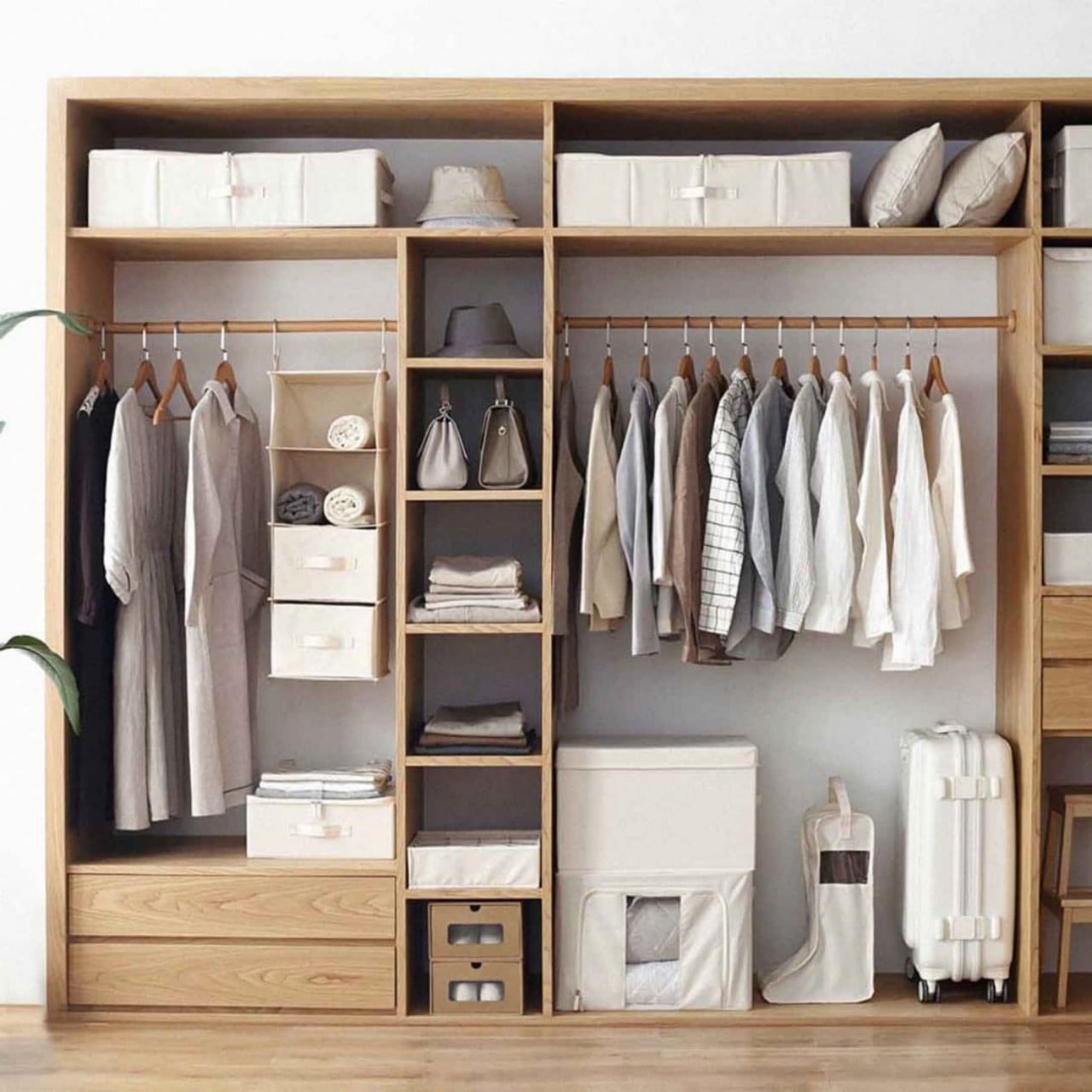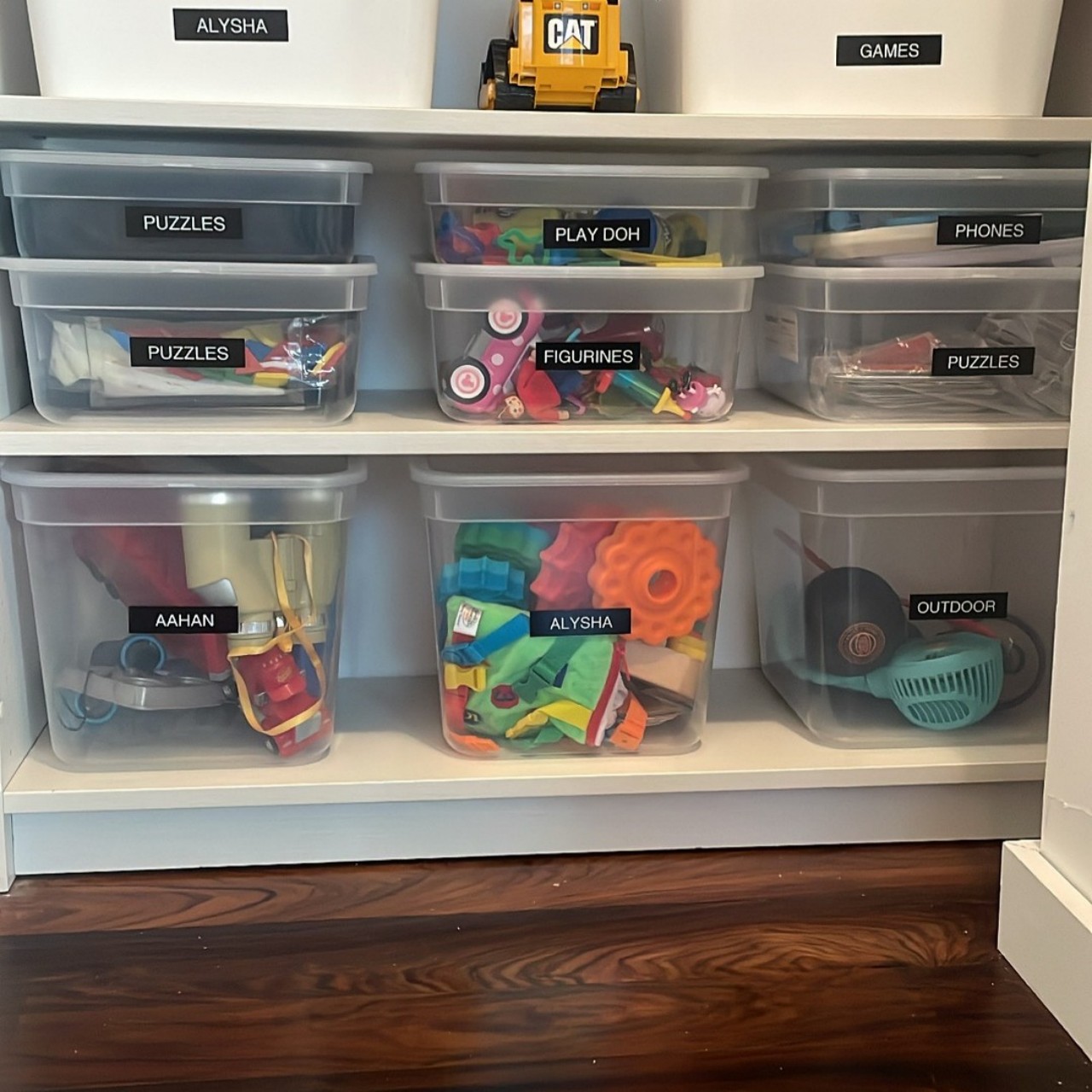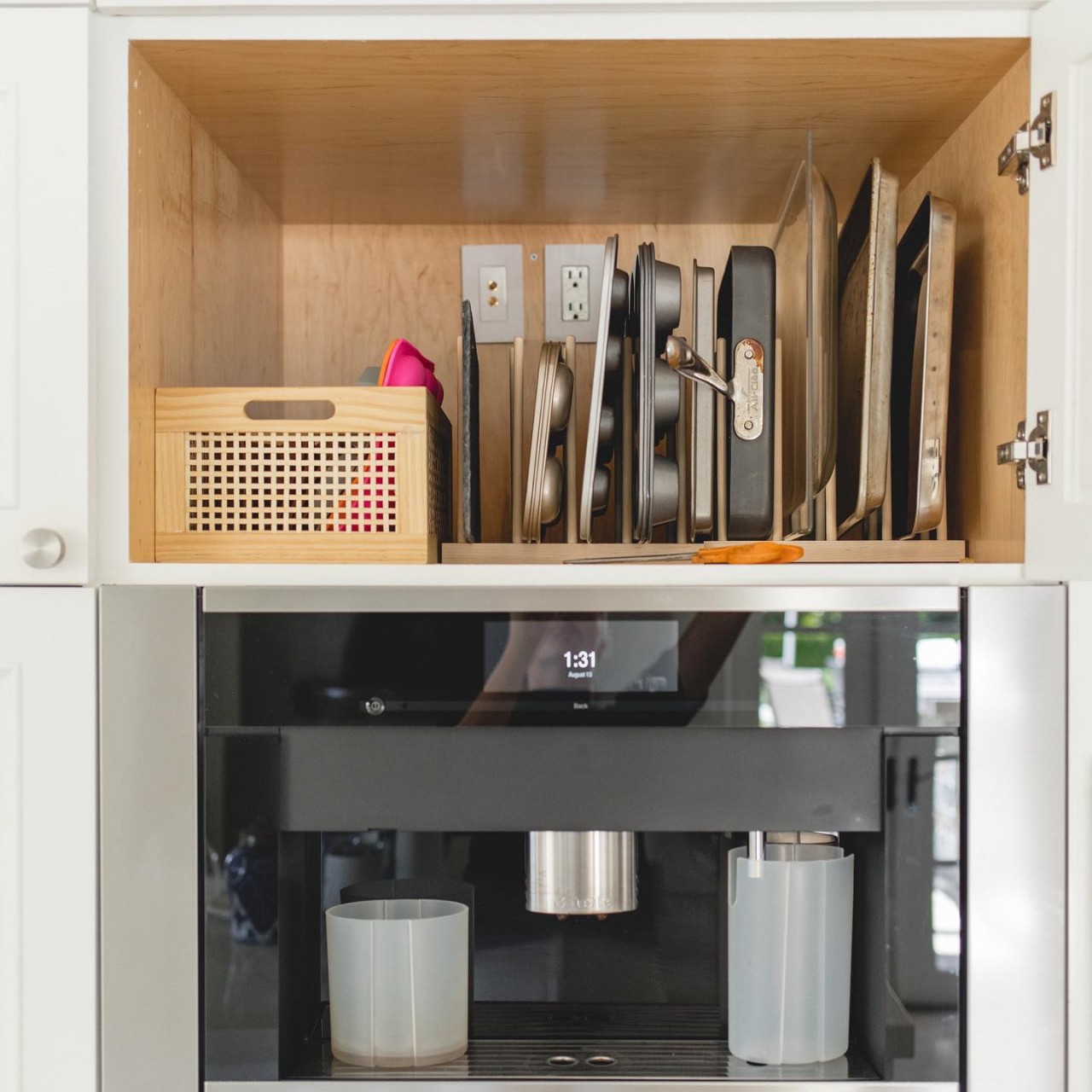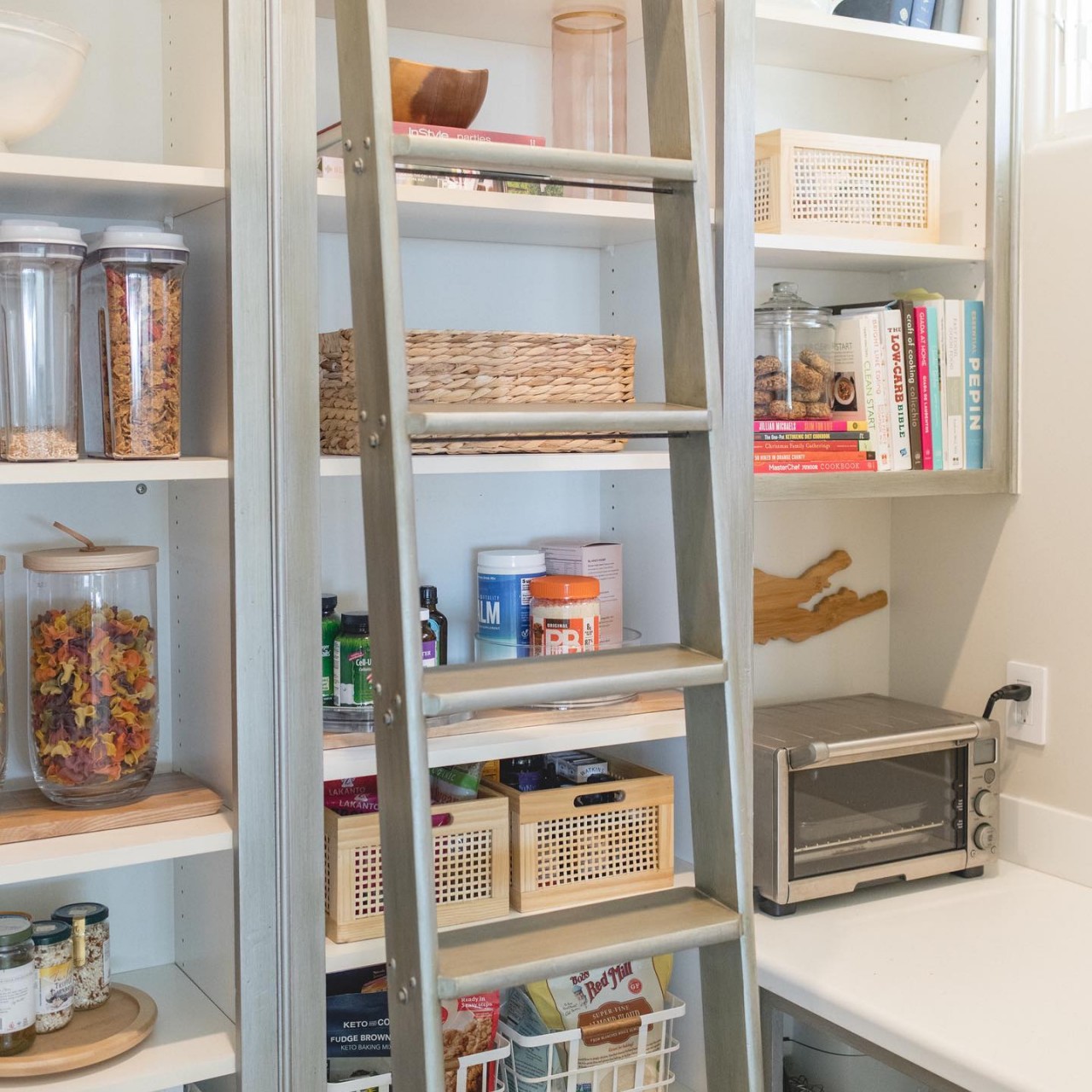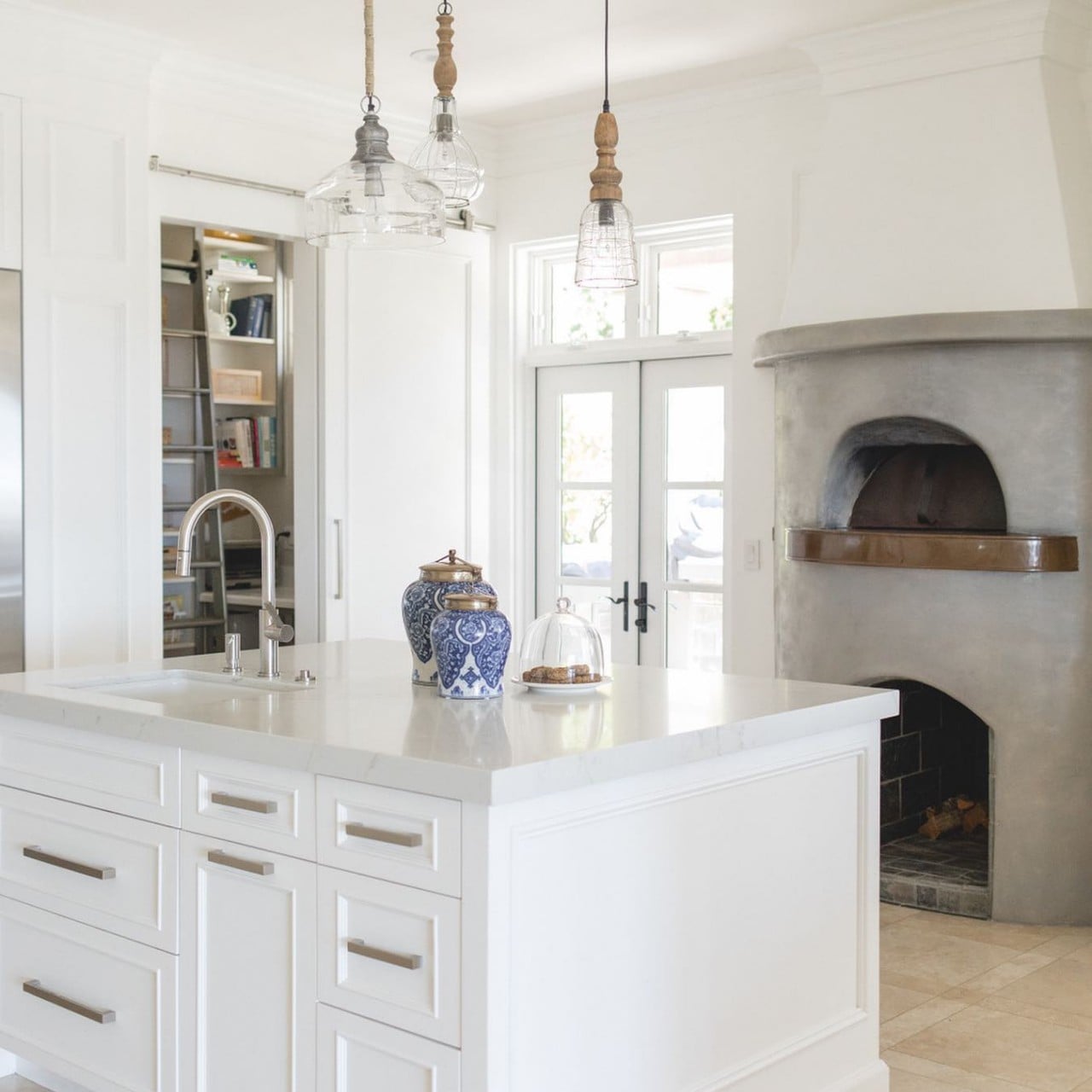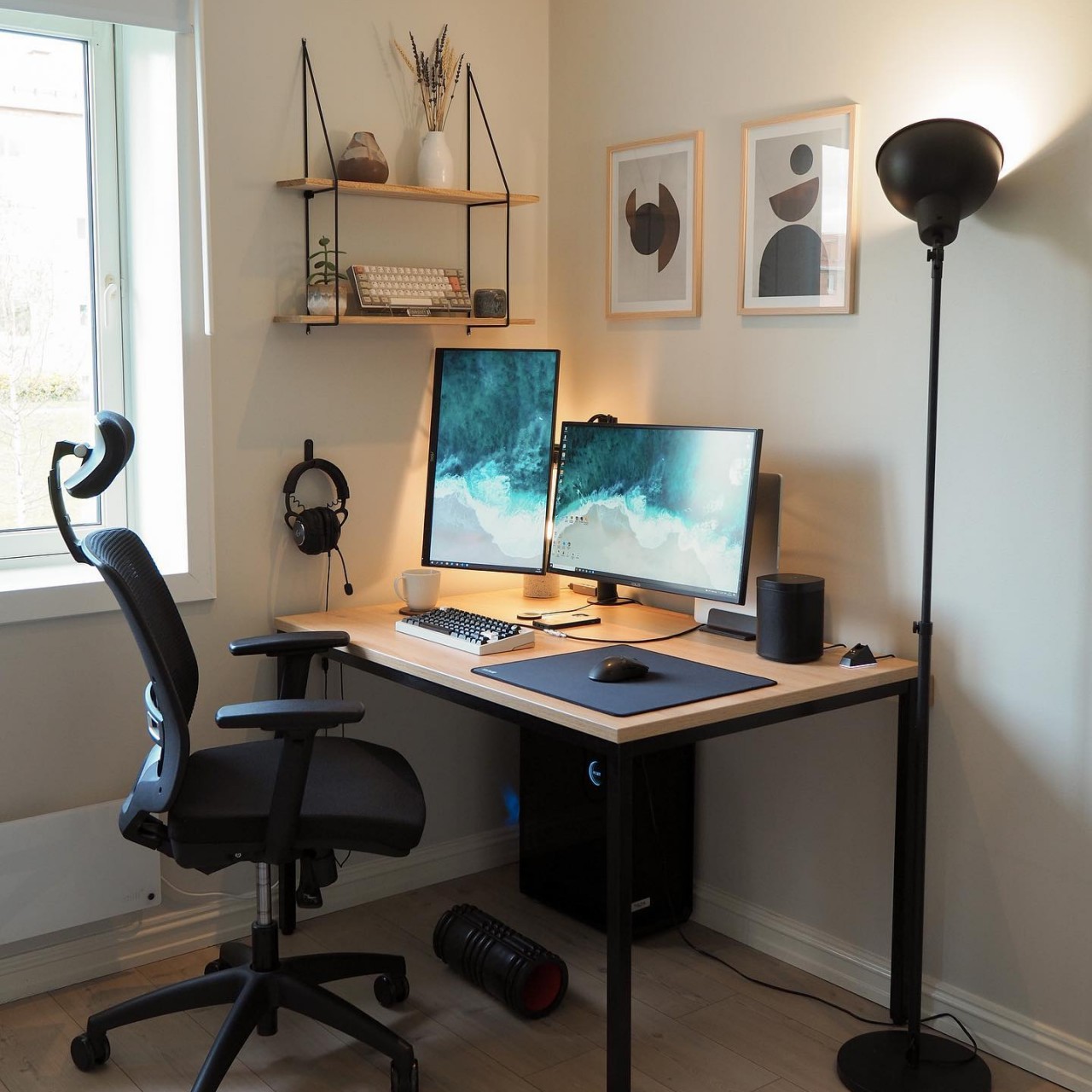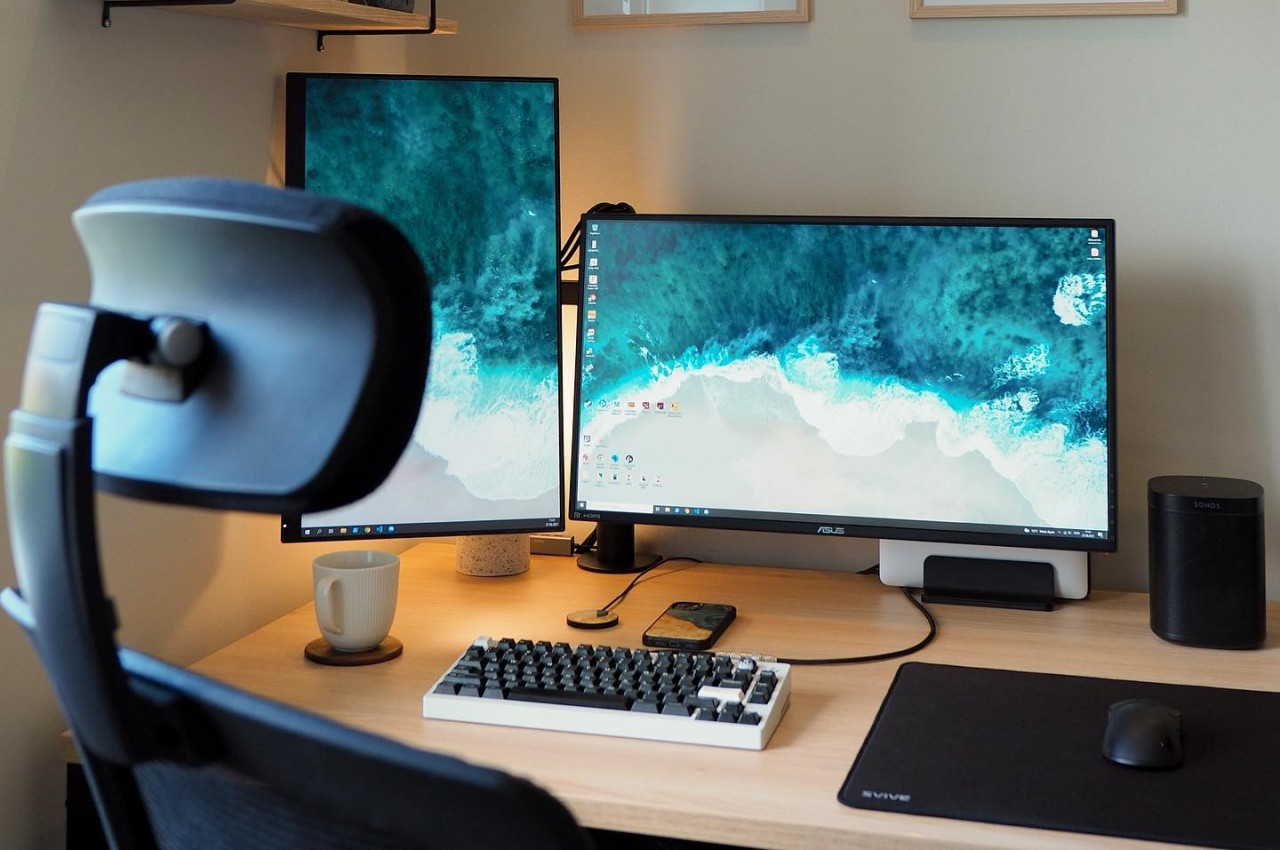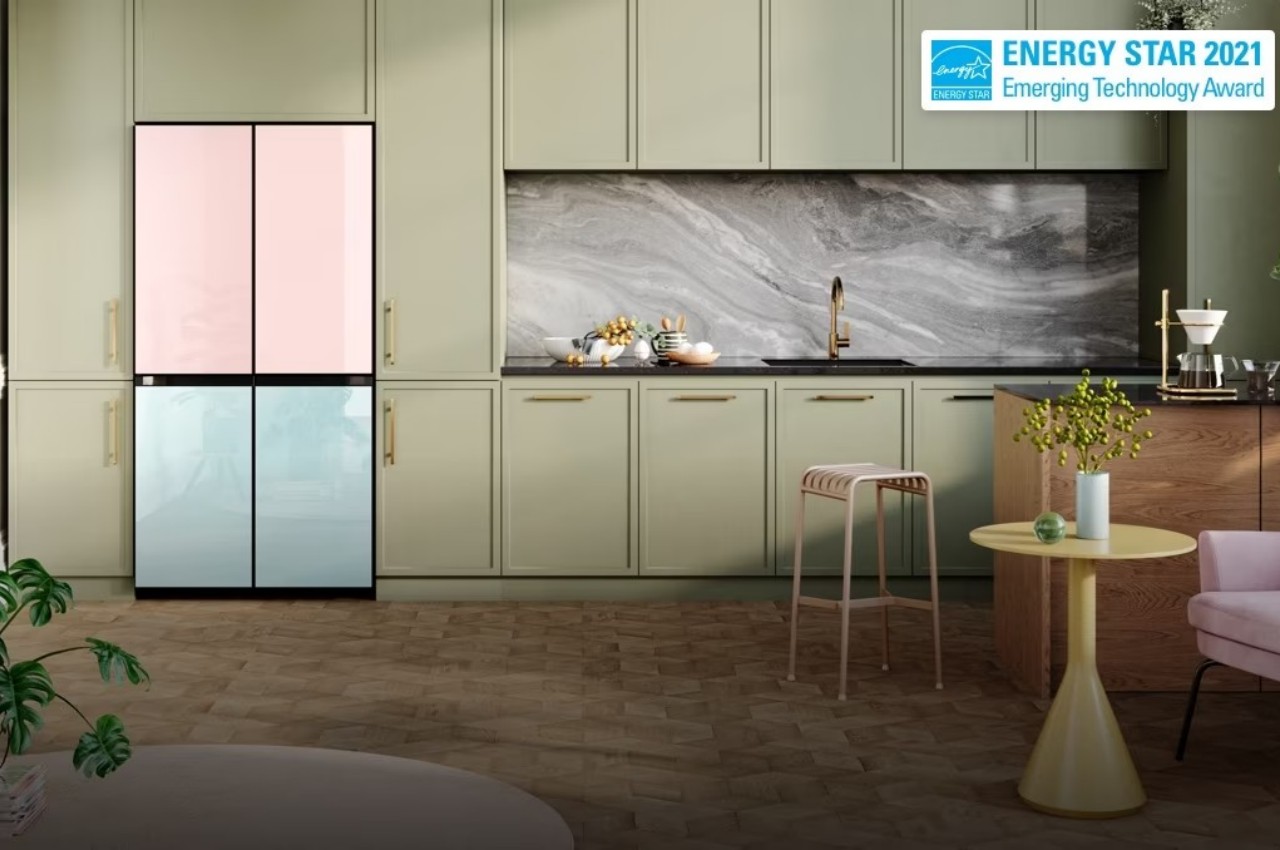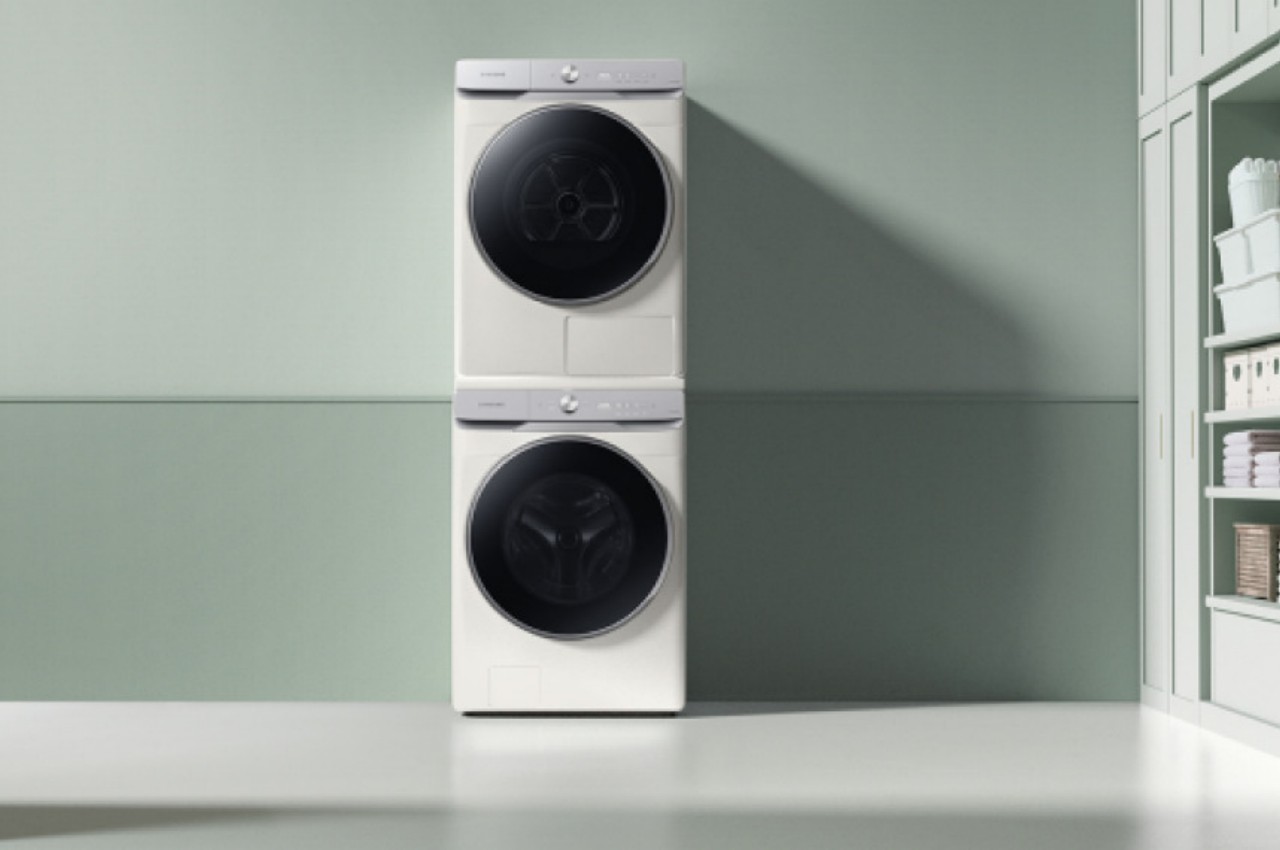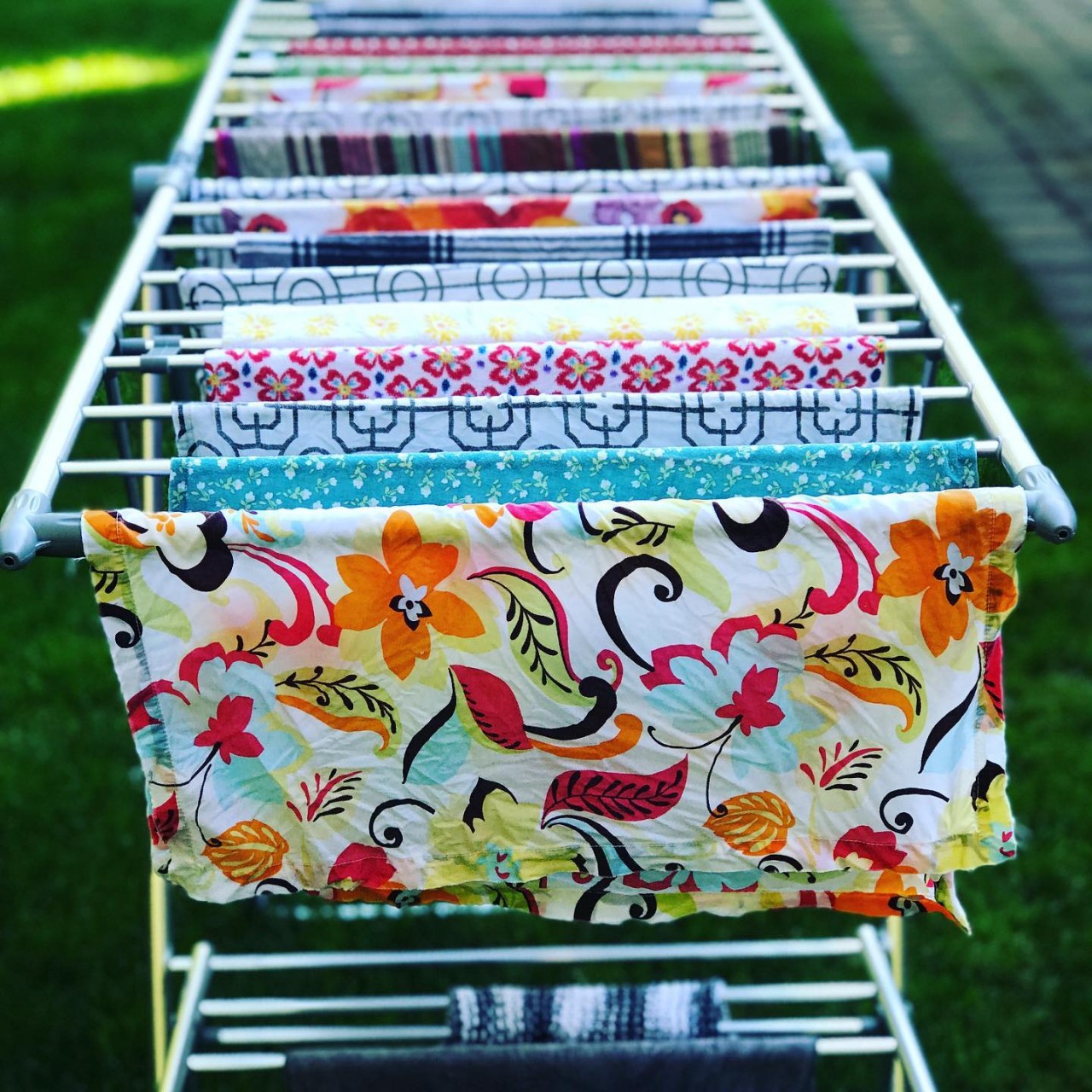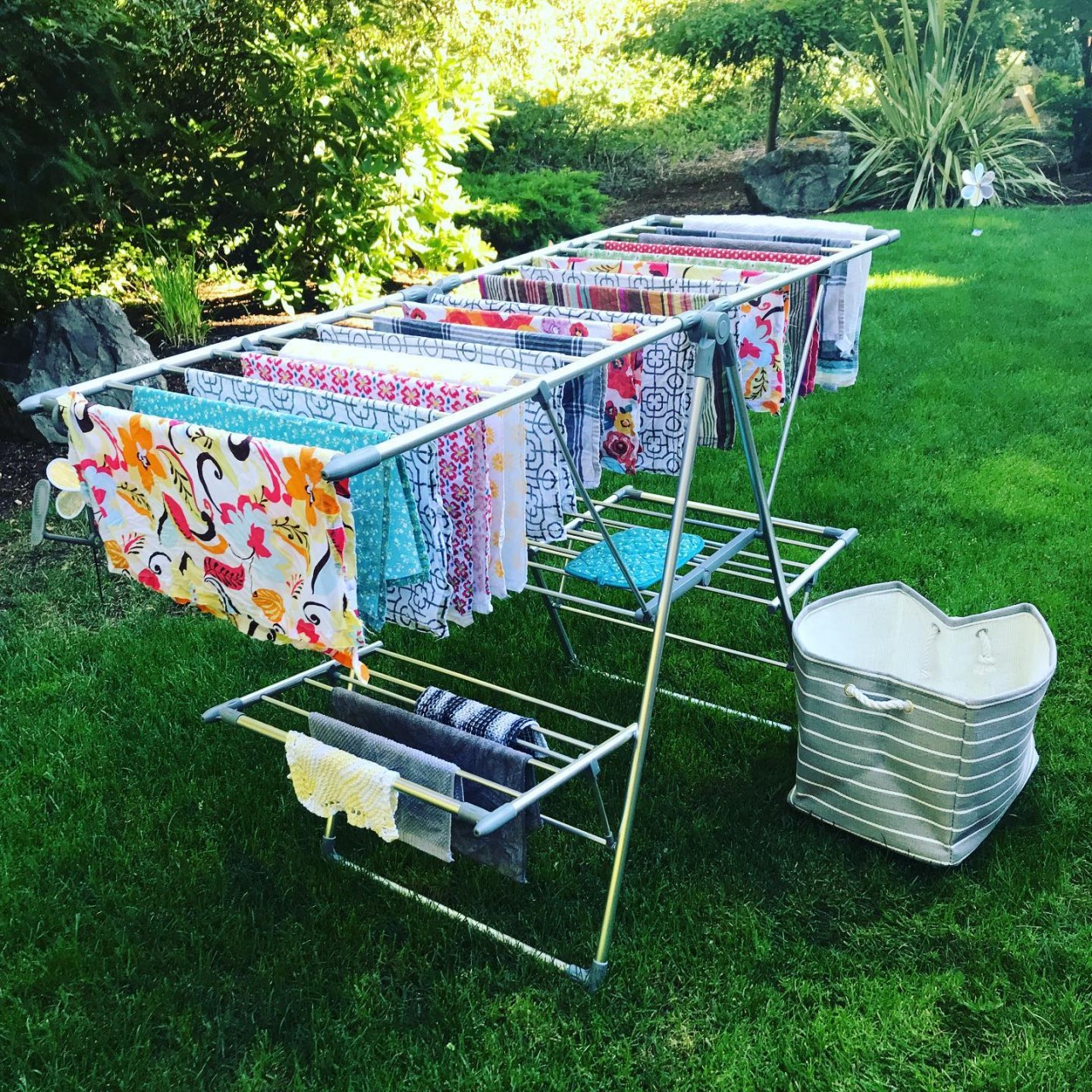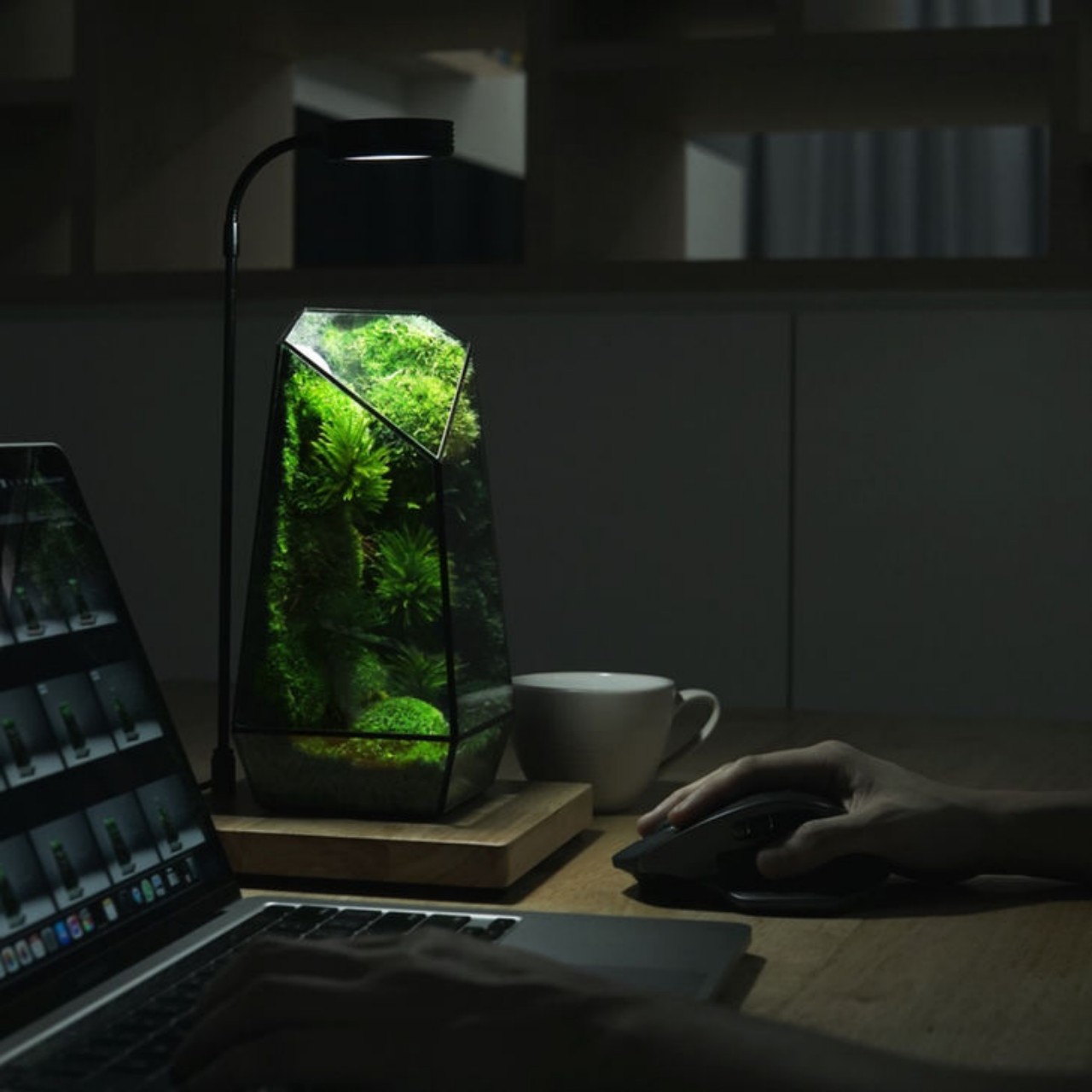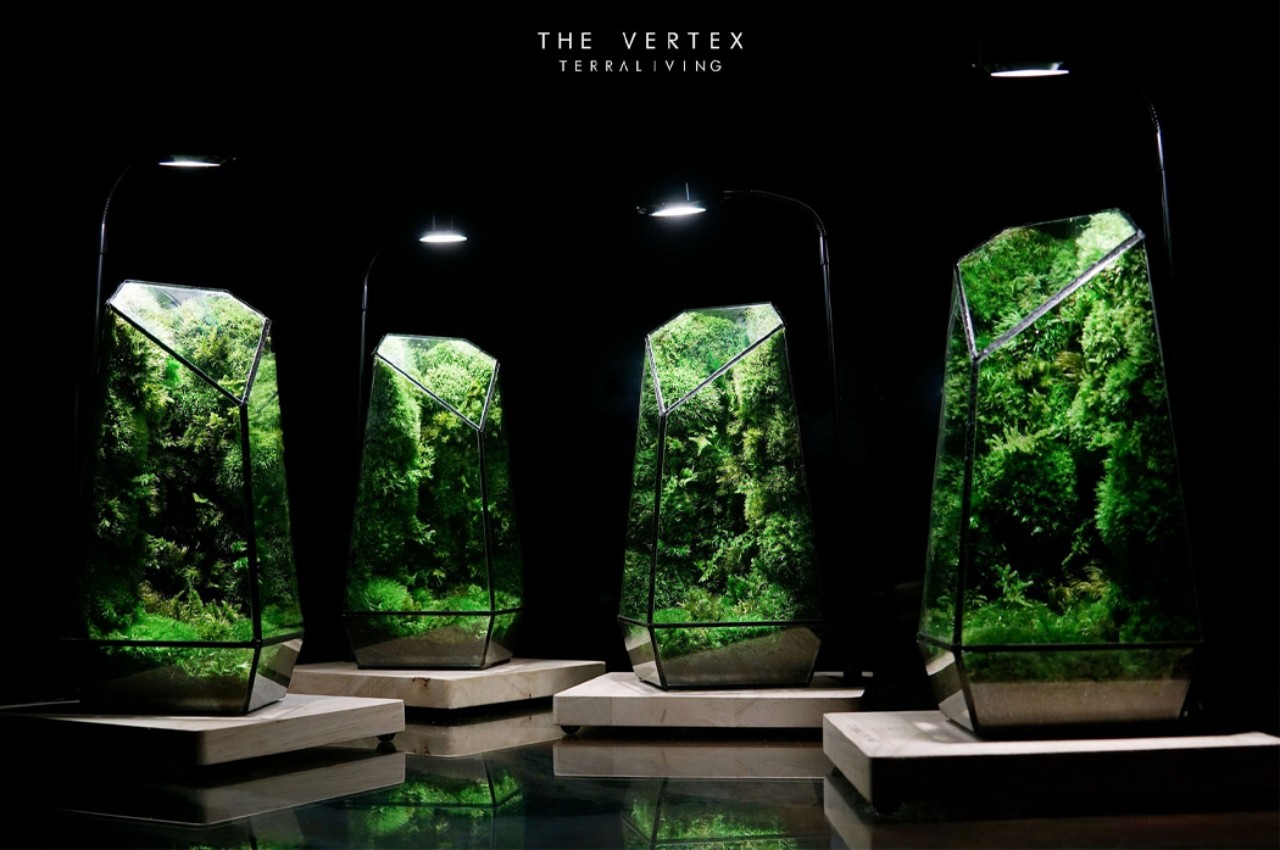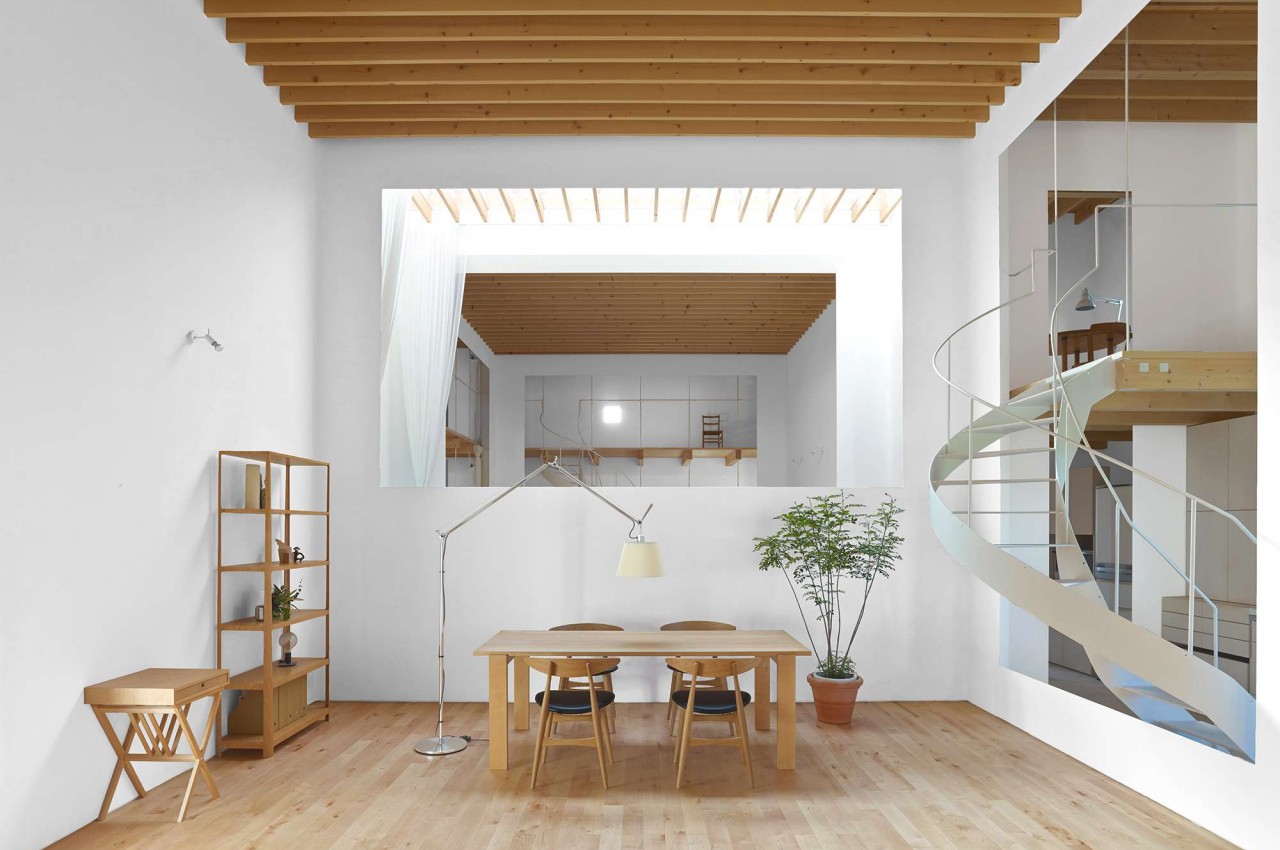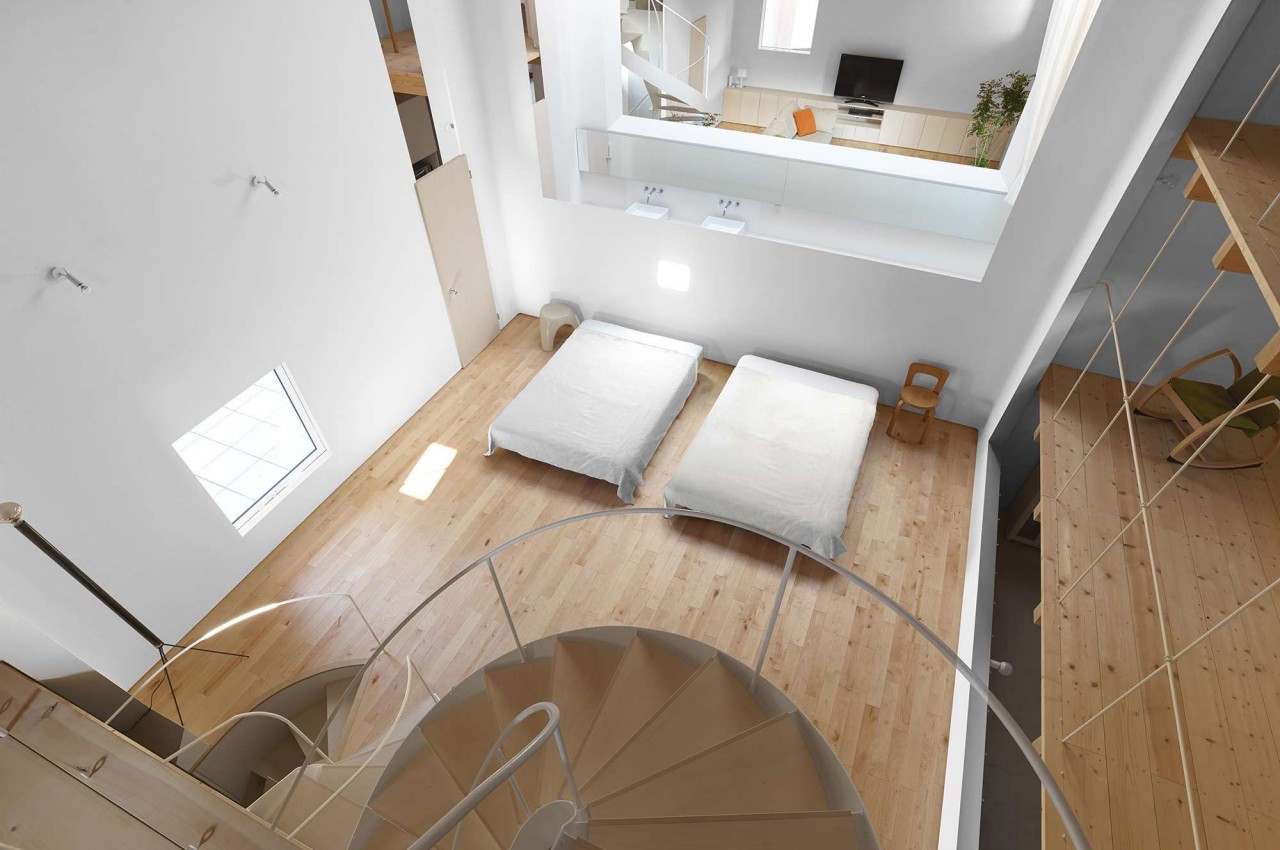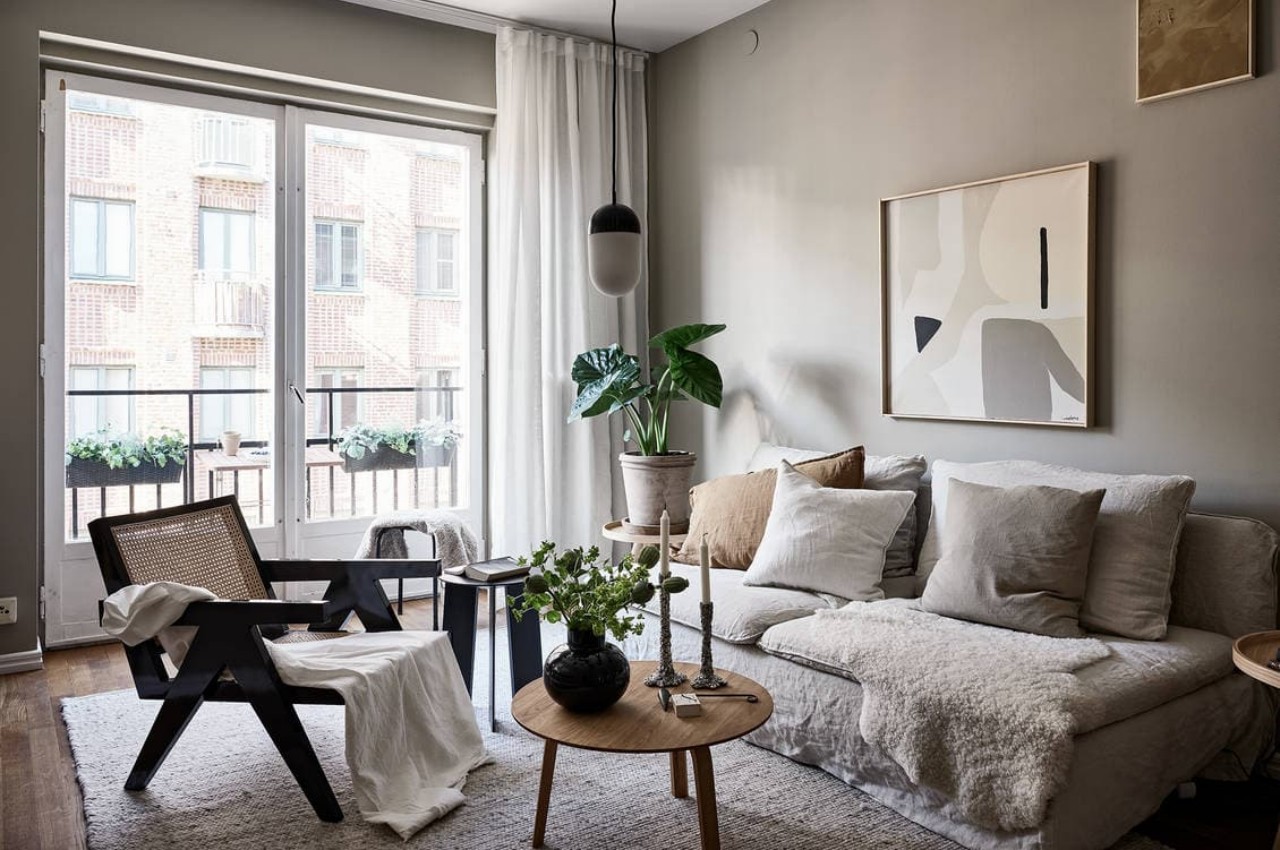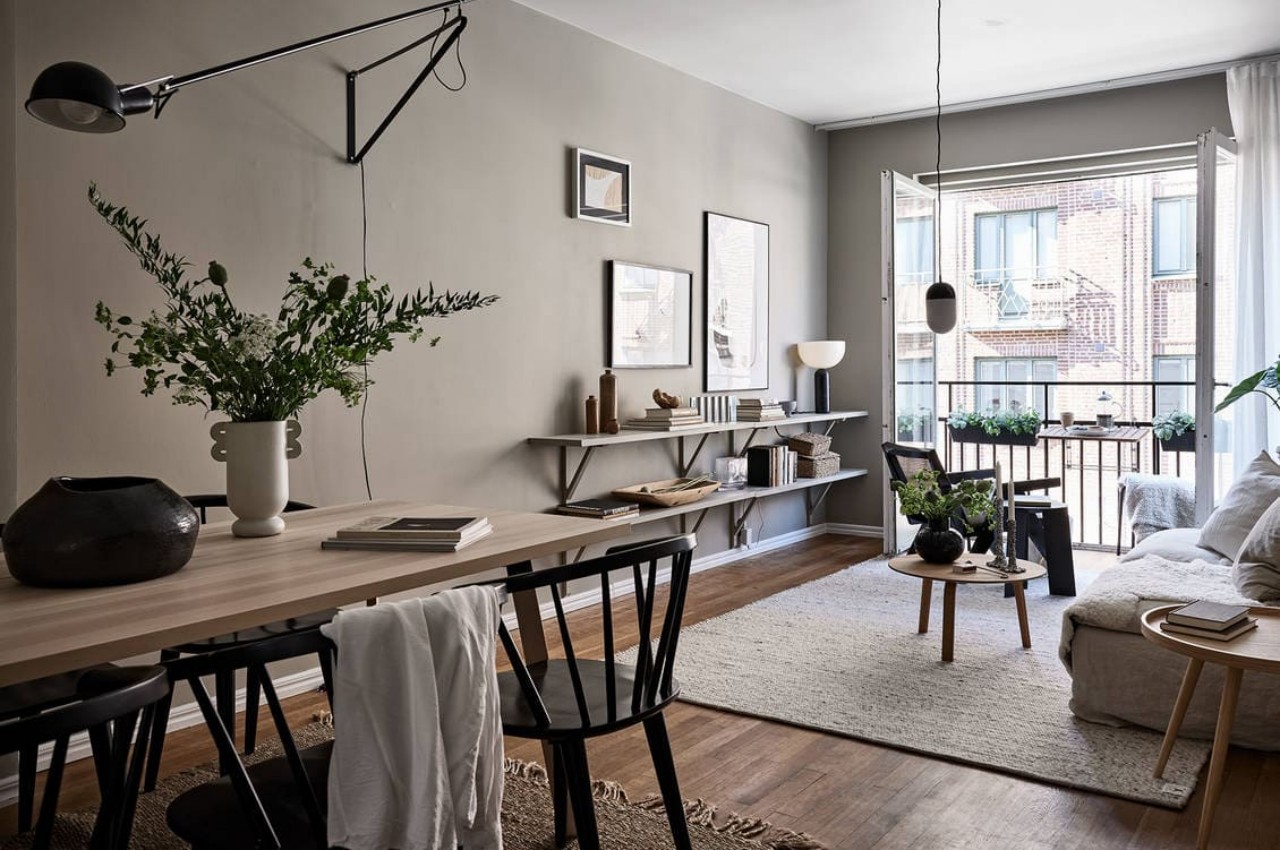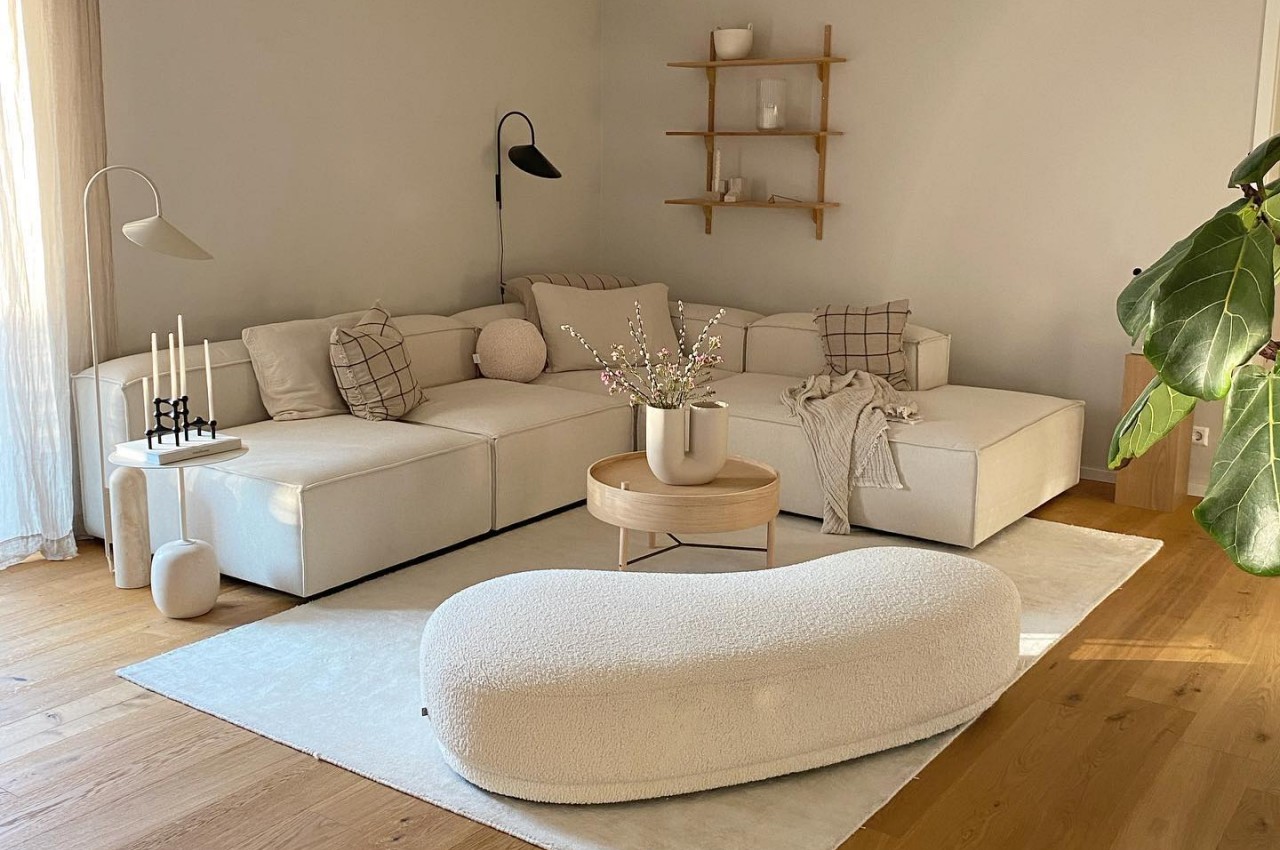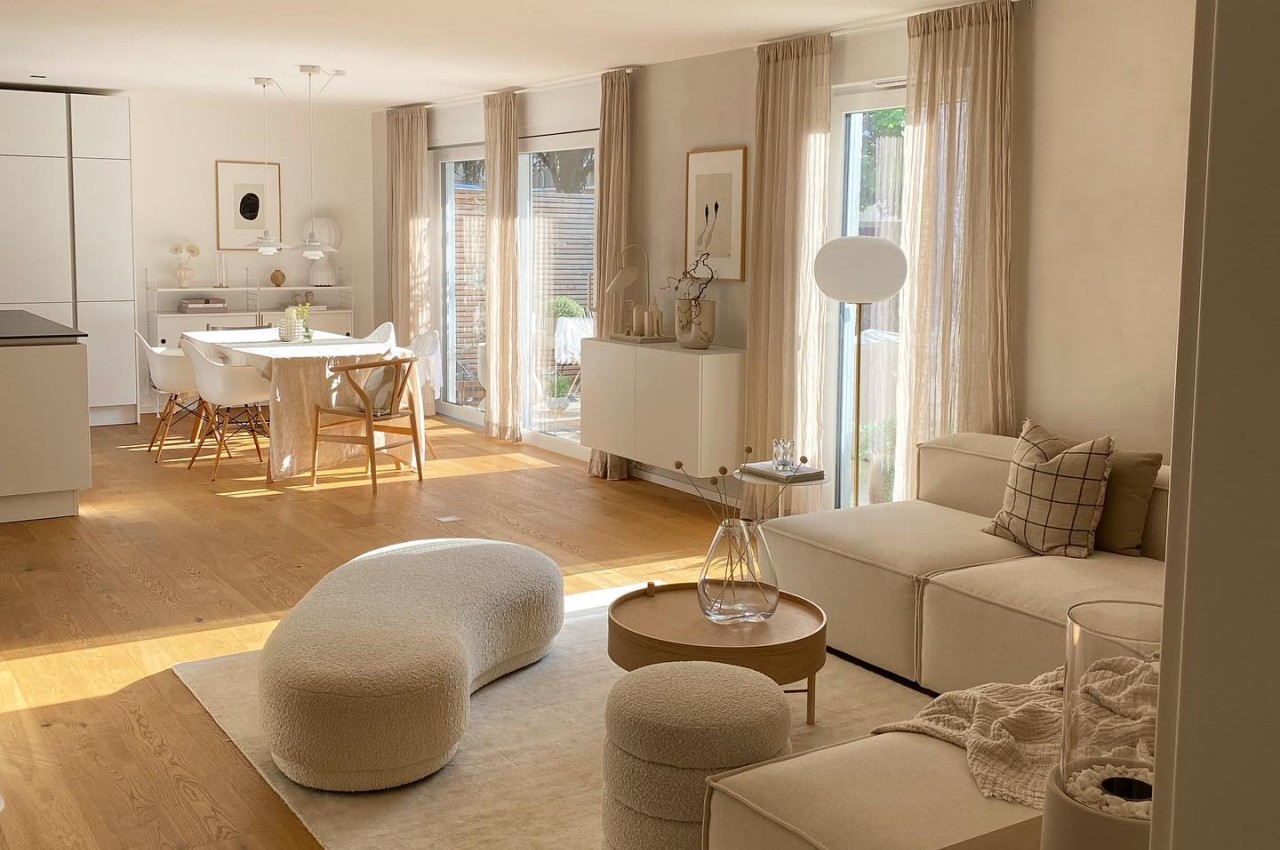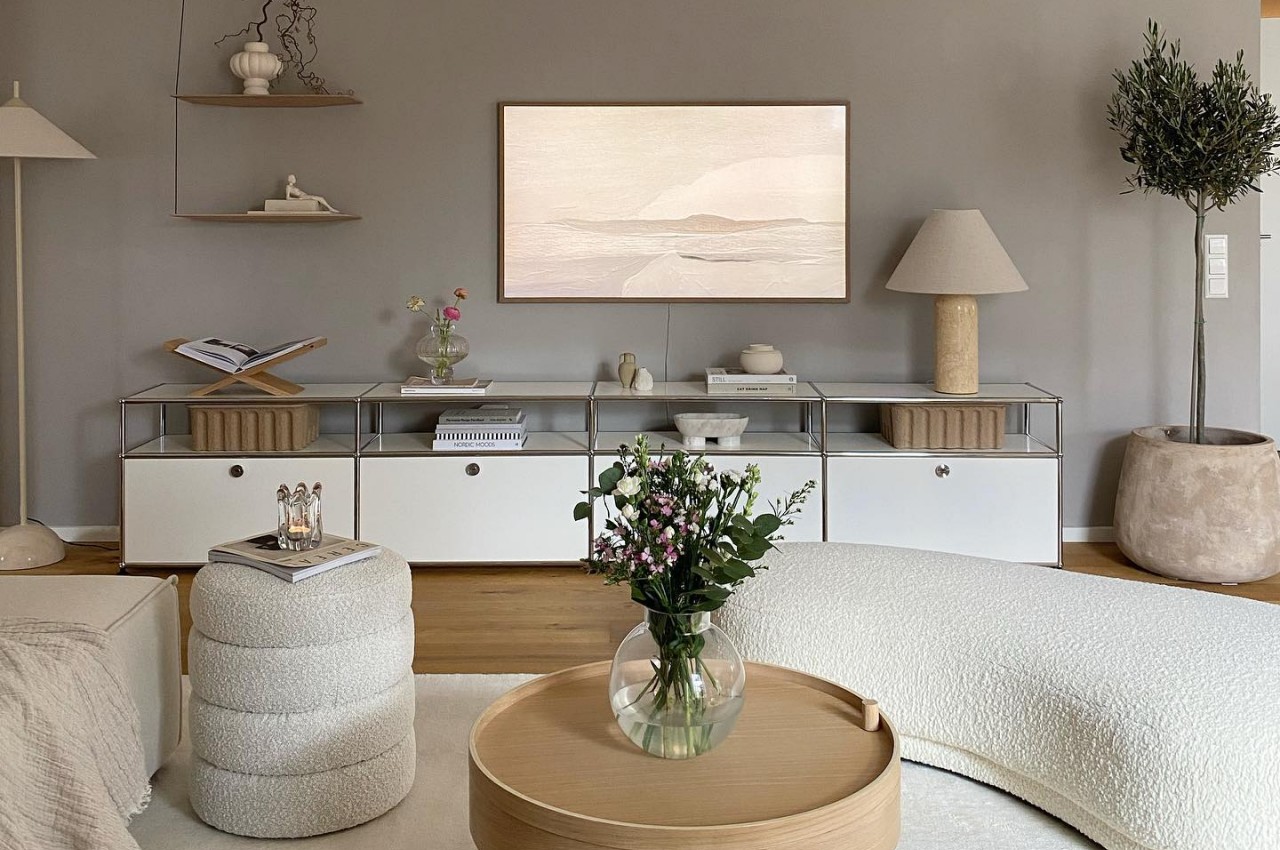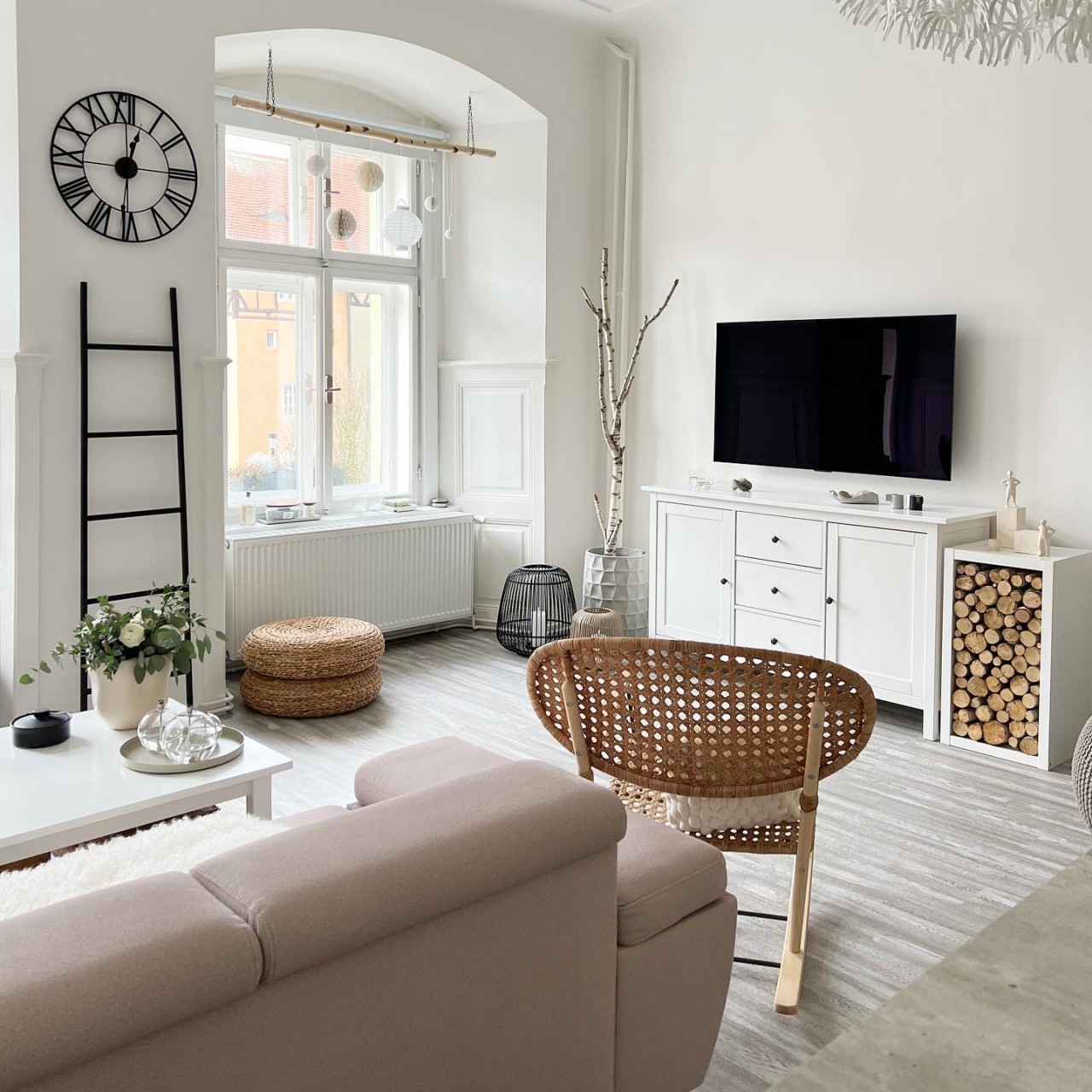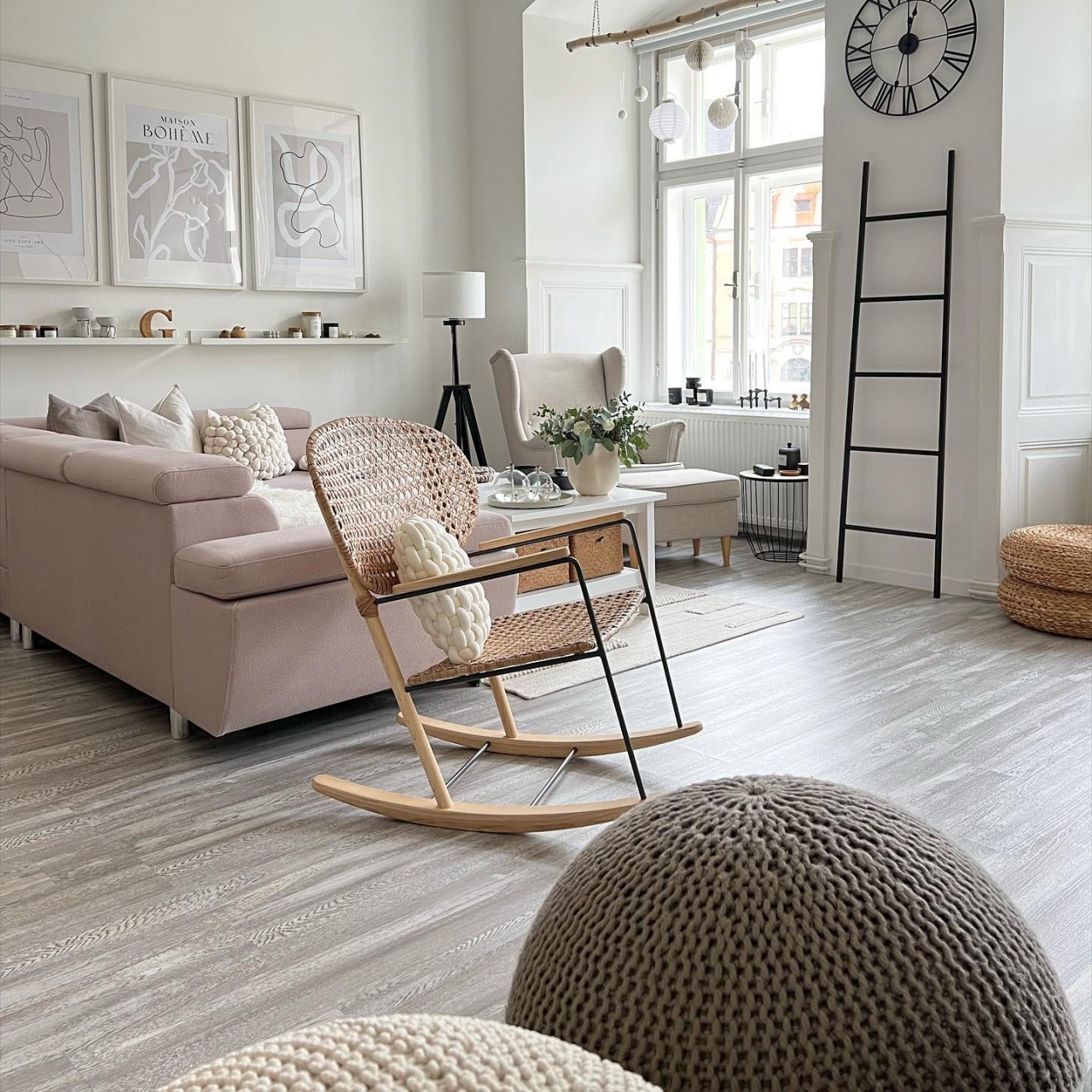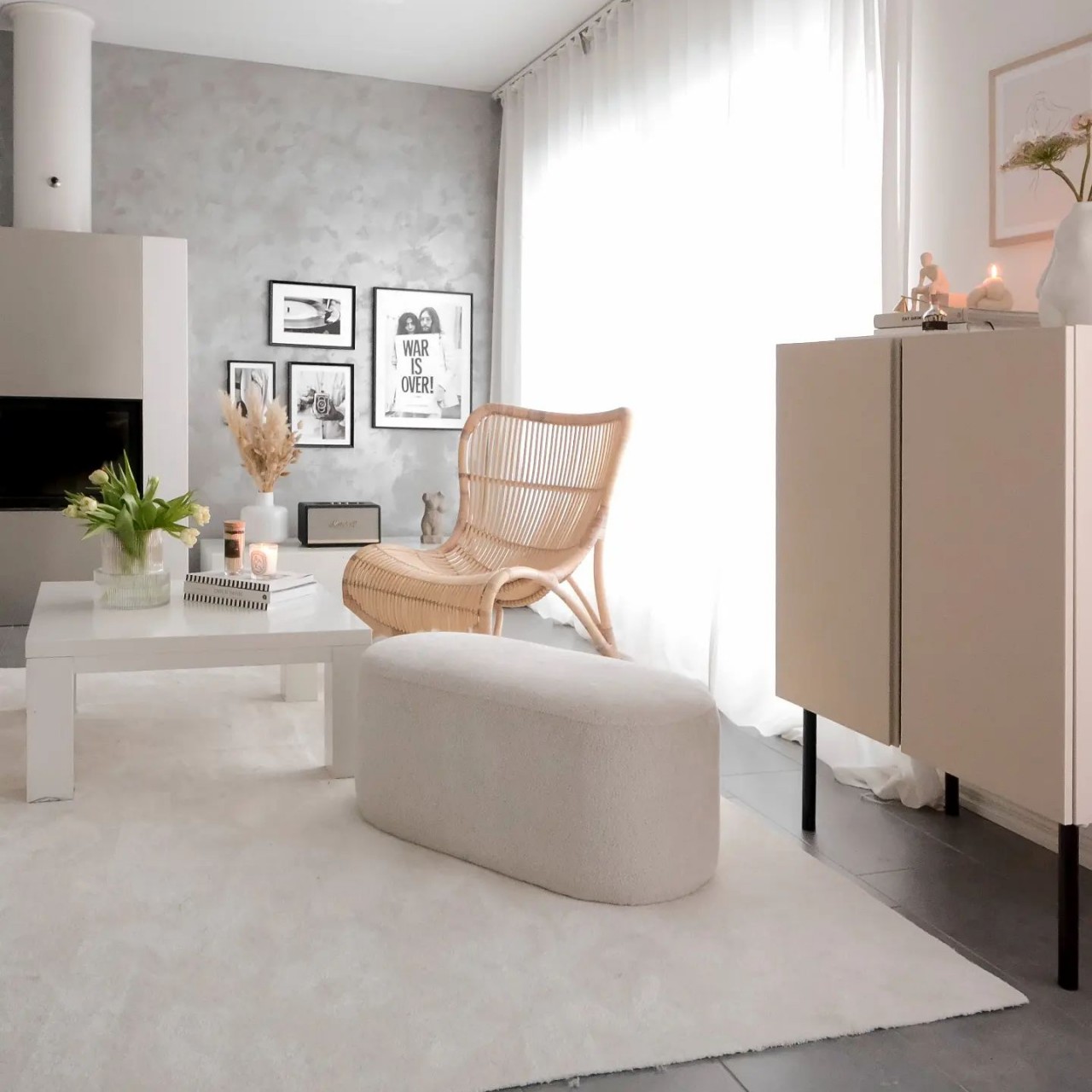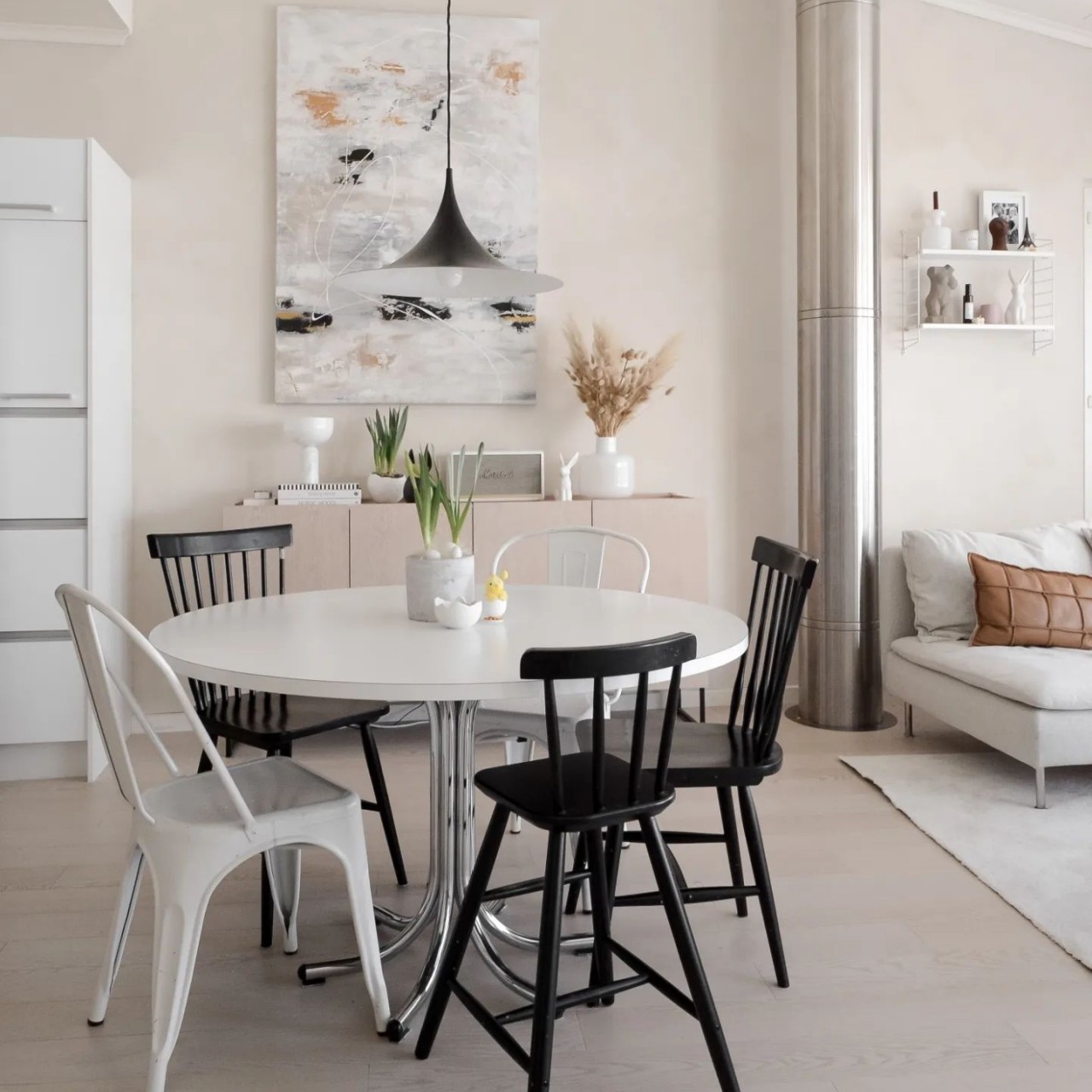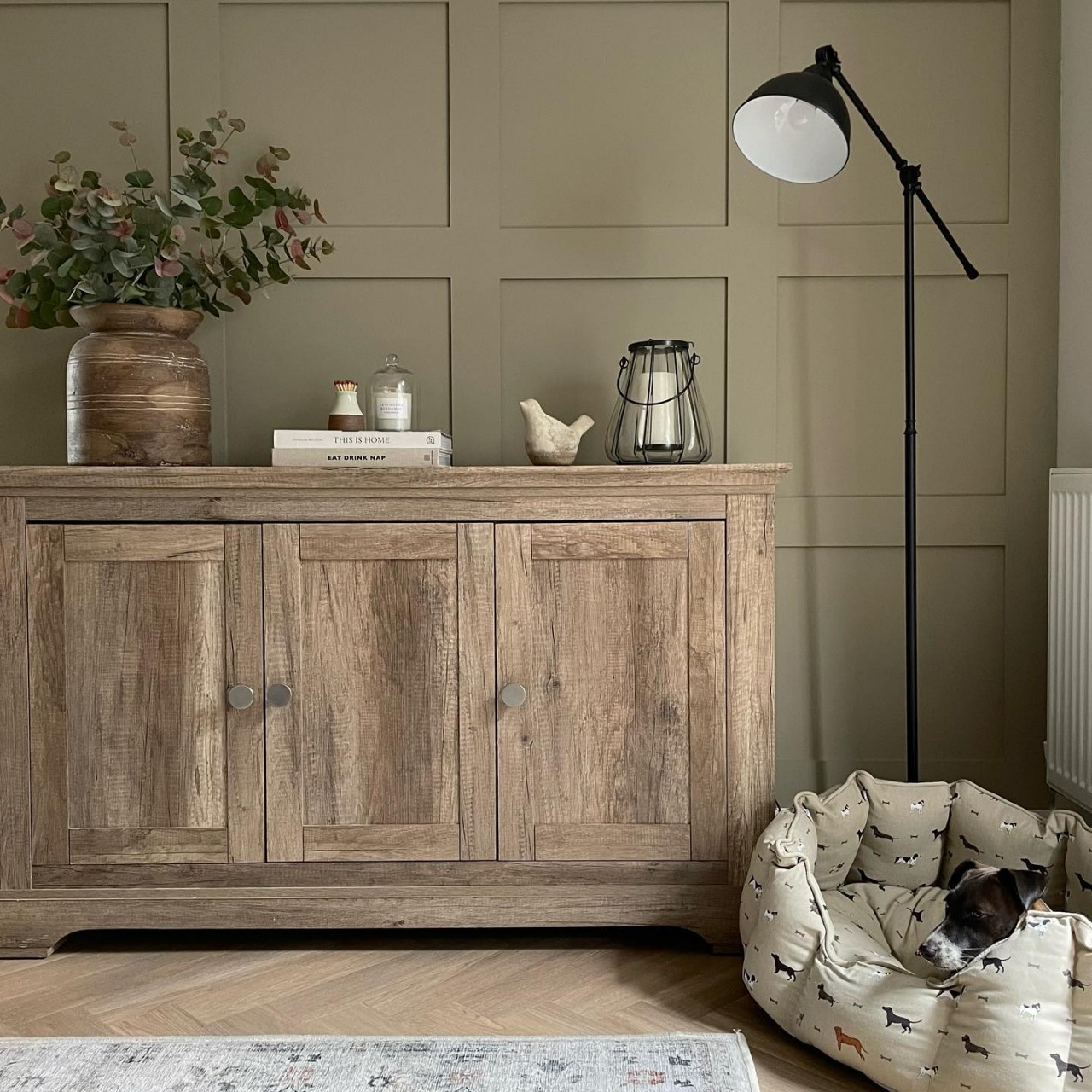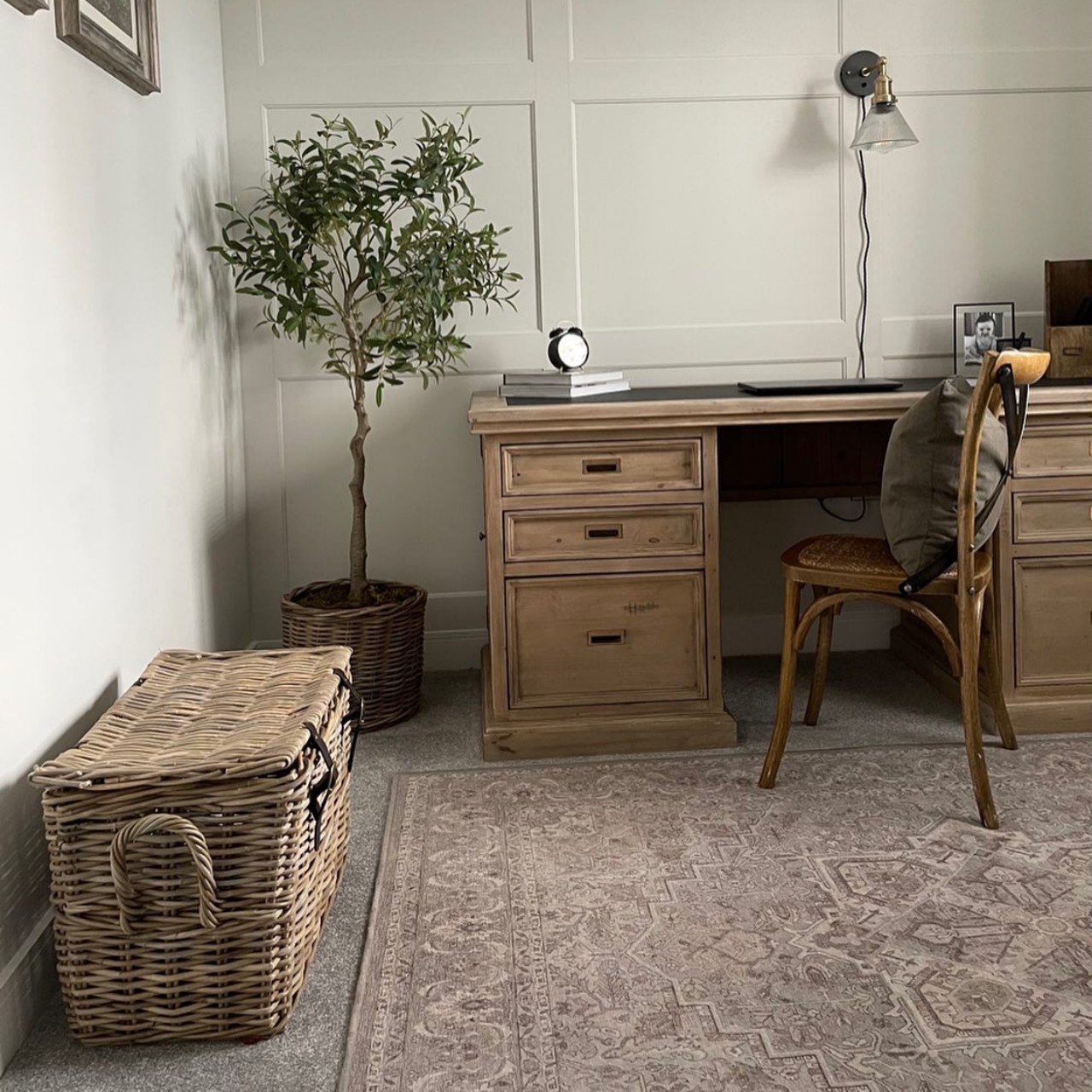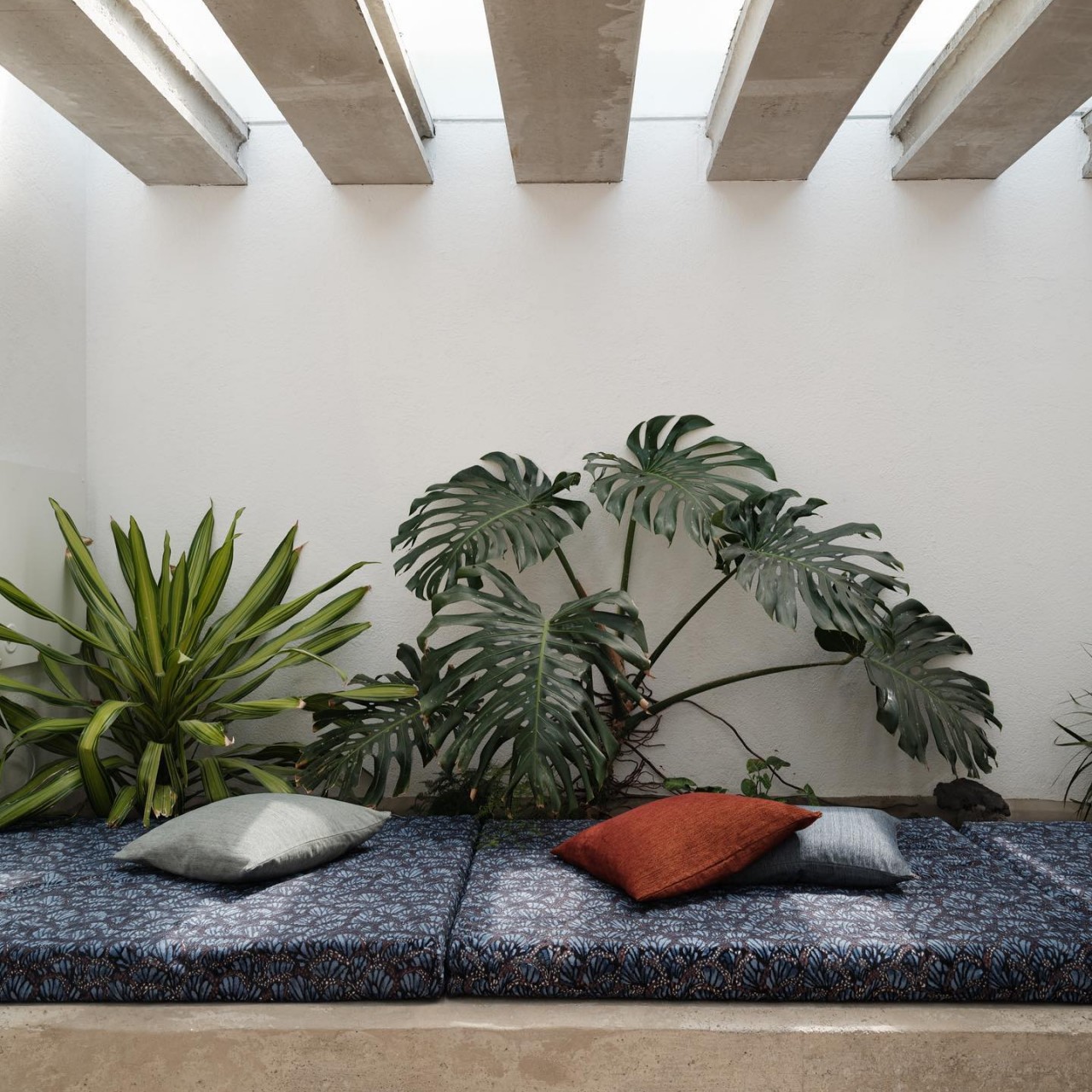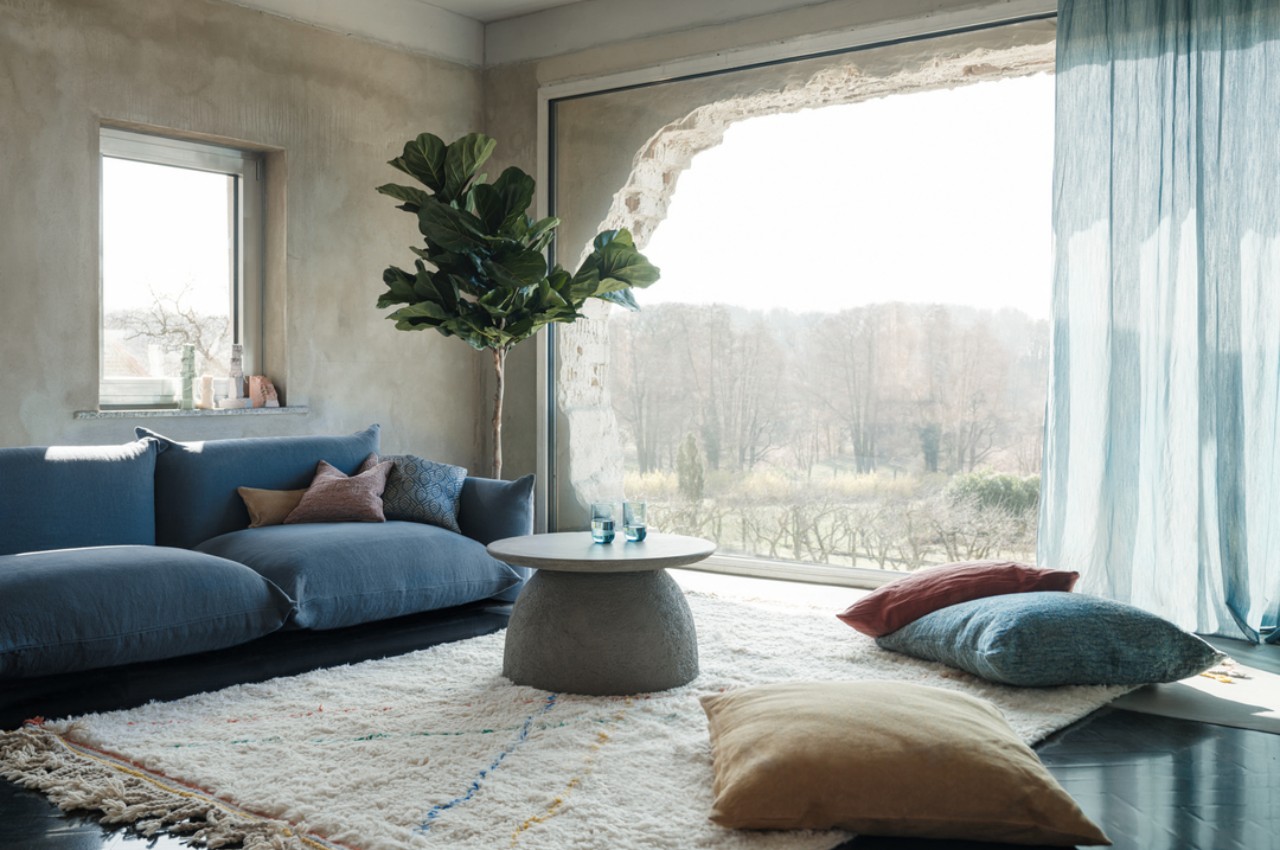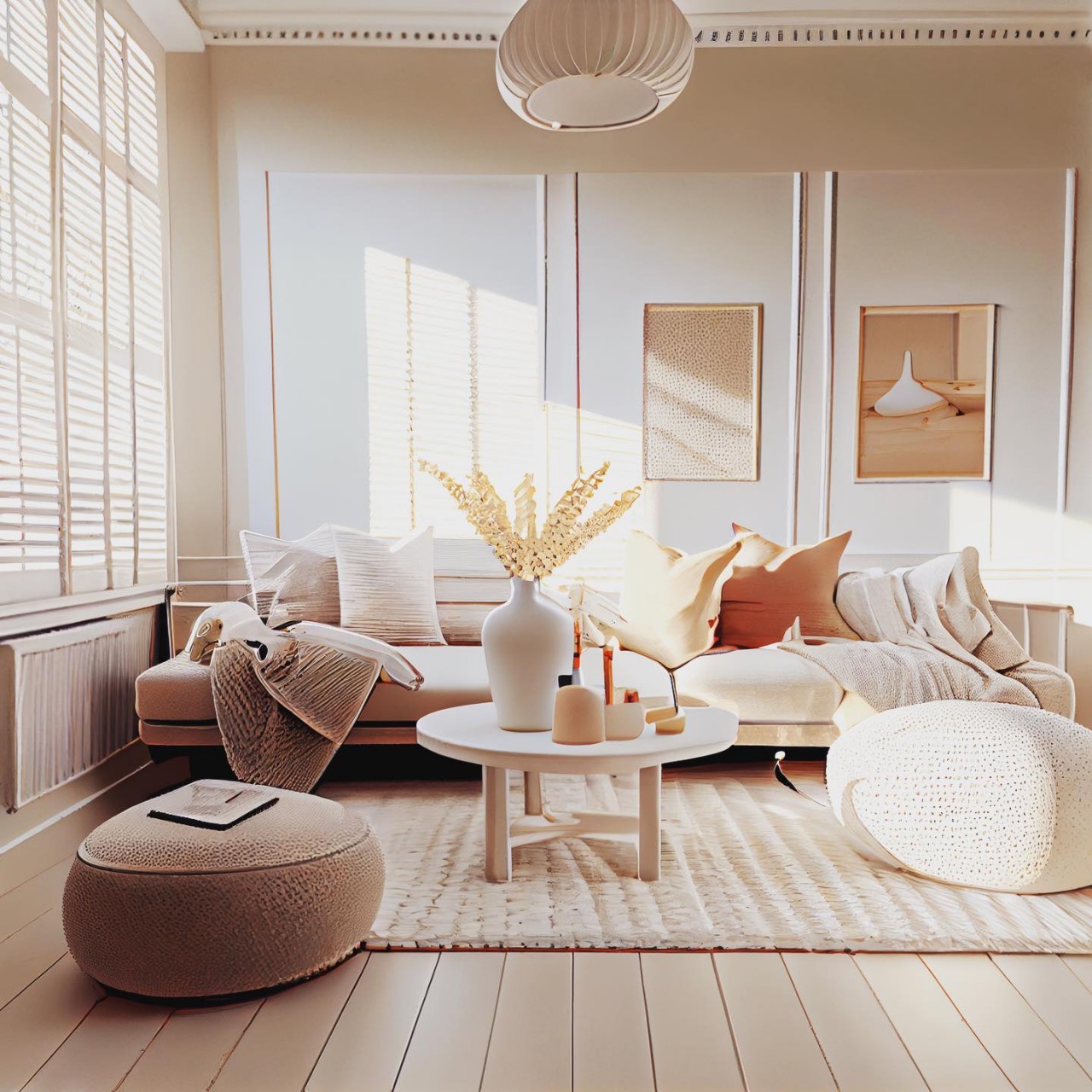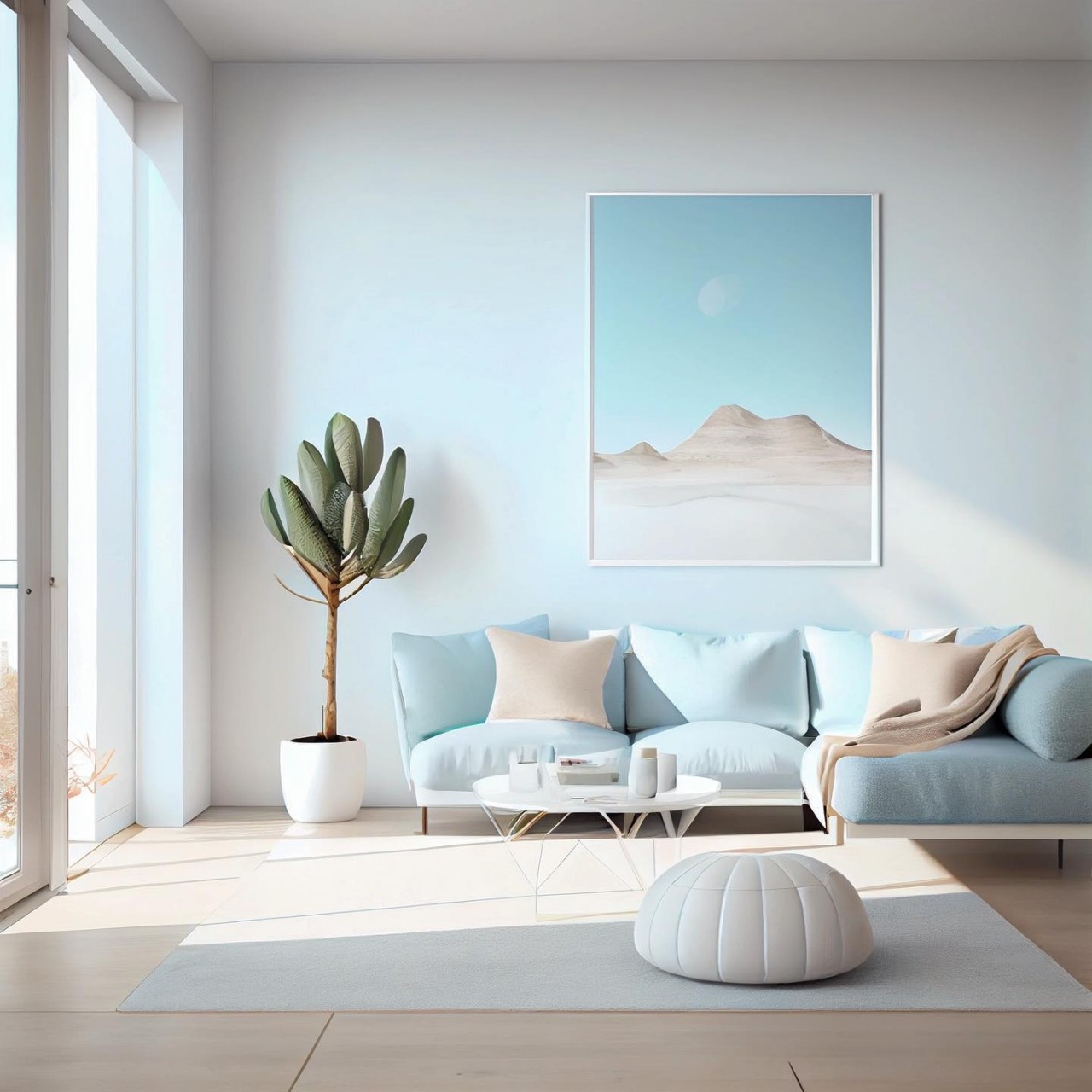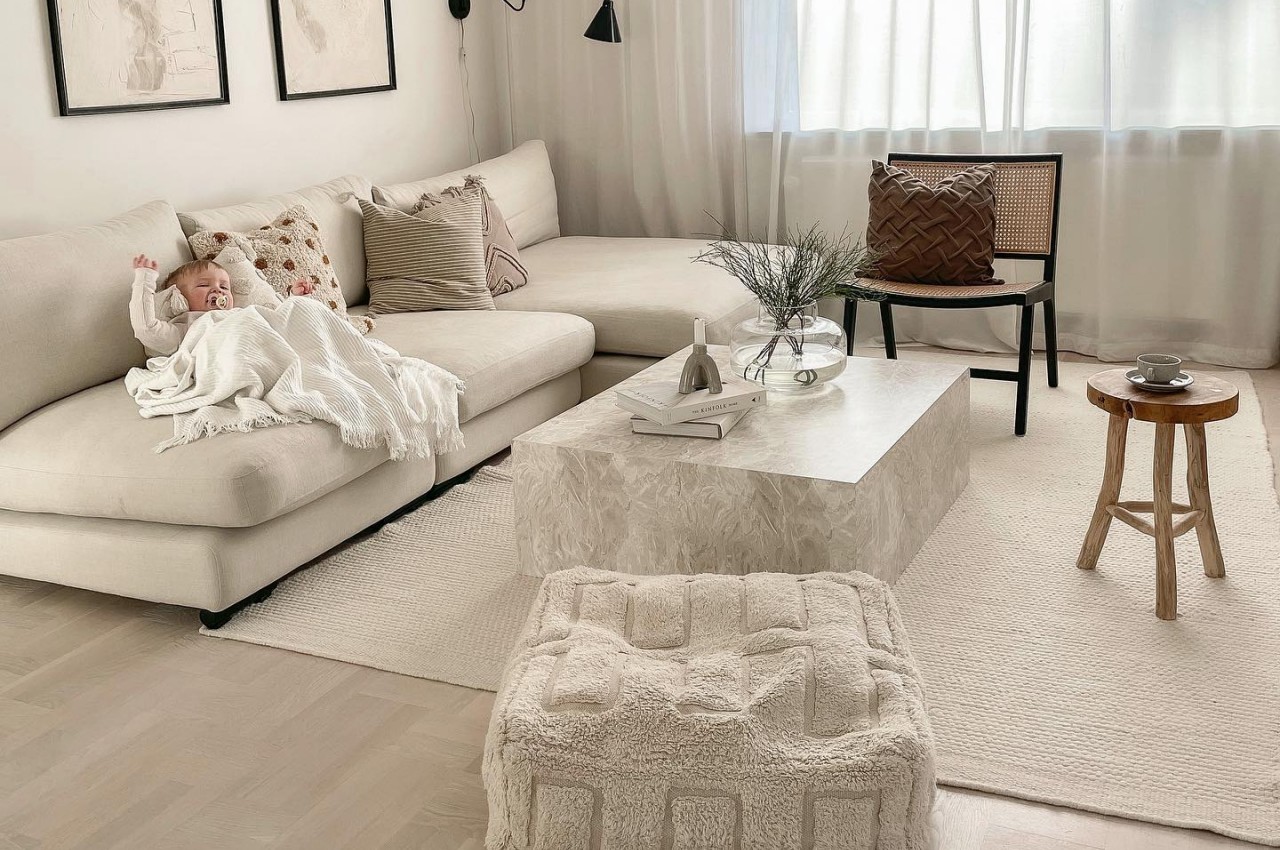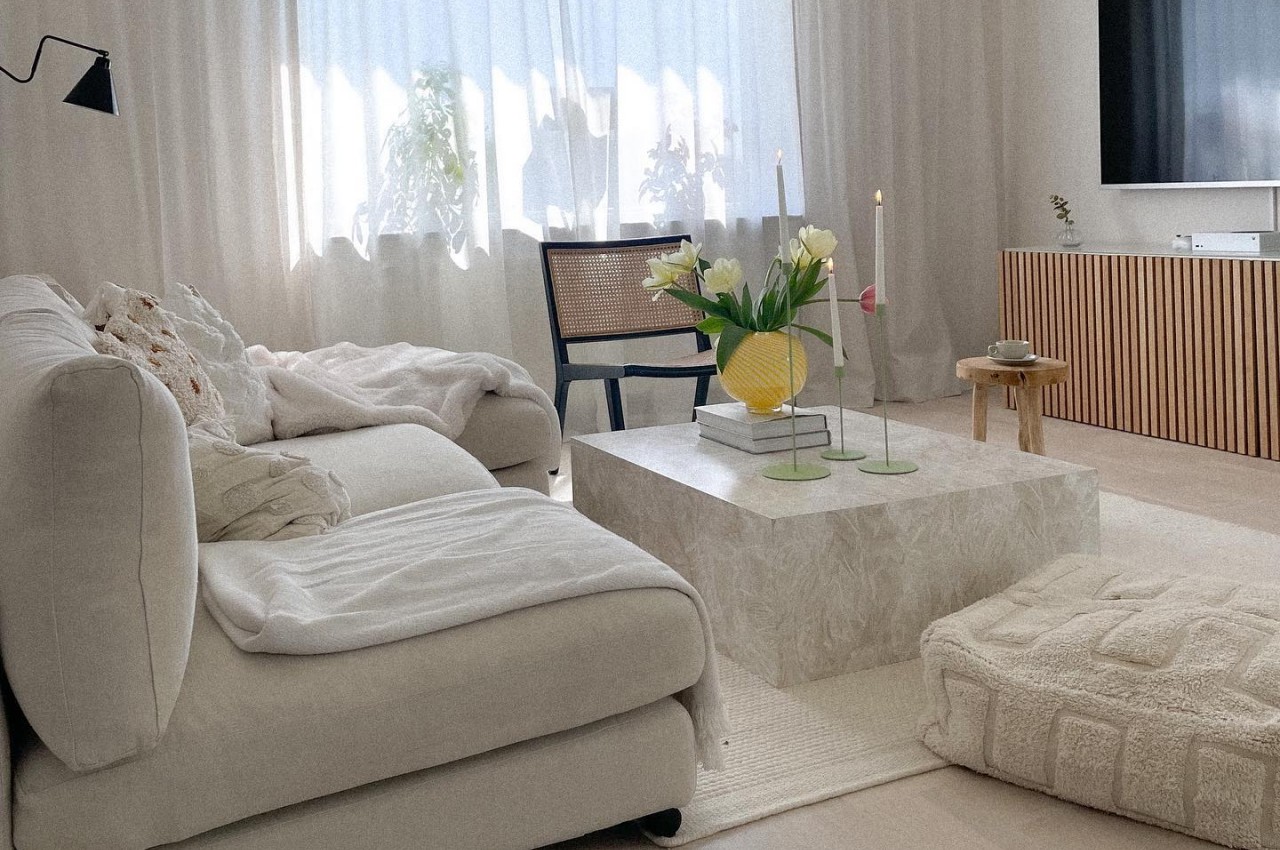With ever-changing styles, lifestyles, trends, and constant innovation of technology, the kitchen is one space that has drastically evolved in the last 100 years. The cooking space has transformed from a utilitarian space to a multipurpose one that can combine the living, dining, and lounge into a single room. In the early ages, the kitchen formed the prime area of the house which held fire. In the middle ages, the chimney came into existence, so the kitchen separated from the rest of the home. However, in the 18th century, the kitchen was placed at the rear of the house or in the basement so that it was out of sight and was primarily handled by staff members. Before the 1920s, the kitchen had a stove and sink and some loose pieces of furniture that served as workspaces and cooktops. So let’s understand how the kitchen evolved every decade and its reasons.
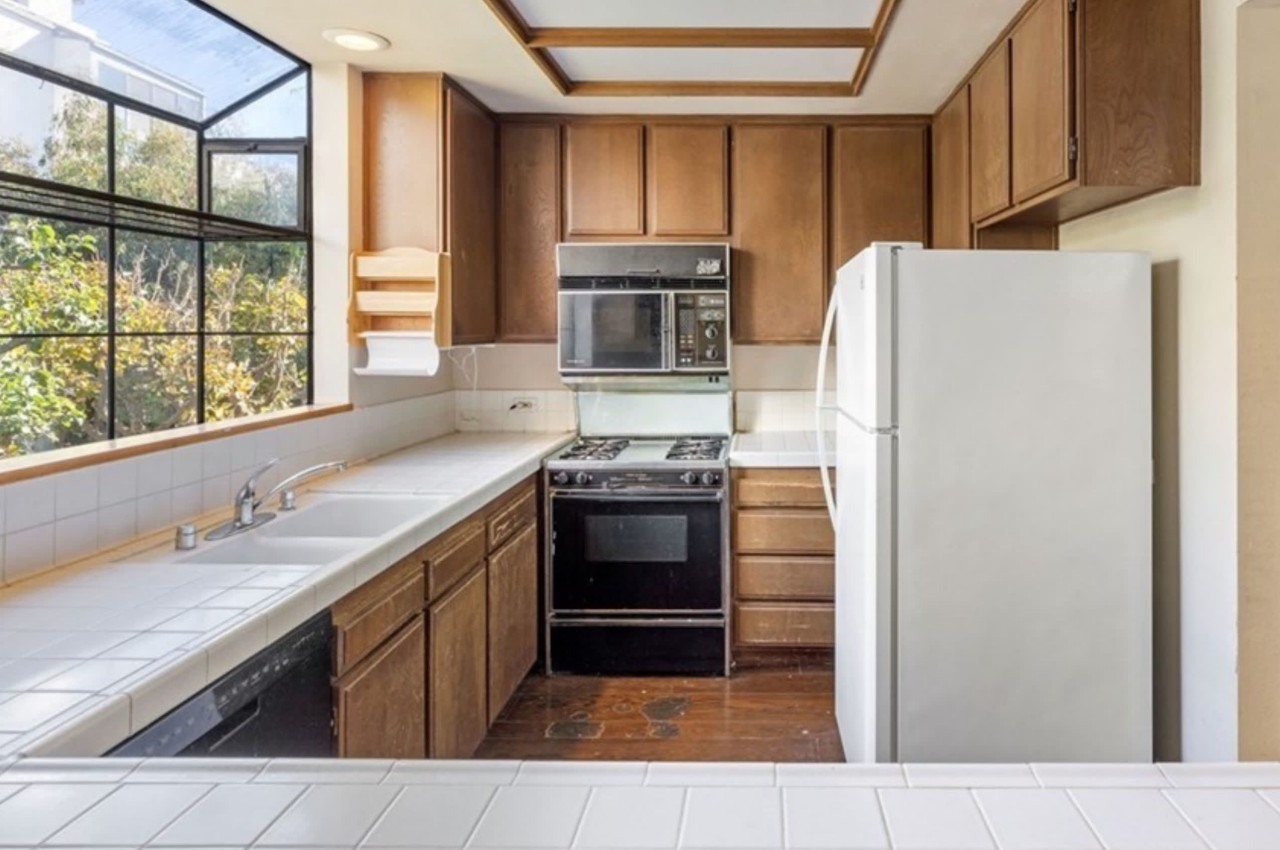
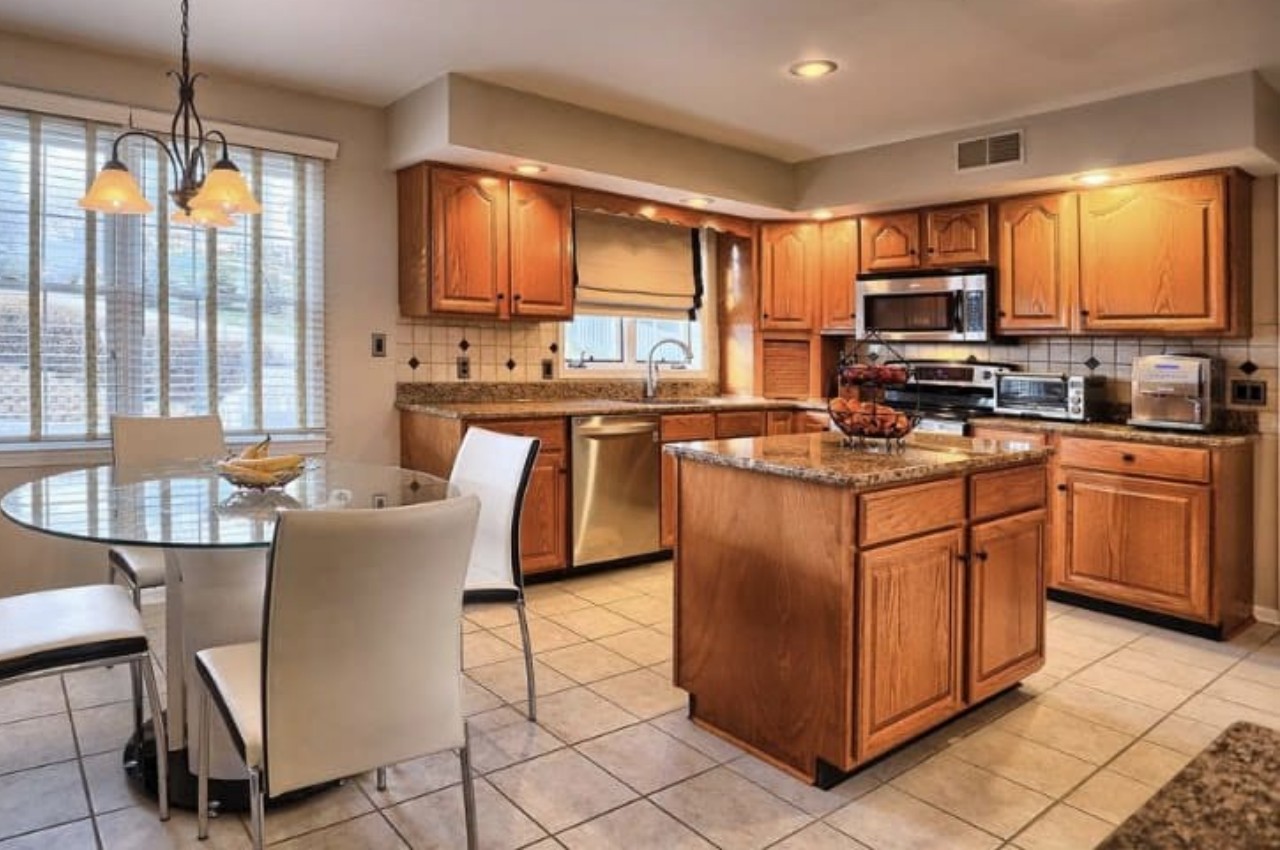
Designer: Sheryl Sanders
1920s kitchen
The 1920s kitchen looked stylish and had a practical and bulky design. The cabinets were in an enamel finish that was easy to clean, and the flooring design included black-and-white tiles.
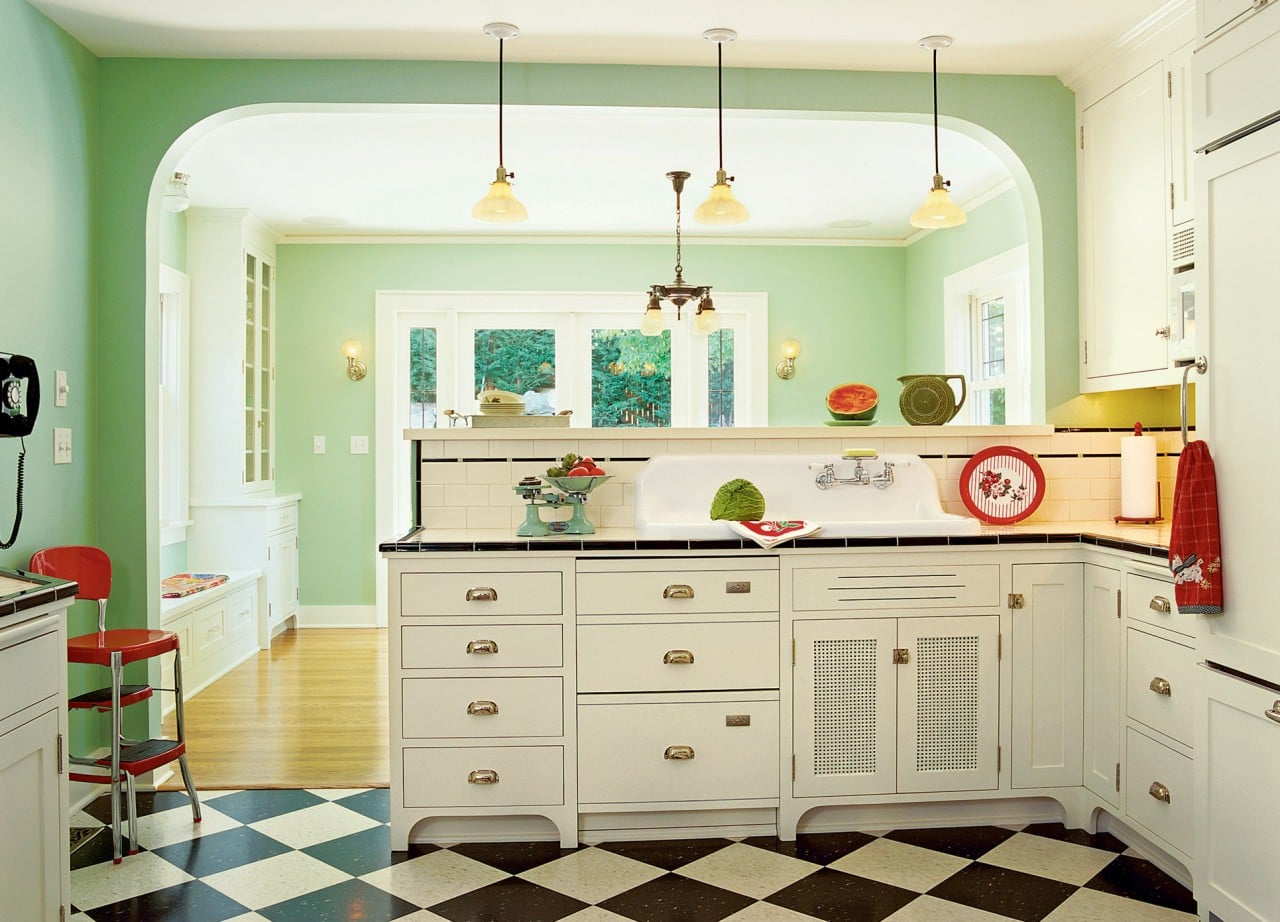
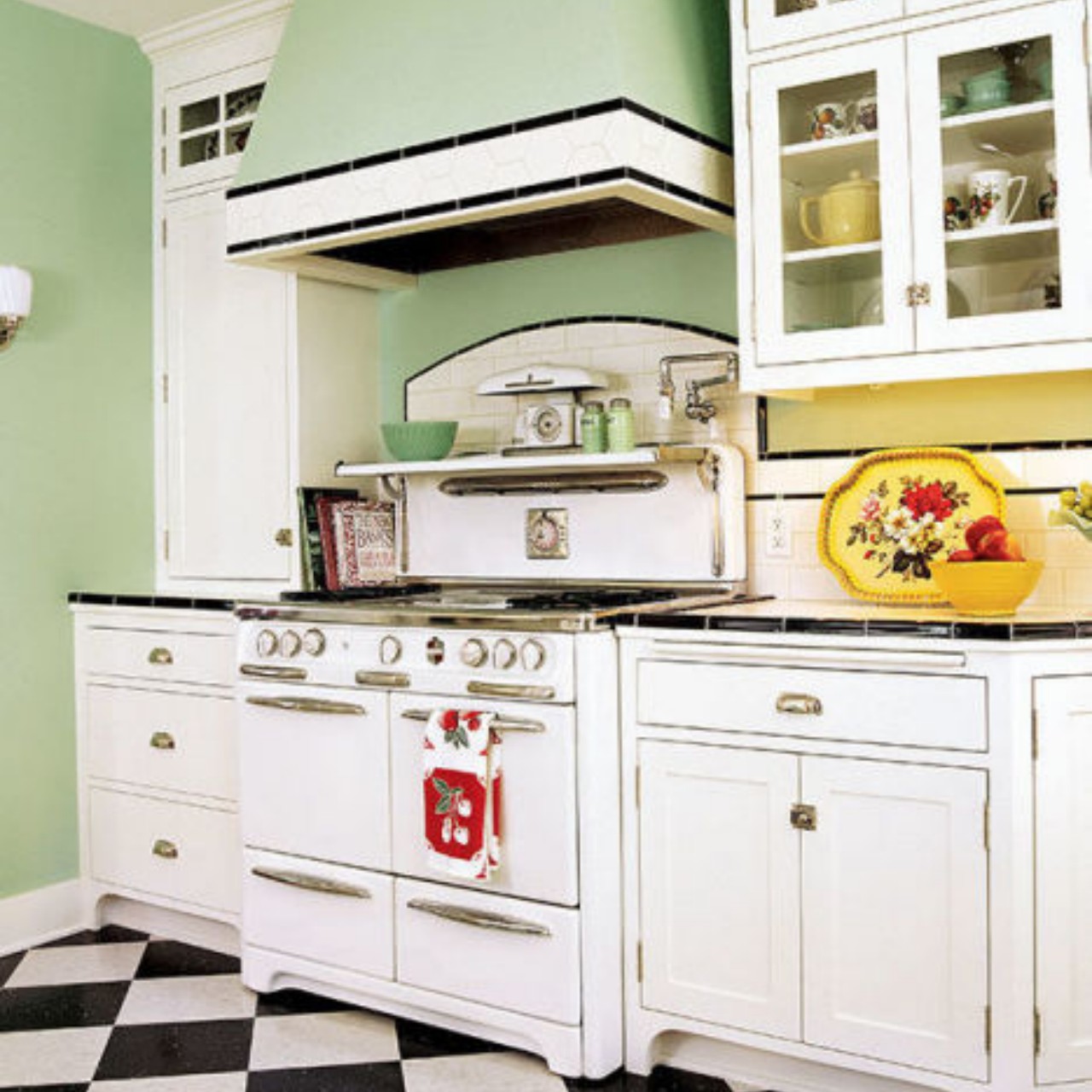
Designer: Toni McKeel (via Old House Journal)
1930s kitchen
The Great Depression of the 1930s played a key role in determining the look and functionality of the kitchen. The Americans needed some hues to add cheer and uplift their spirits; hence, it included a bold and cheerful color palette. The kitchen was efficient and included clean lines, a streamlined gas stove, a compact cabinet, and over-the-sink dish storage.
The design included a combination of metal cabinets, linoleum flooring, and stainless steel, and there was an emphasis on using materials that were easy to clean. In addition, companies produced standard-size cabinets to integrate a continuous countertop, gas range, and sinks into the cabinets. The art déco was a popular design style in this period, where geometric patterns made their way into the kitchen design.
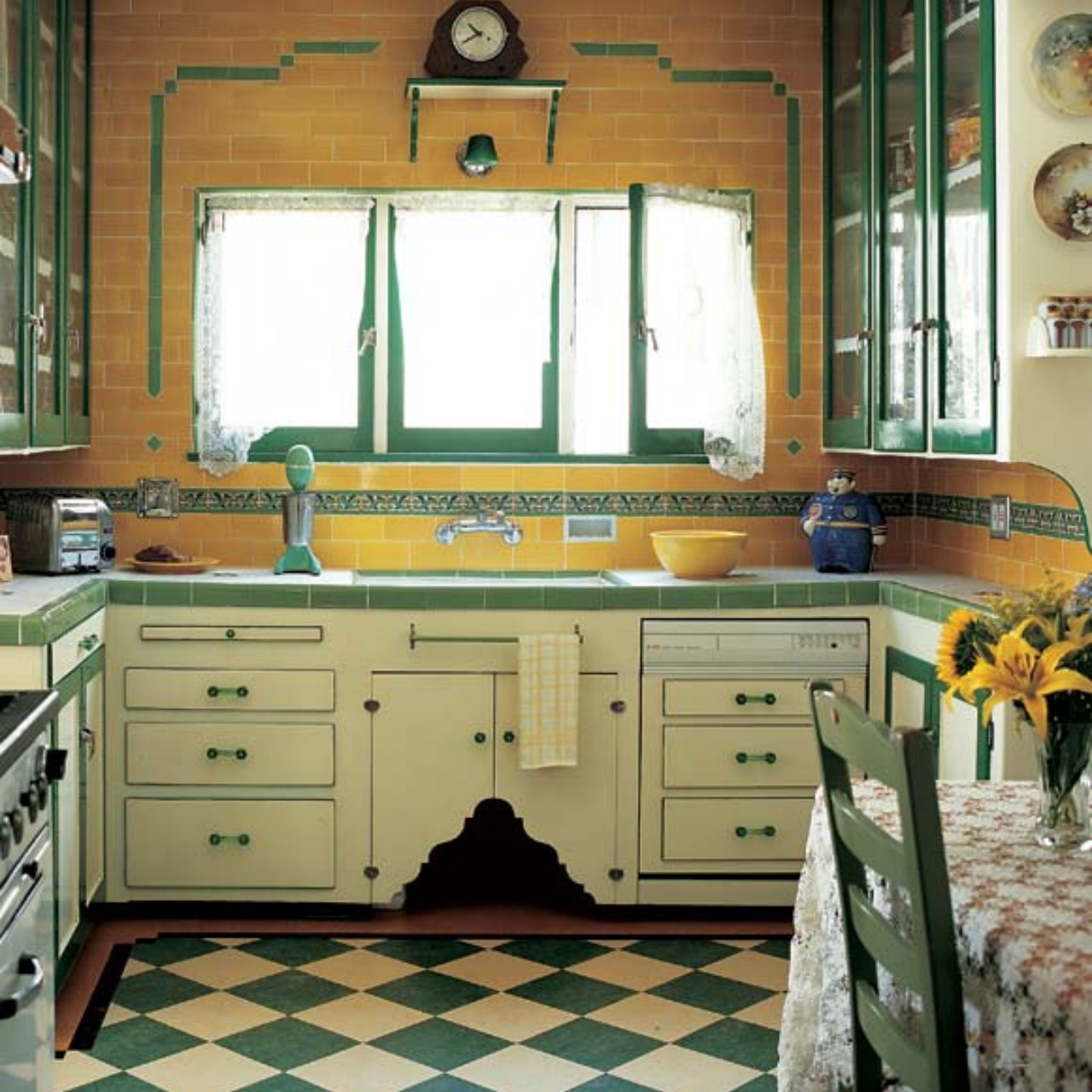
Designer: Jeremy Samuelson
1940s kitchen
World War II formed the backdrop of the 1940s. It transformed into an eat-in kitchen designed around family dining, incorporating circular tables with a colorful tablecloth. There was an emphasis on the sleekness of design as it reflected the changing times when electric ranges and refrigerators were becoming common. The design of the kitchen was plain and simple. It incorporated bold colors and the use of decorative storage containers.
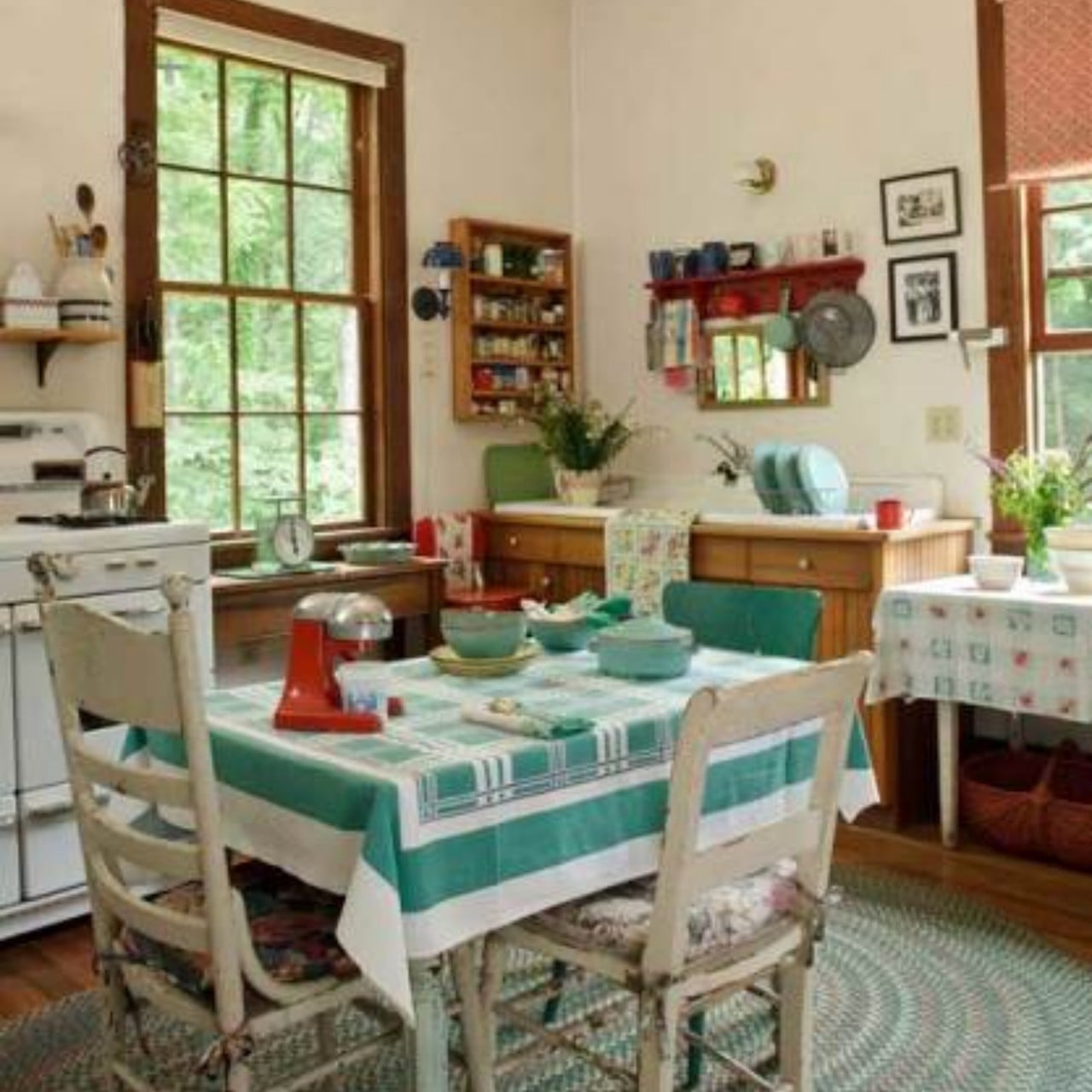
Designer: Edith Sarra (via Old House Journal)
1950s kitchen
The 1950s was a post-war phase where people came out of the suburbs and went to bigger cities, resulting in a housing boom. The kitchen had to be comfortable, stylish, and modern as the women spent maximum time. With the rise in cinema, this decade saw a lot of innovations. In these post-war years, the fridge, electric range, and freezer made the kitchen high-tech and eliminated the need for daily grocery shopping. The concept of an open or boundaryless plan surfaced, combining many functions within a single space. The steel industry manufactured pastel-painted steel cabinets; the kitchen used wood and bright colors. One could match the cabinets with the countertop with ‘Formica,’ which was a newly developed material. Bubble-shaped appliances became popular and infused cheer into the decor. The mid-century homes also combined the kitchen and dining into a presentable space.
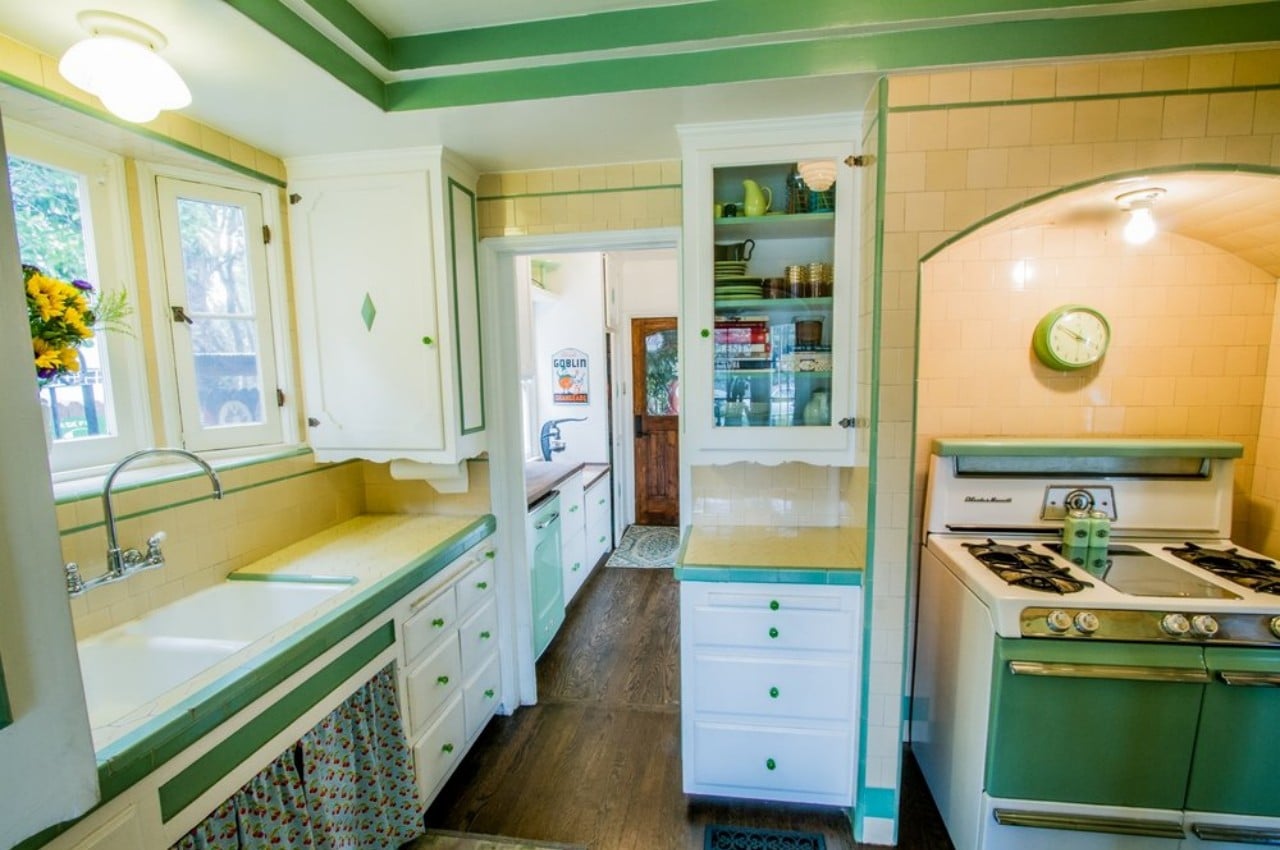
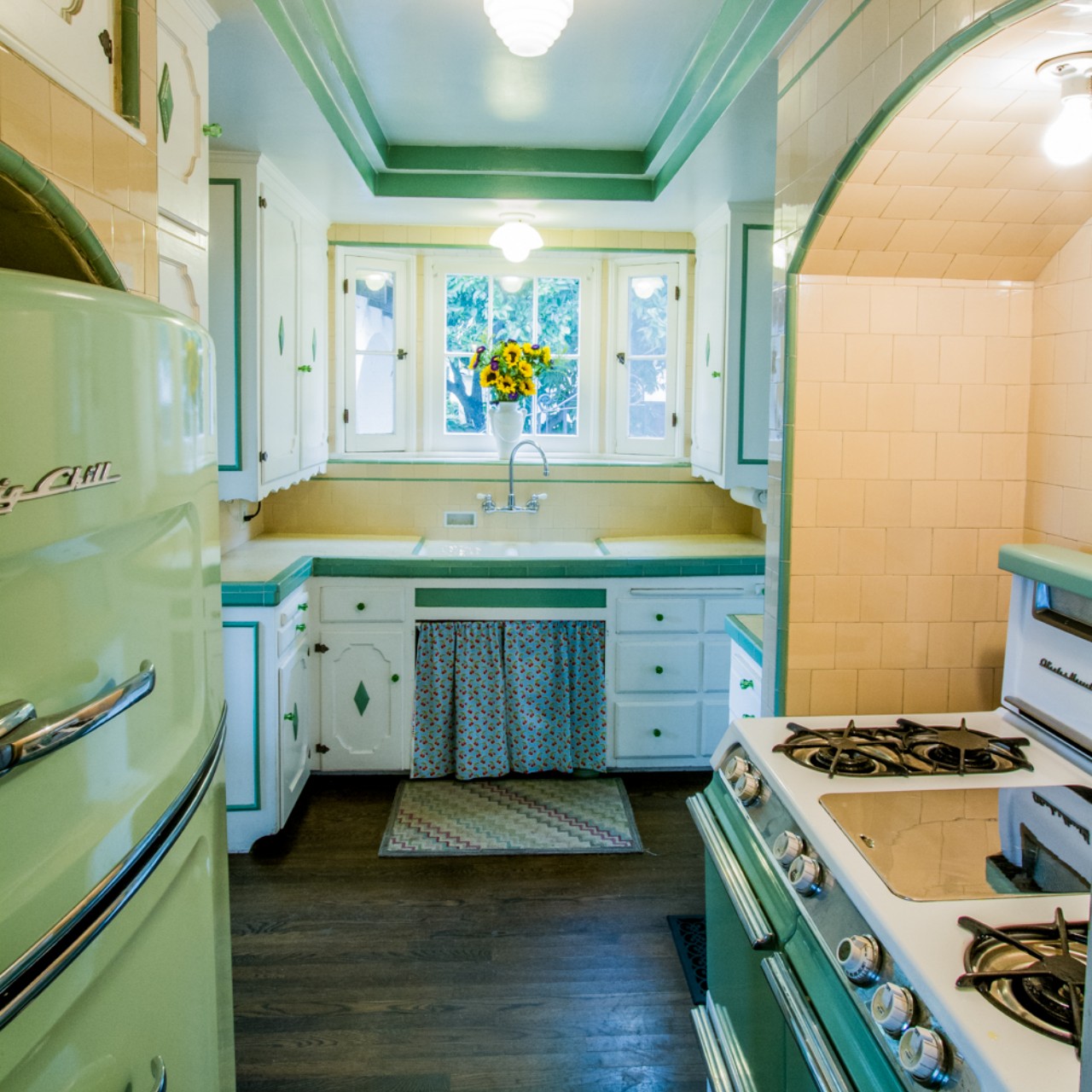
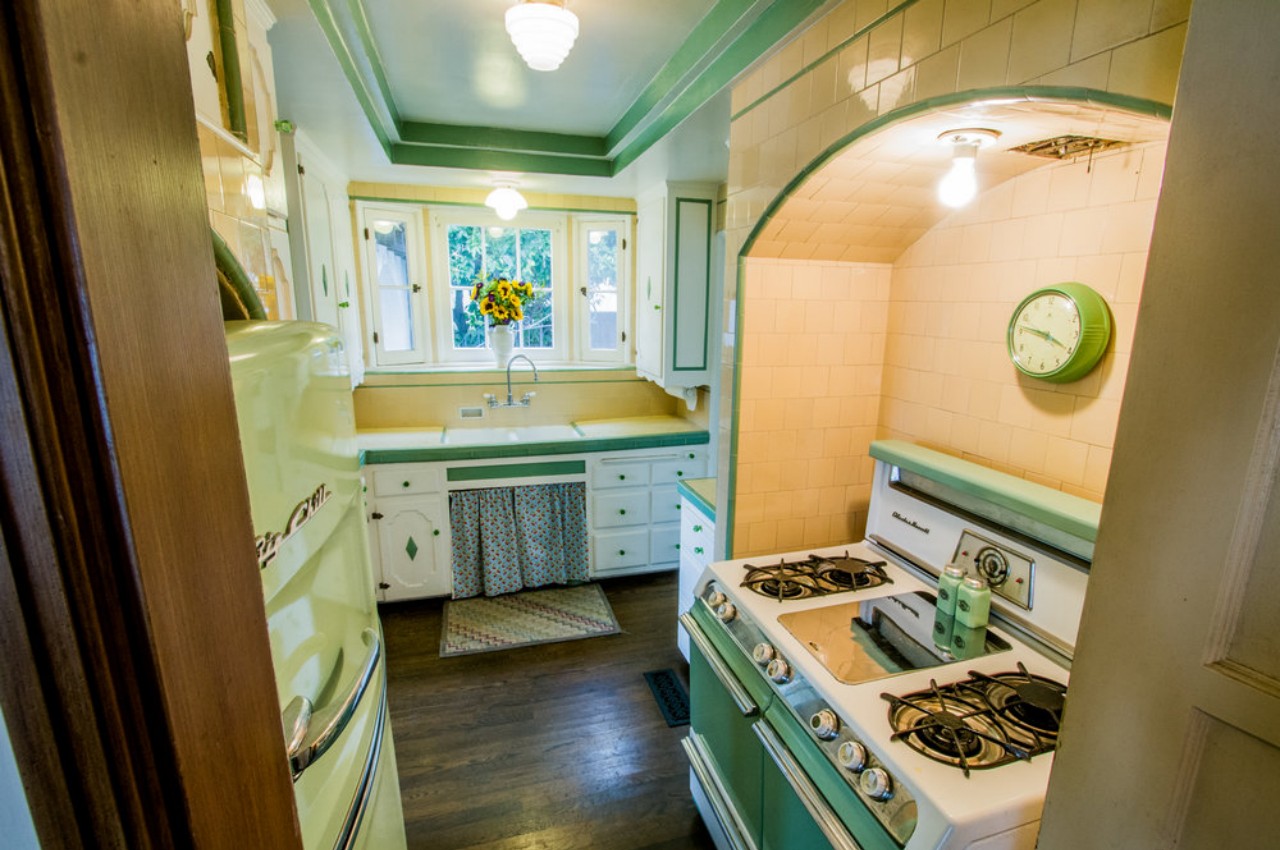
Designer: Raymond Nelson (The Roadster House)
1960s kitchen
In the 1960s, there was an aesthetic shift where steel cabinets were replaced by wood as it was affordable and it infused warmth and richness. Instead of being its separate room, the kitchen became the center with a breakfast bar and combined with the dining room. This decade also saw the emergence of U-shaped kitchens that created an intimate working environment and provided more space for cooking and storage without the feeling of being enclosed by walls. The pegboard was a popular addition that formed an interesting decorative element and was a great way to keep pots and pans within reach. It also saw the presence of bold and trendy prints and bright colors like harvest gold and avocado green.

1970s kitchen
The 1970s saw a daring kitchen design where the kitchen had to be modern but also paid homage to classic kitchen designs. As the bold fashion trend passed onto the interiors, the kitchen décor included saturated colors, loud wallpapers, wood cabinets, and brightly colored appliances. In addition, design elements like rustic wood grains, a stone backsplash, and gleaming copper were visible. The microwave entered the British kitchen, while water and ice dispensers entered the American kitchen. In addition, kitchen islands came into being, and an attempt was made to hide the appliances to blend with the kitchen cabinetry’s overall design.
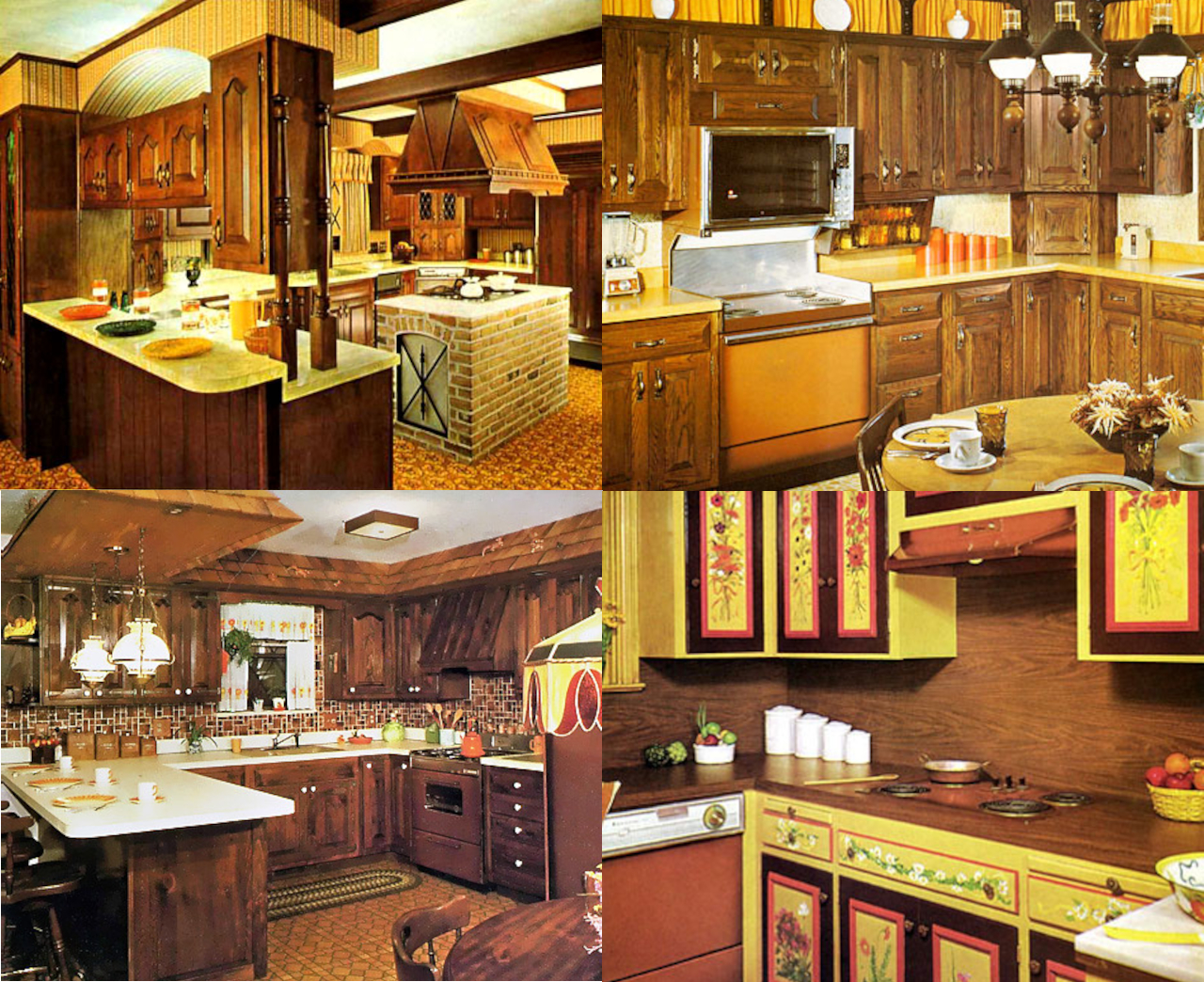
Via: Expo Lounge
1980s kitchen
In the 1980s, many women started working, so the kitchen became a social zone where families gathered together. Also, cooking shows became prominent, so the colorful appliances were replaced with black and white appliances. One of the biggest trends was open shelving and the presence of natural light. The kitchen island formed an integral part of a big kitchen. A combination of pastel and bright hues was used to demarcate different kitchen areas.

Designer: Mary Gilliatt
1990s kitchen
The 1990s saw the introduction of a granite countertop as the most durable material. Colors make a comeback but in subdued shades, and there was a shift towards a gourmet look. These kitchens now had a professional cooking range and huge refrigerators. The muted palette included sage green, a soothing color that made a statement and combined well with black, white, and stainless steel appliances. The 1990s resulted in the farmhouse look kitchen that included marble, vintage ceramics, open shelving, and white cabinets.
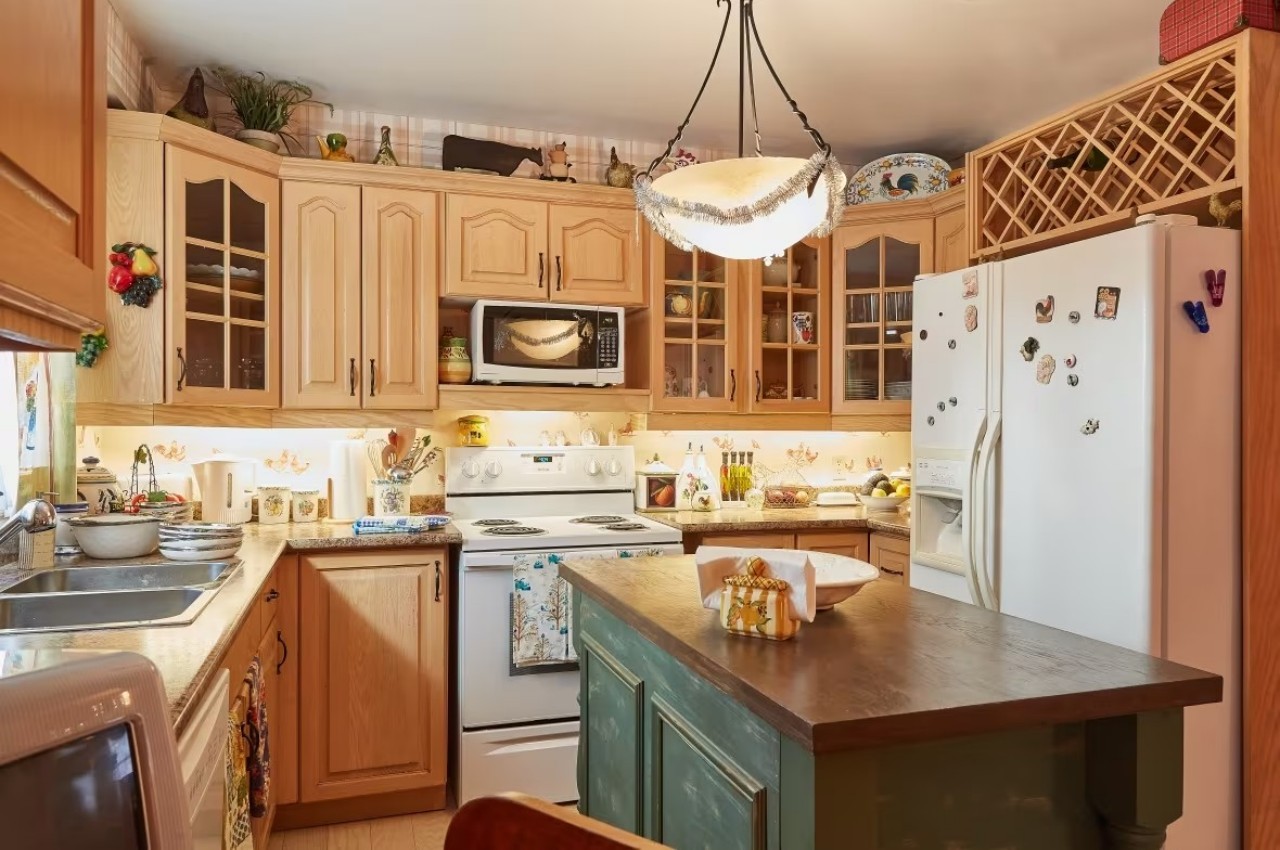
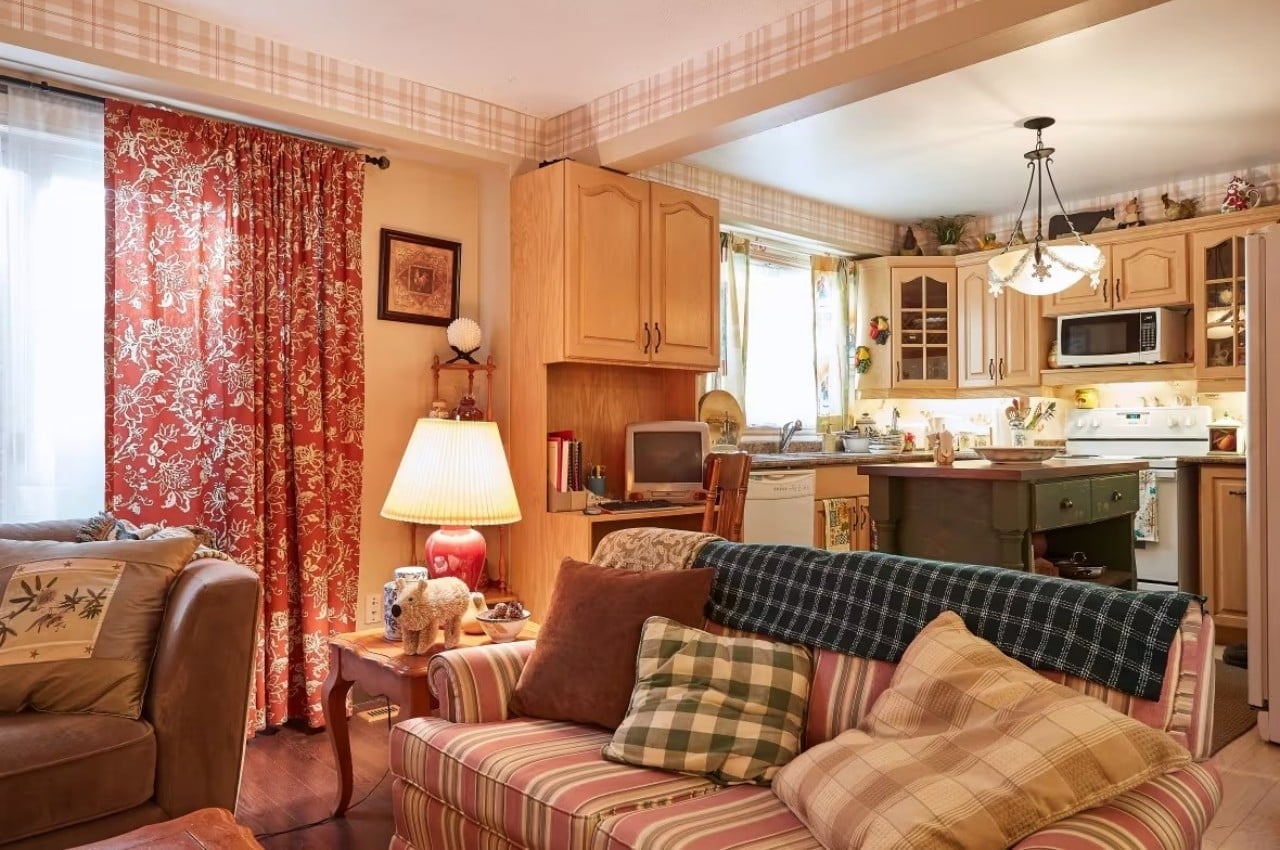
Designers: Campus Family
2000s kitchen
Welcome to the new millennium! Open kitchen design had become a trend in compact homes, and the kitchen emphasized efficient use of space and minimalist designs. Colors like beige, cream, and magnolia were the best for walls and cabinets. High-contrast kitchens were popular, where a dark countertop contrasted with light and wood cabinets and balanced the steel appliances. This decade saw the emergence of a Tuscan-style kitchen that featured a lot of deep reds and tans.
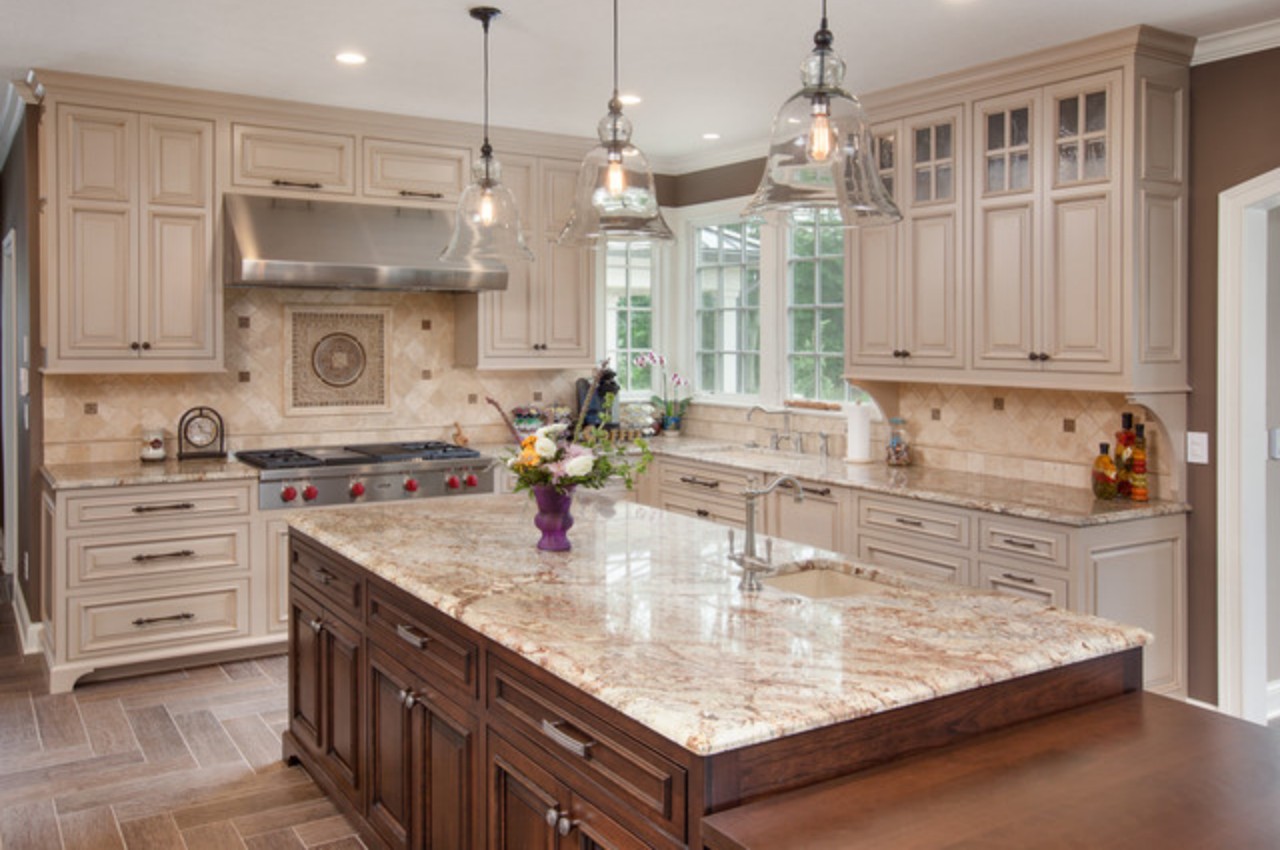
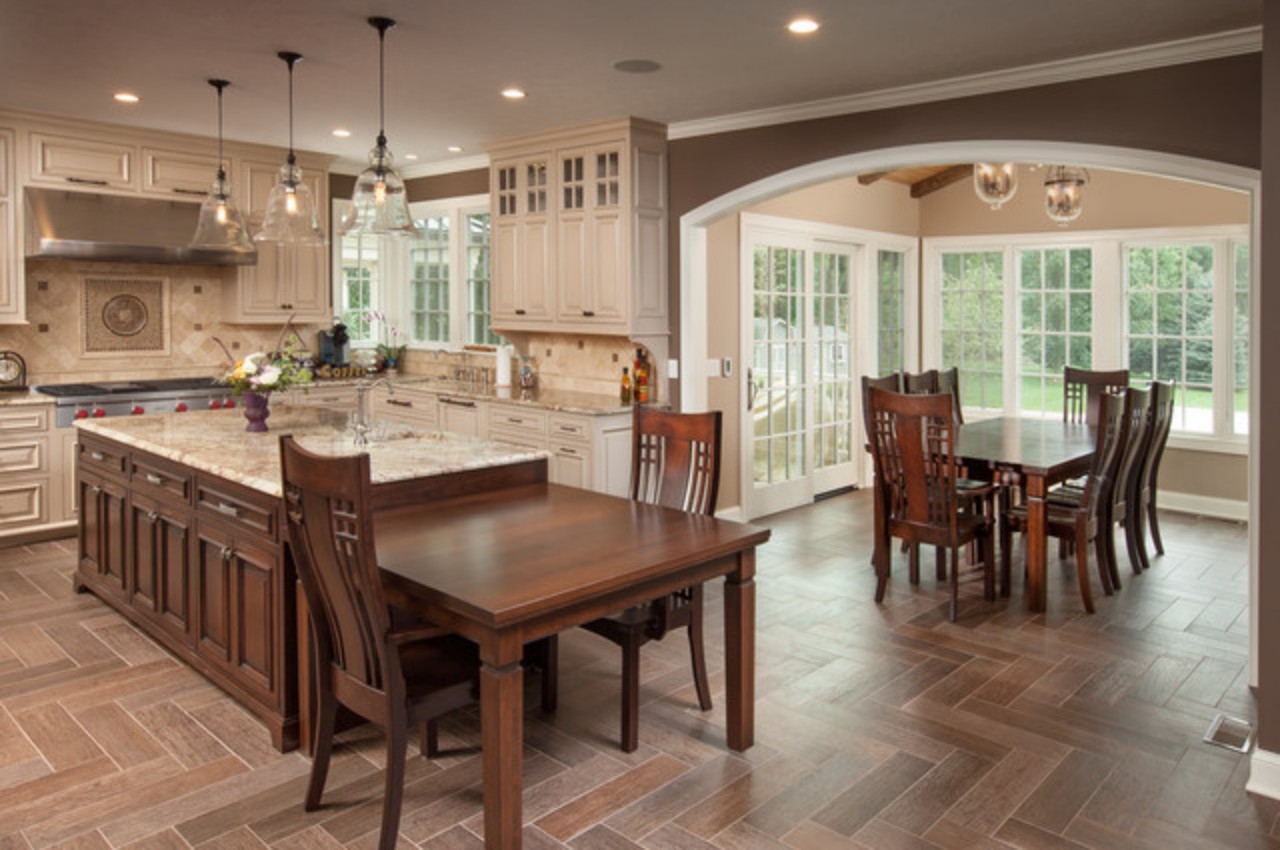
Designer: Nicholson Builders
2010s Kitchen
In this decade, the kitchen borrowed design elements from trendy restaurant designs. It included both compact kitchens and big kitchens with a huge cooking range. There was an emergence of dark cabinets and smart appliances that improved the kitchen’s efficiency. Materials like reclaimed wood floors, subway tile backsplashes, farmhouse sinks, and brass hardware were incredibly popular and added vintage charm. Neutral tones were often deployed, although people favored cooler tones like grays and blues. Stainless steel appliances became popular and built-in appliances; under cabinet lighting came into being to create a streamlined look. The under-cabinet lighting is growing in popularity to create a more streamlined kitchen.
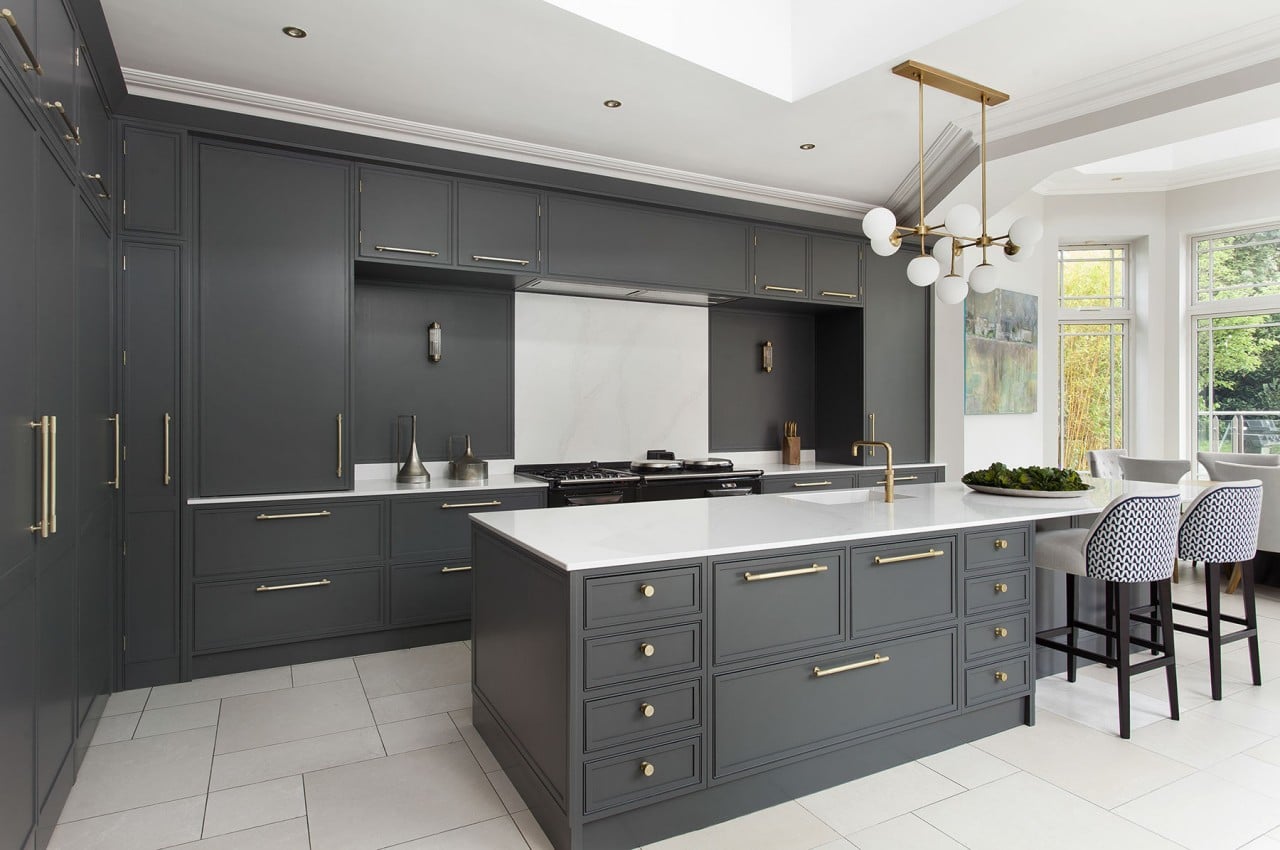
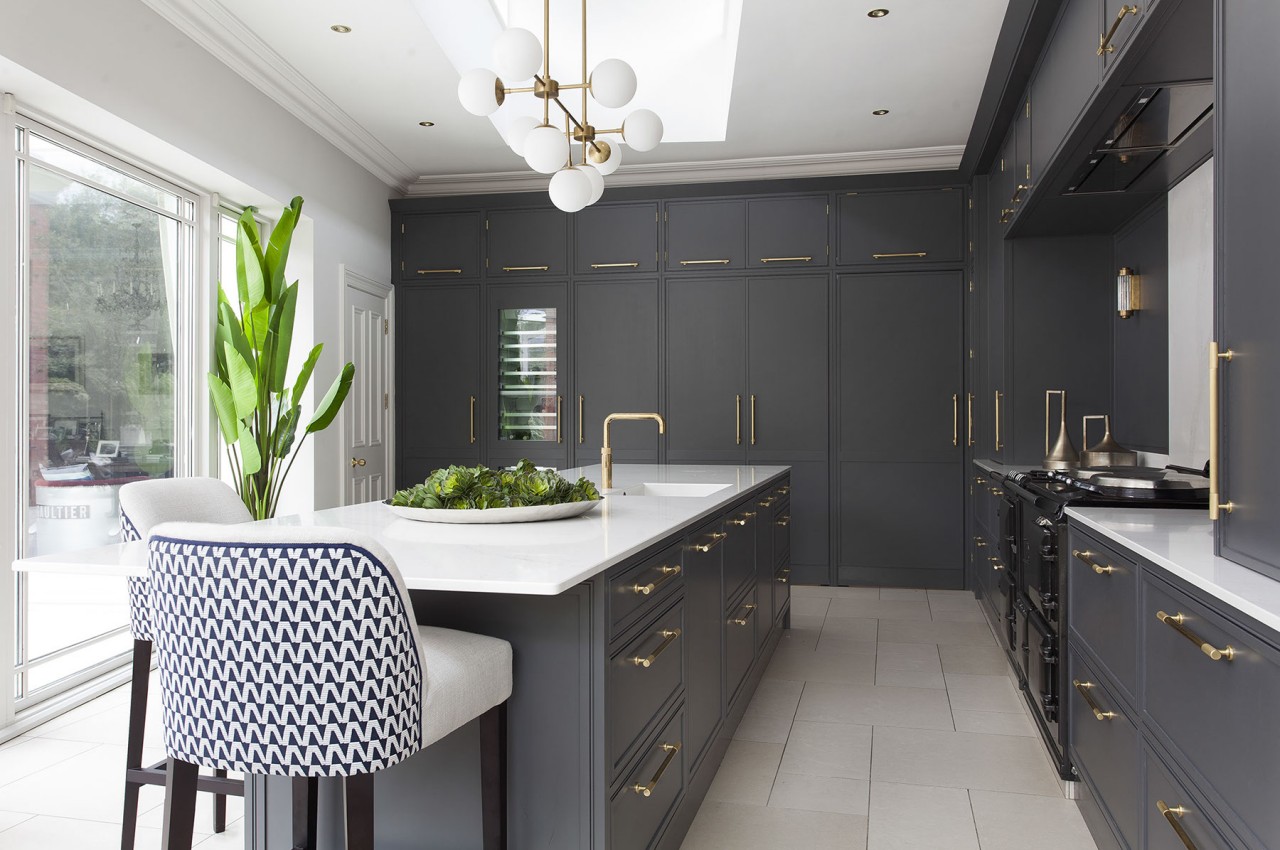
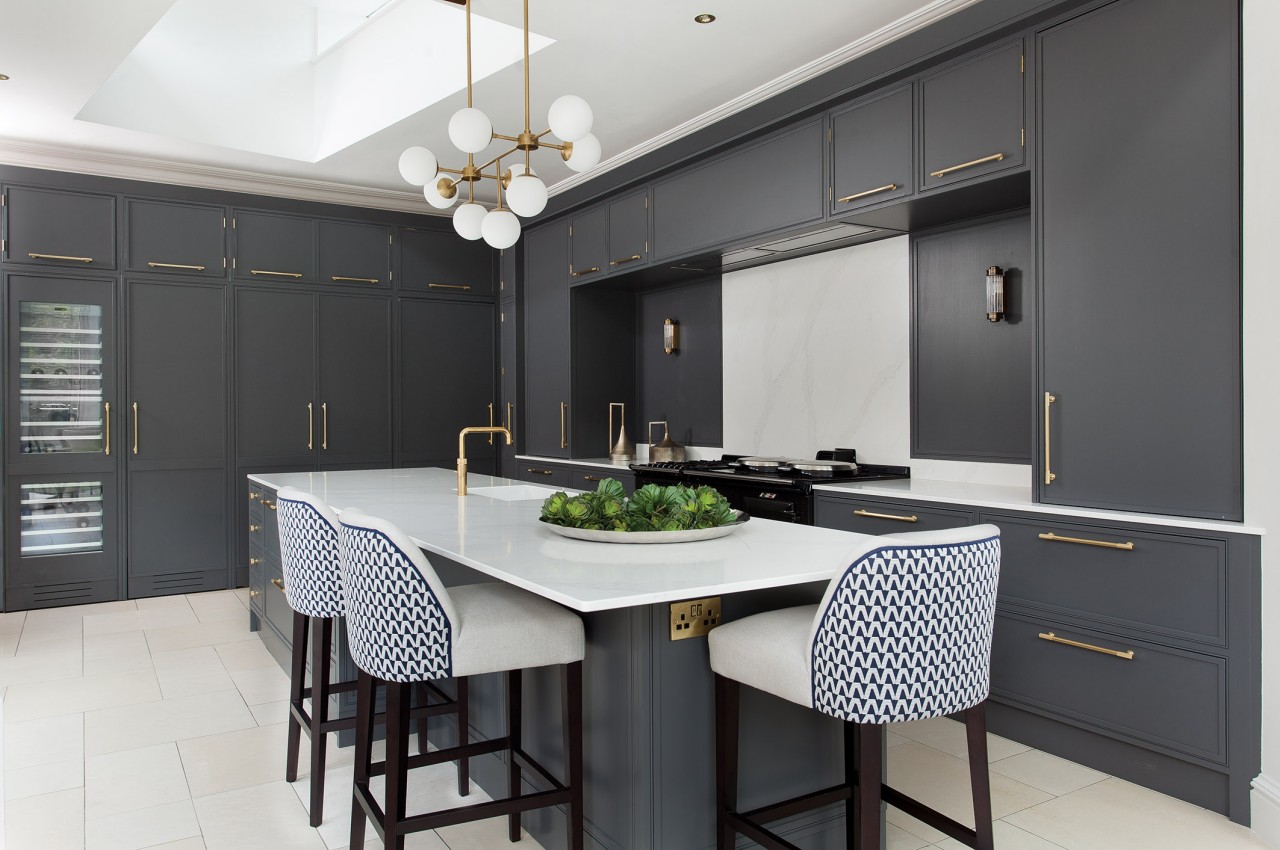
Designer: The Design Yard Dublin
2020s kitchen
The British kitchen drew inspiration from German and Scandinavian designs. Some features include a handleless flat panel kitchen and a British shaker, which are popular. With increased awareness and support for environmental issues, the color palettes included a new range of muted, natural tones. The revival in wood finishes brings warmth into the kitchen. It also looks to continue with the sophisticated use of bold colors and experimentation with stylish stone worktops and metallic elements.
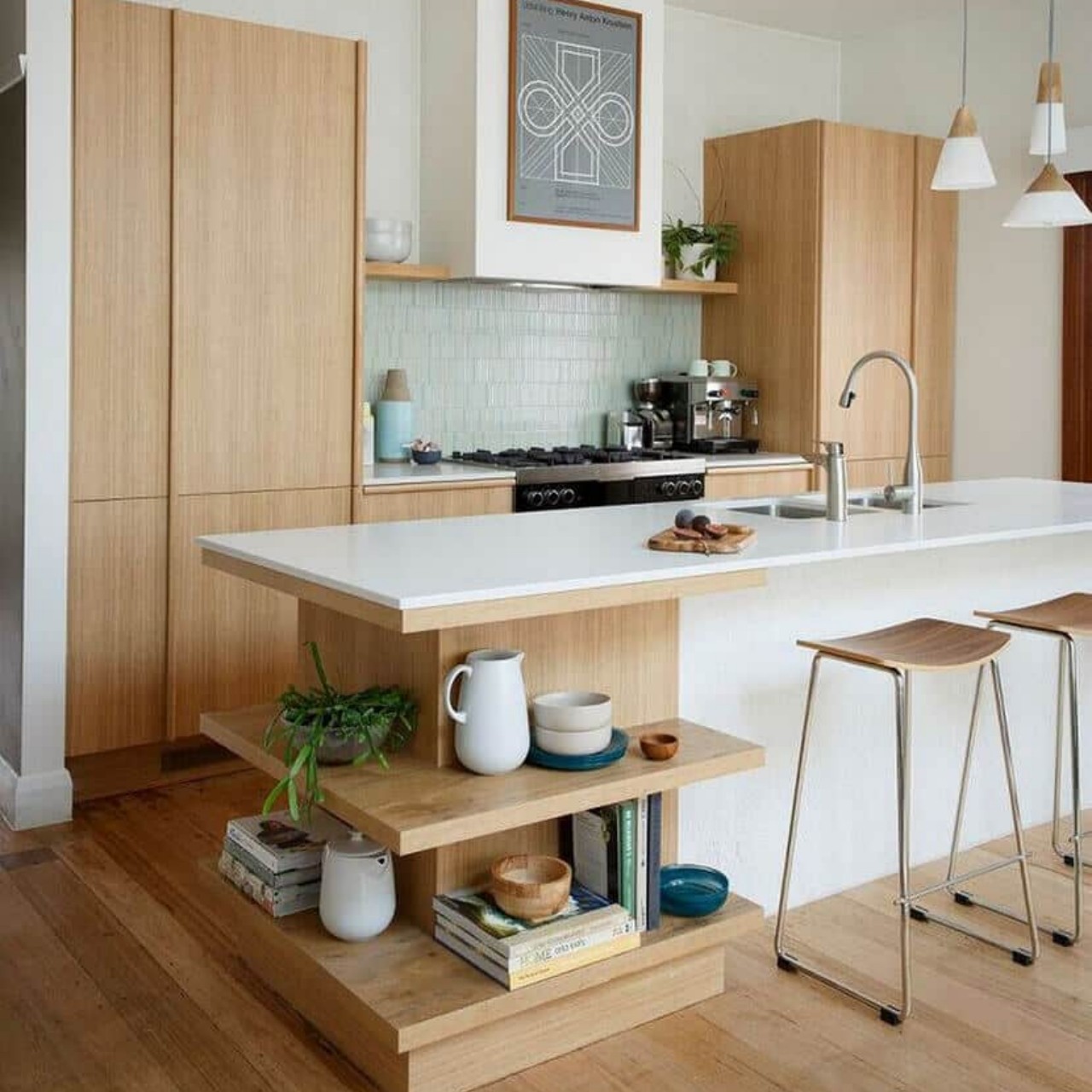
The kitchen is ever-evolving and emphasizes comfort and convenience while cooking. After all, it has to be sociable and functional that can meet all the family’s needs.
The post How has kitchen design evolved in the last century first appeared on Yanko Design.
